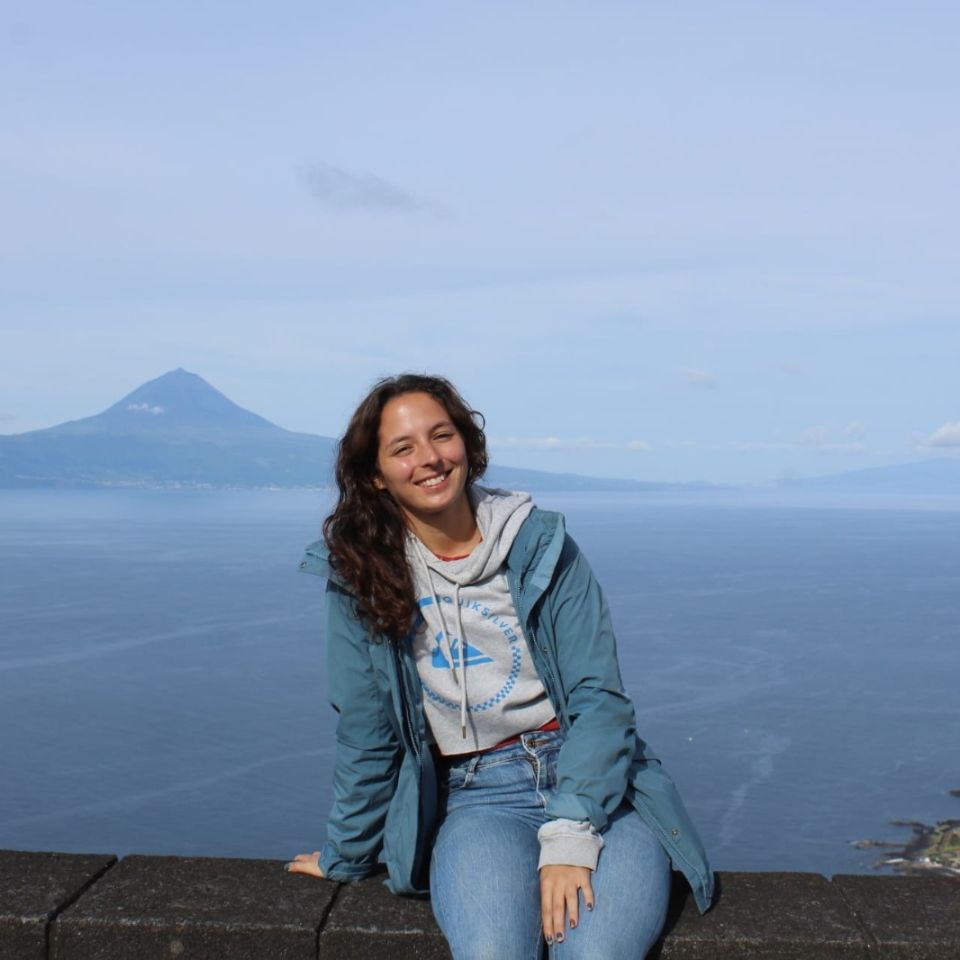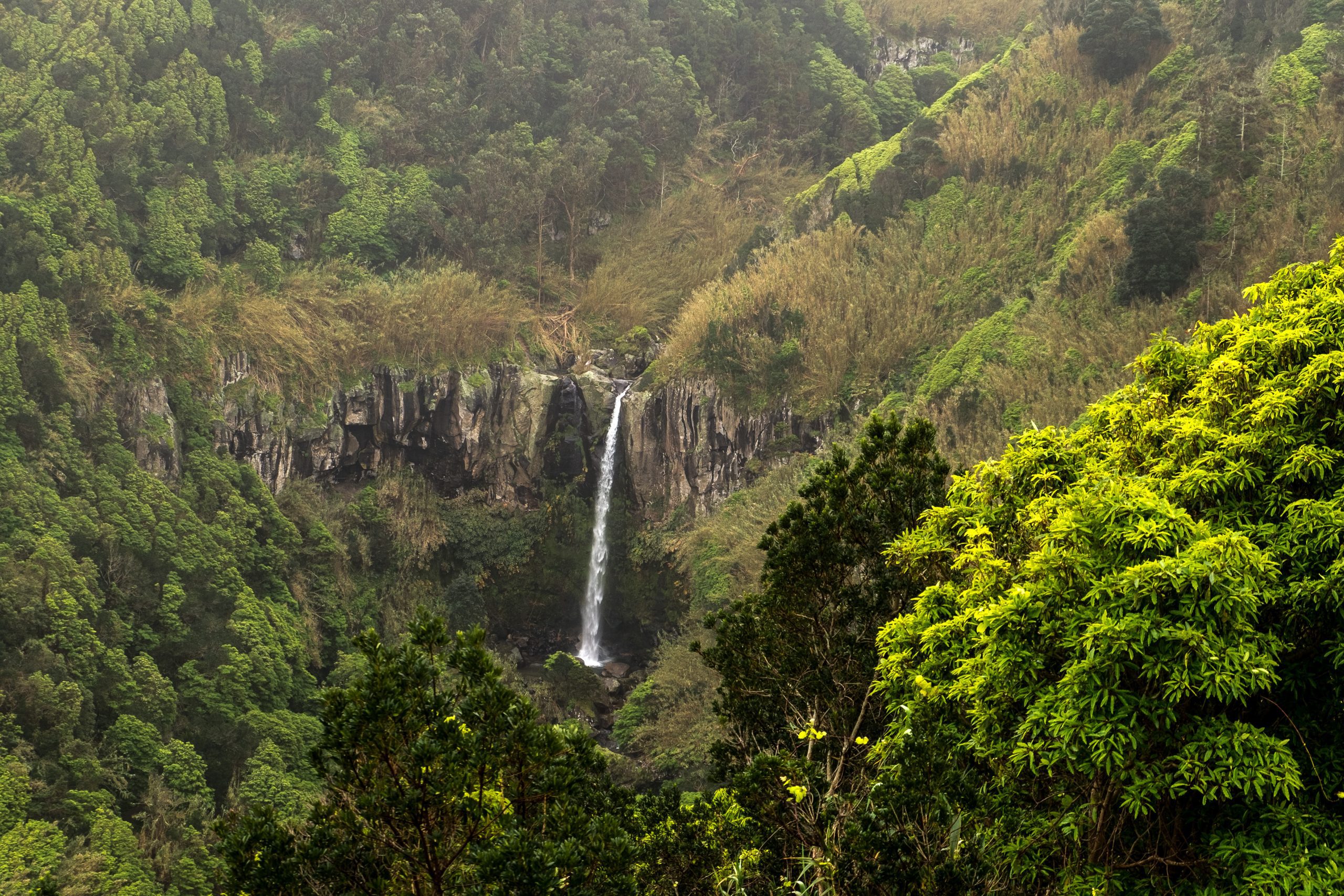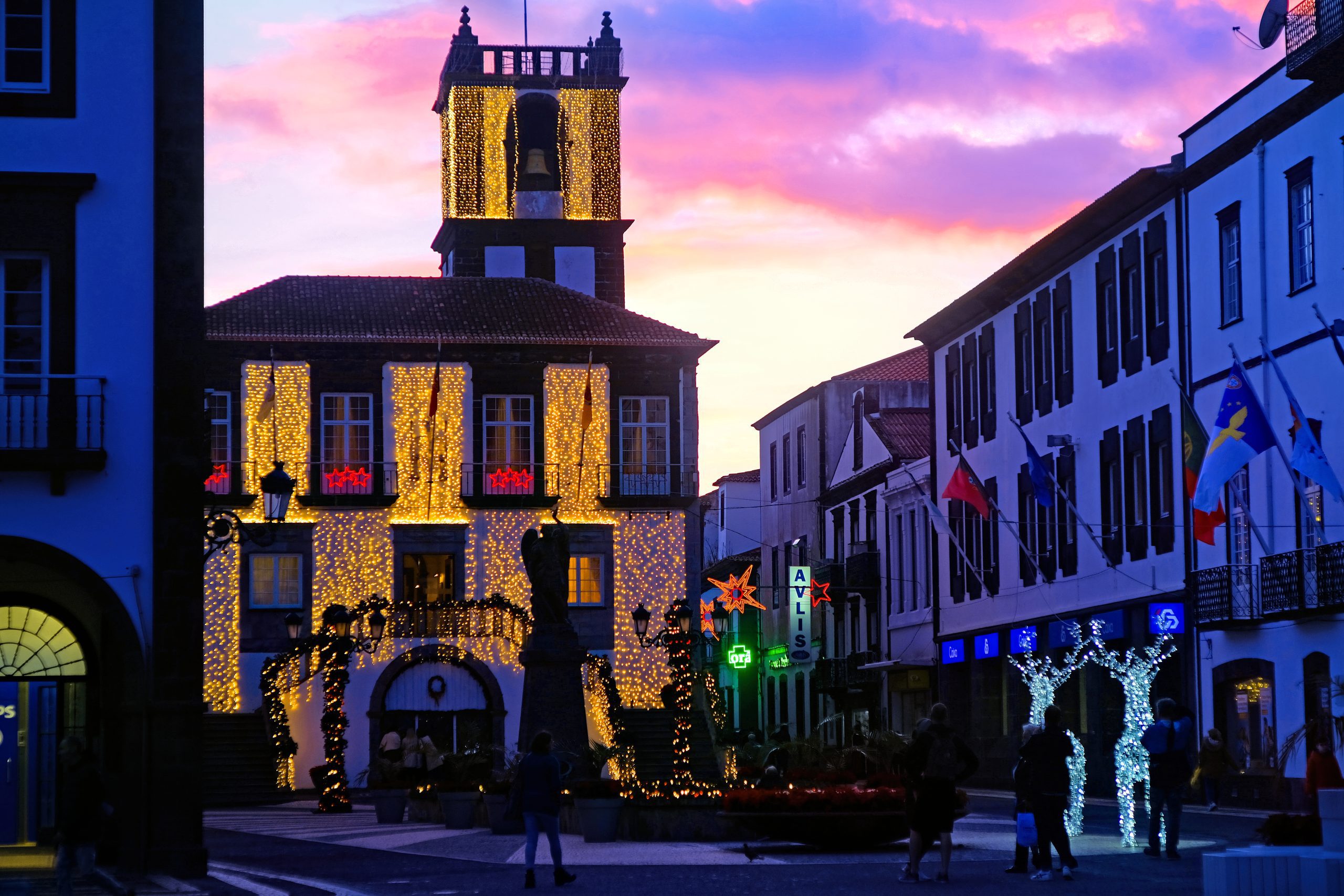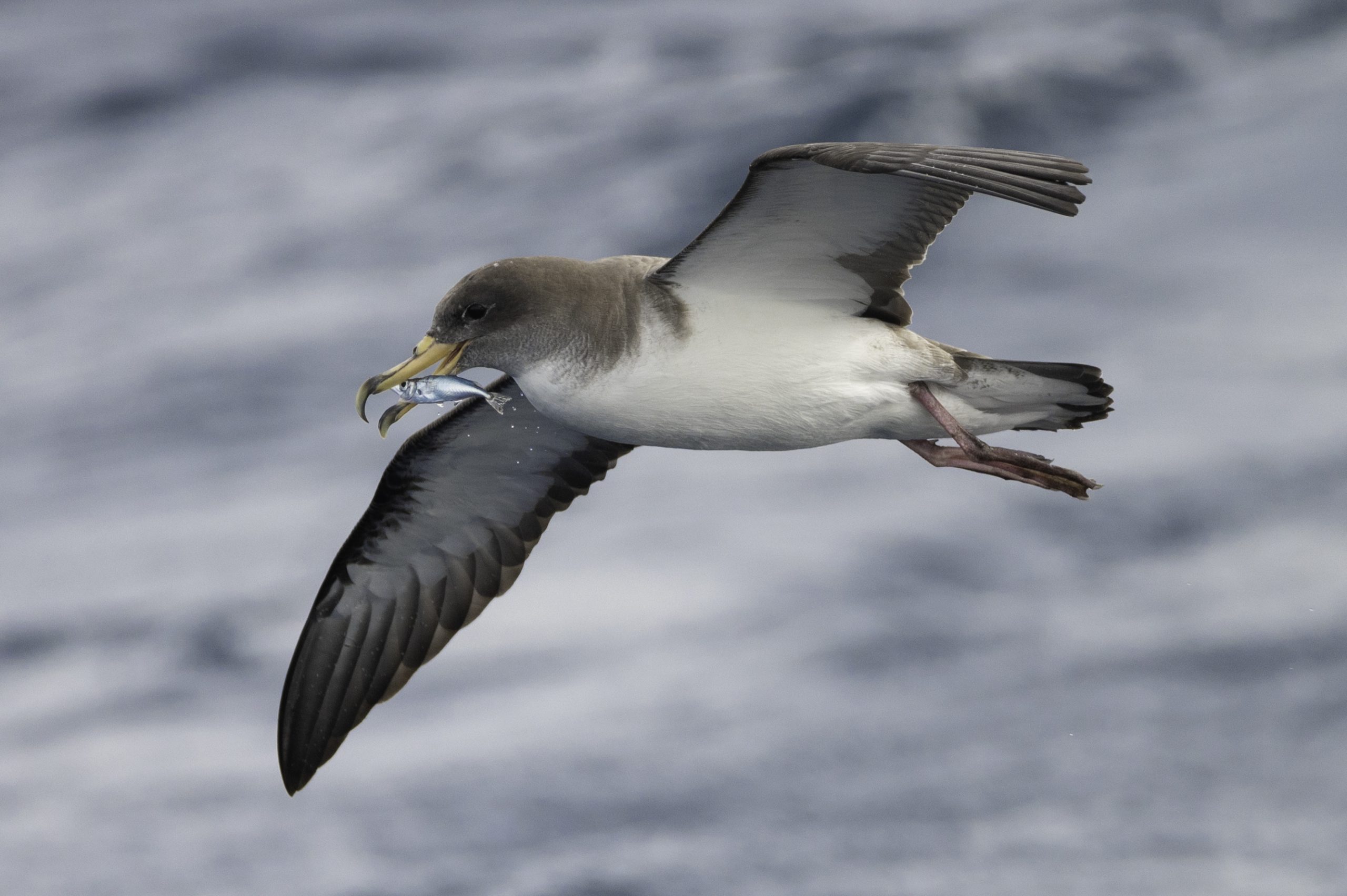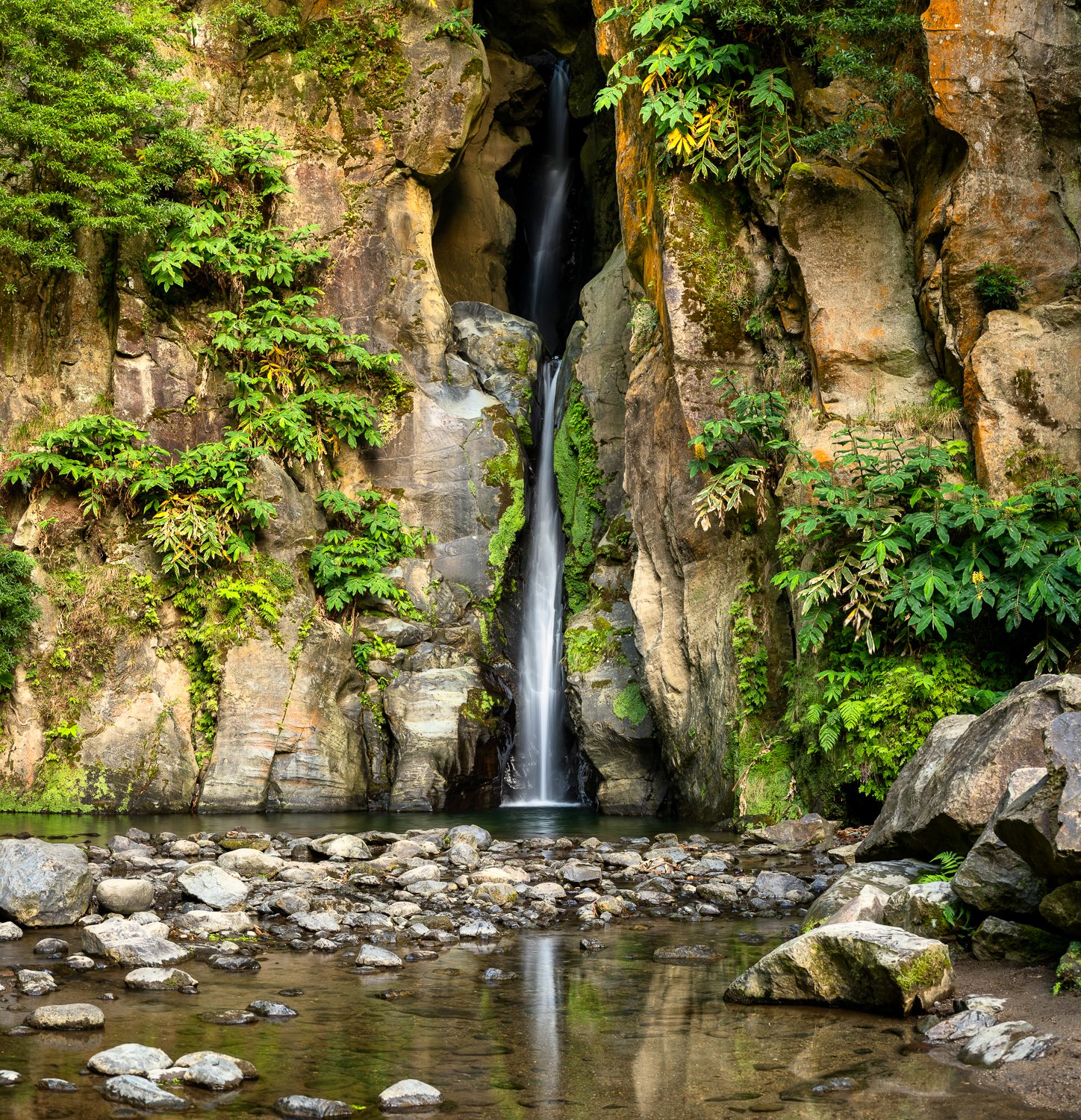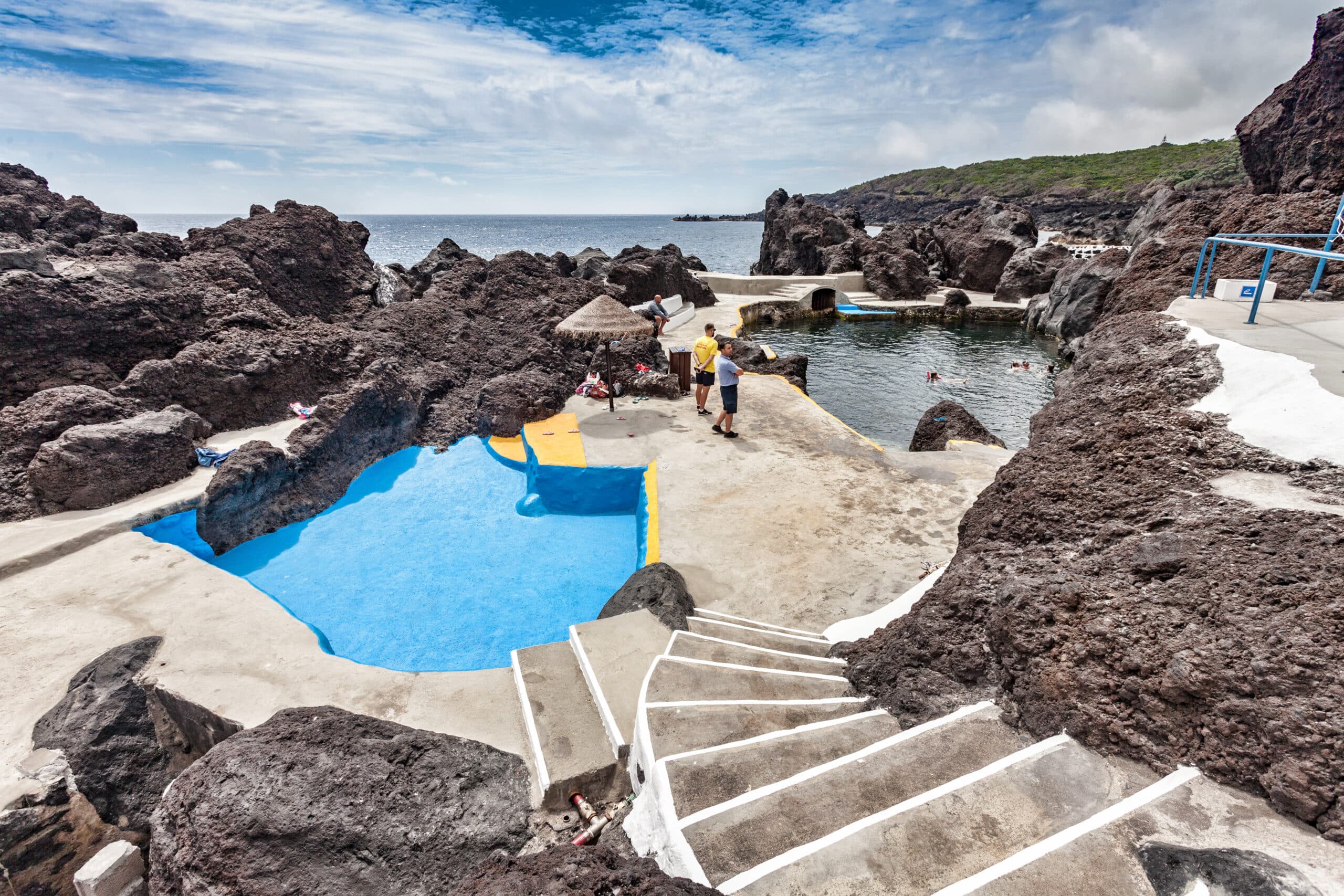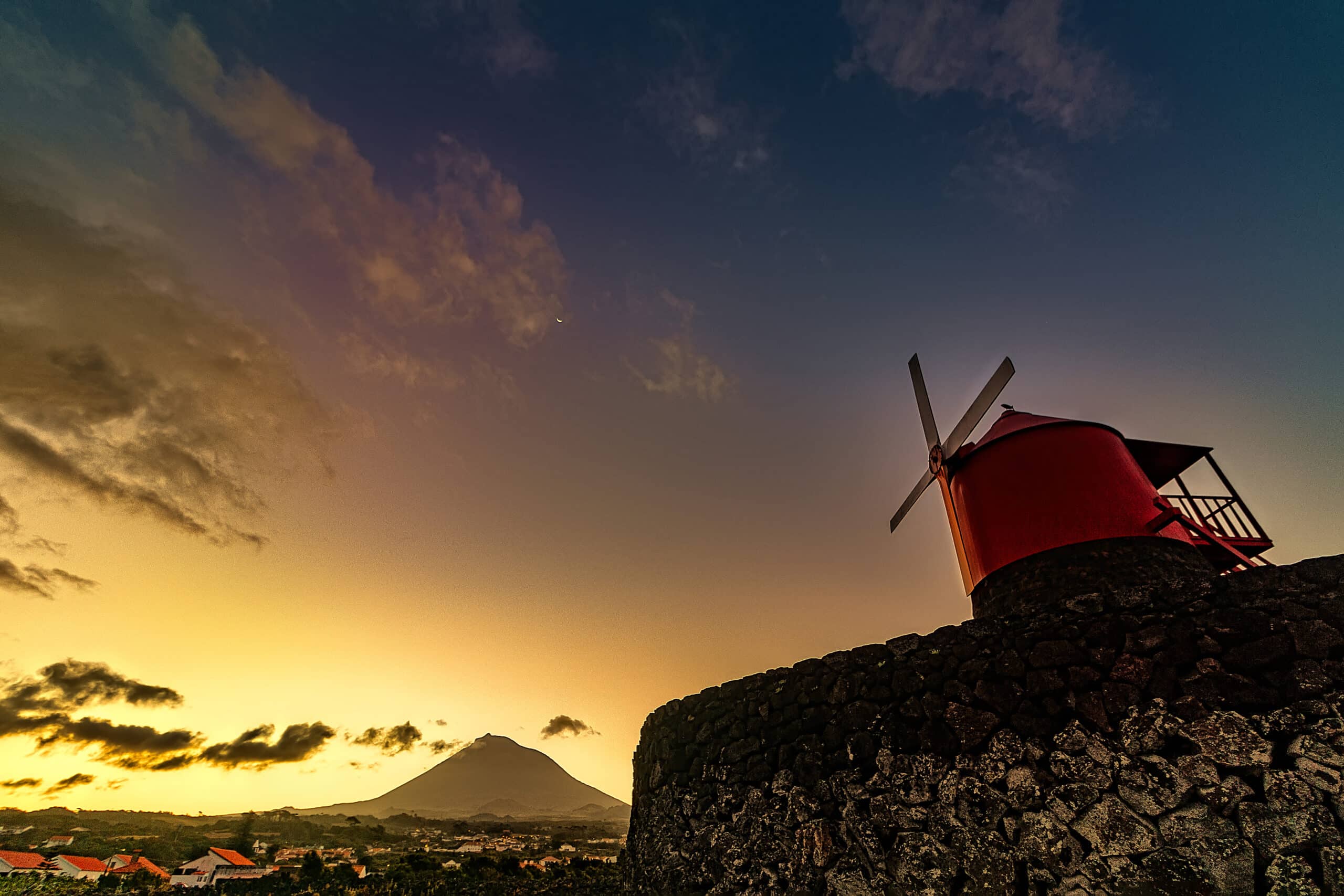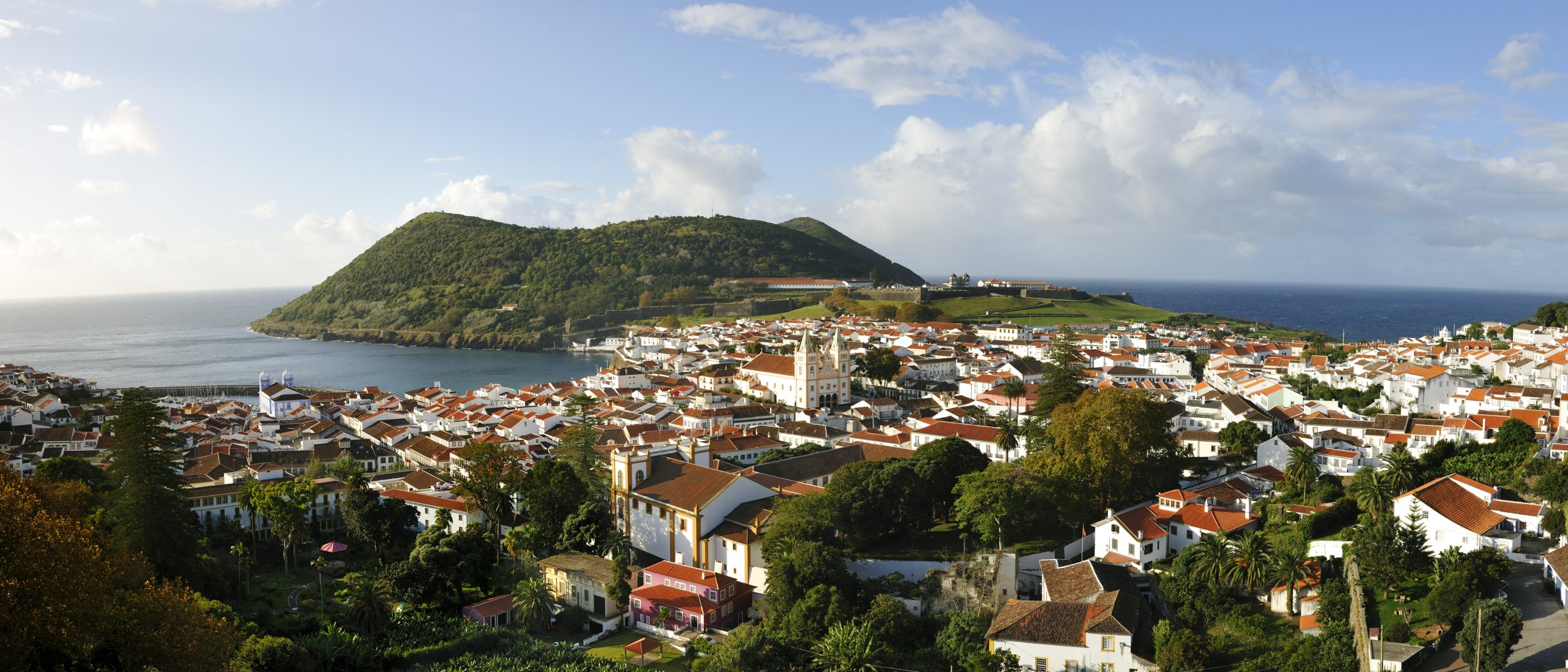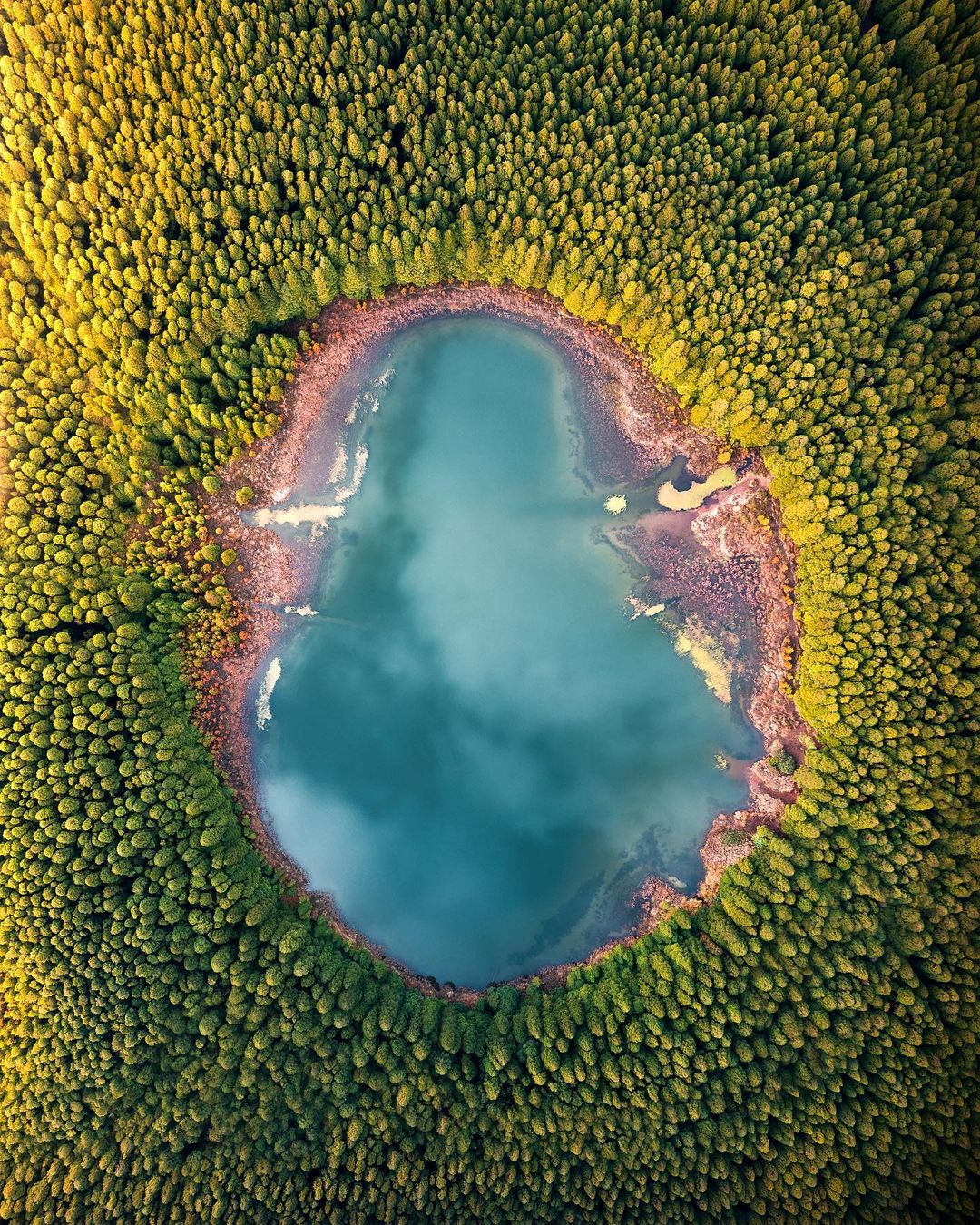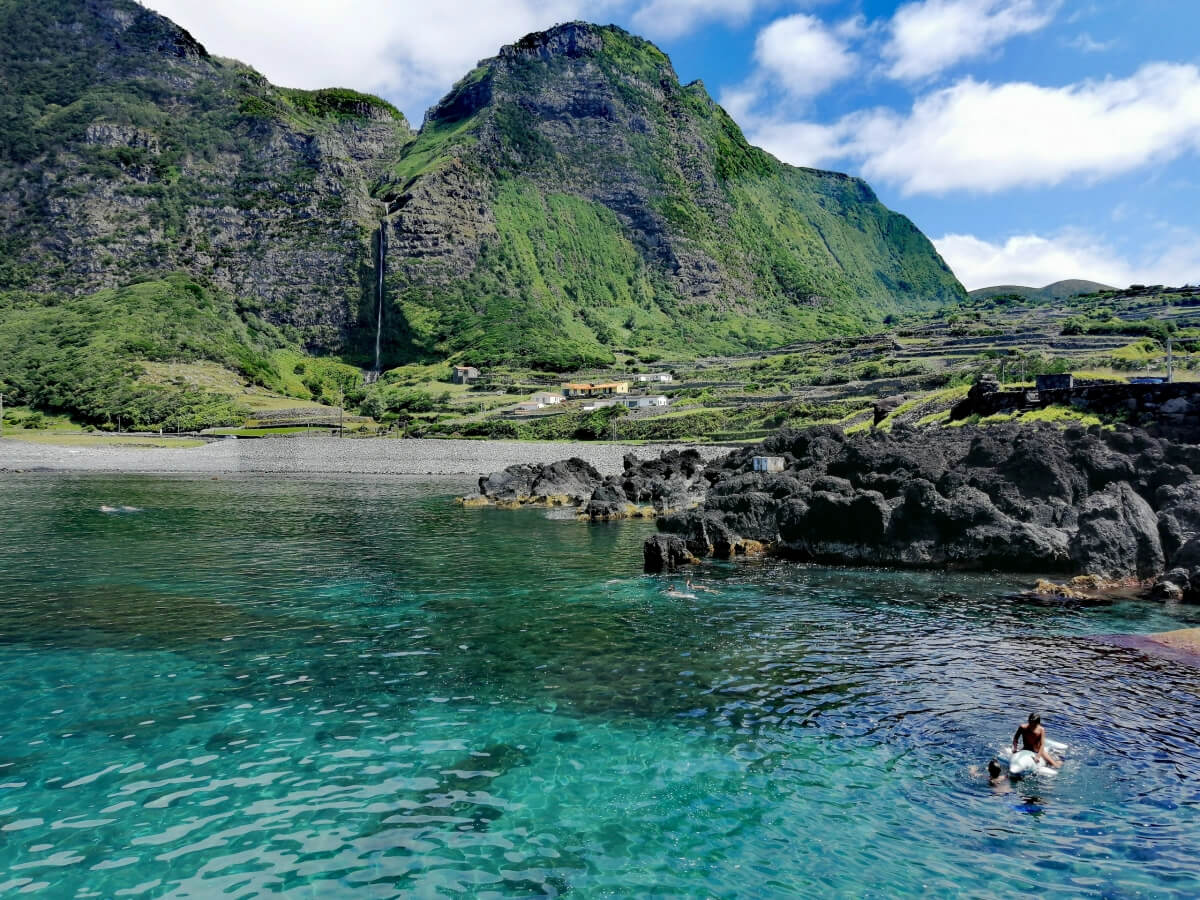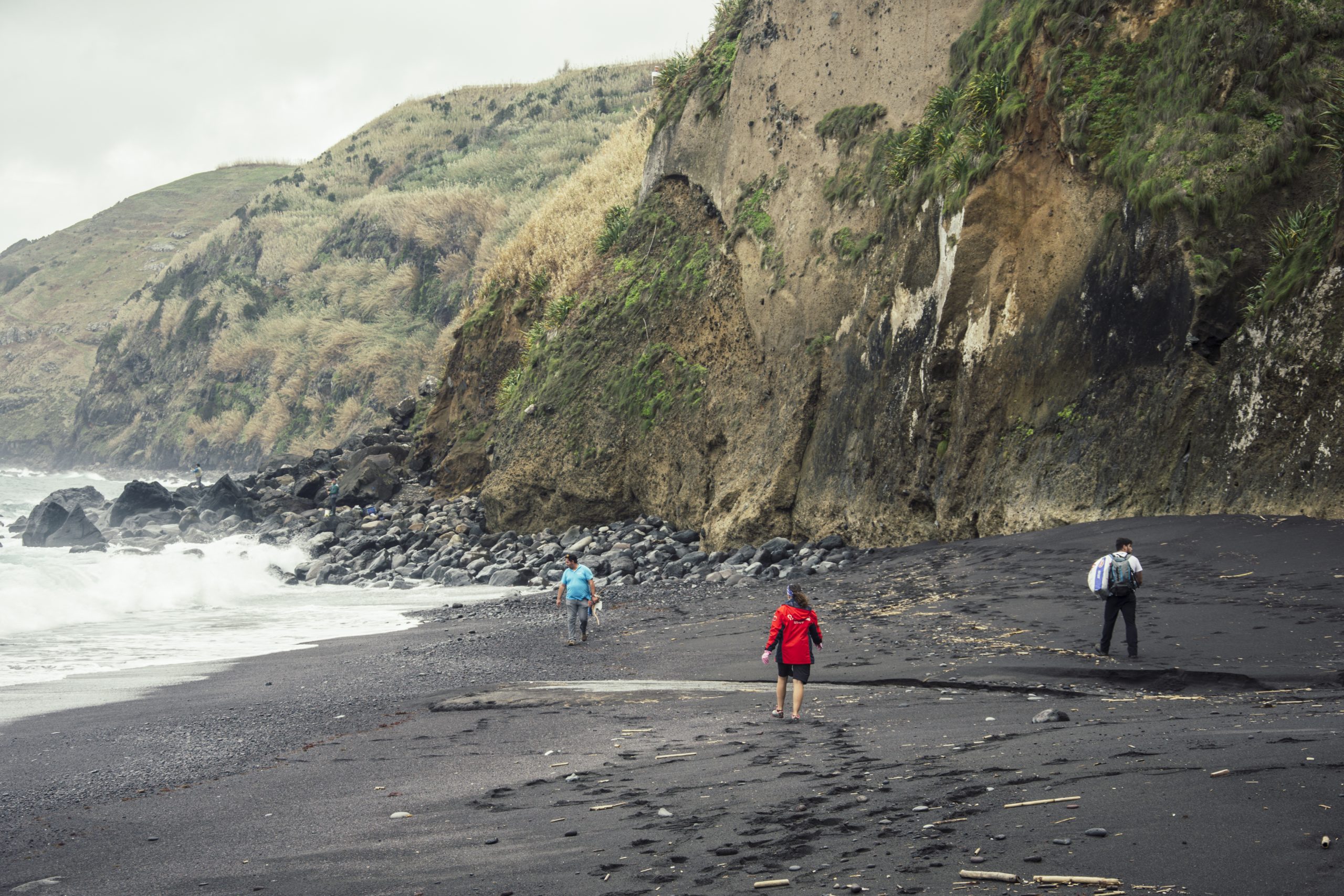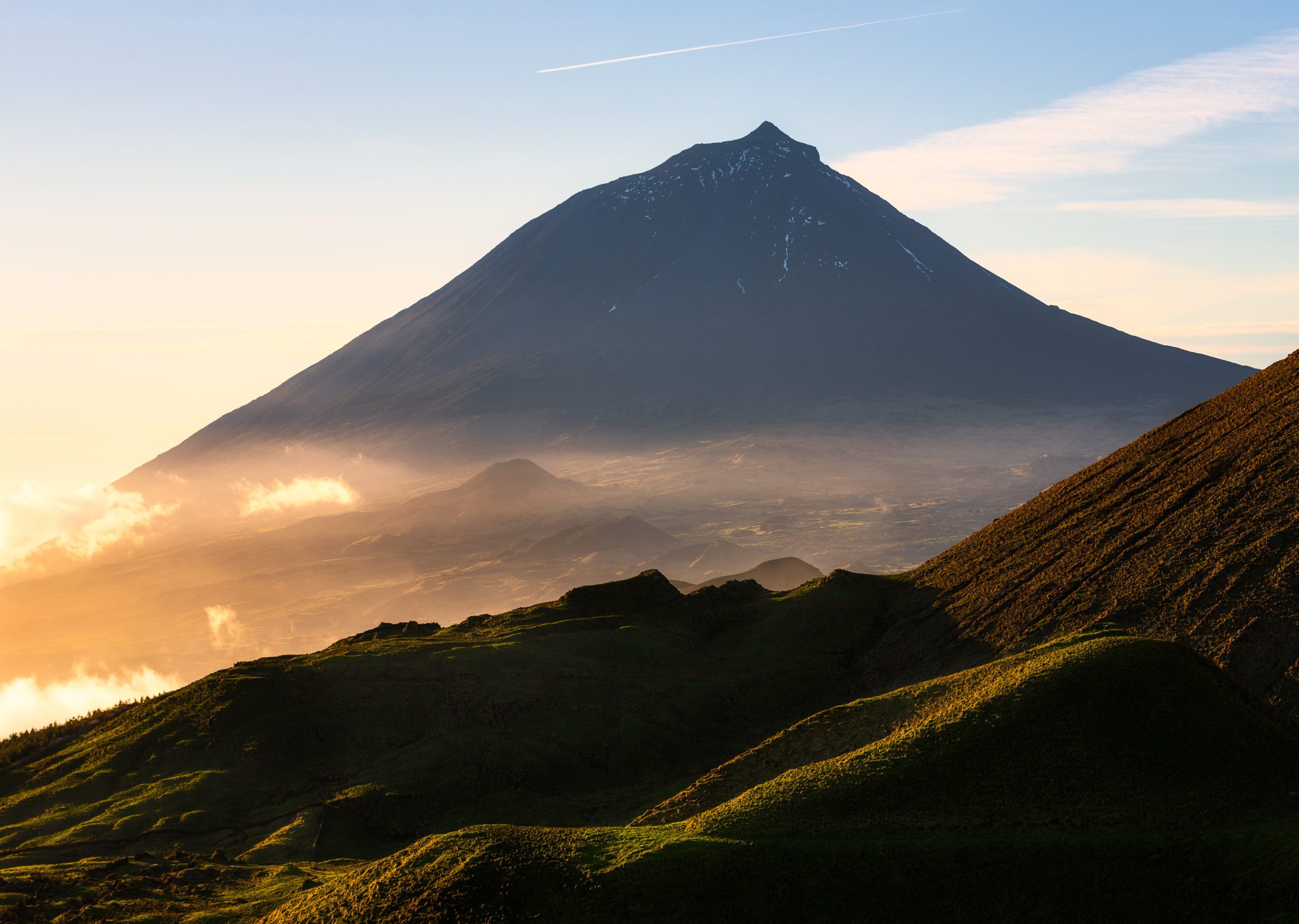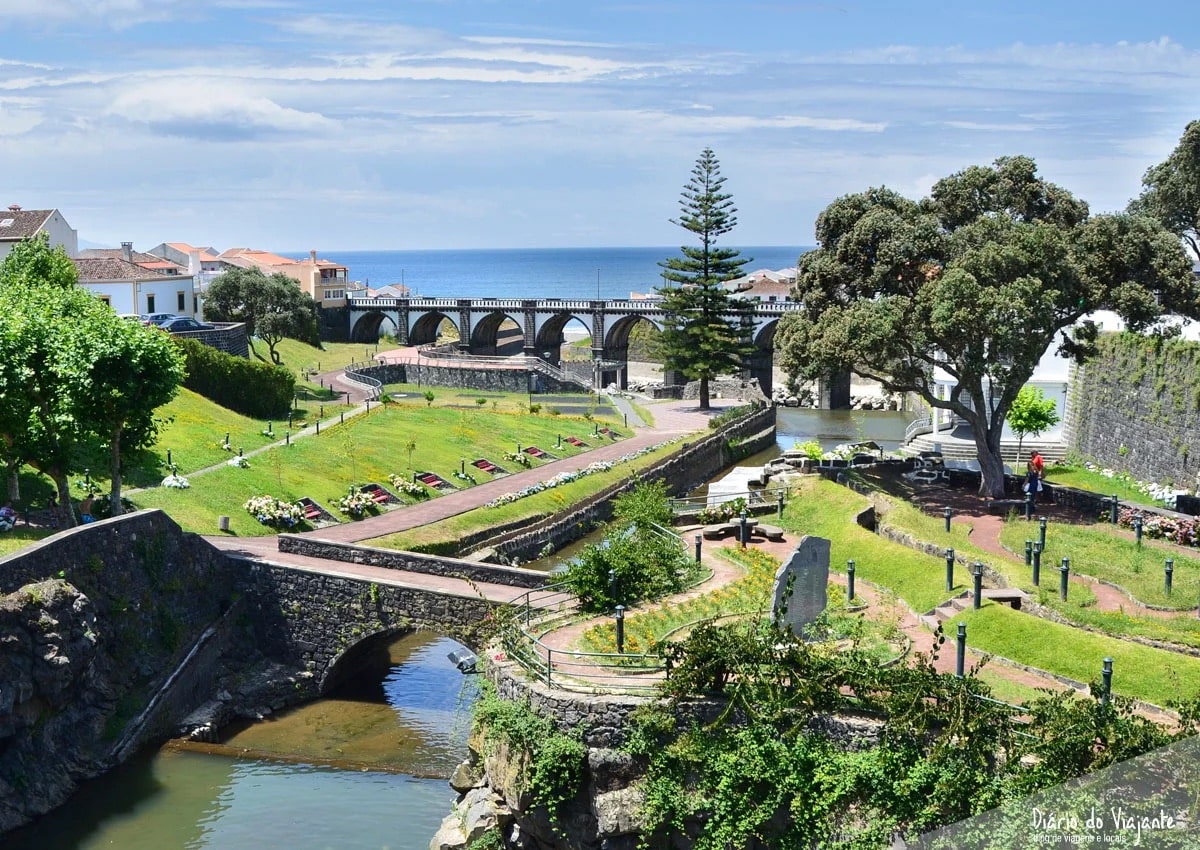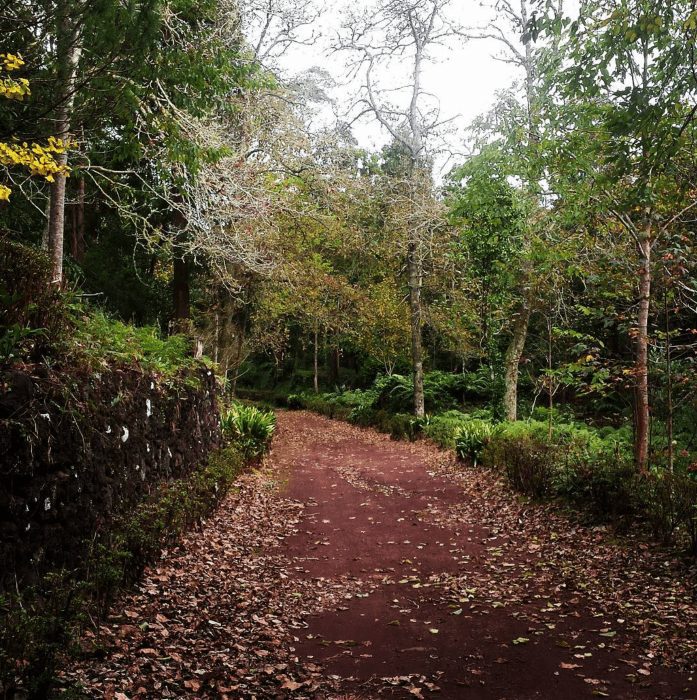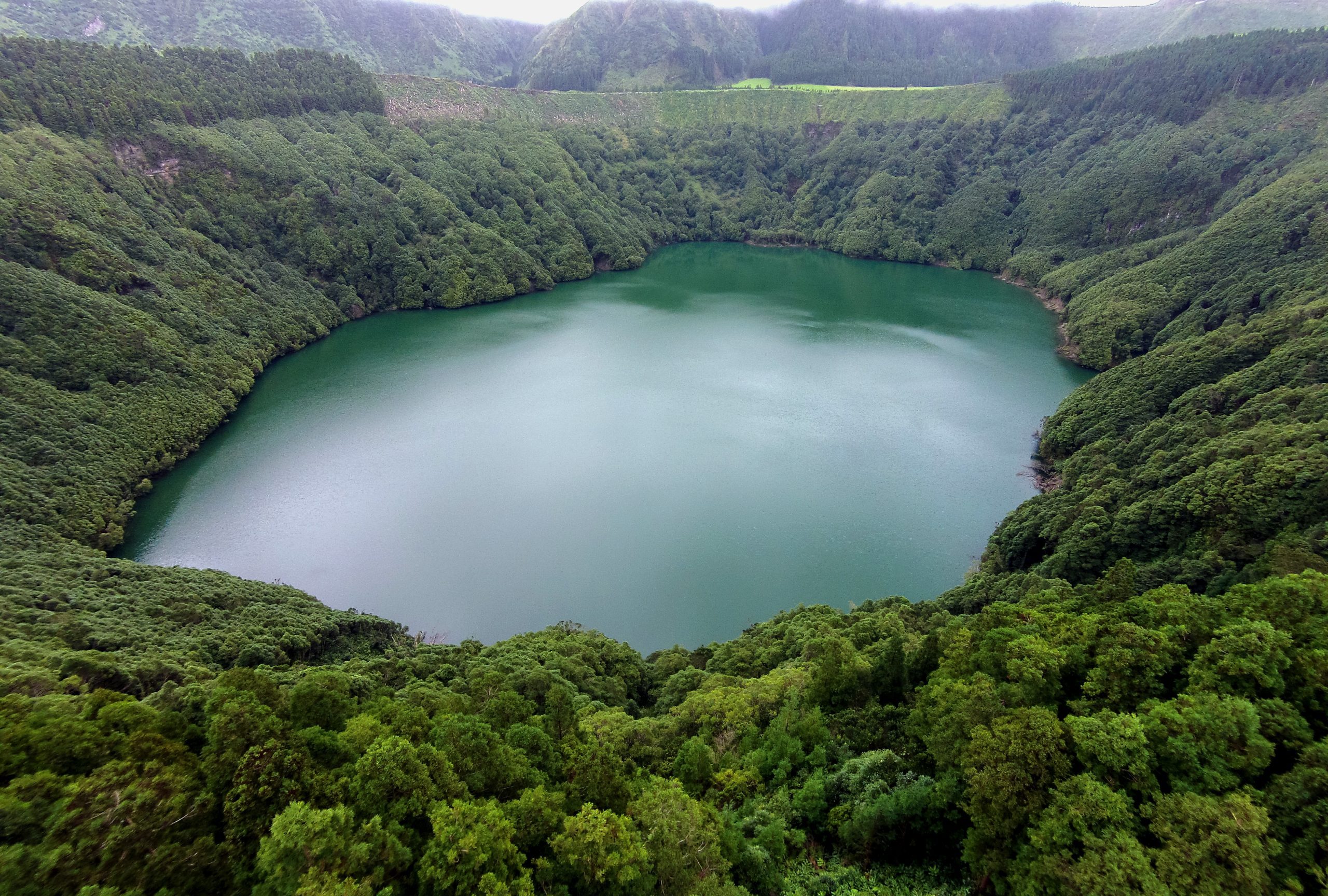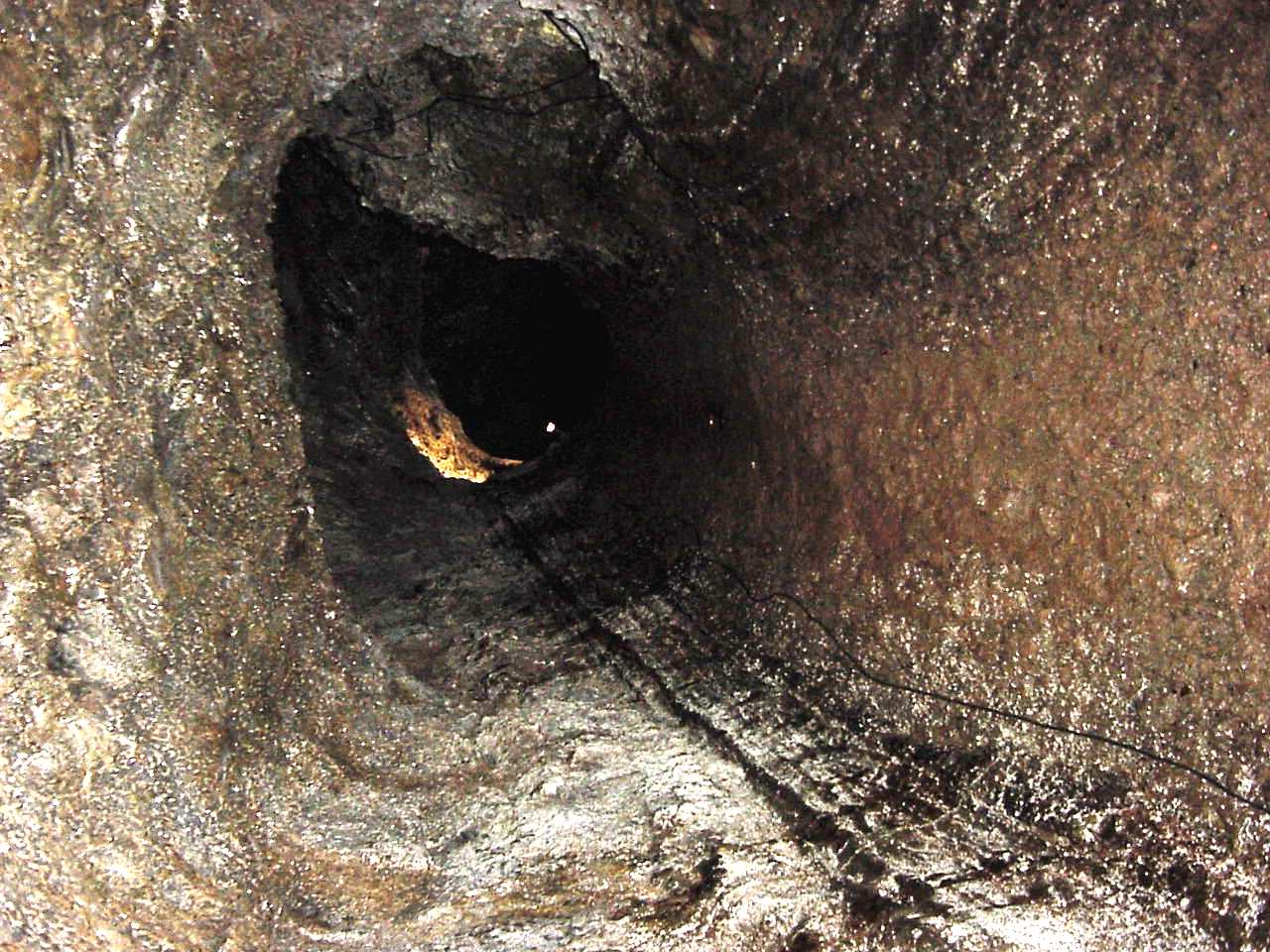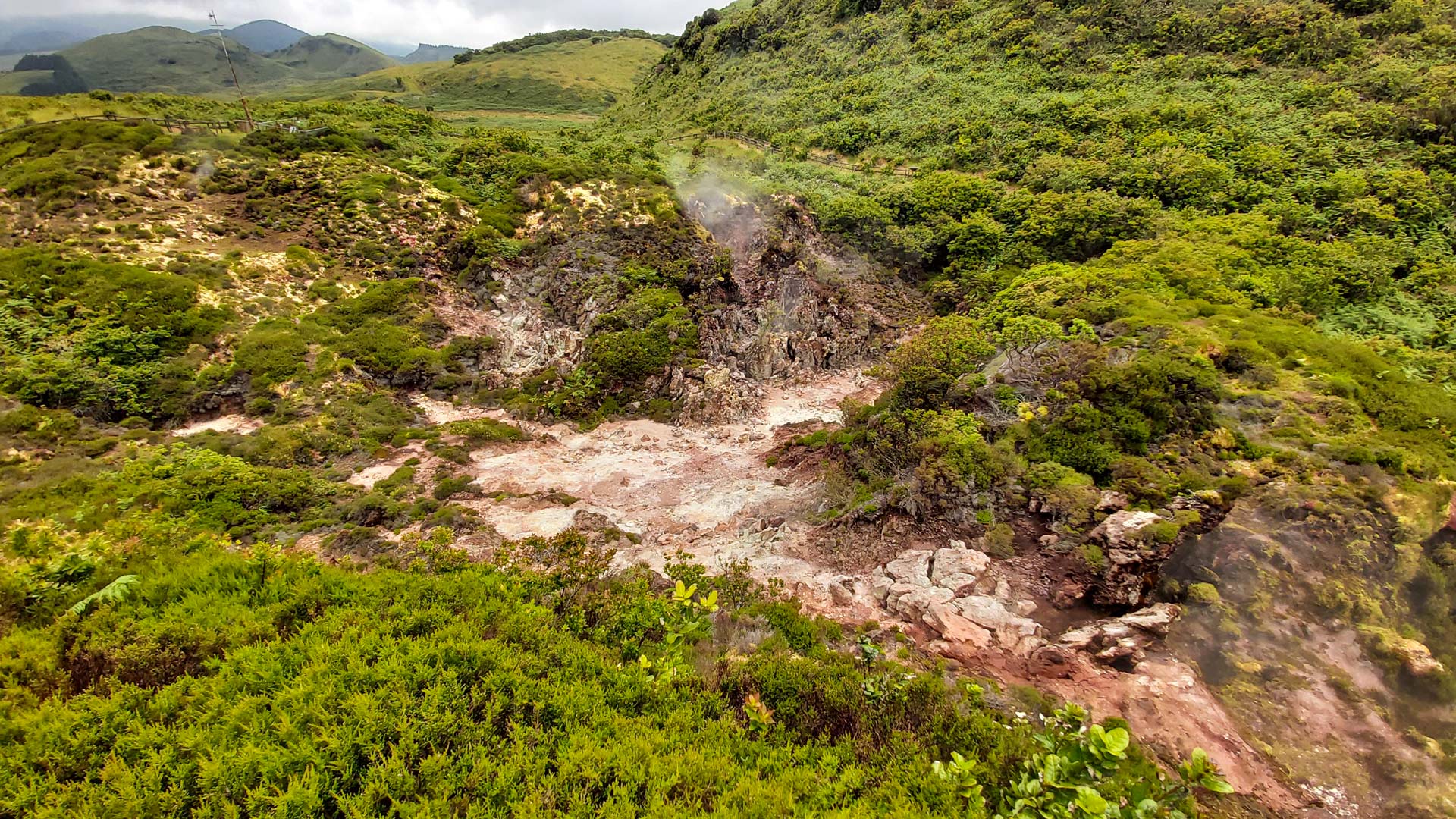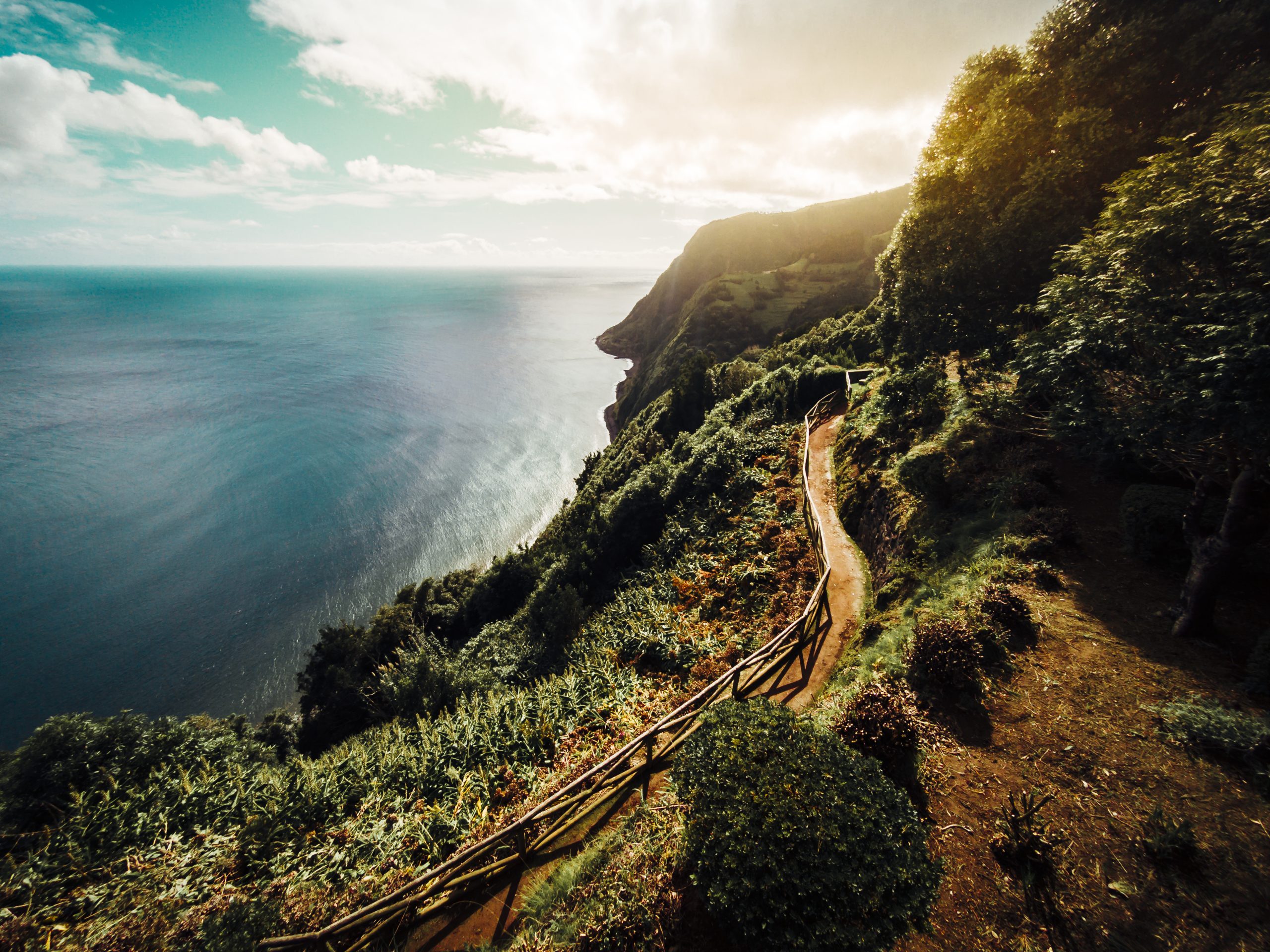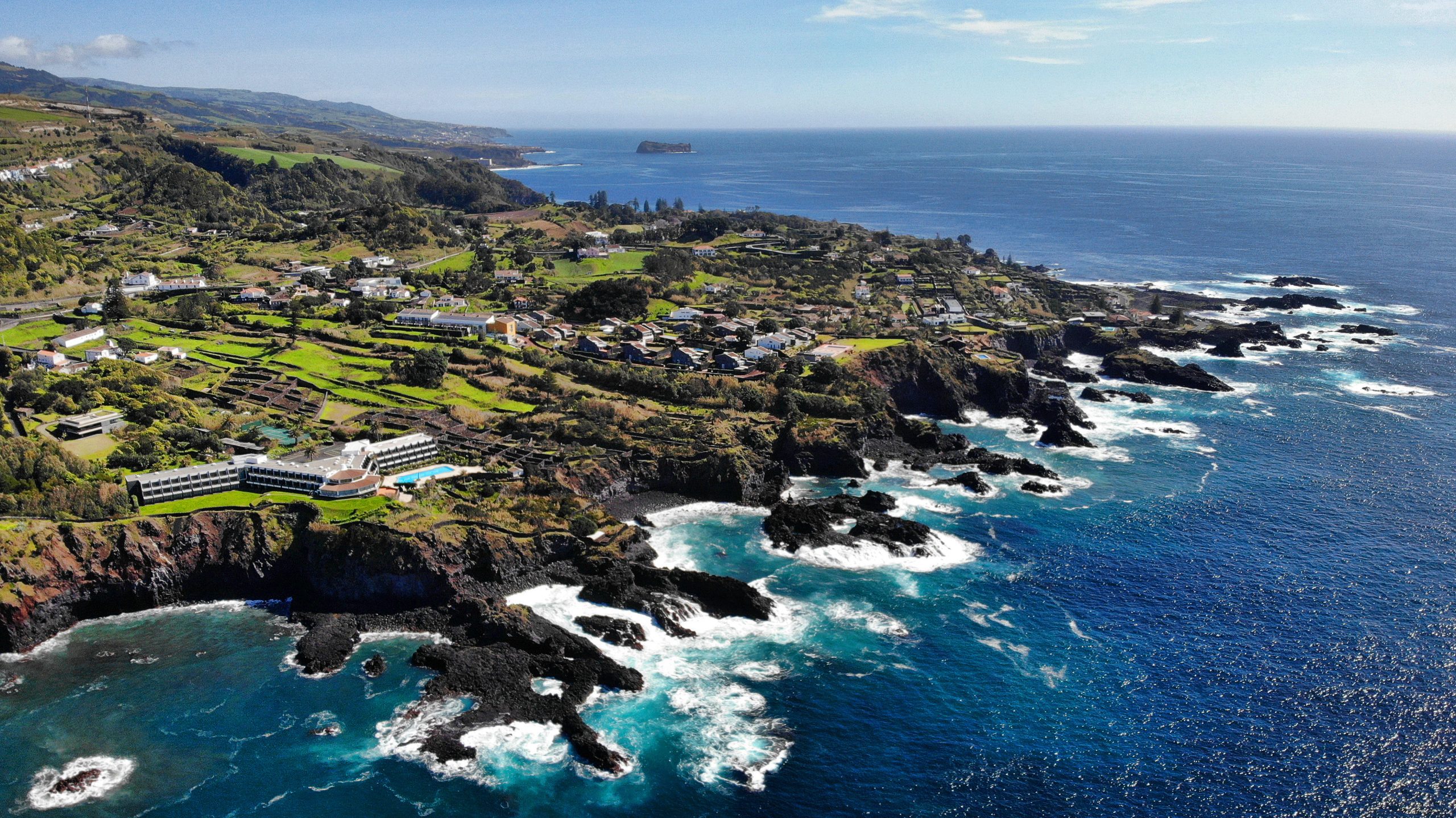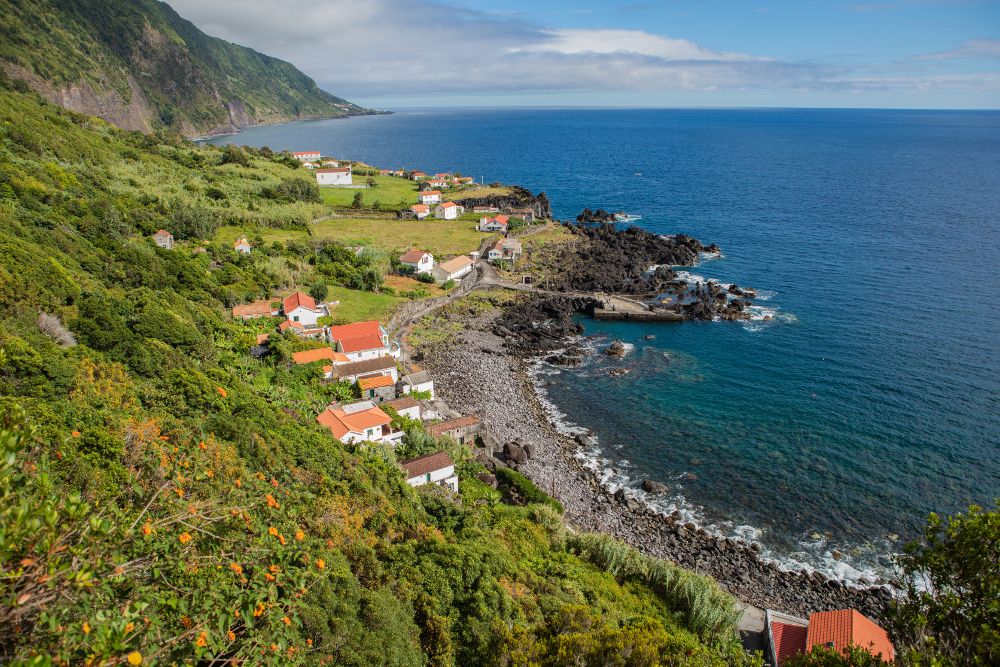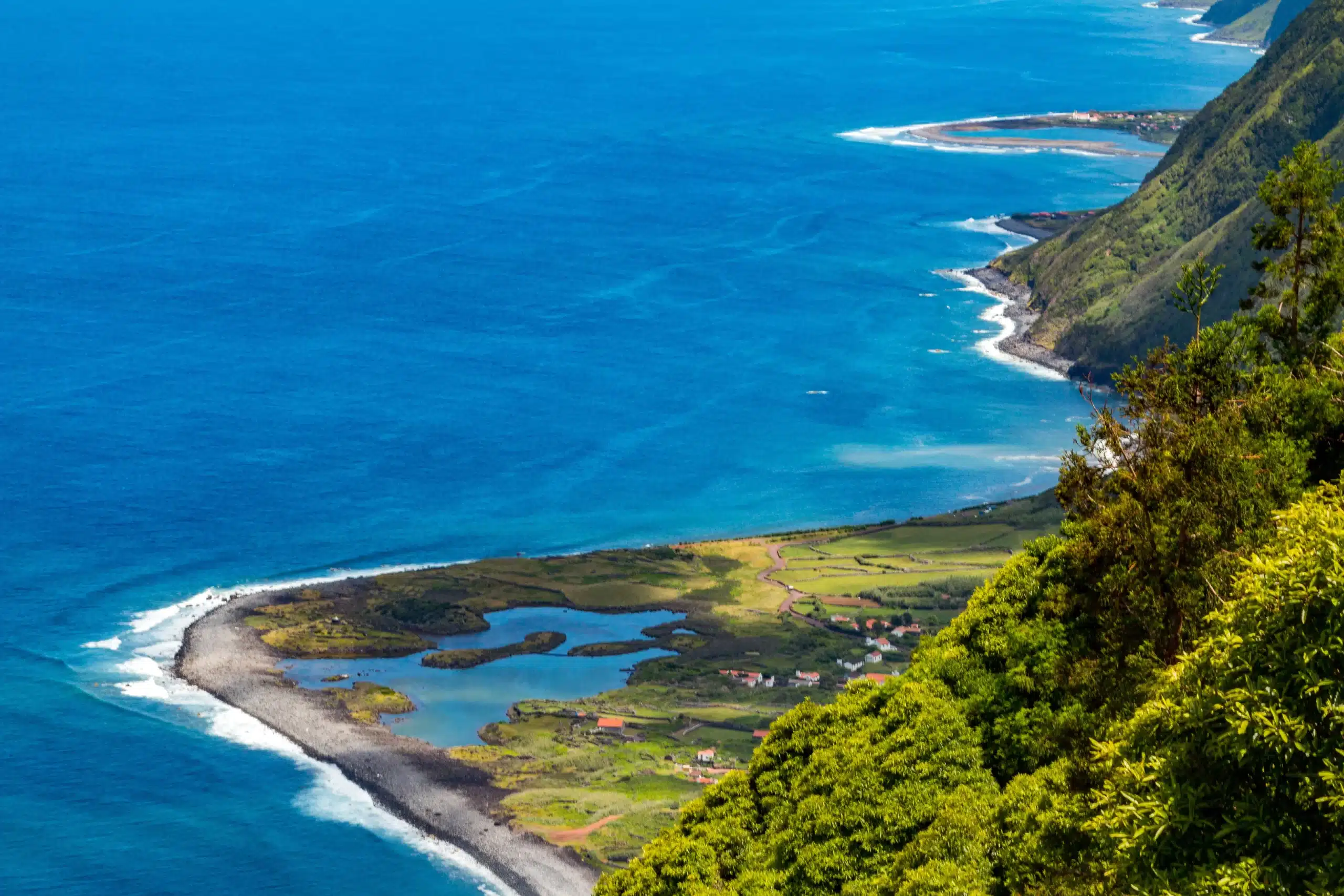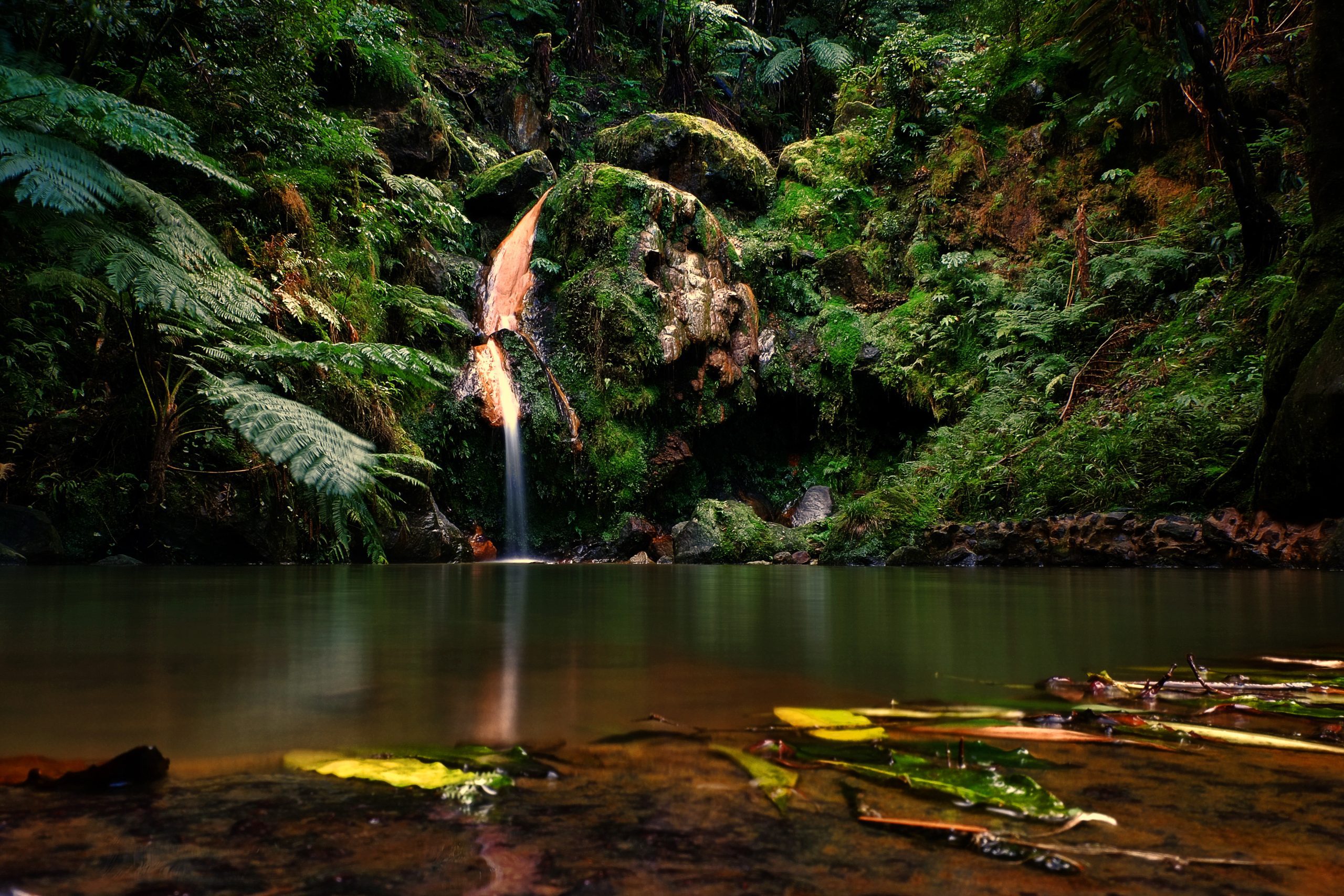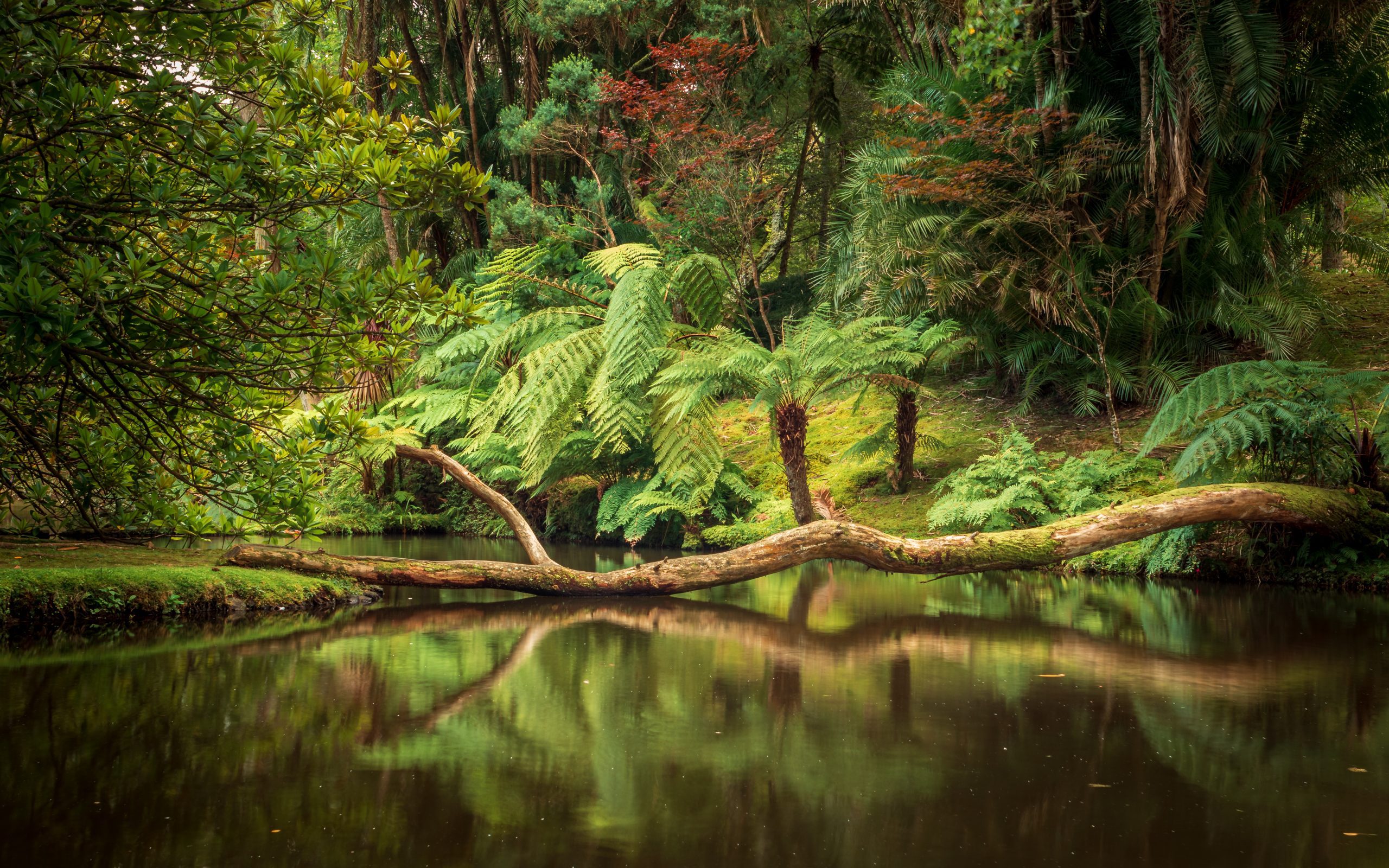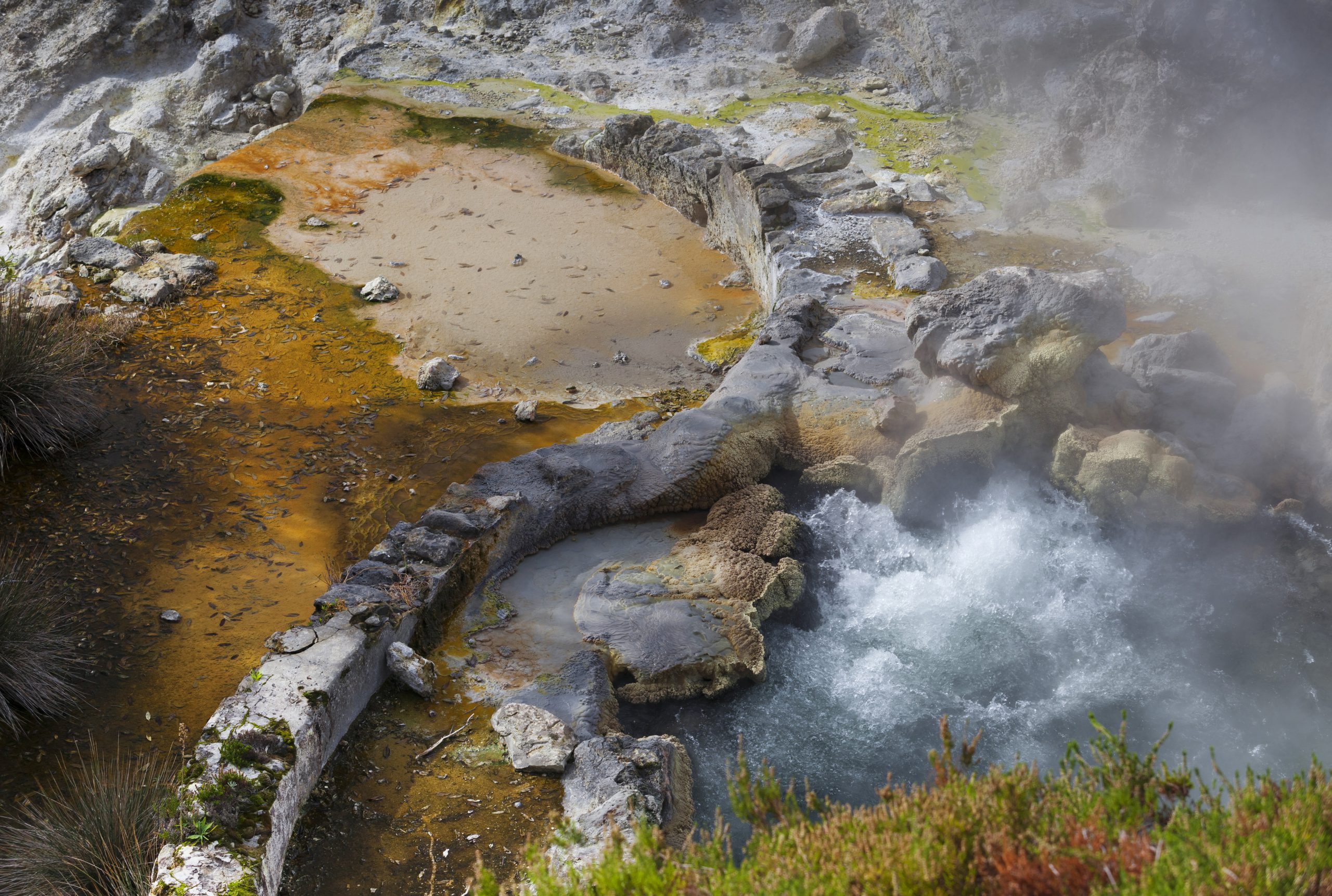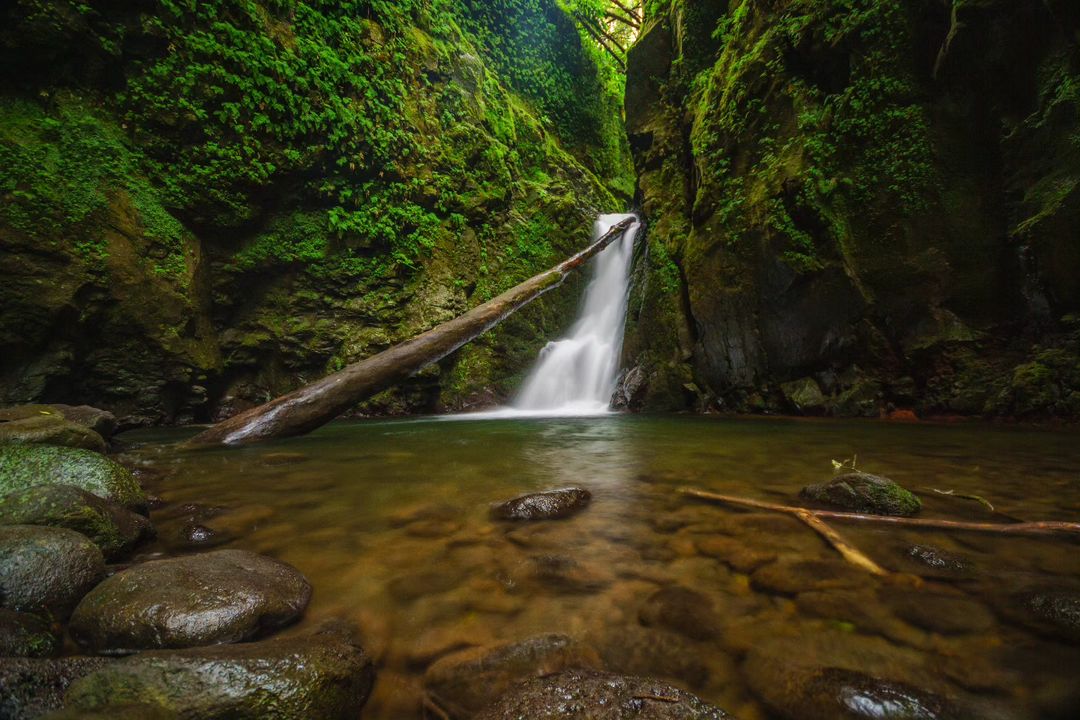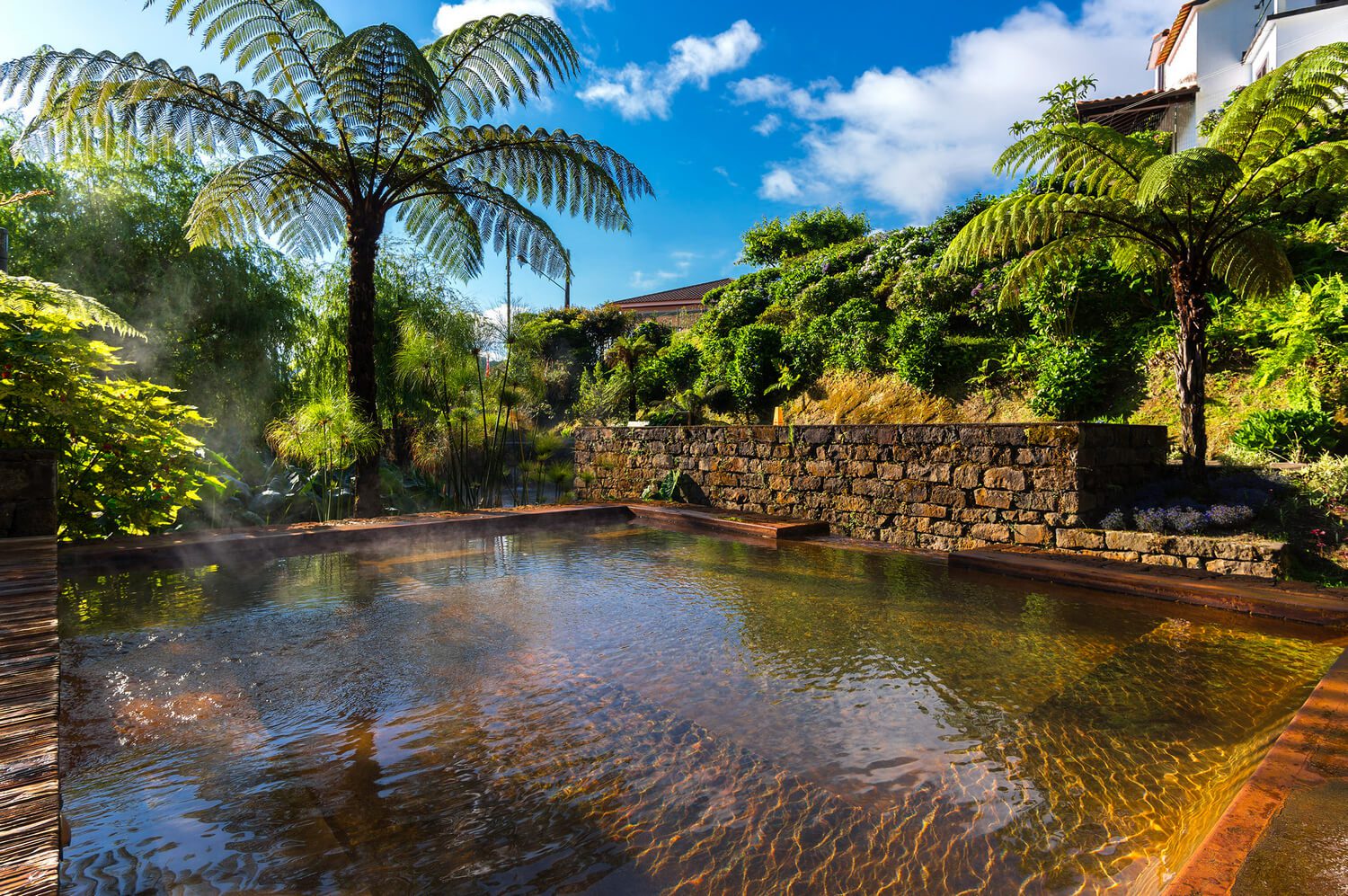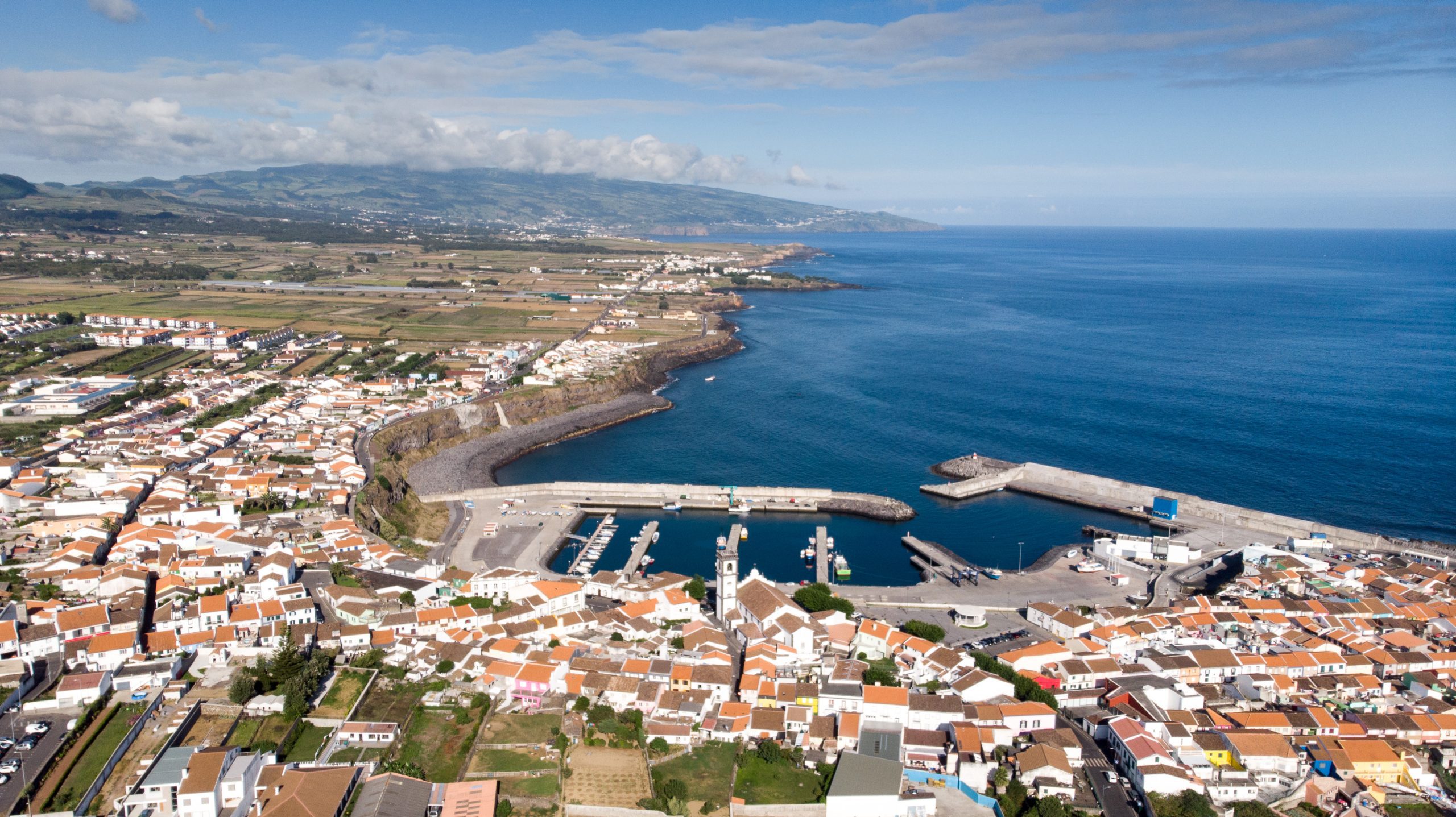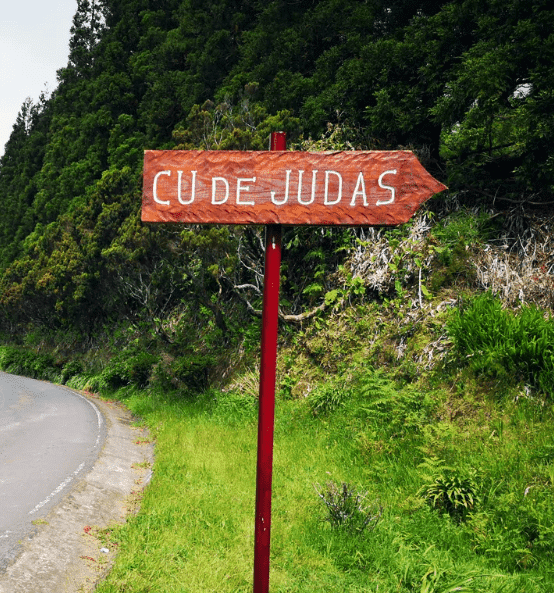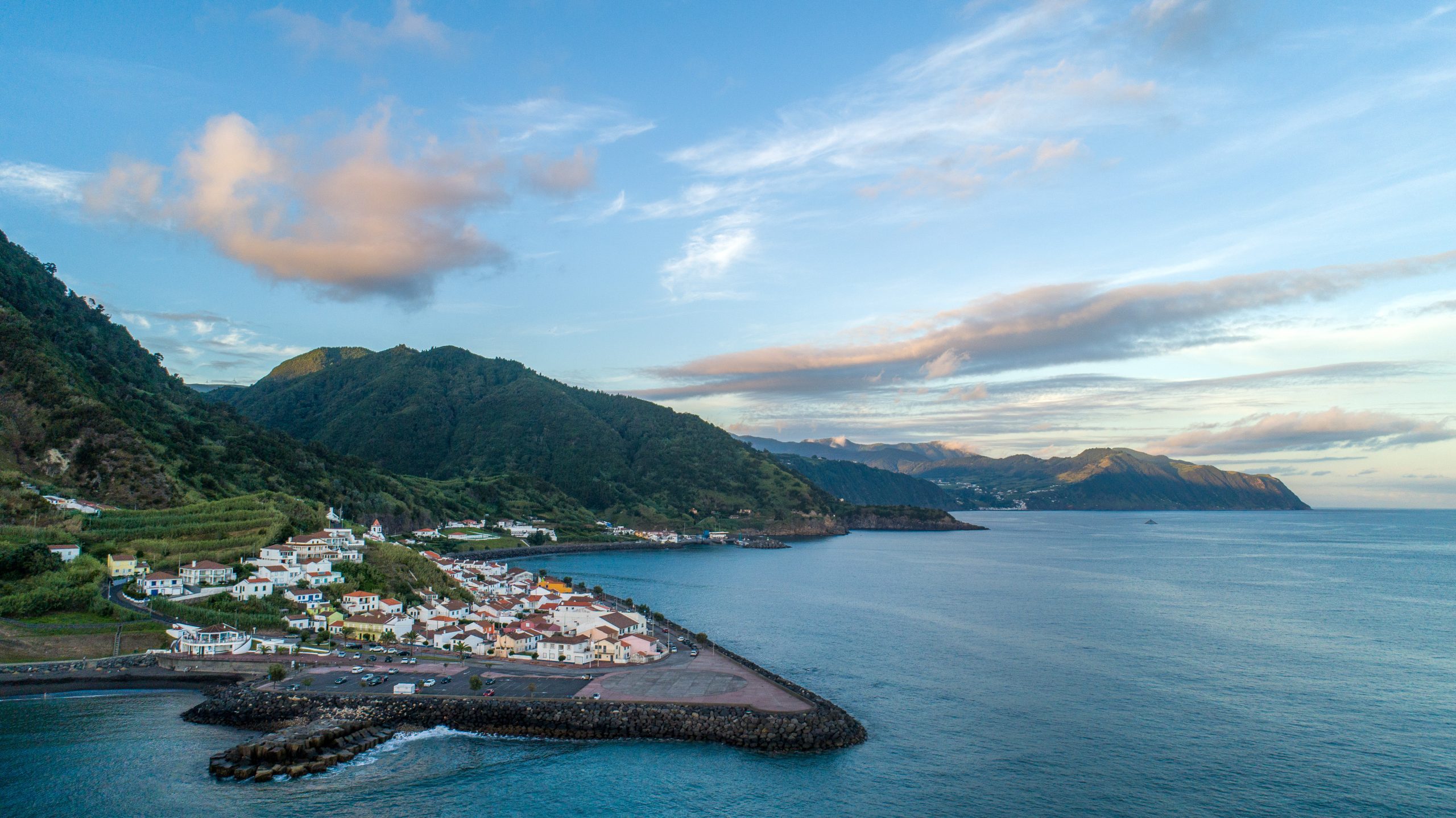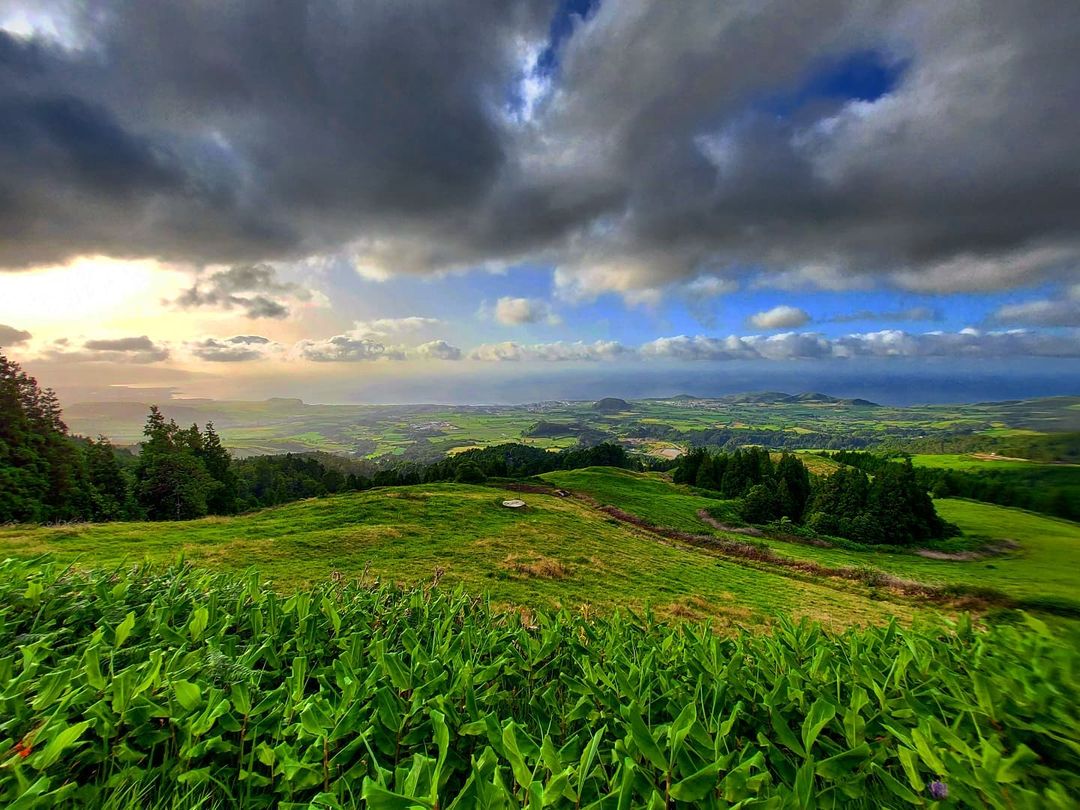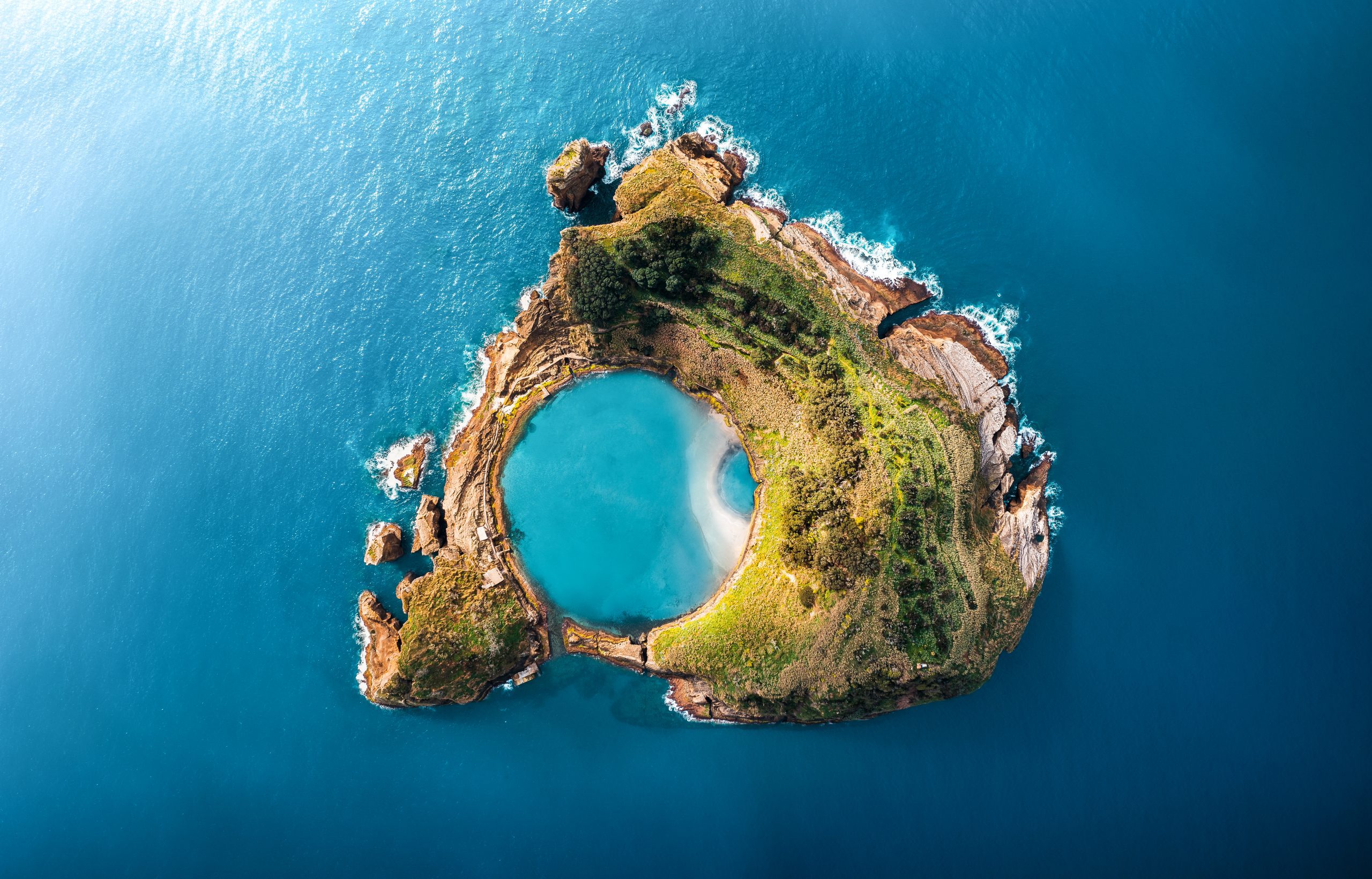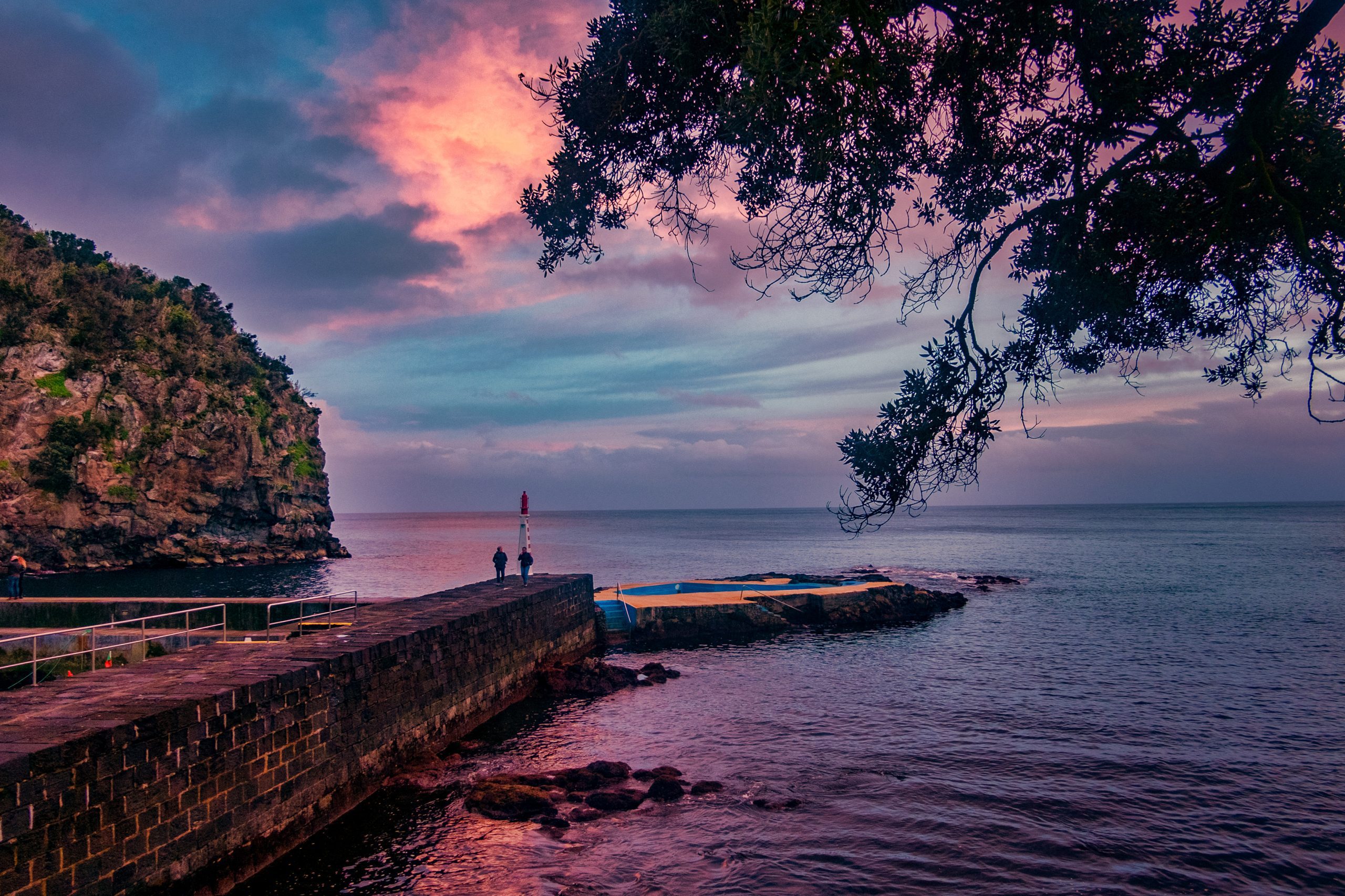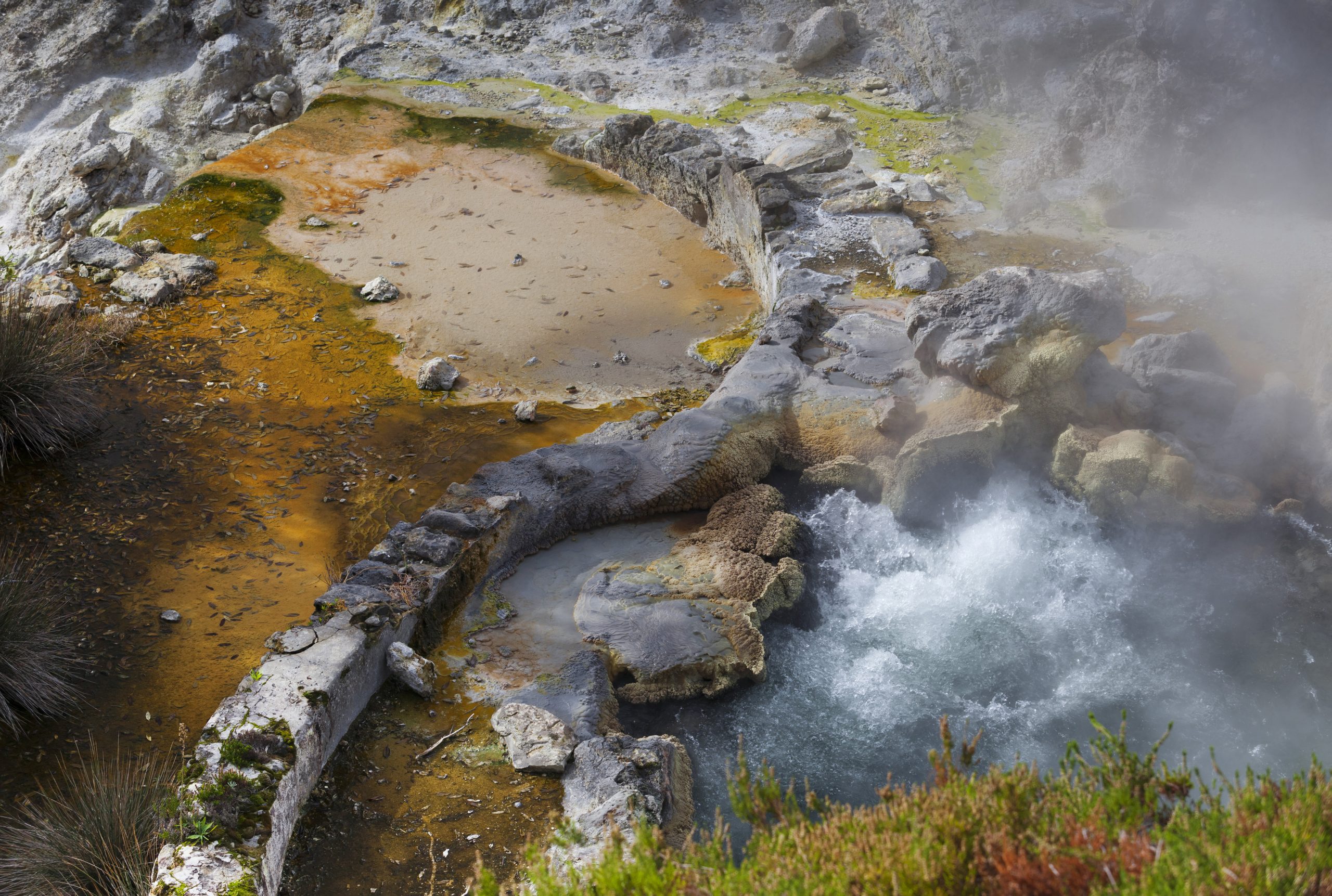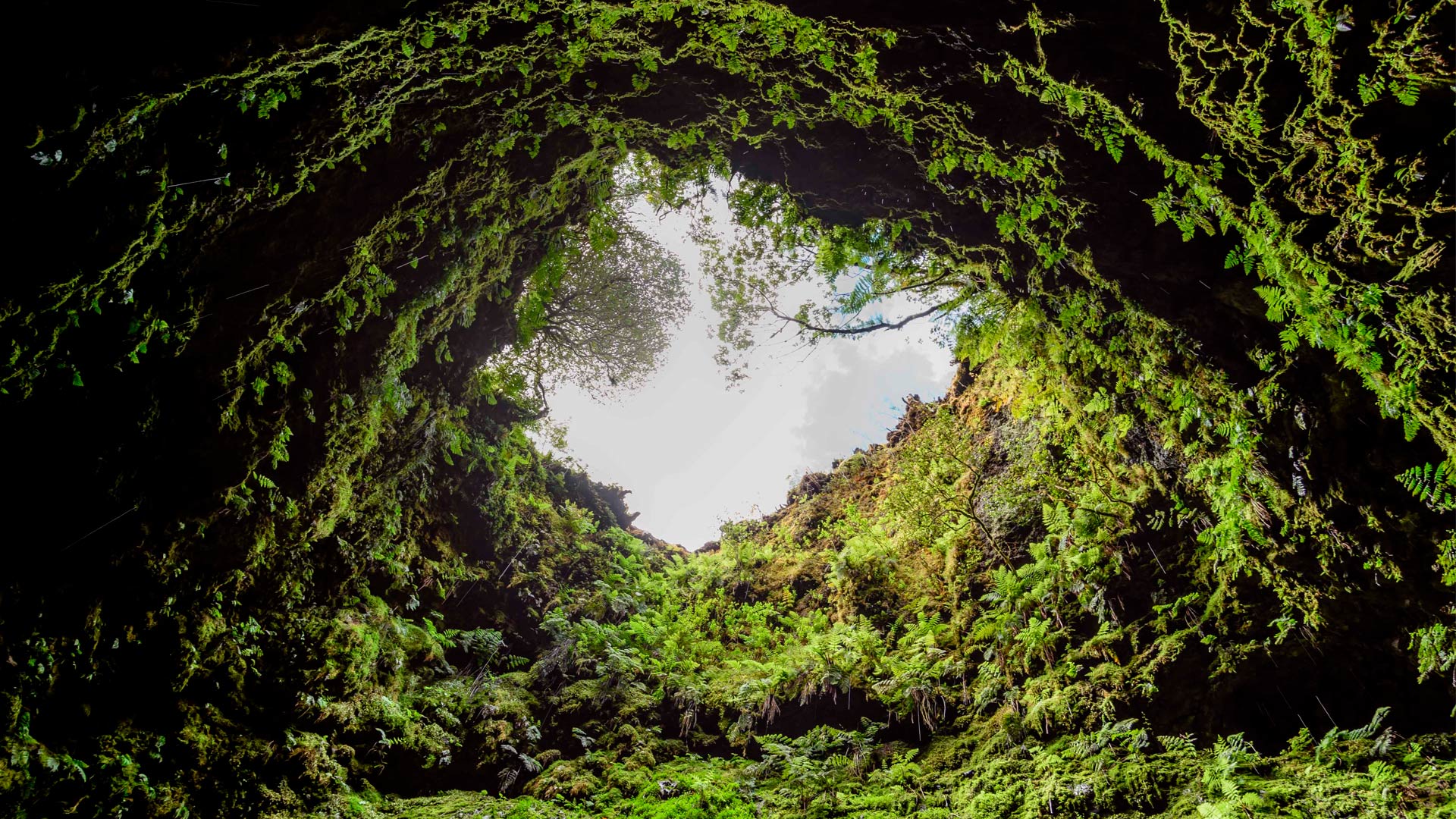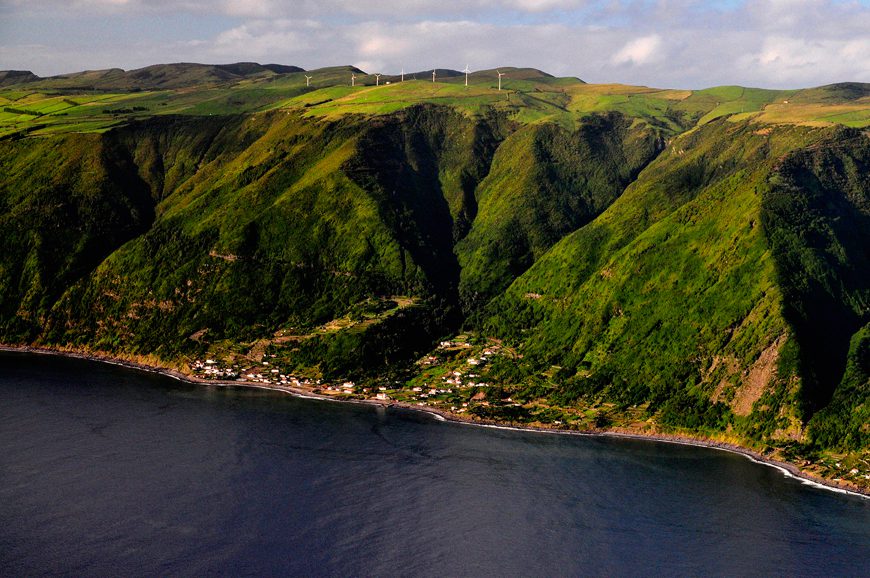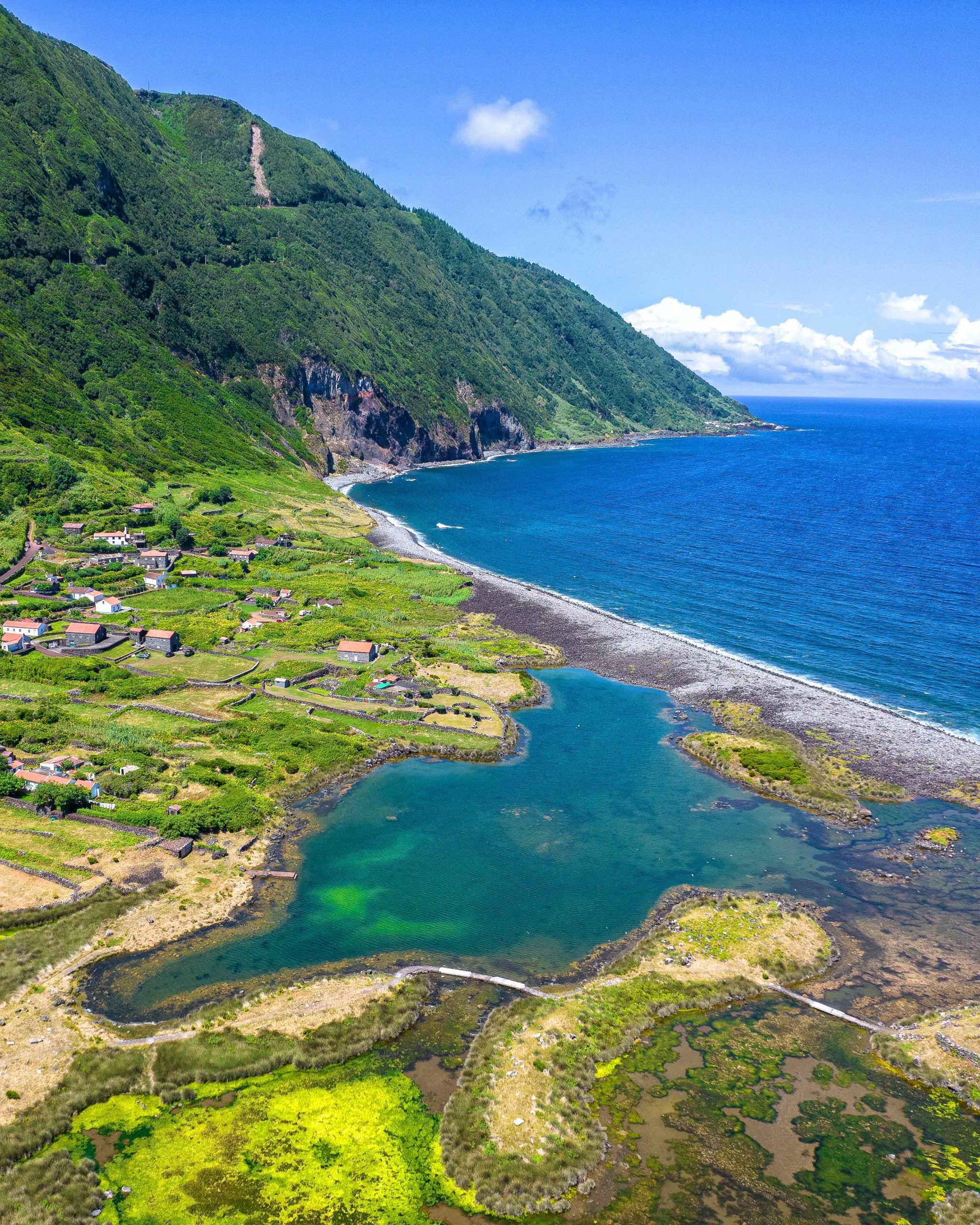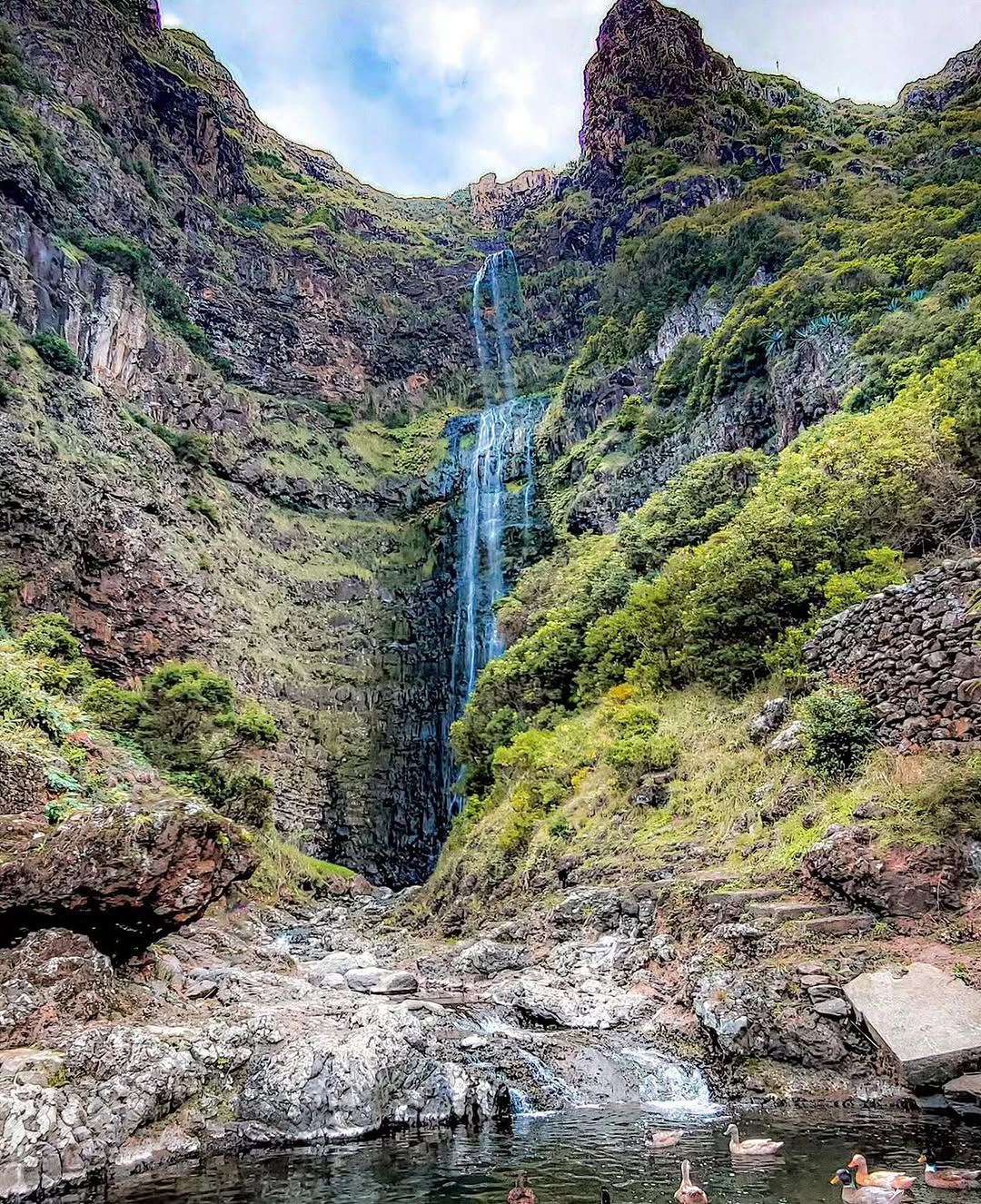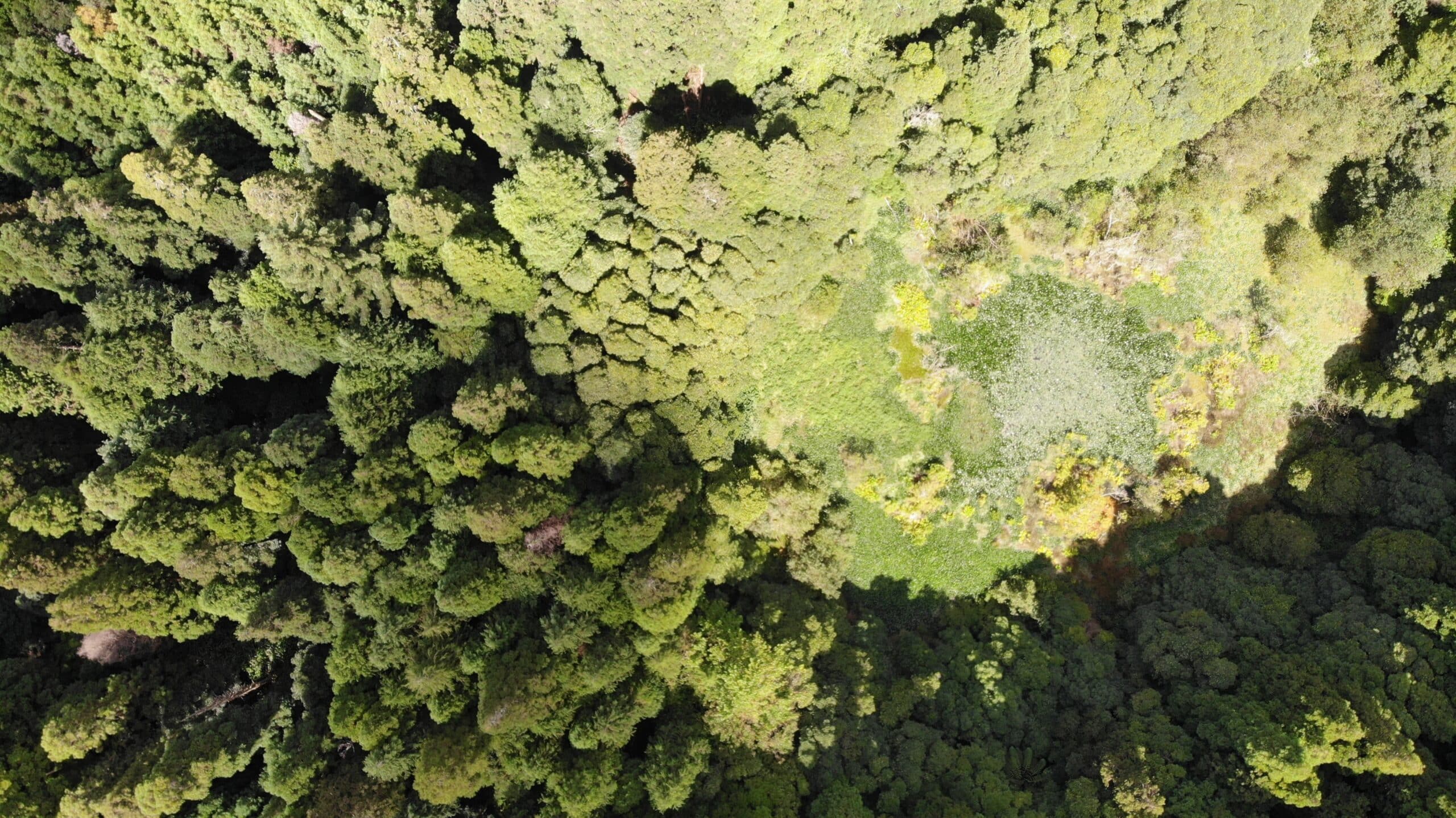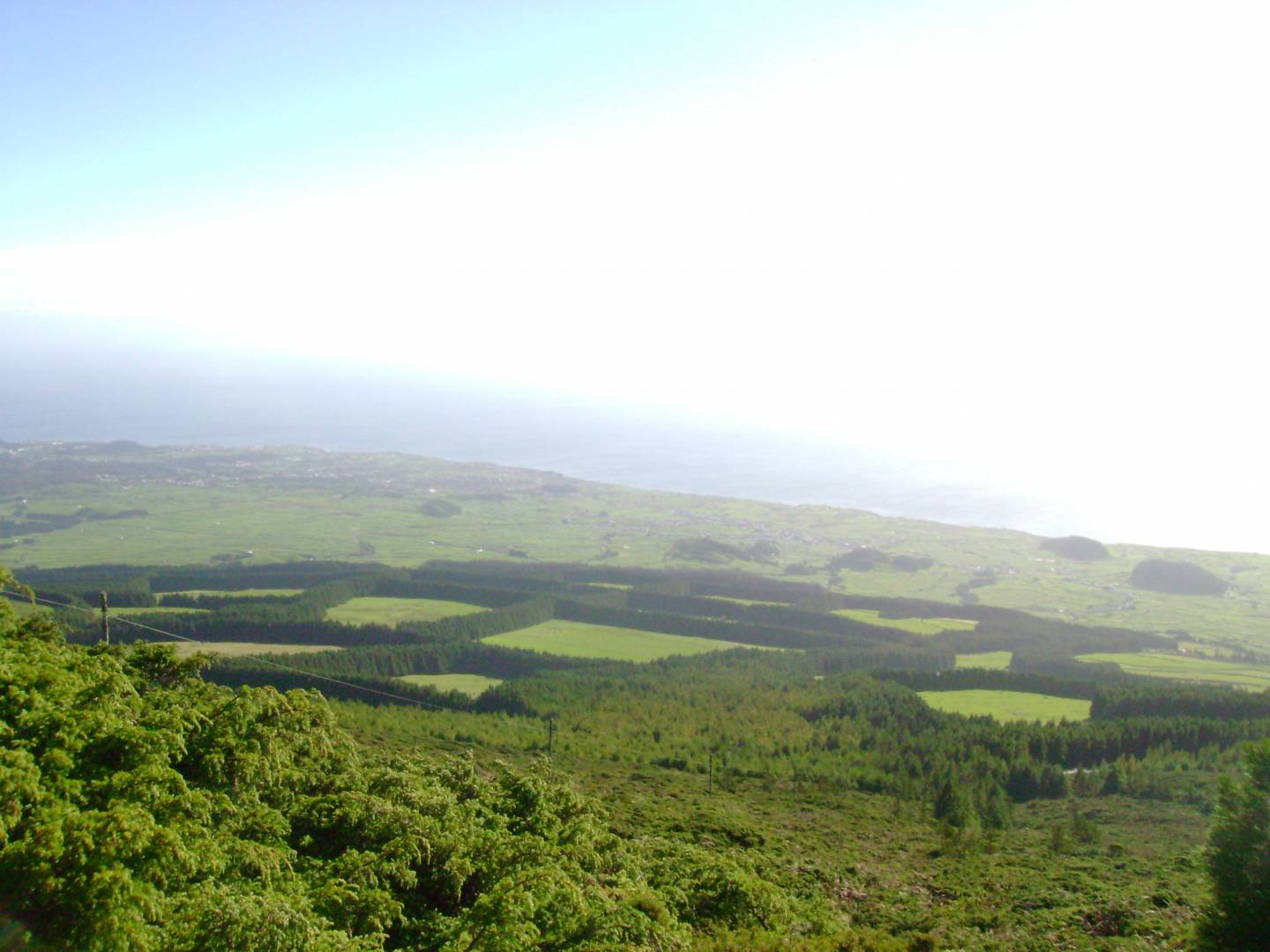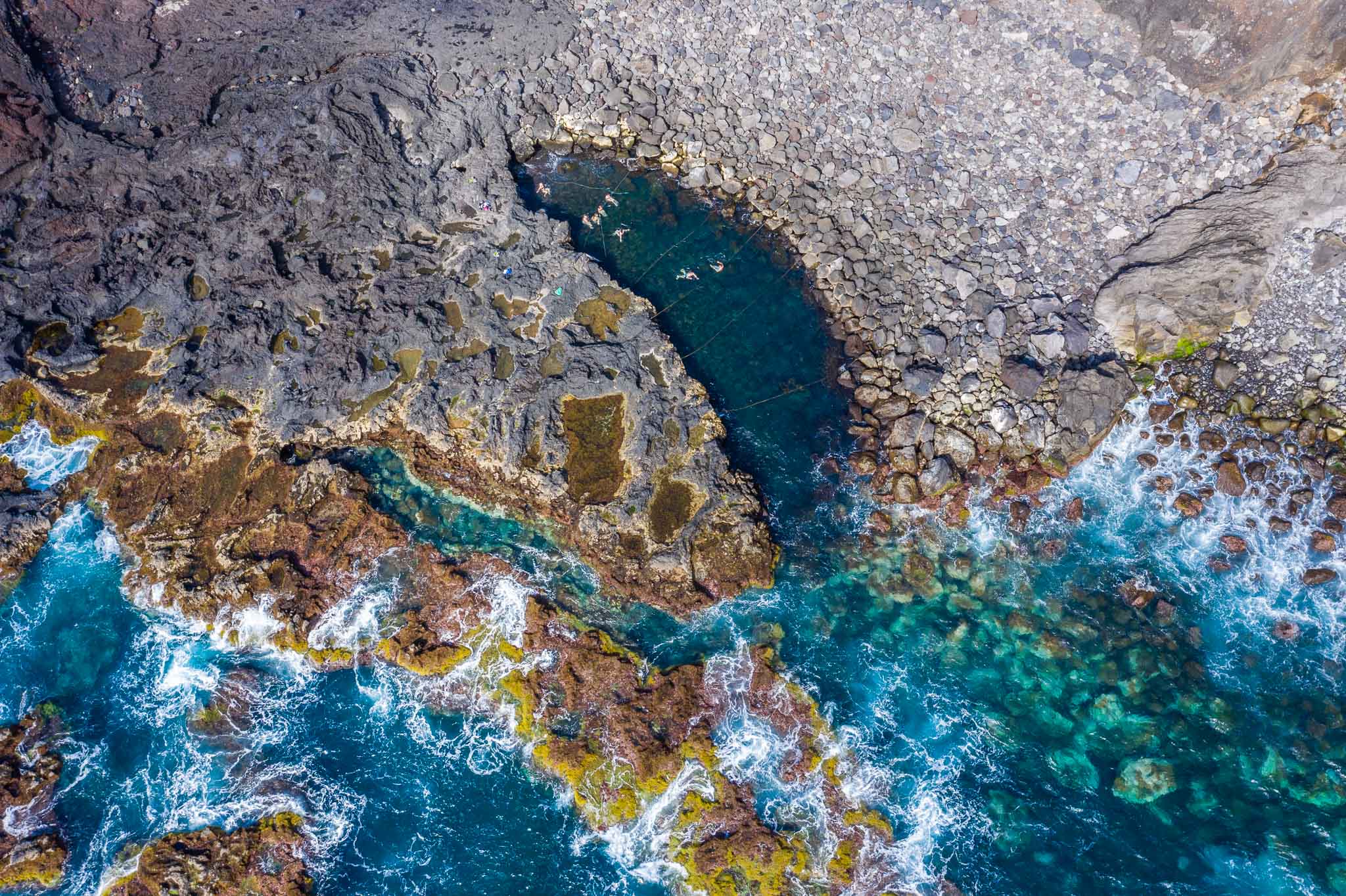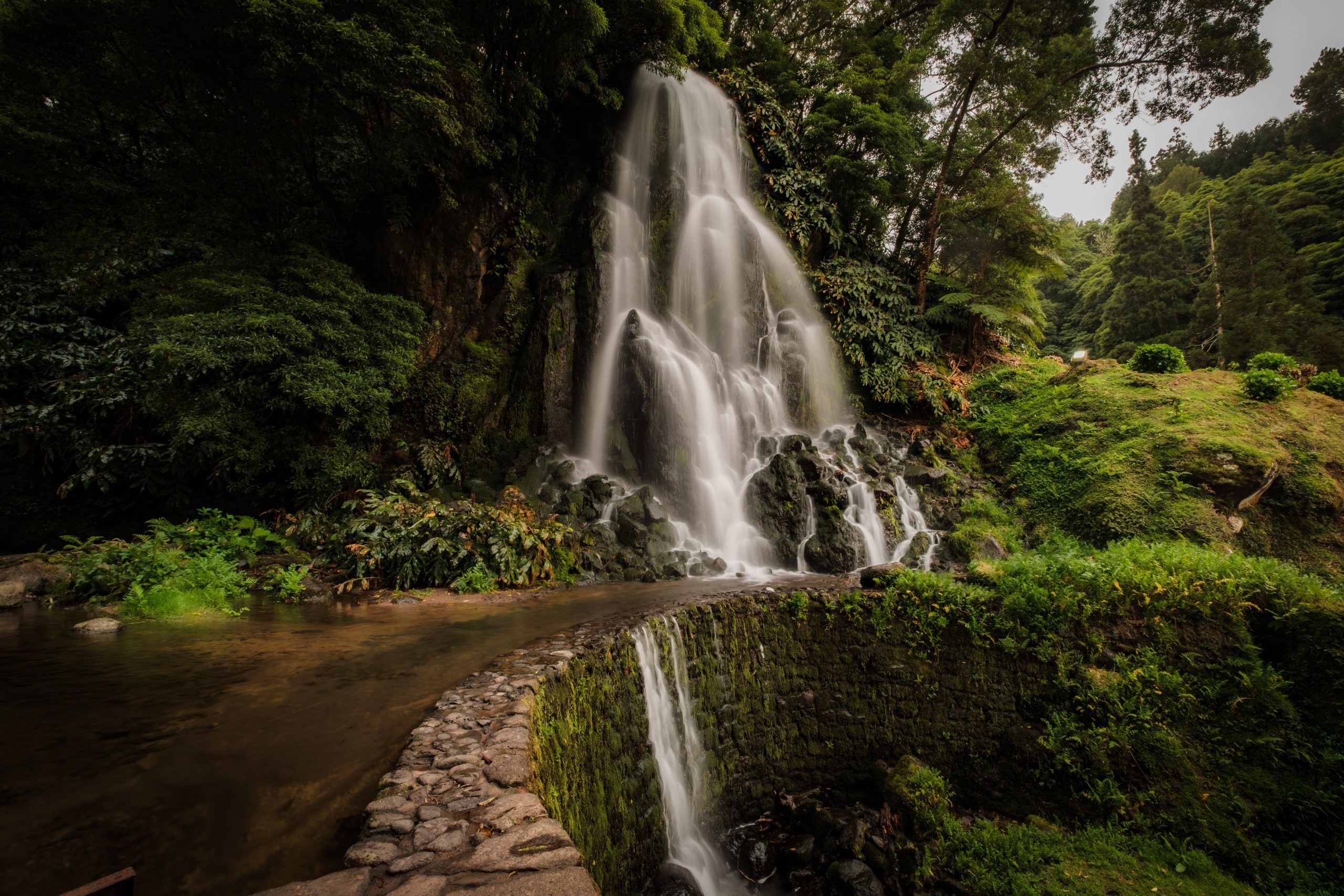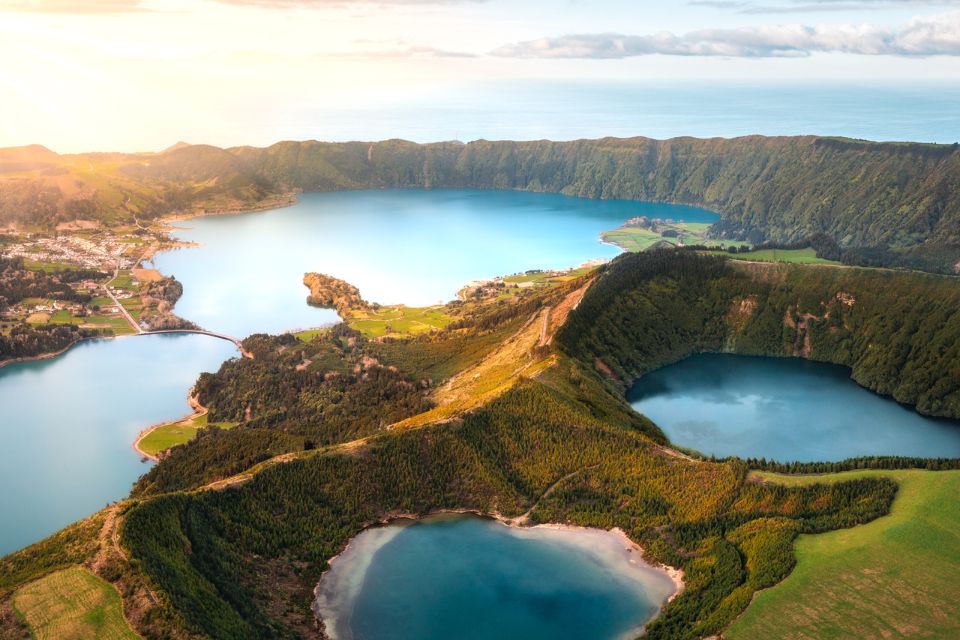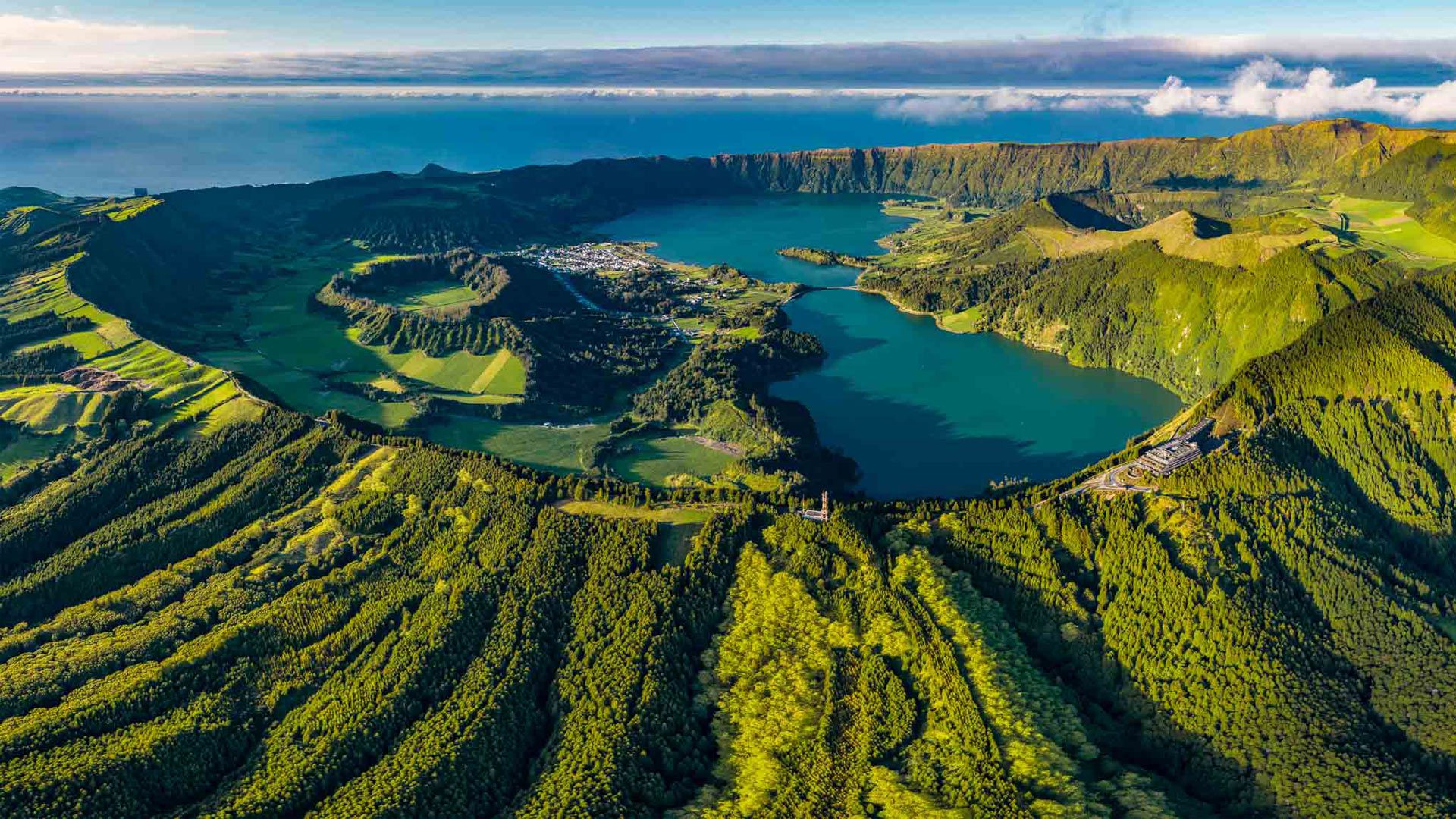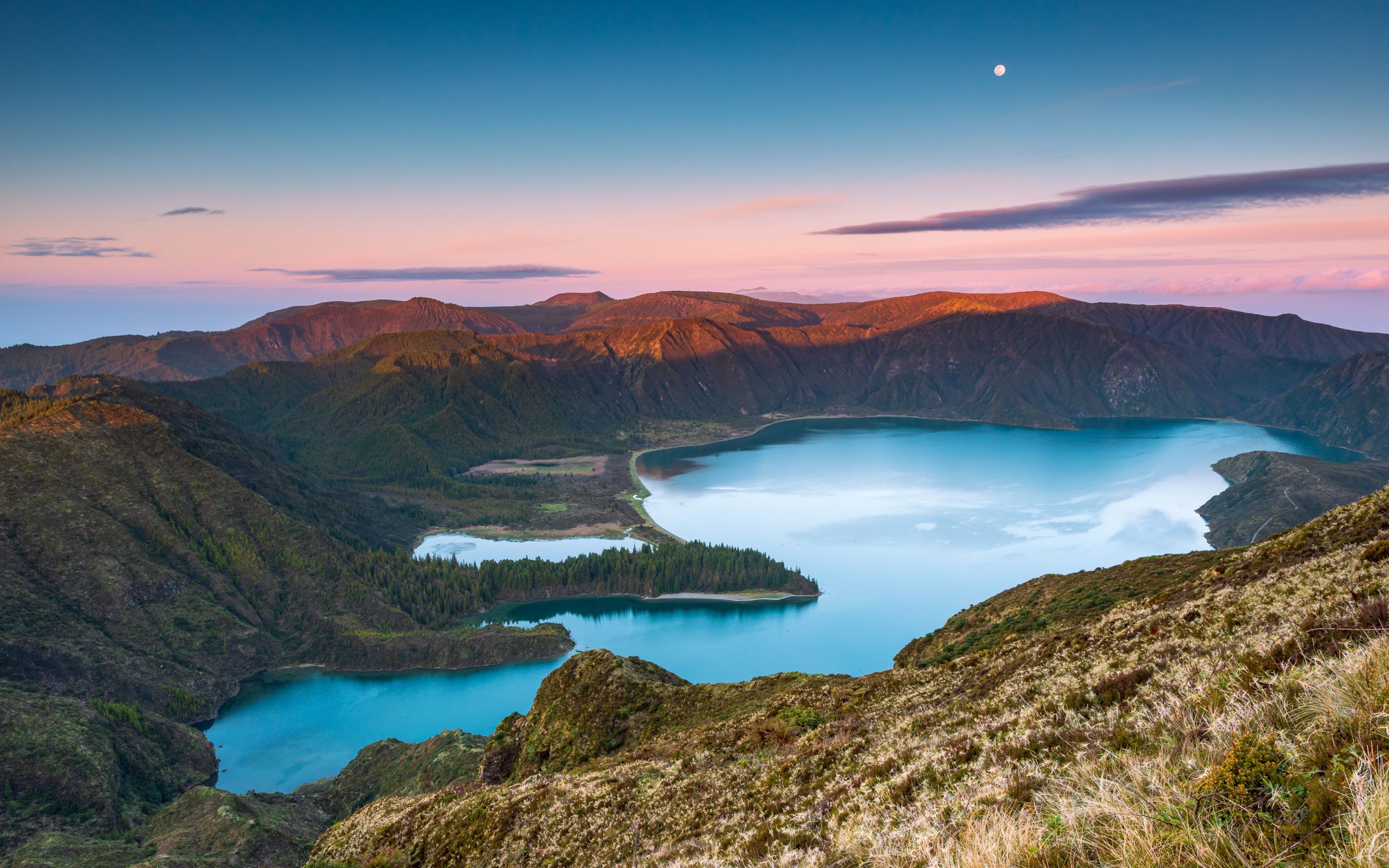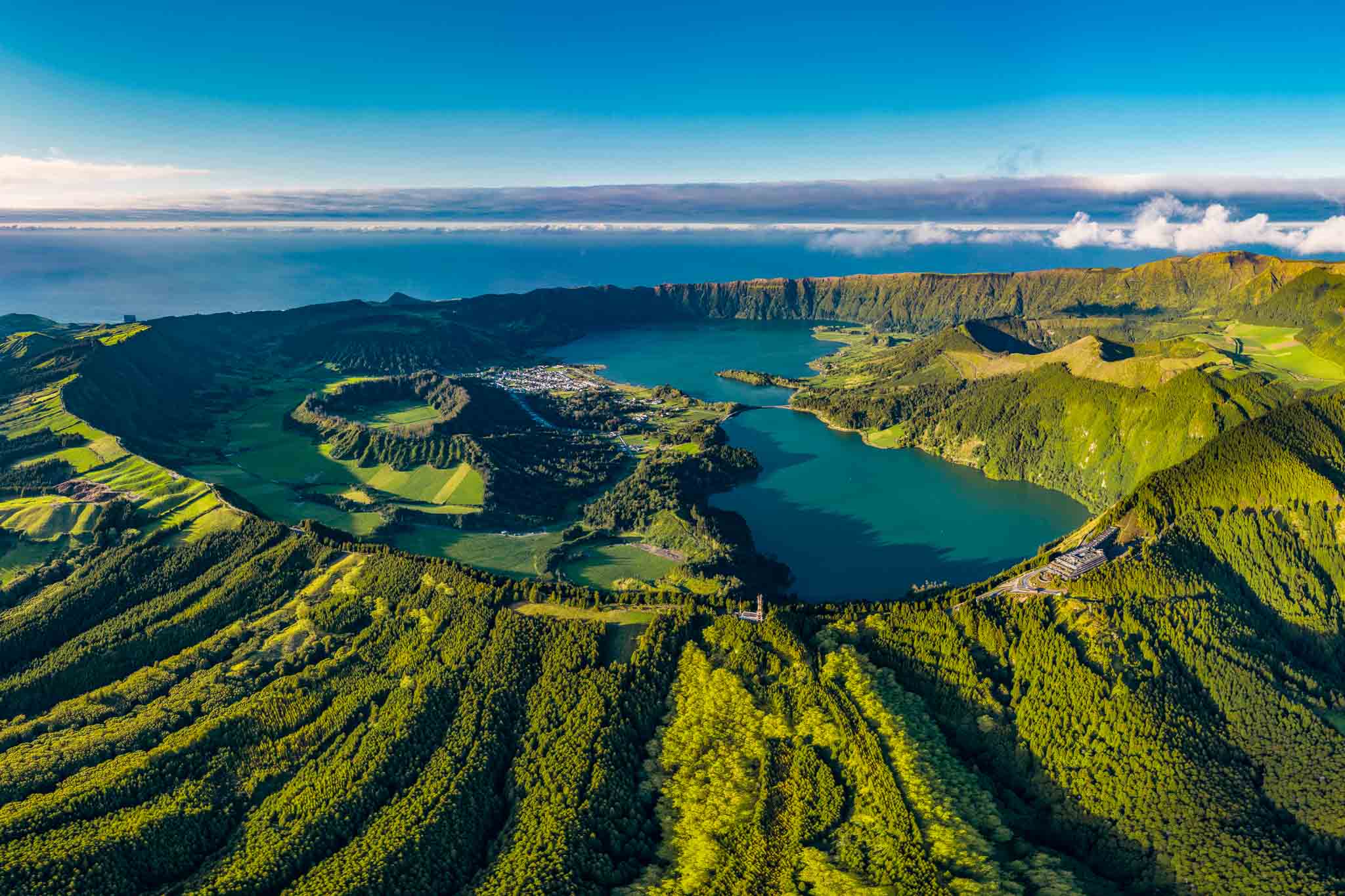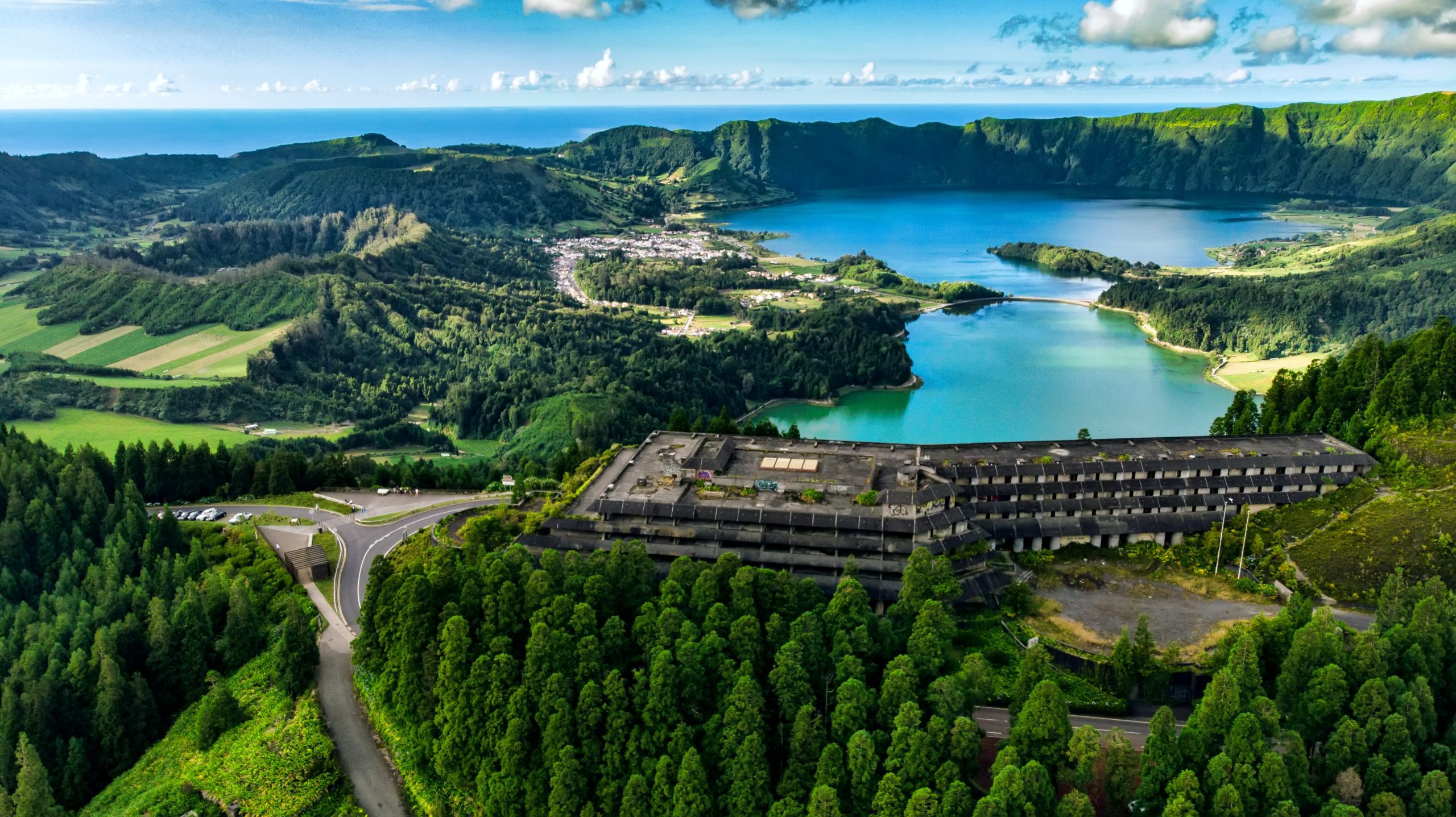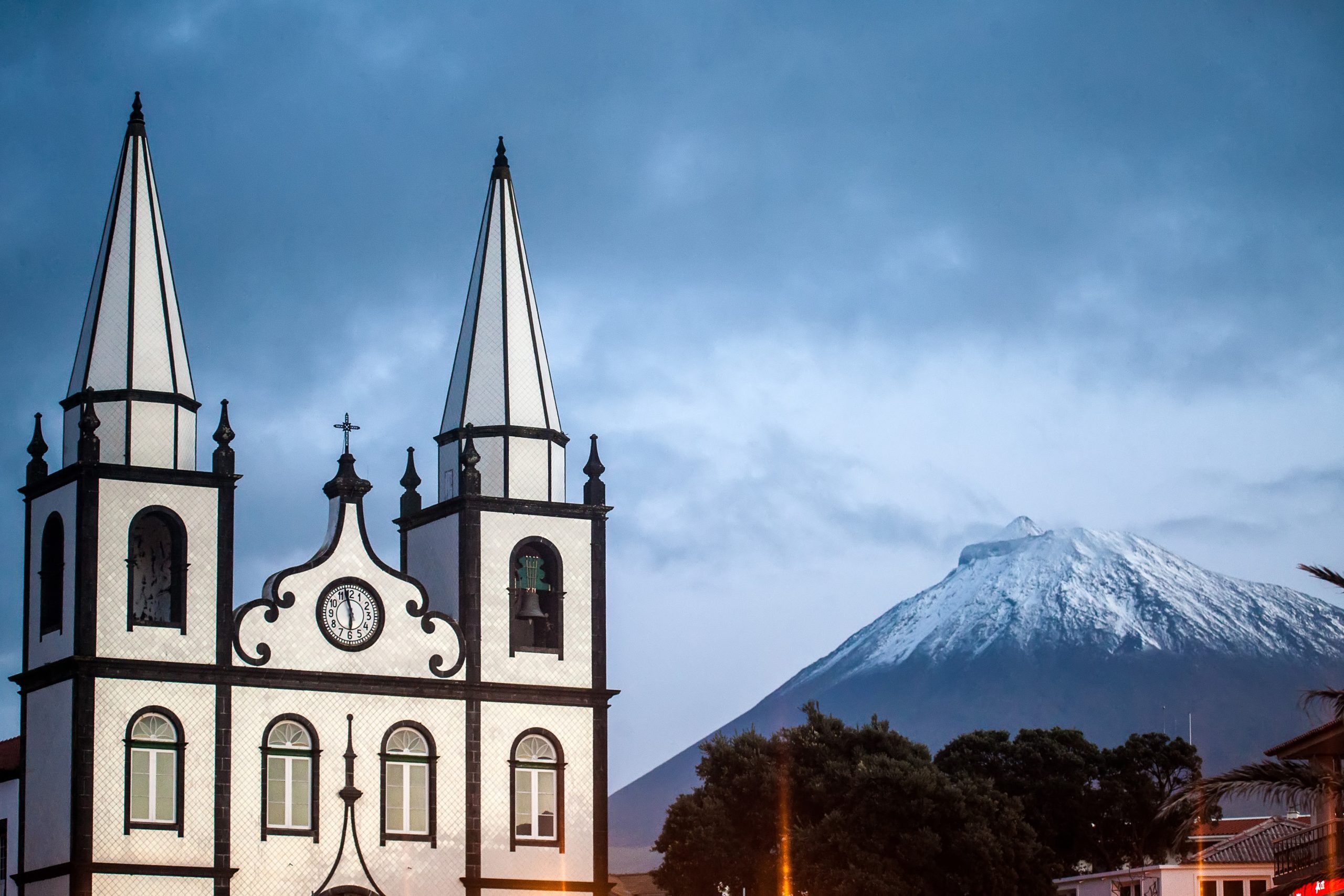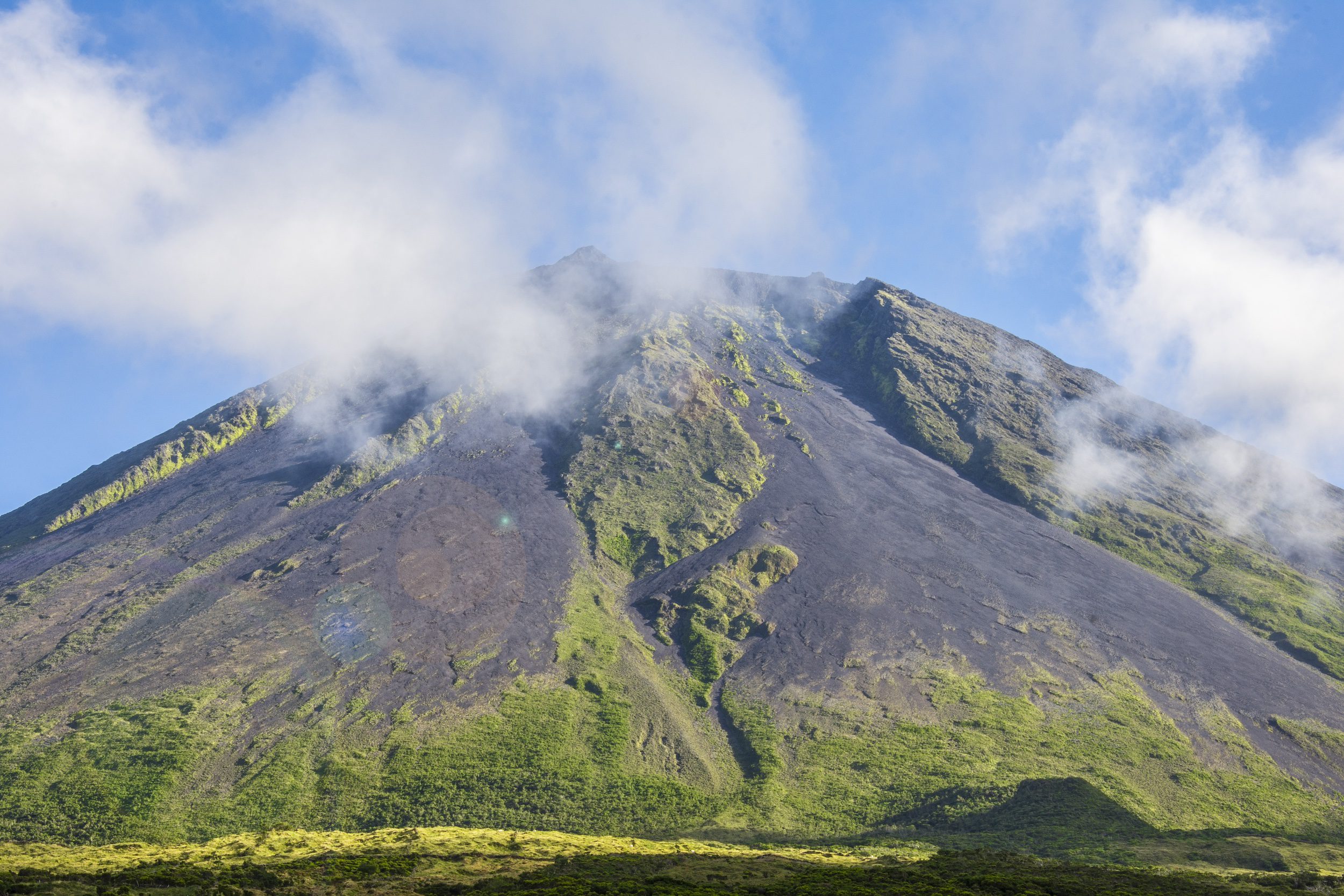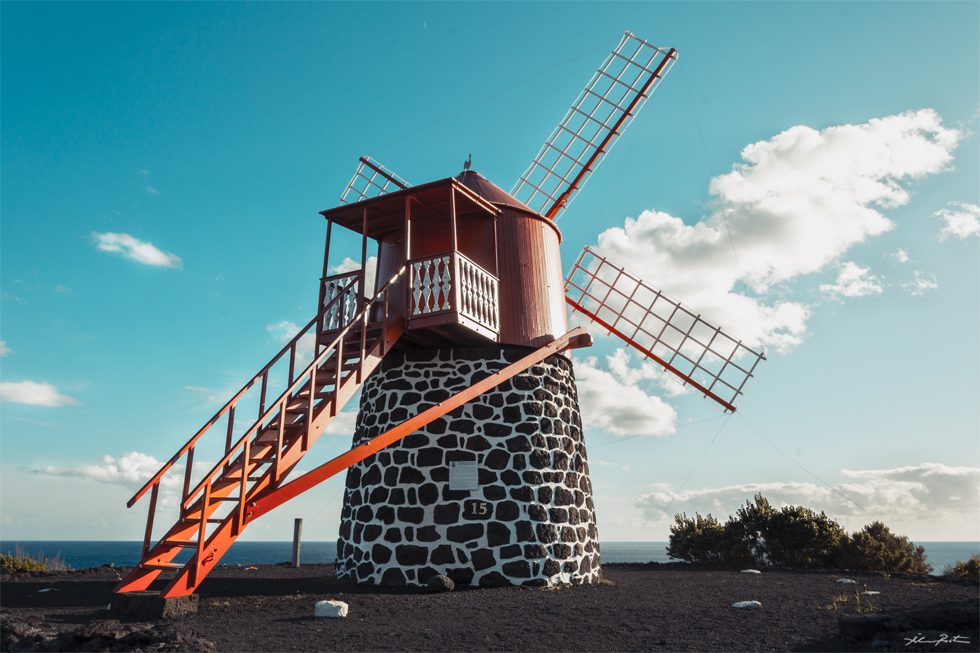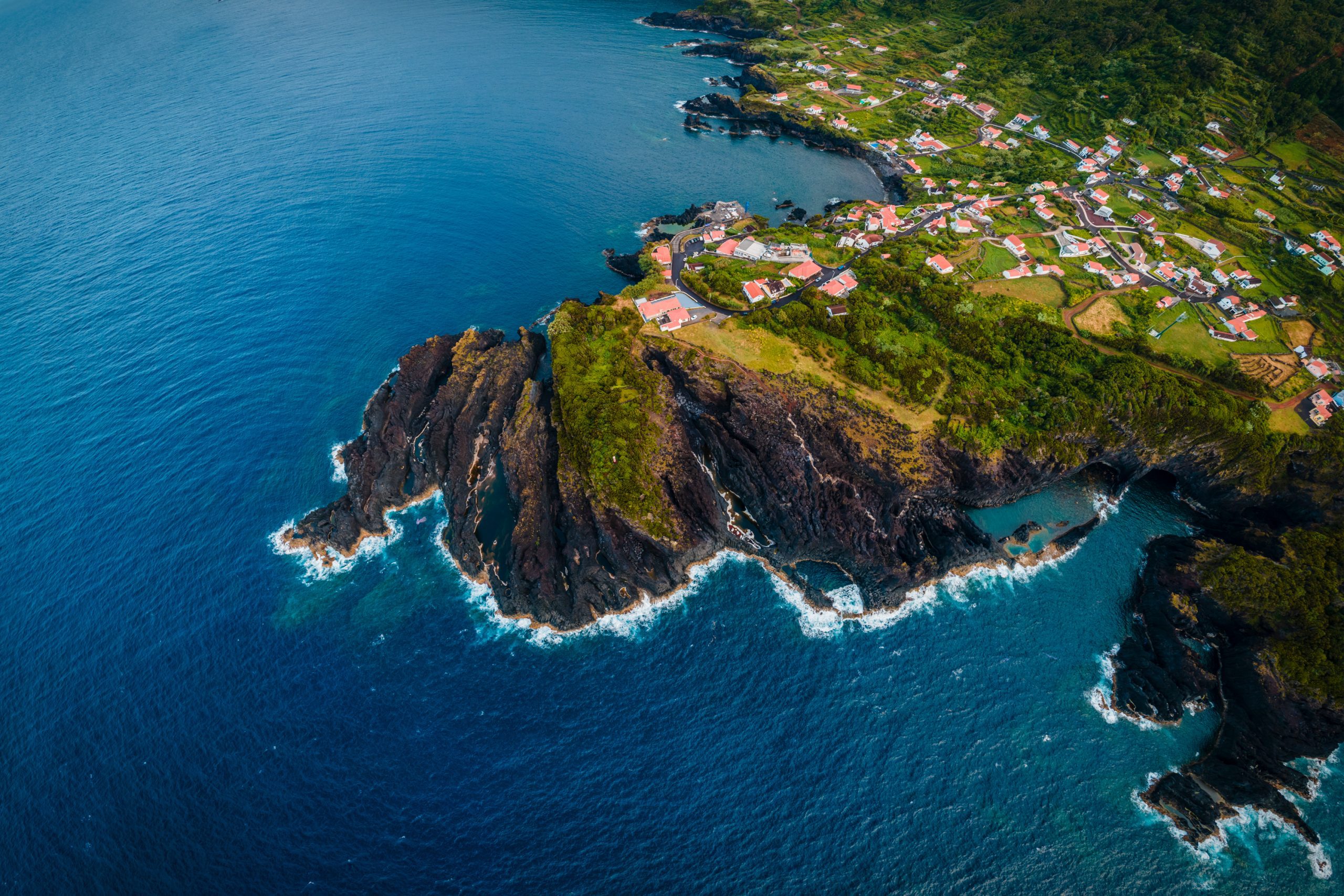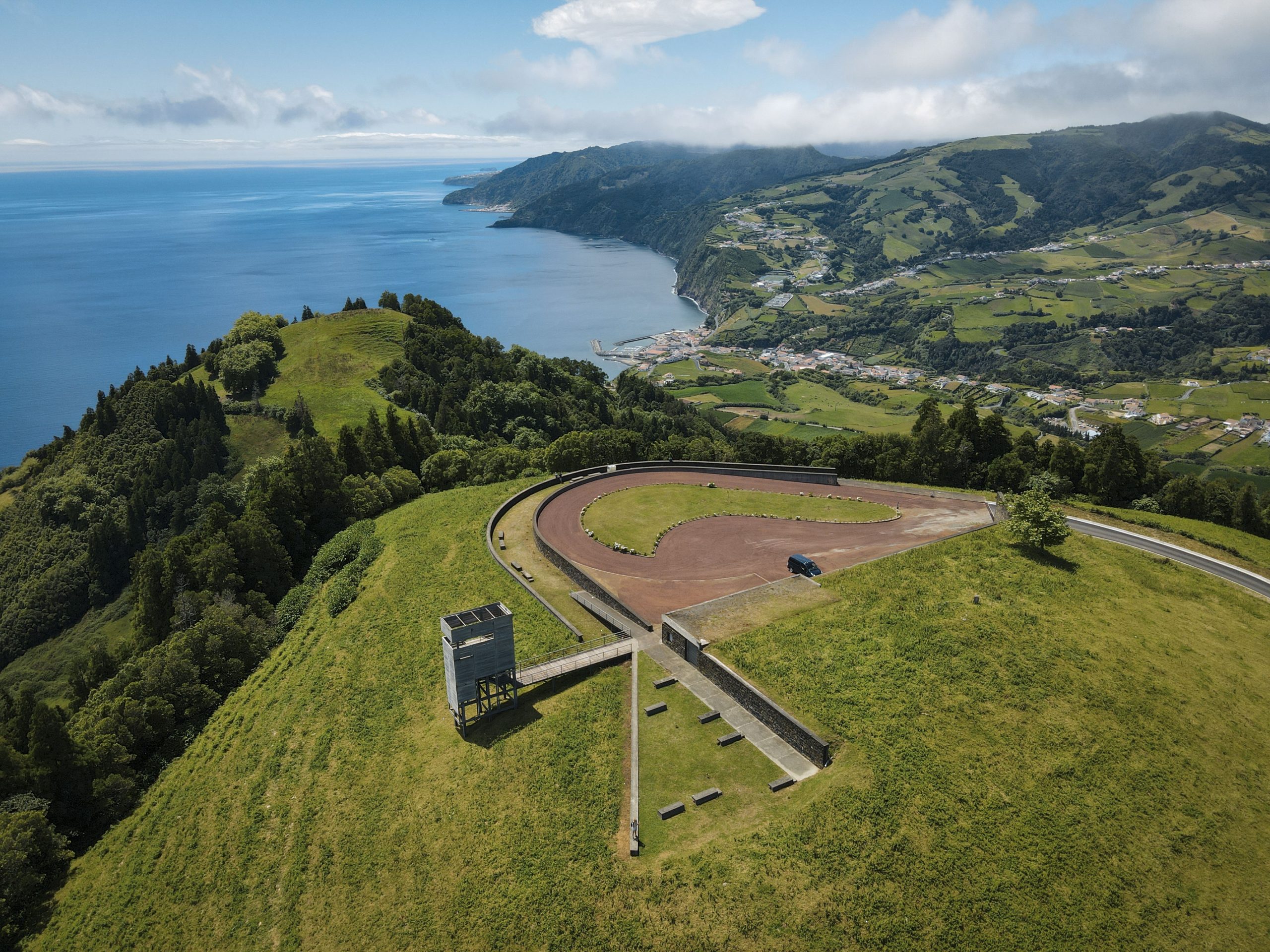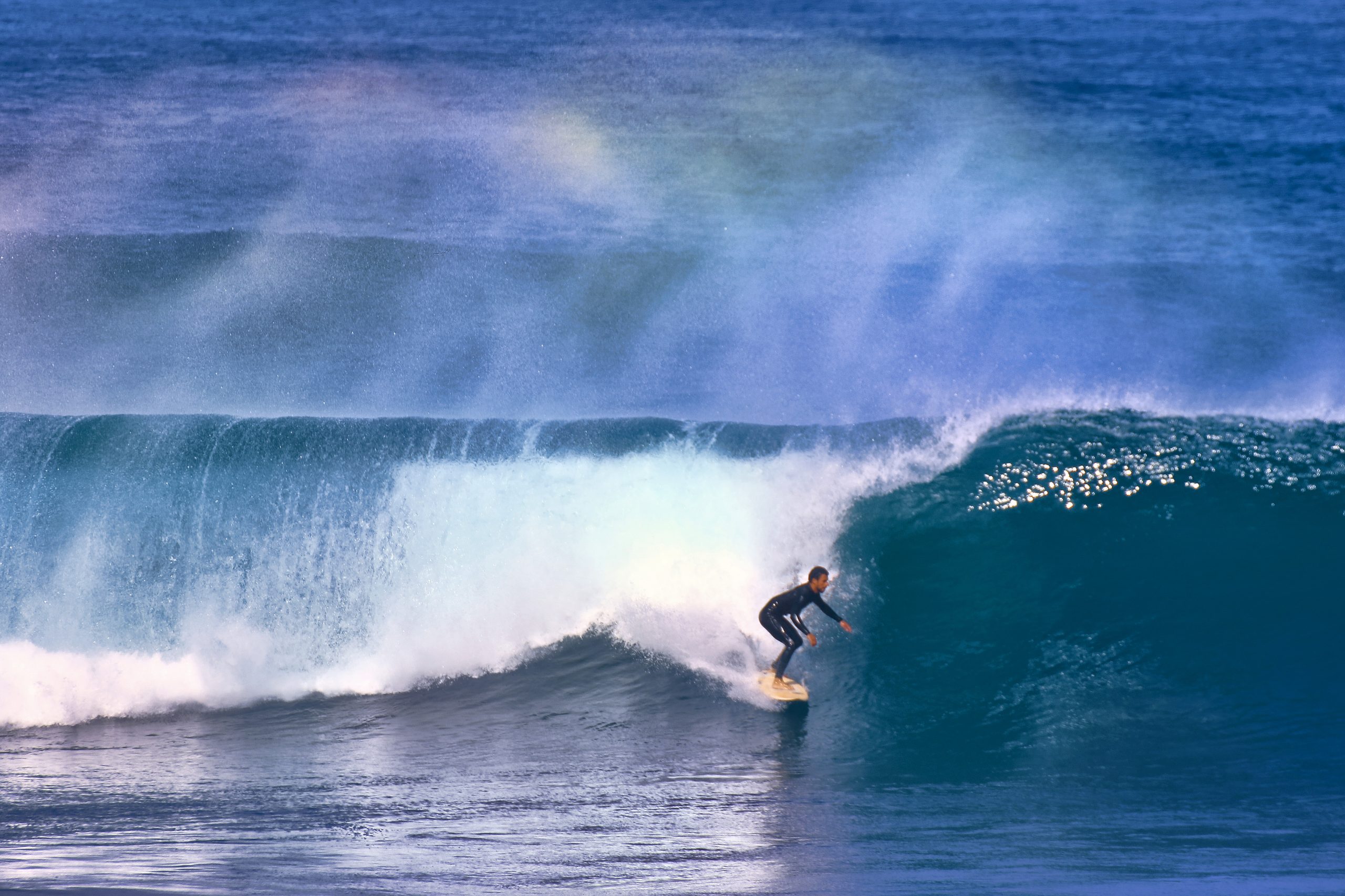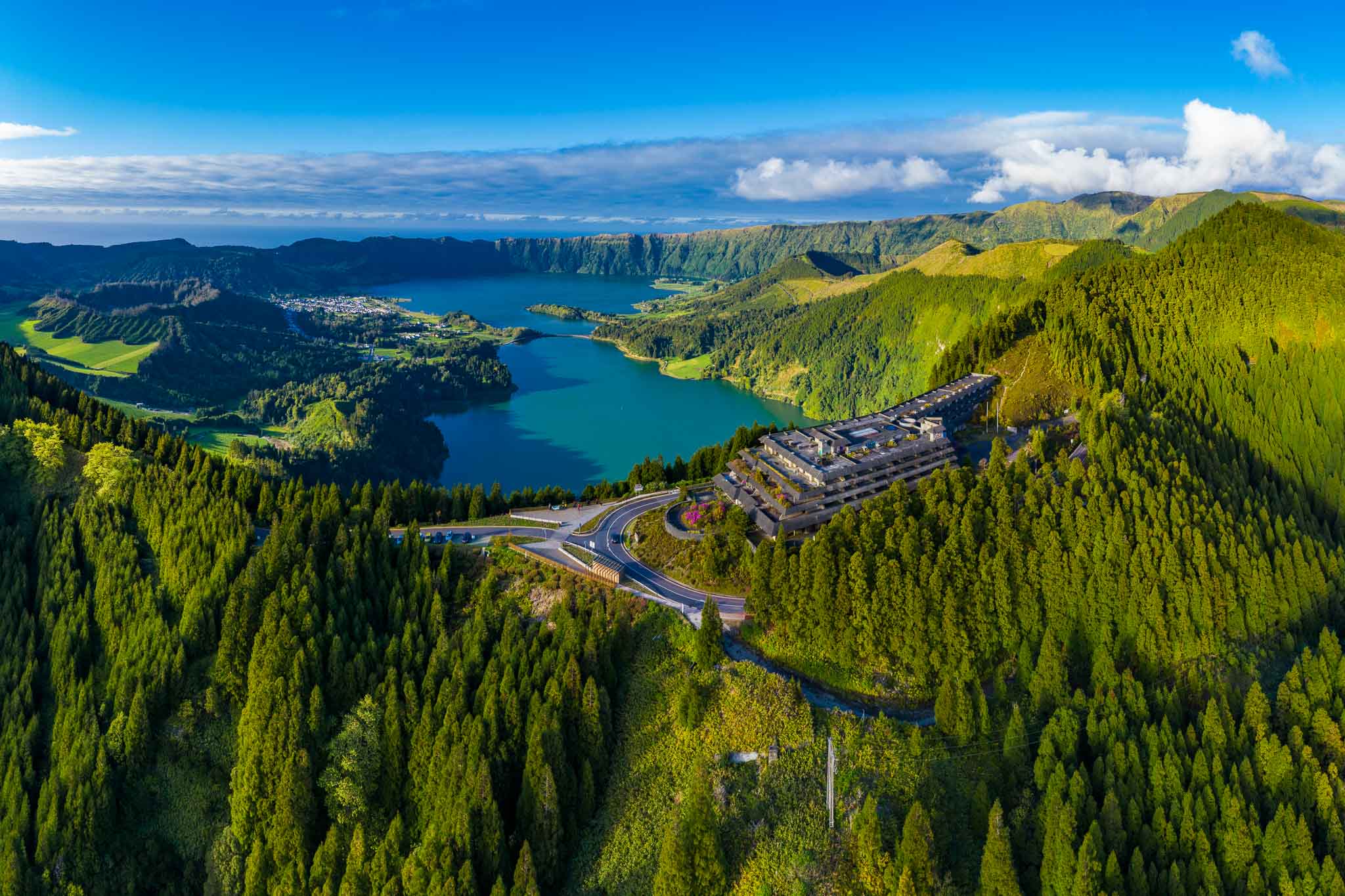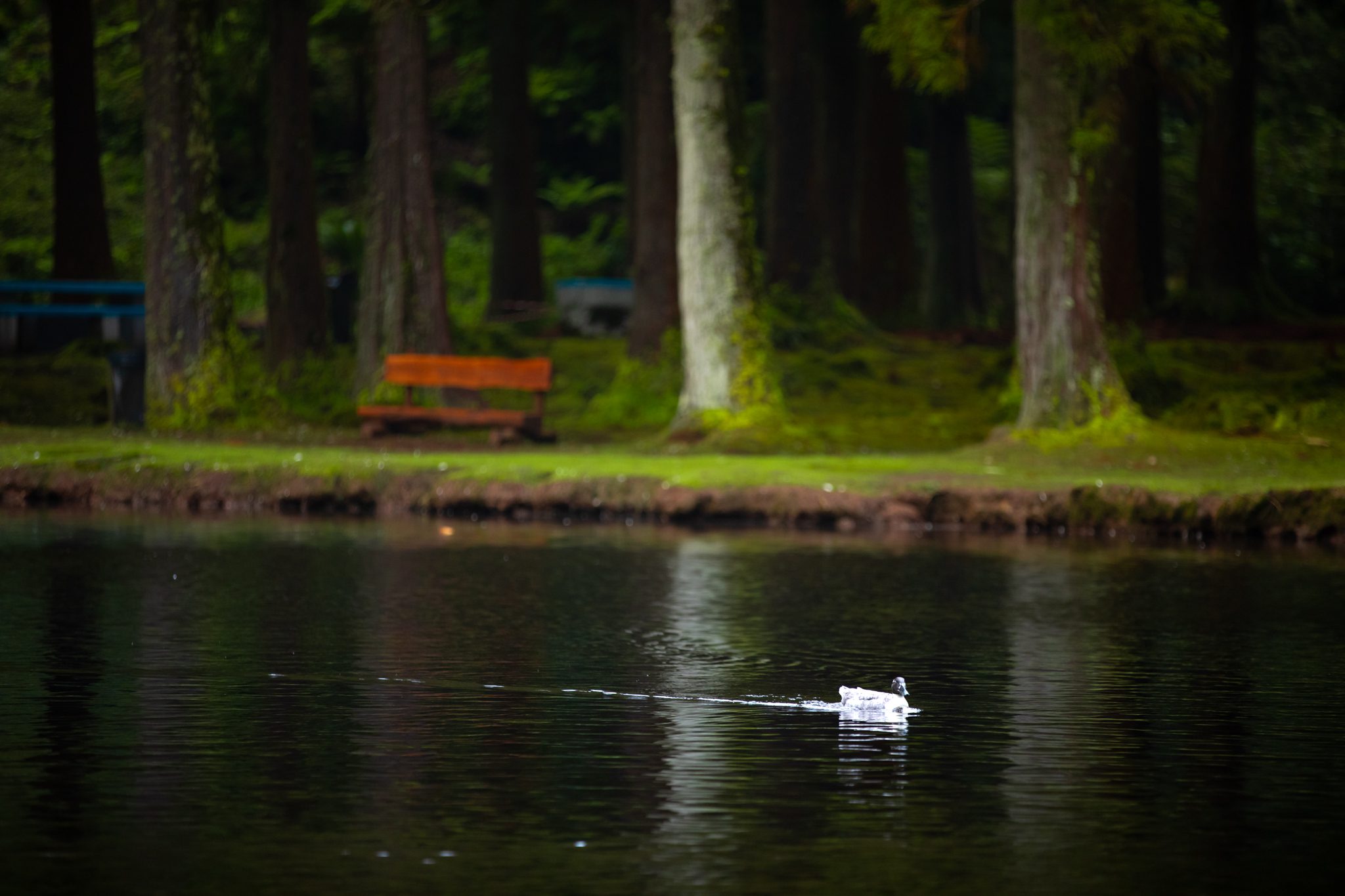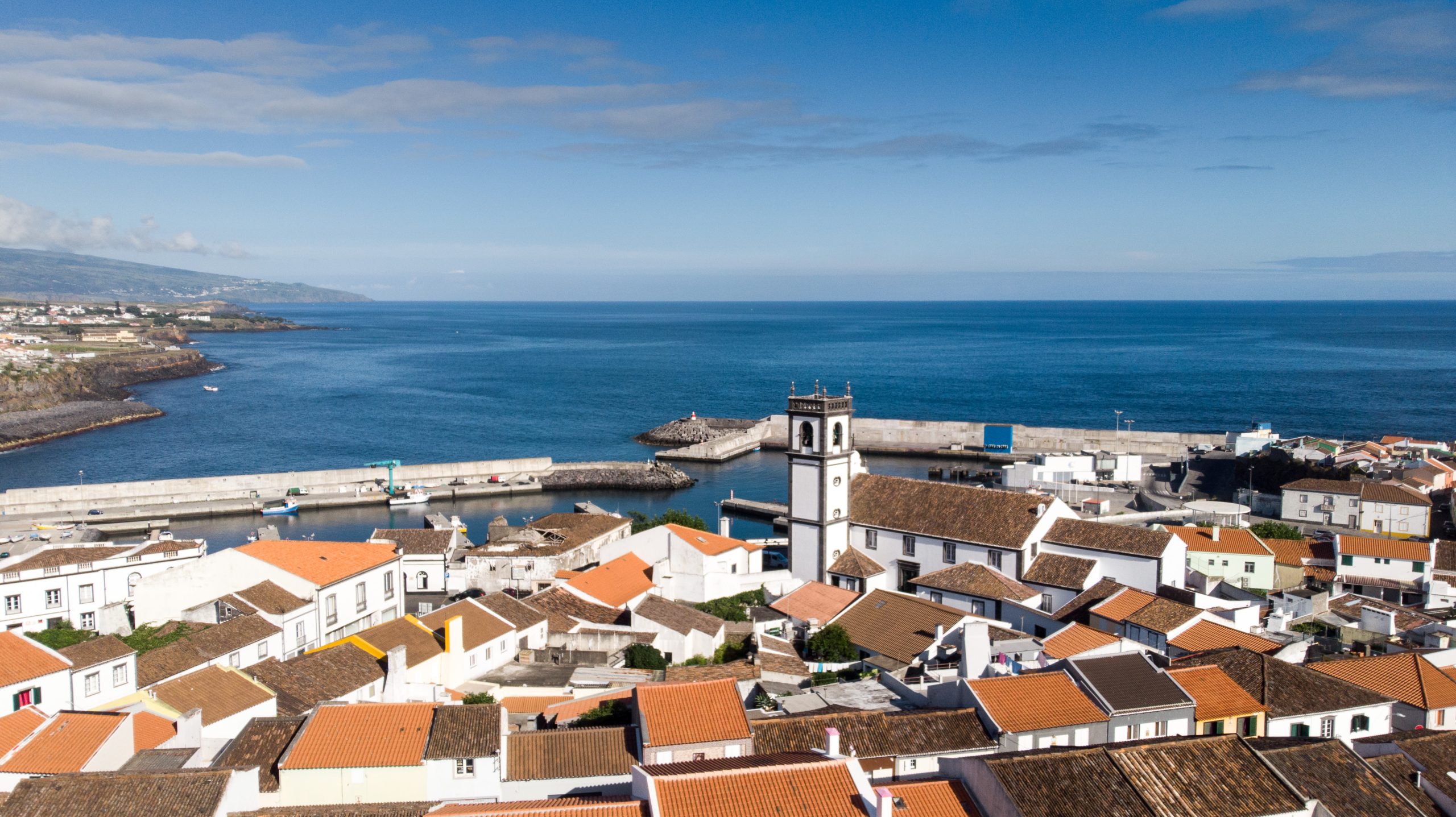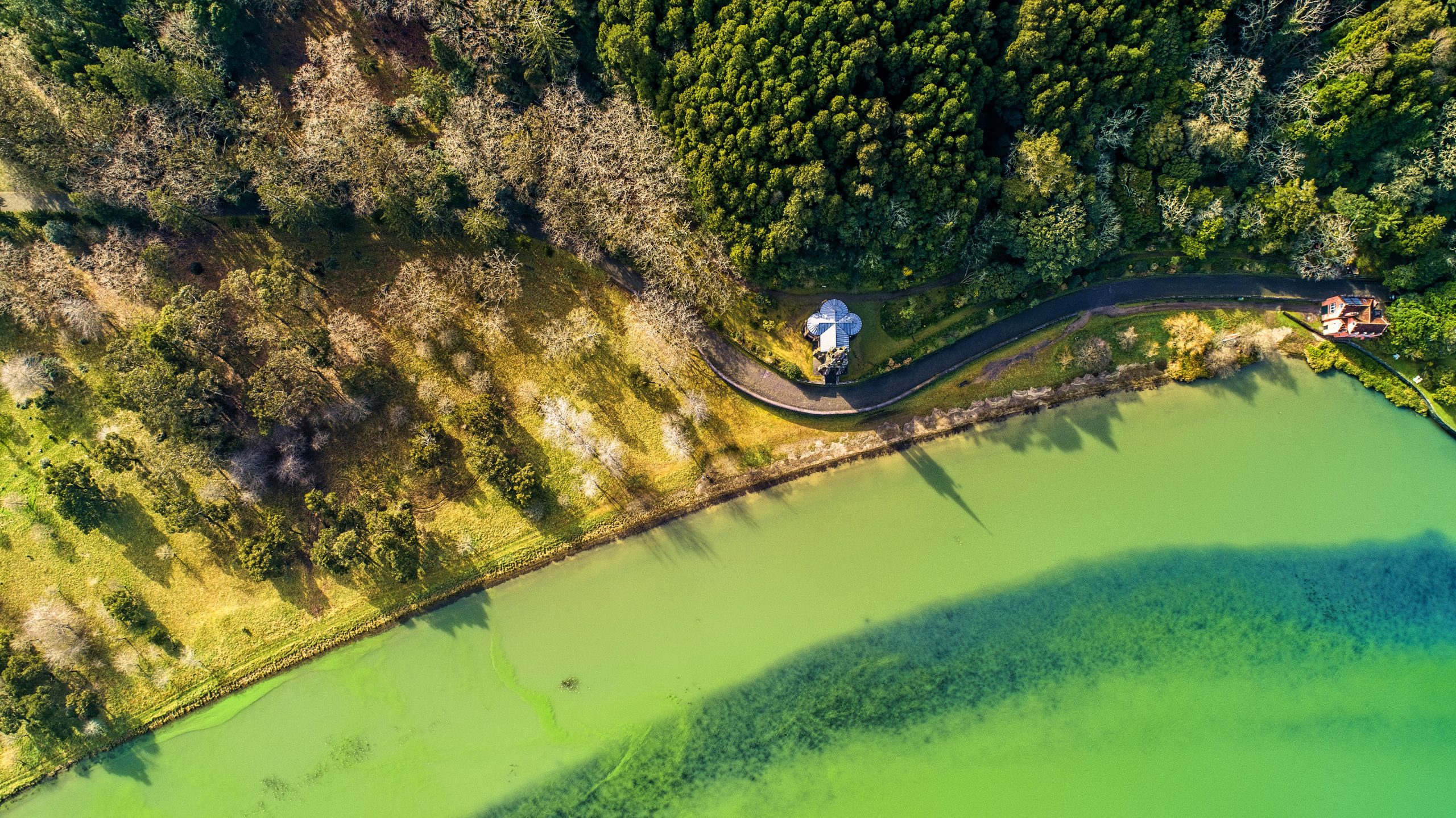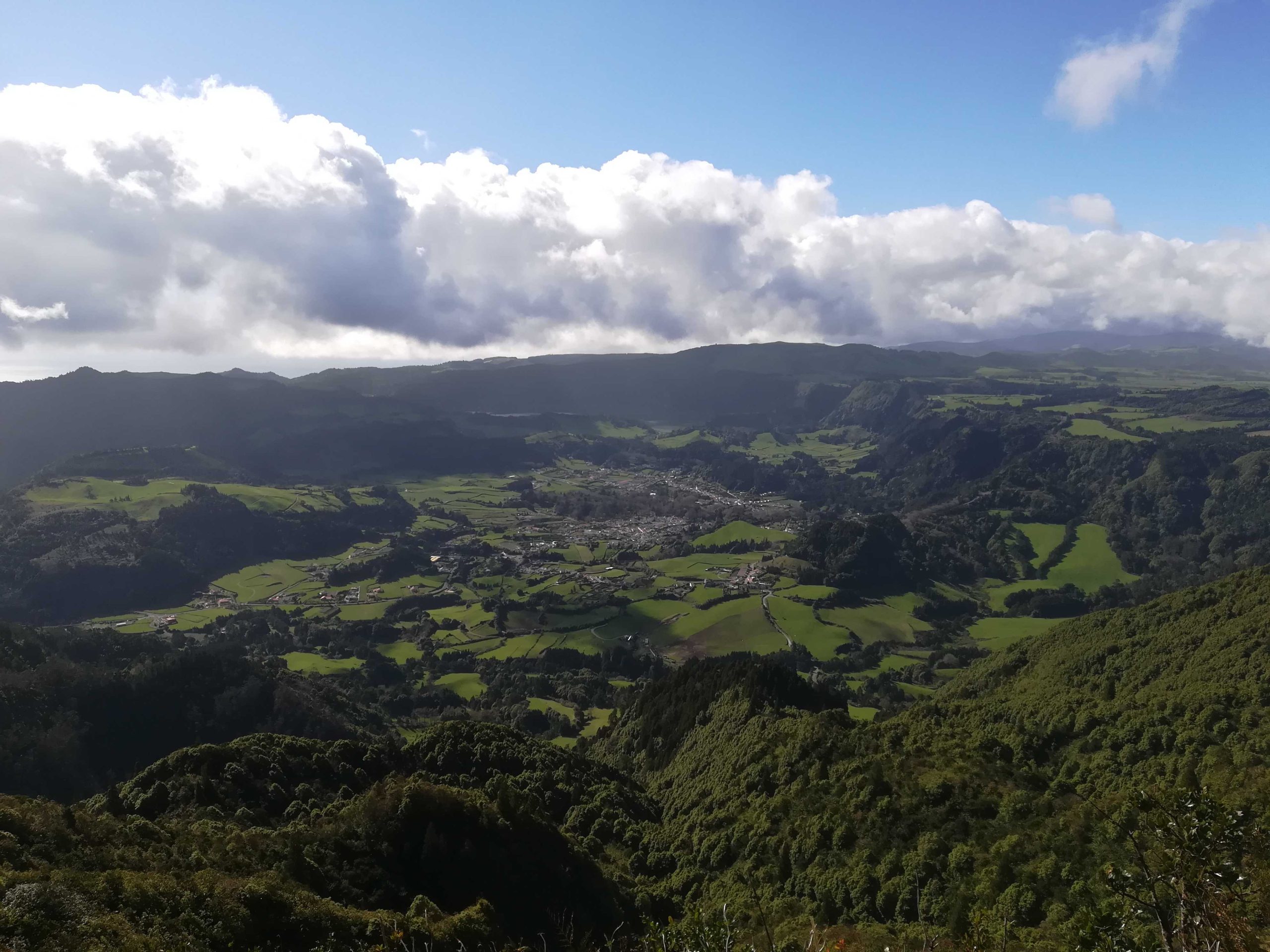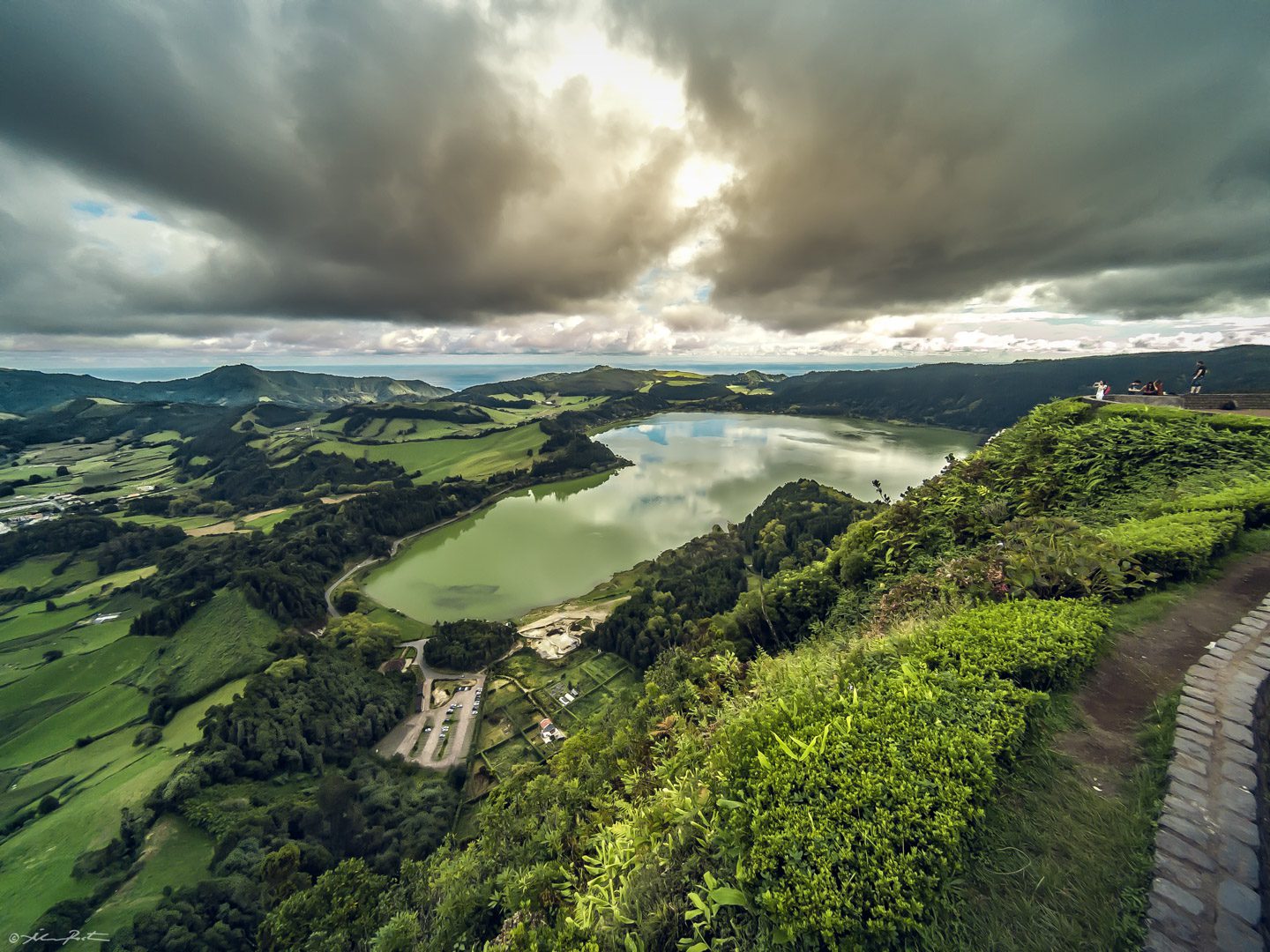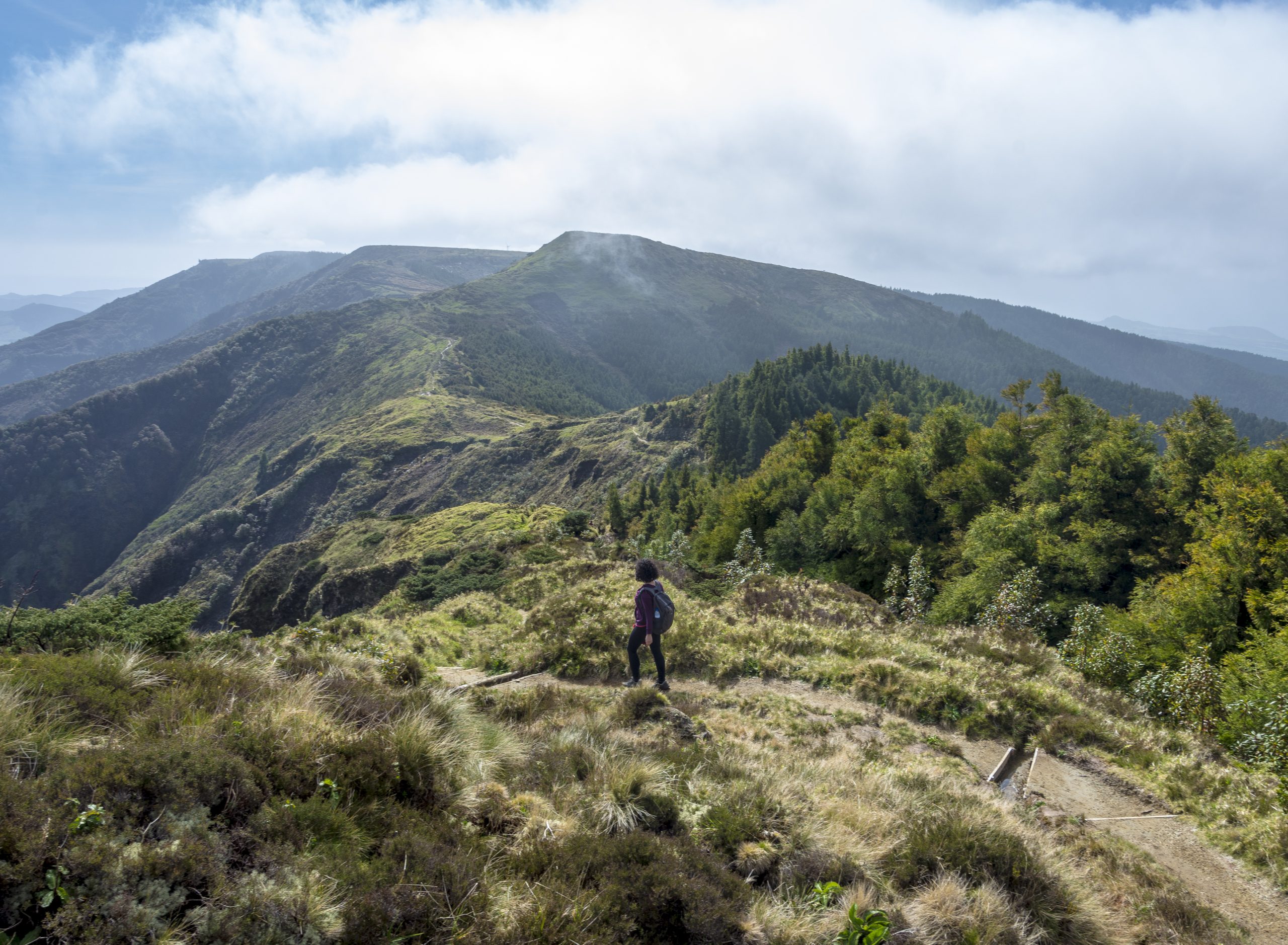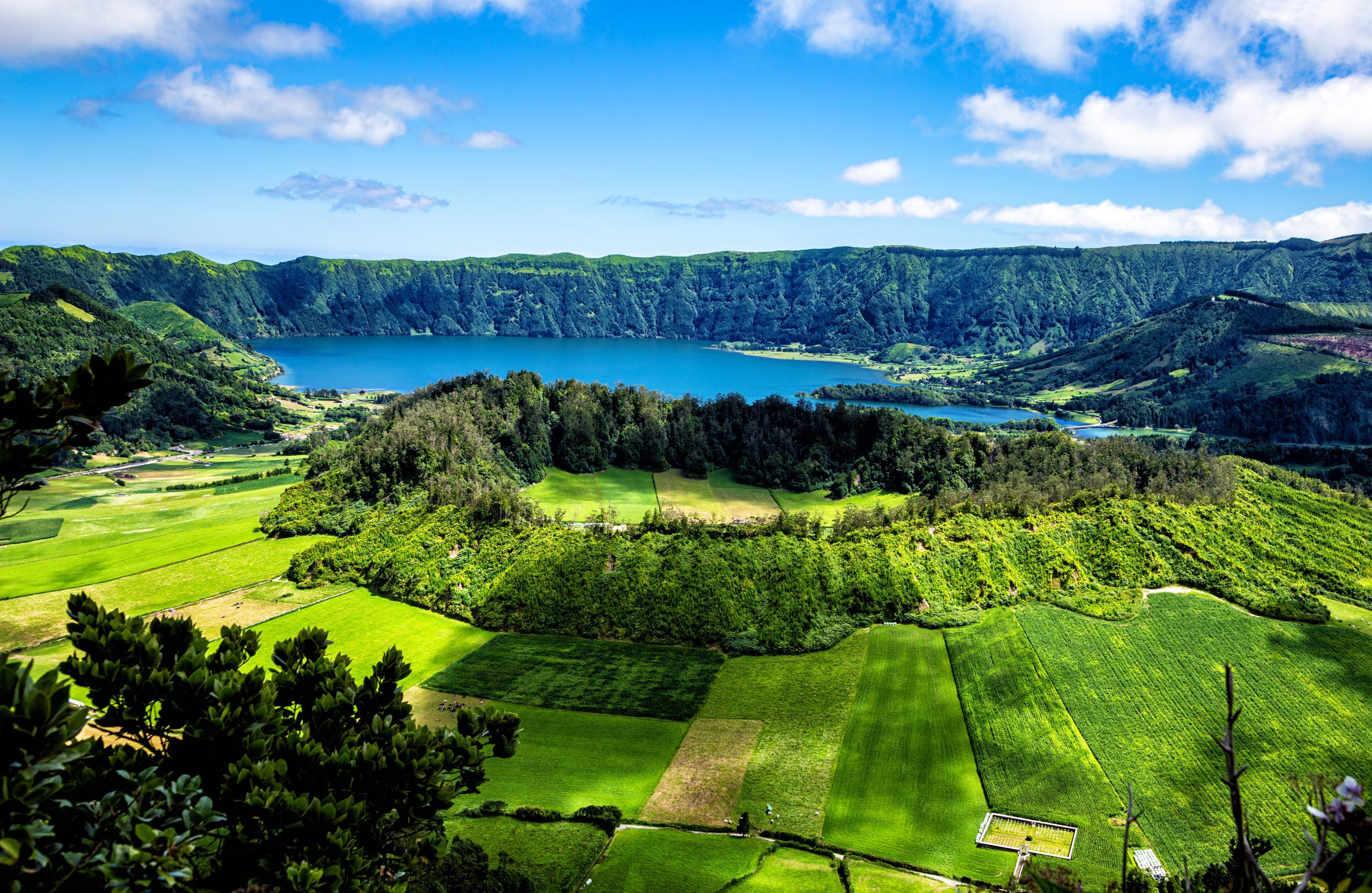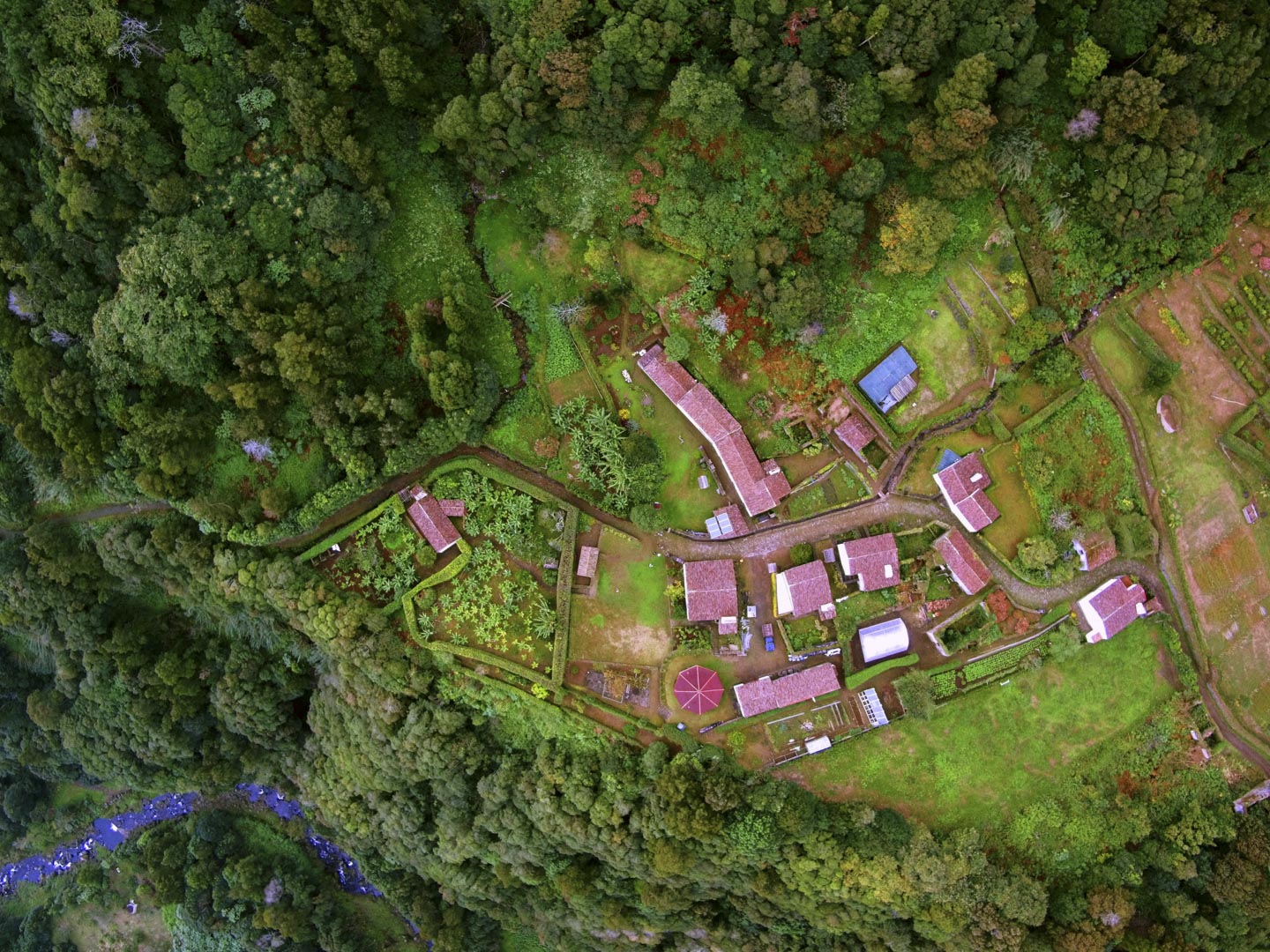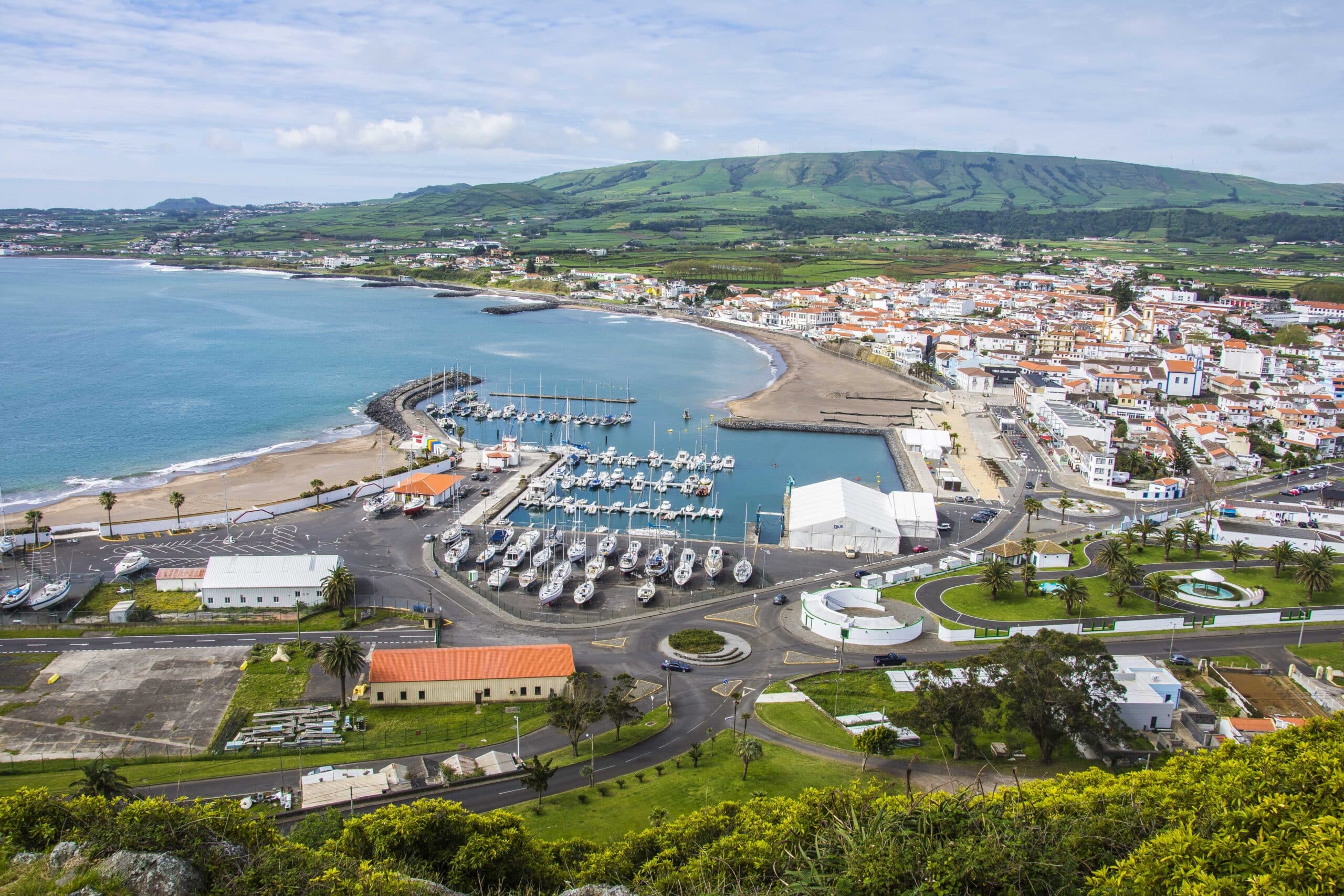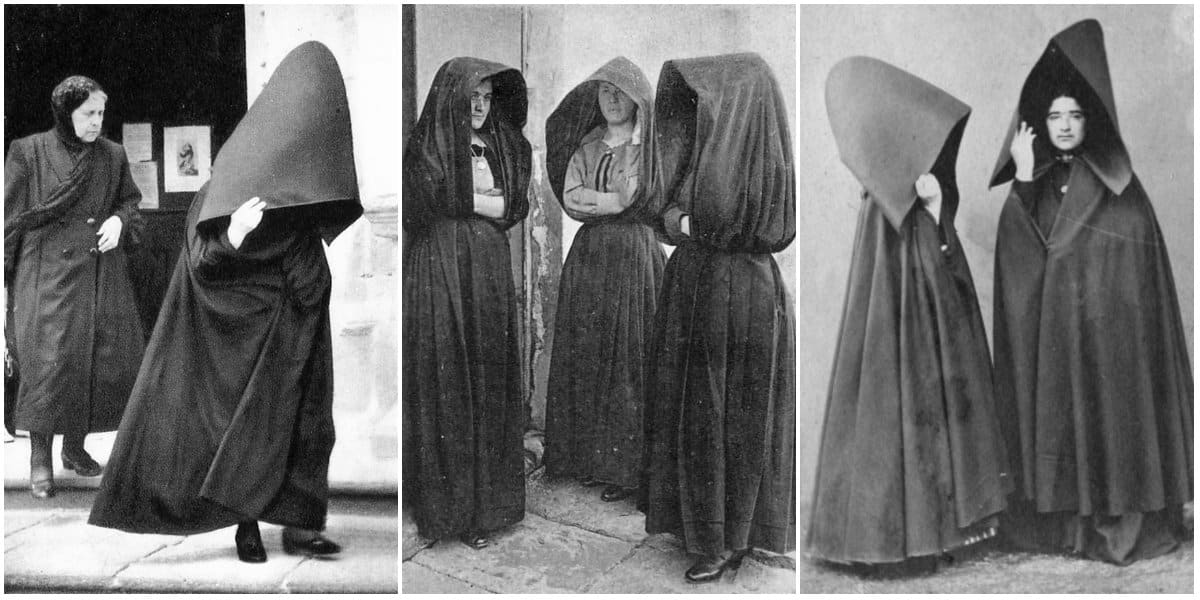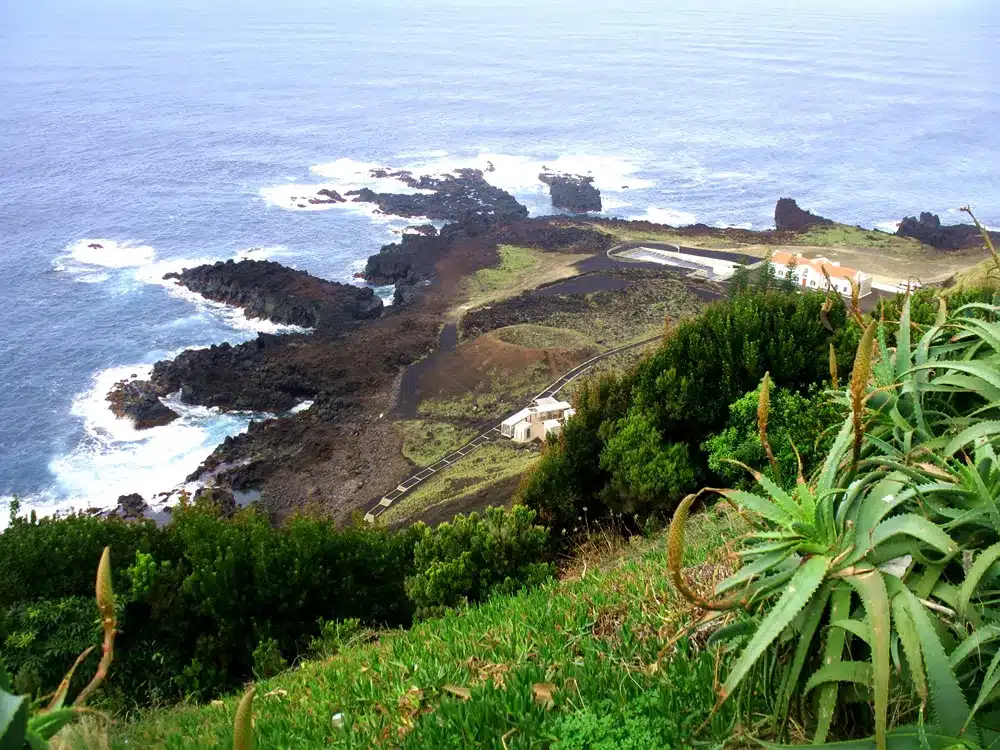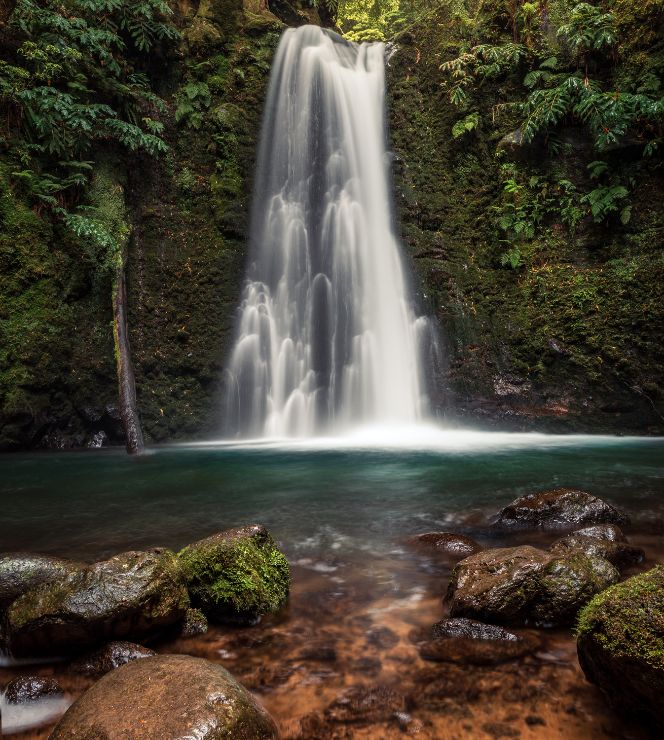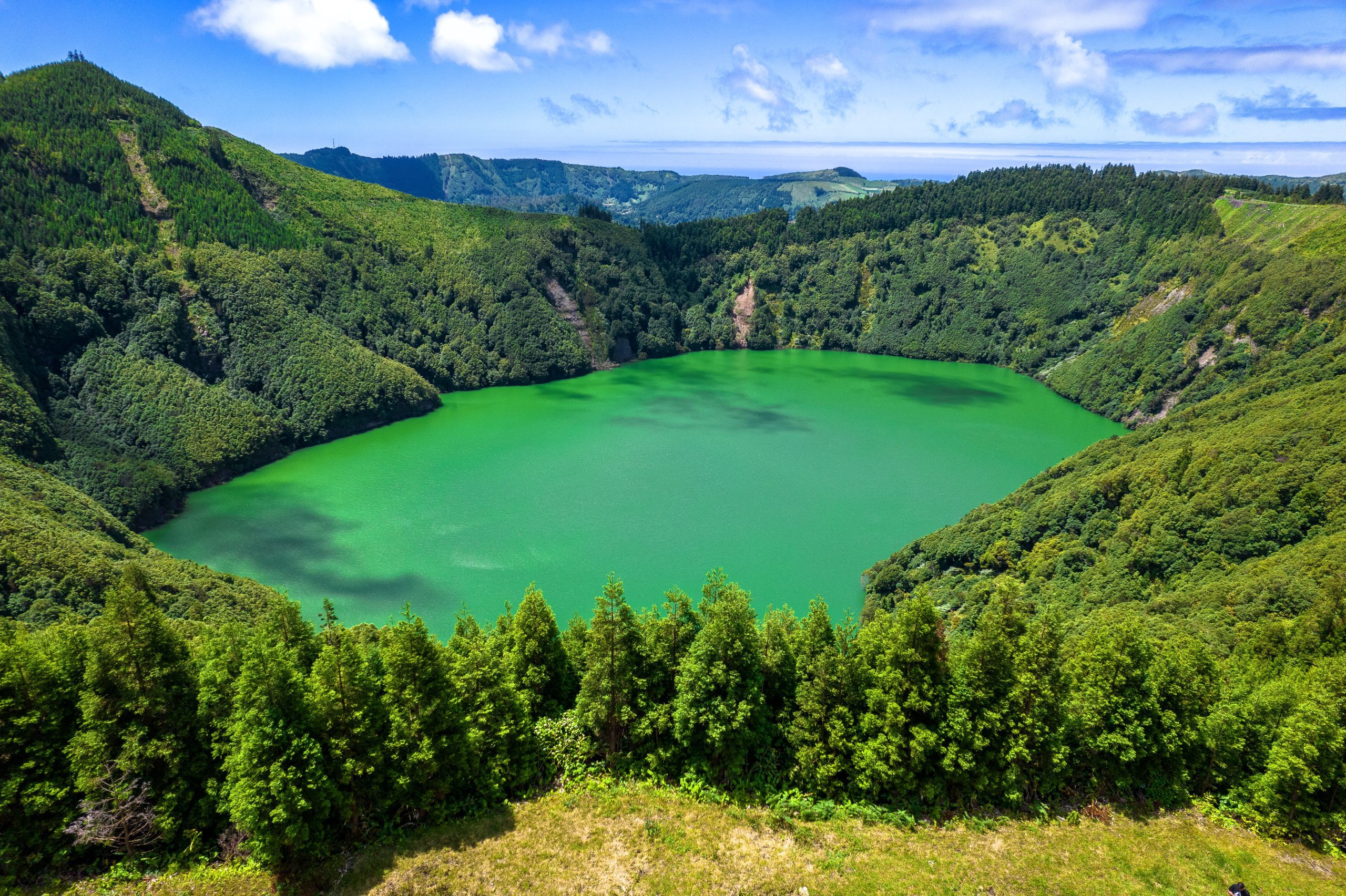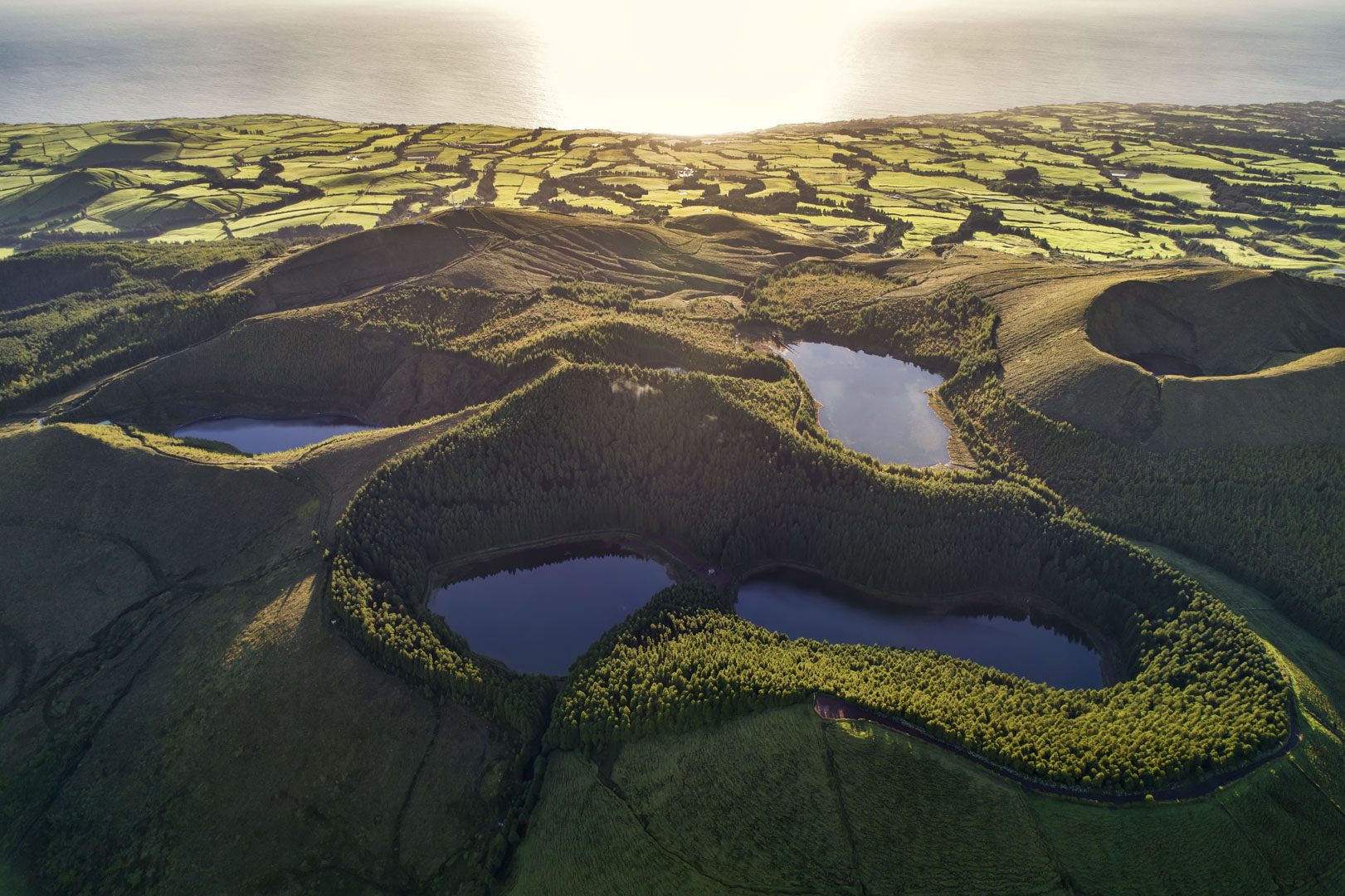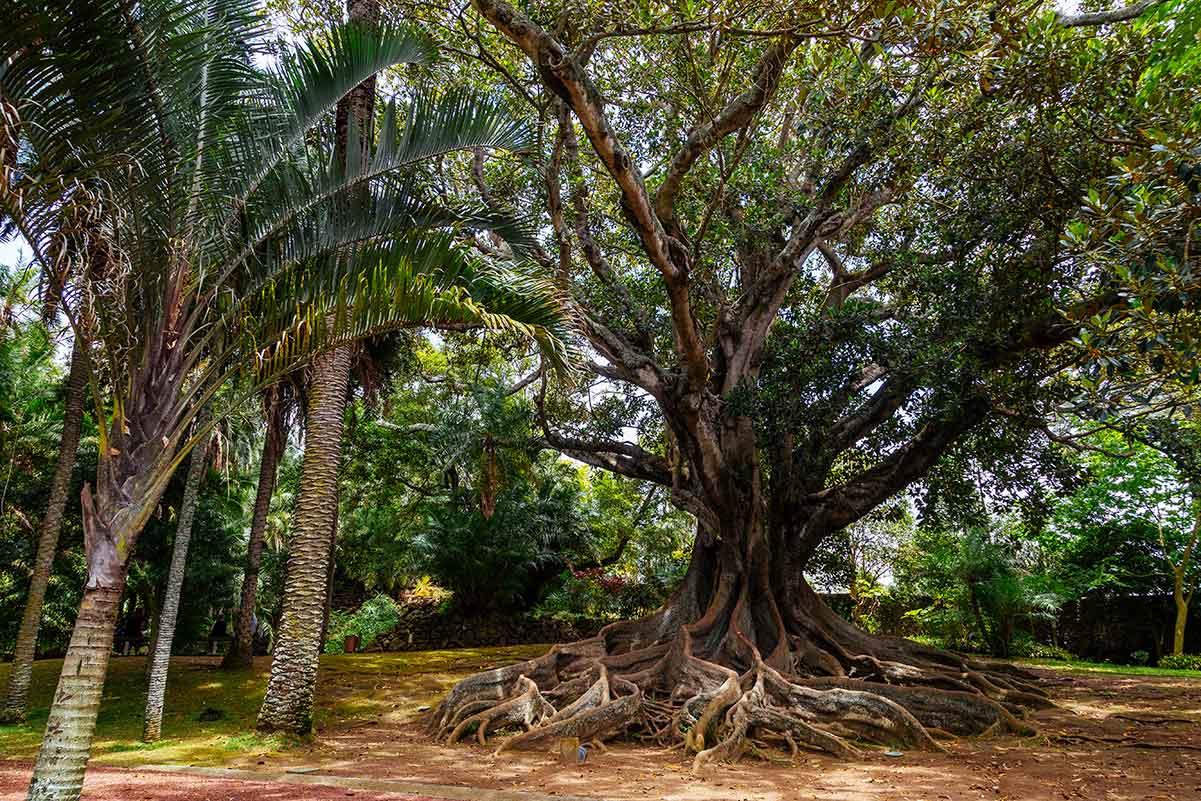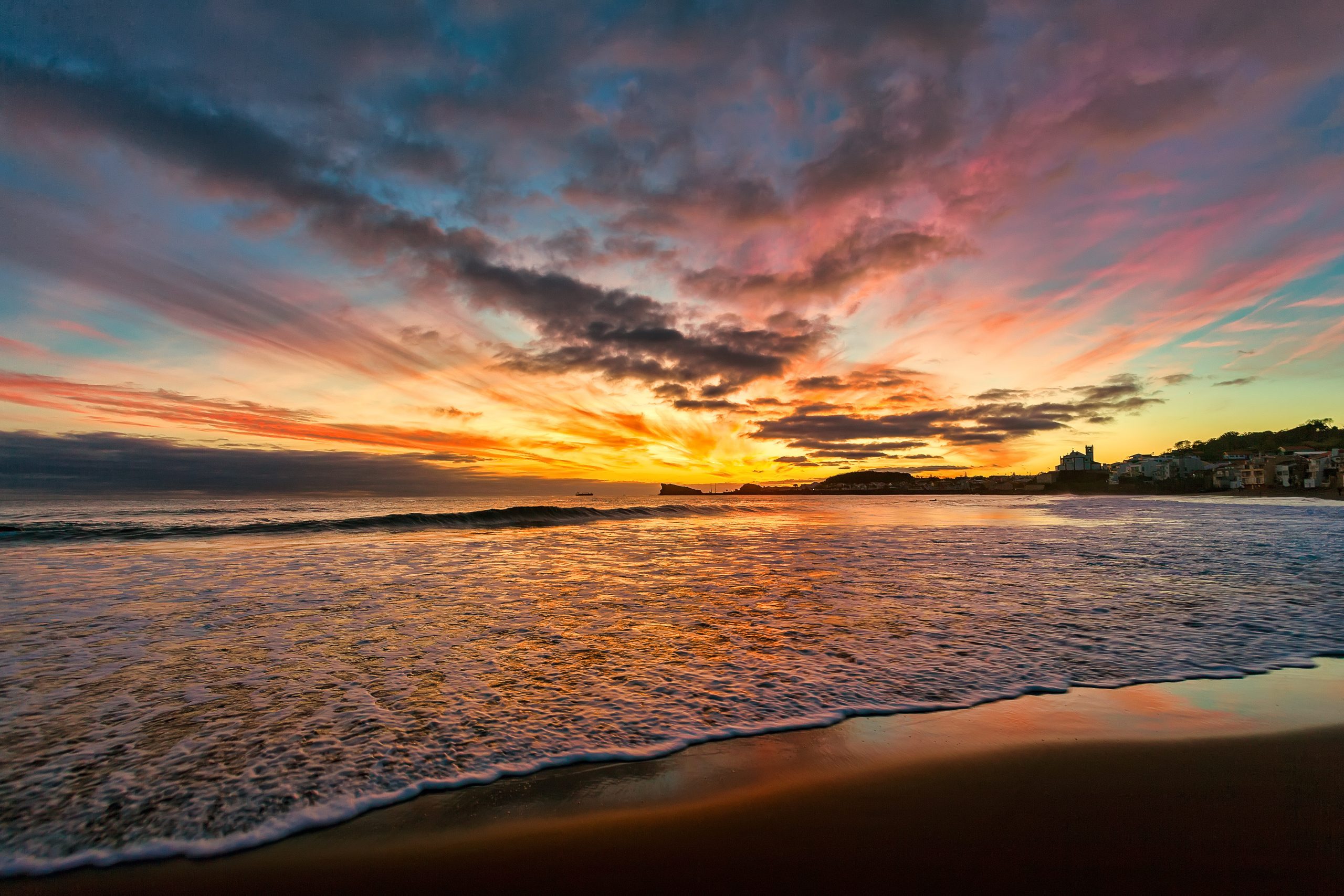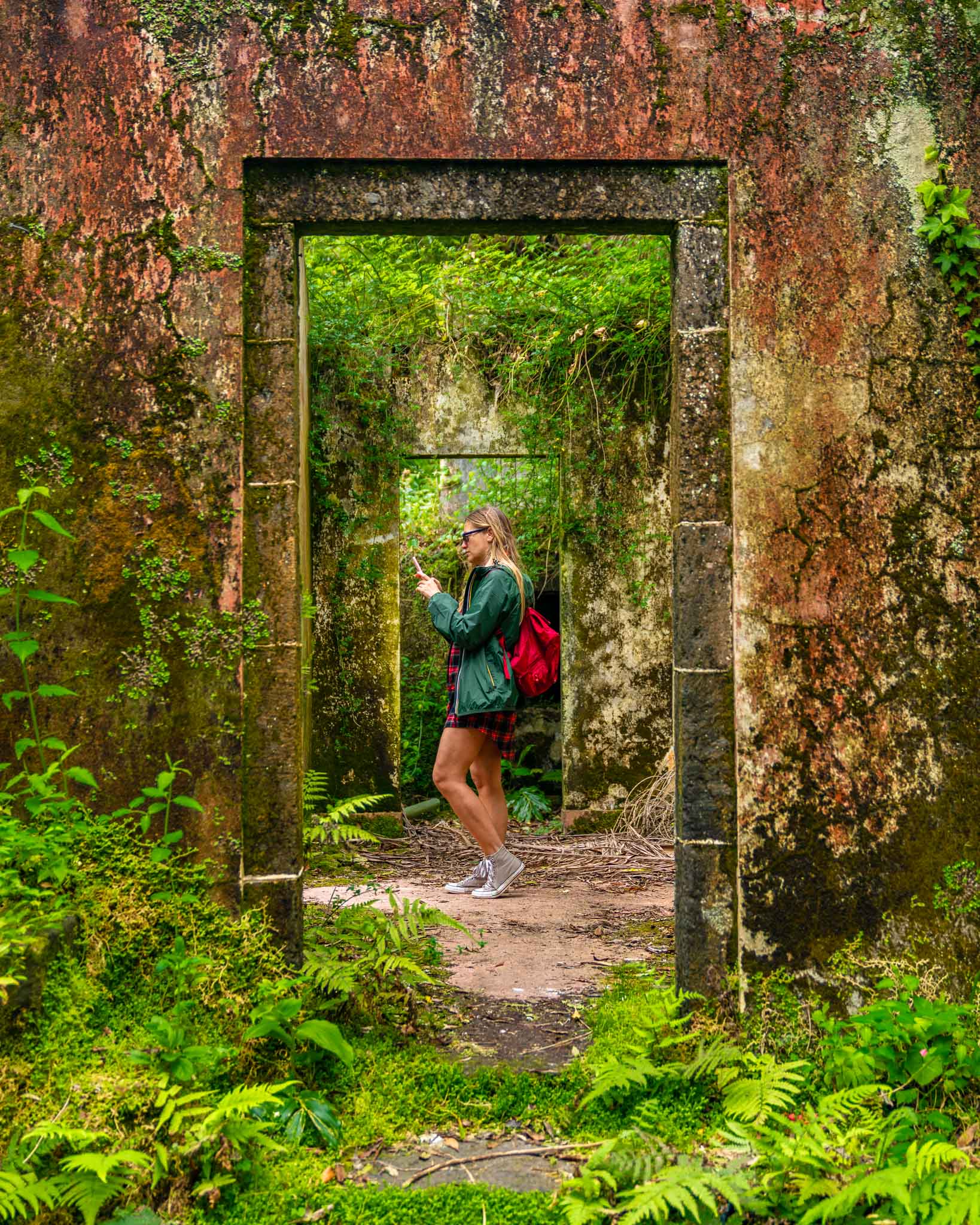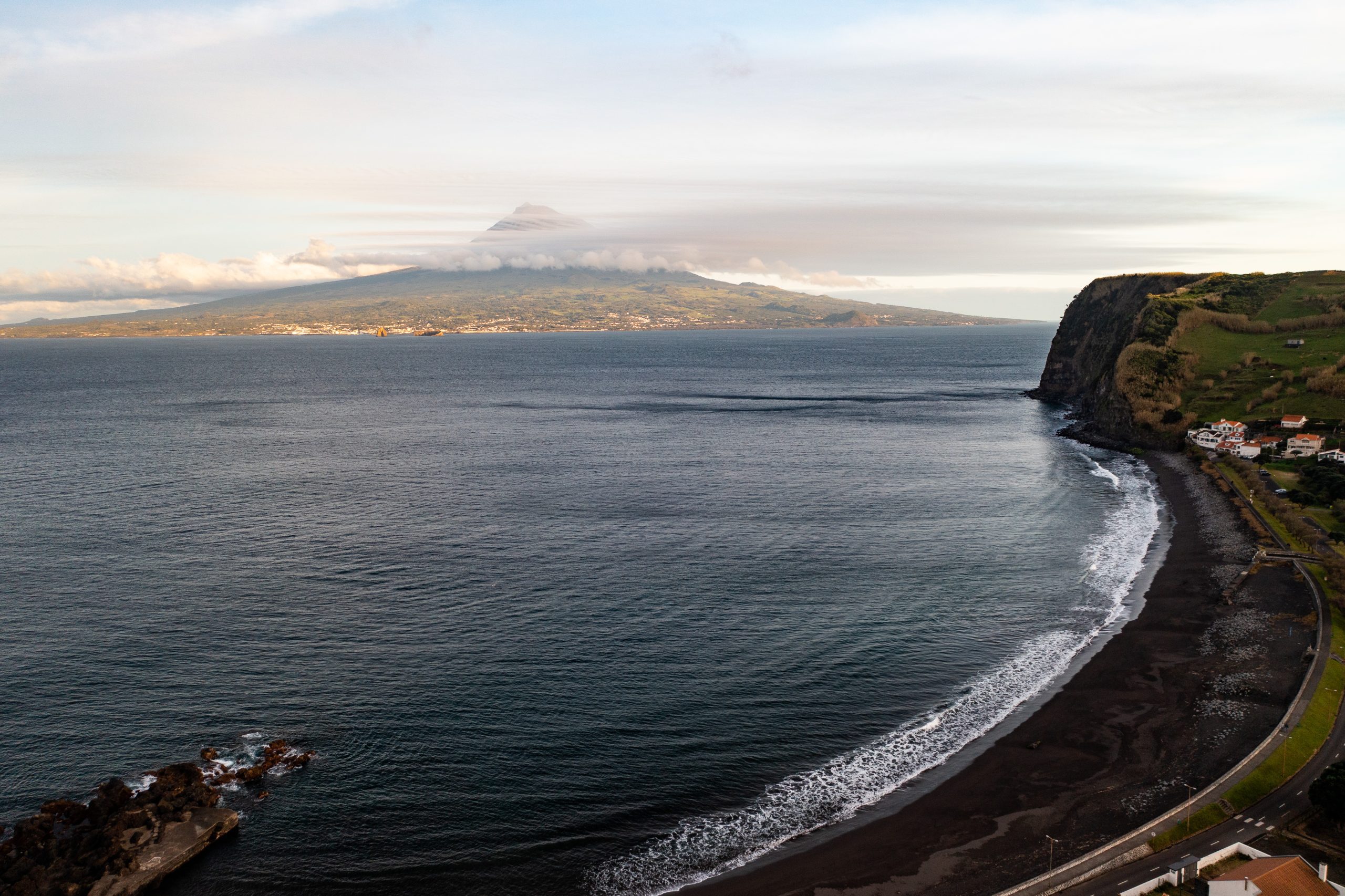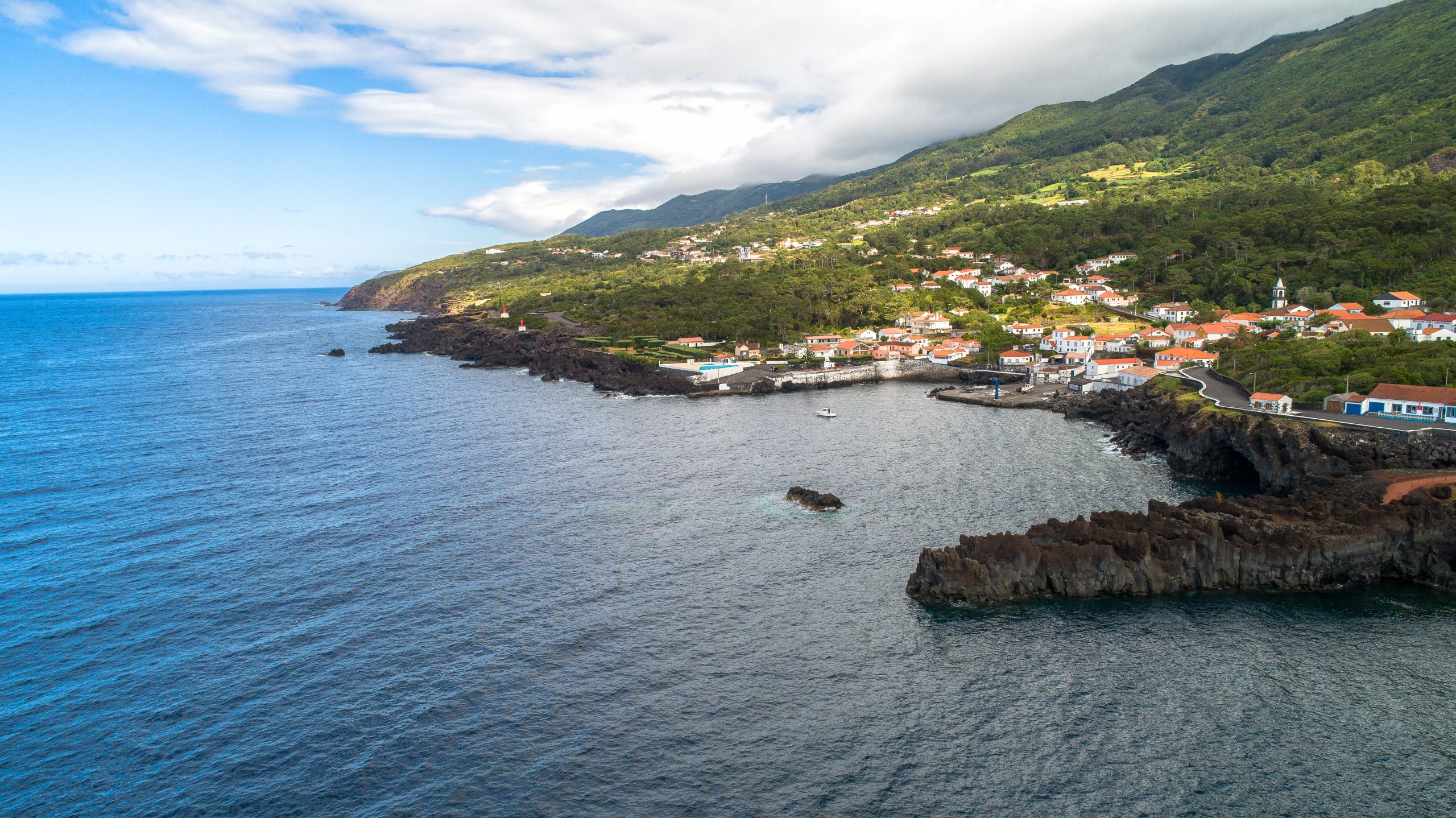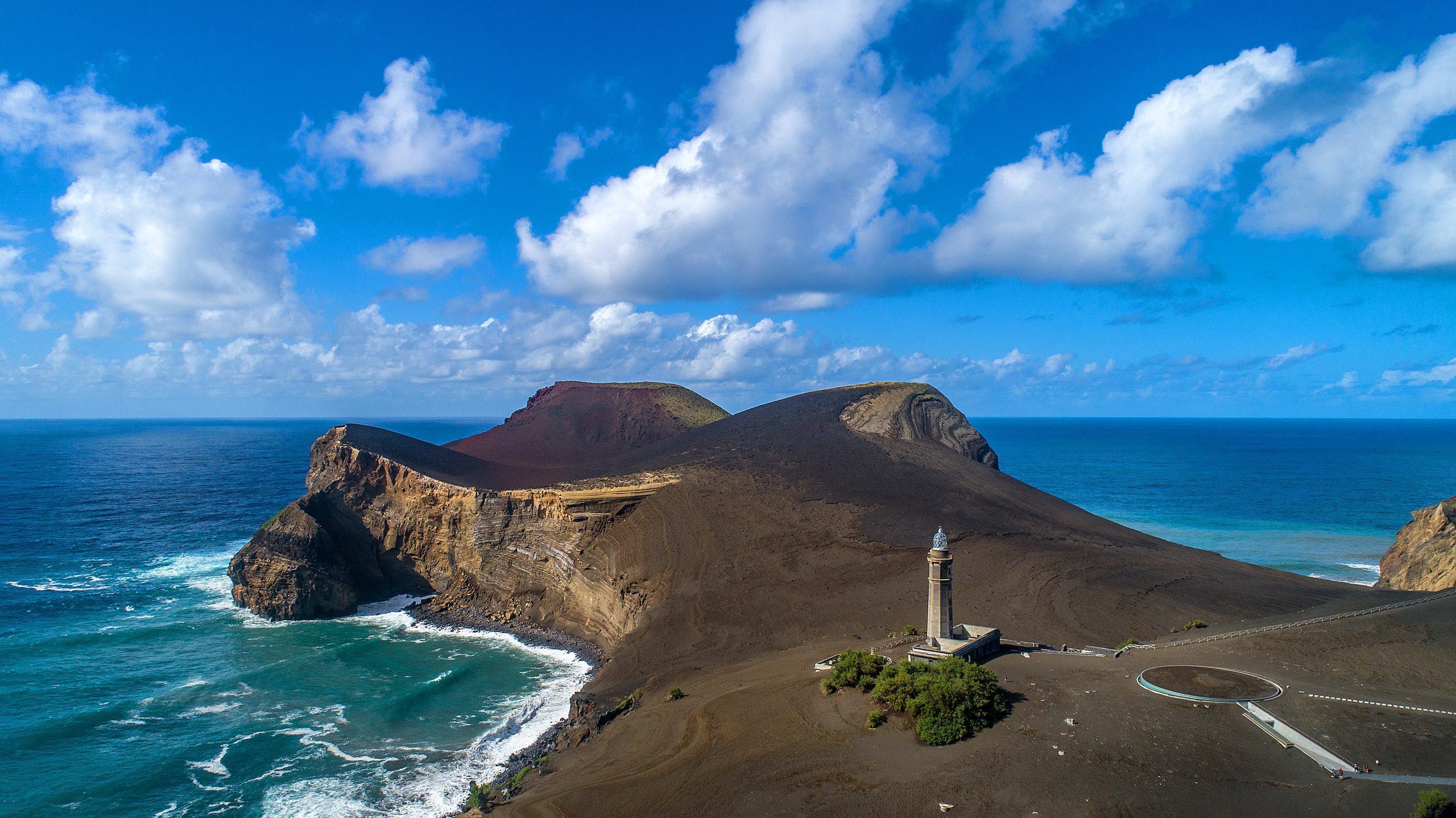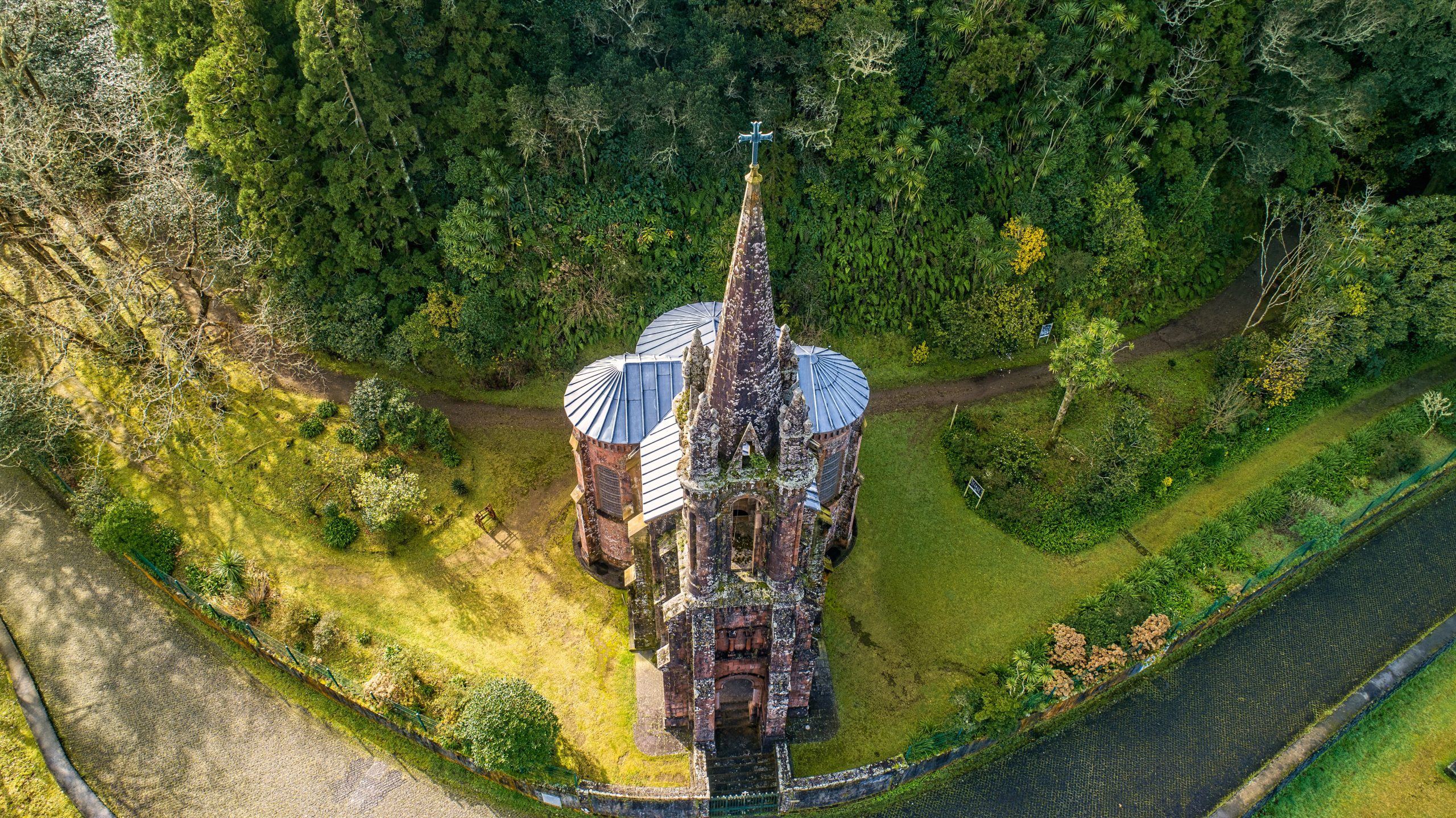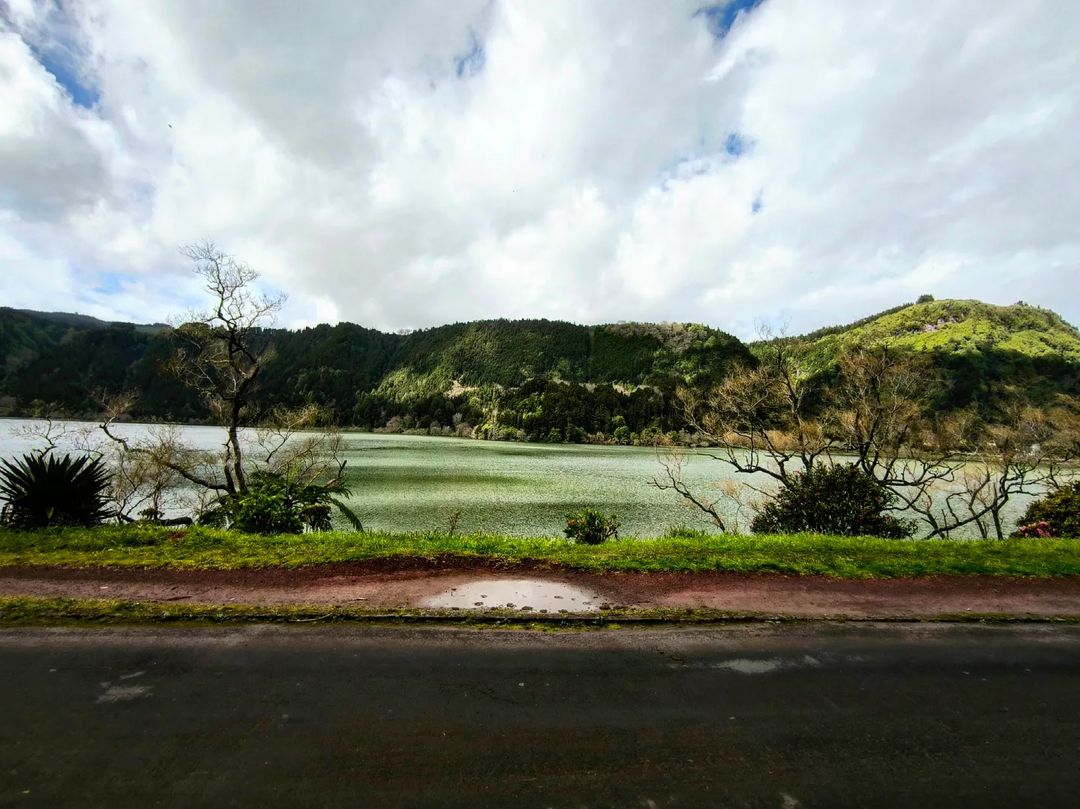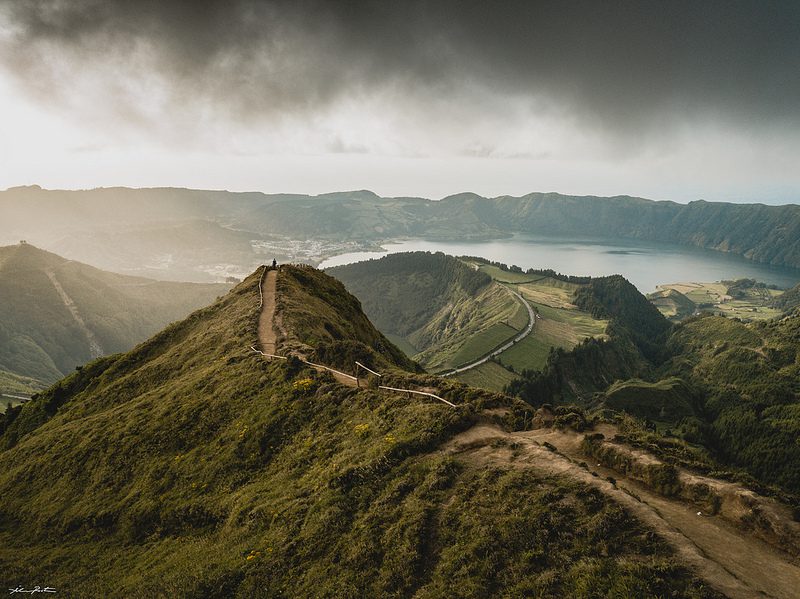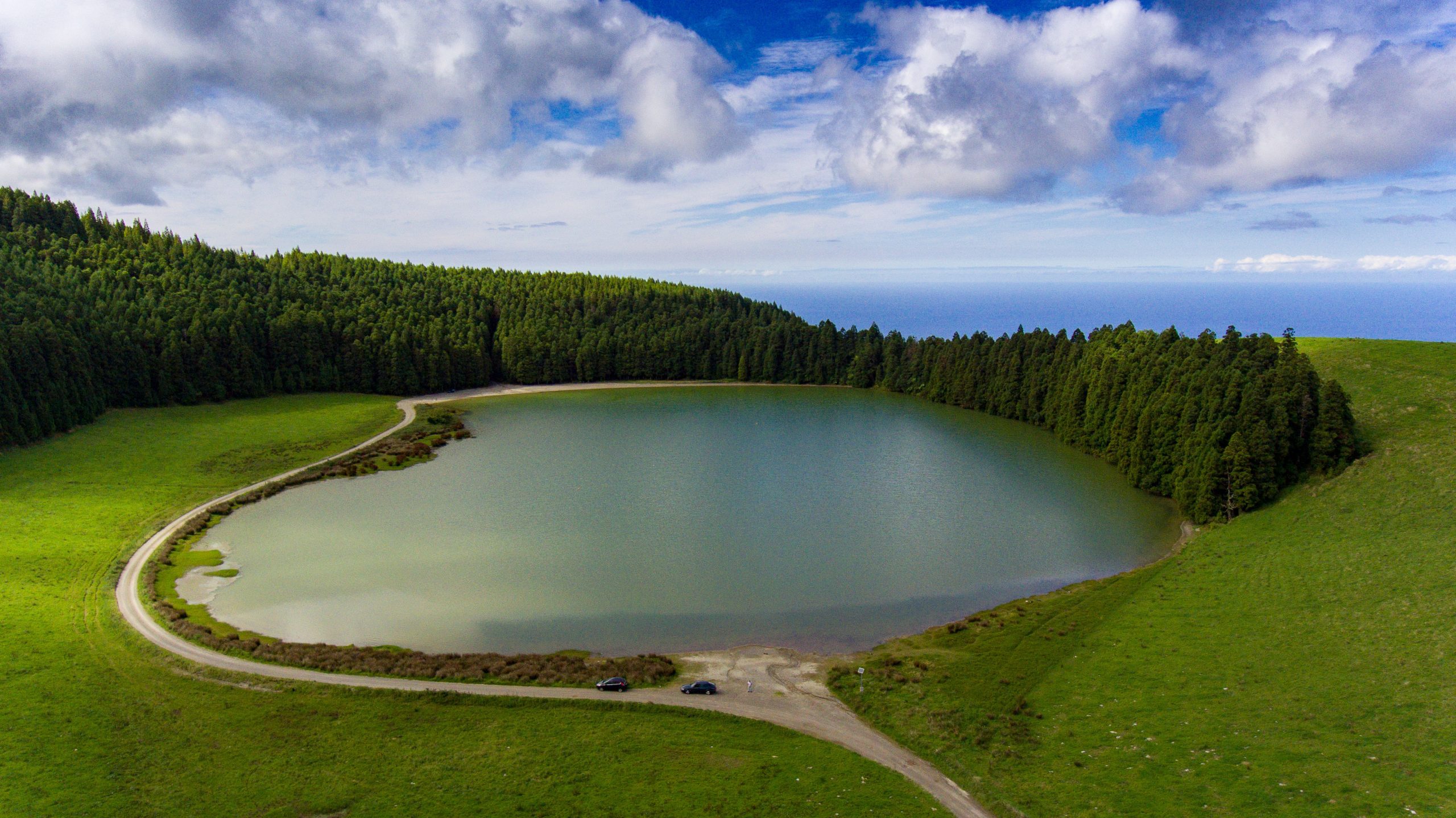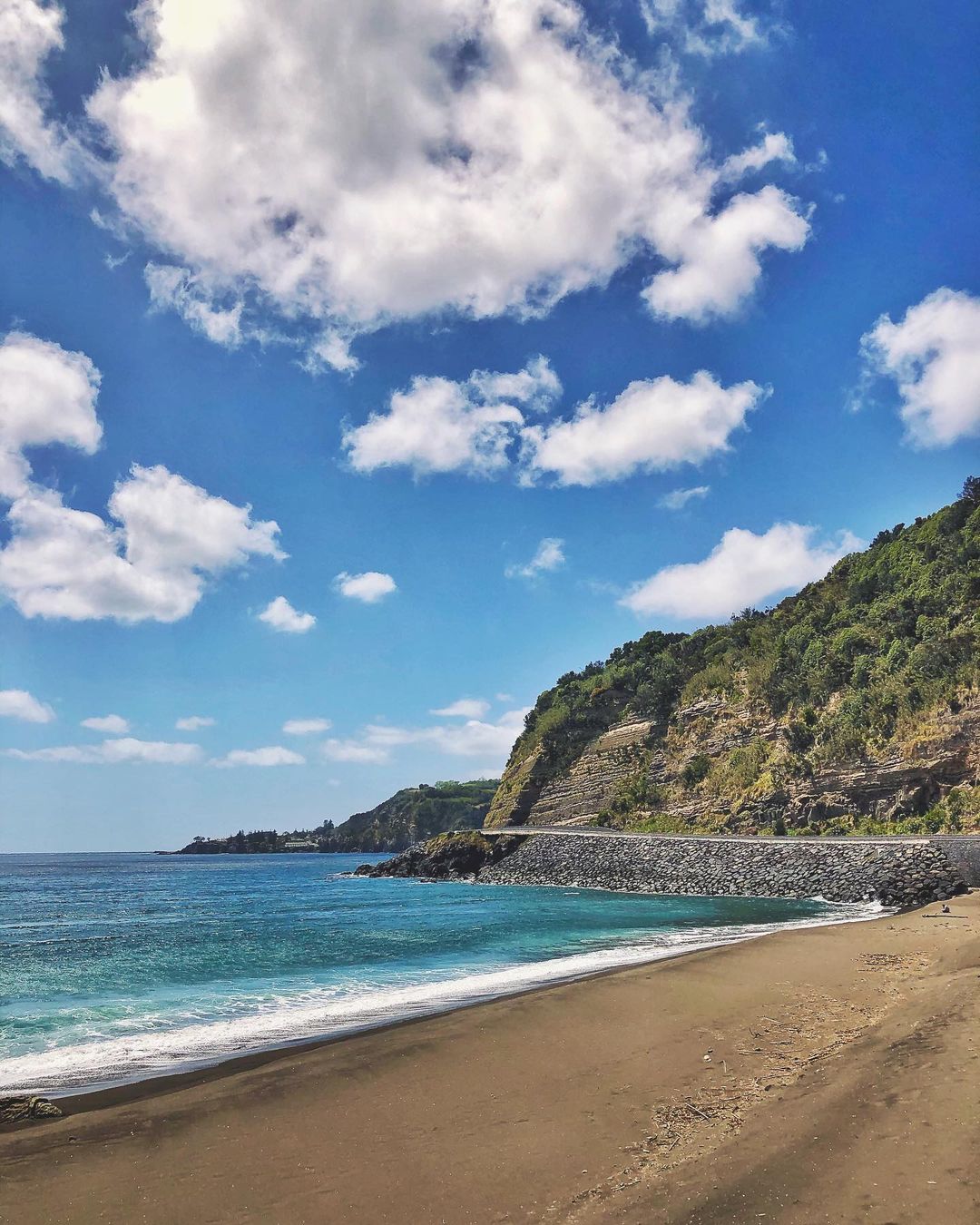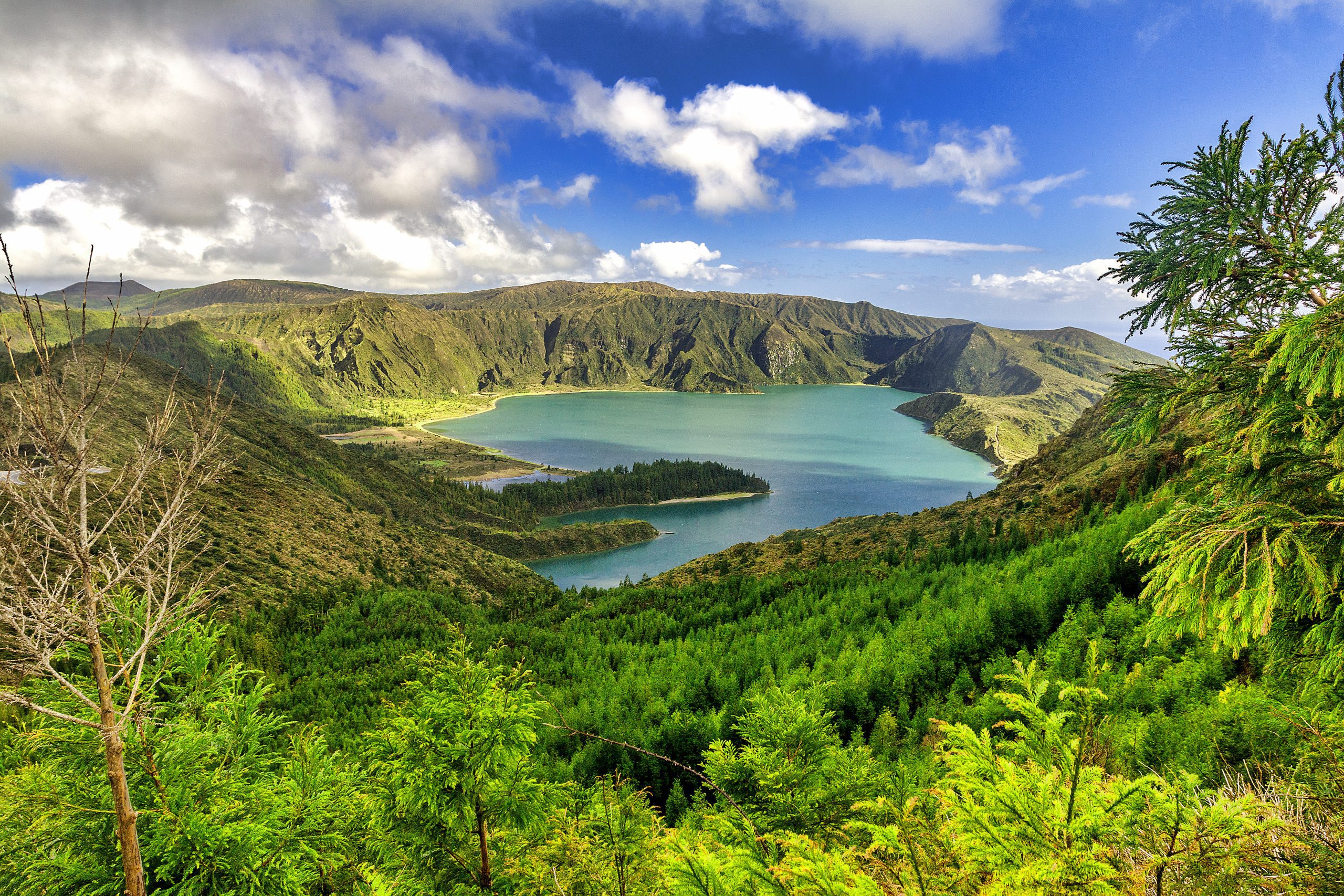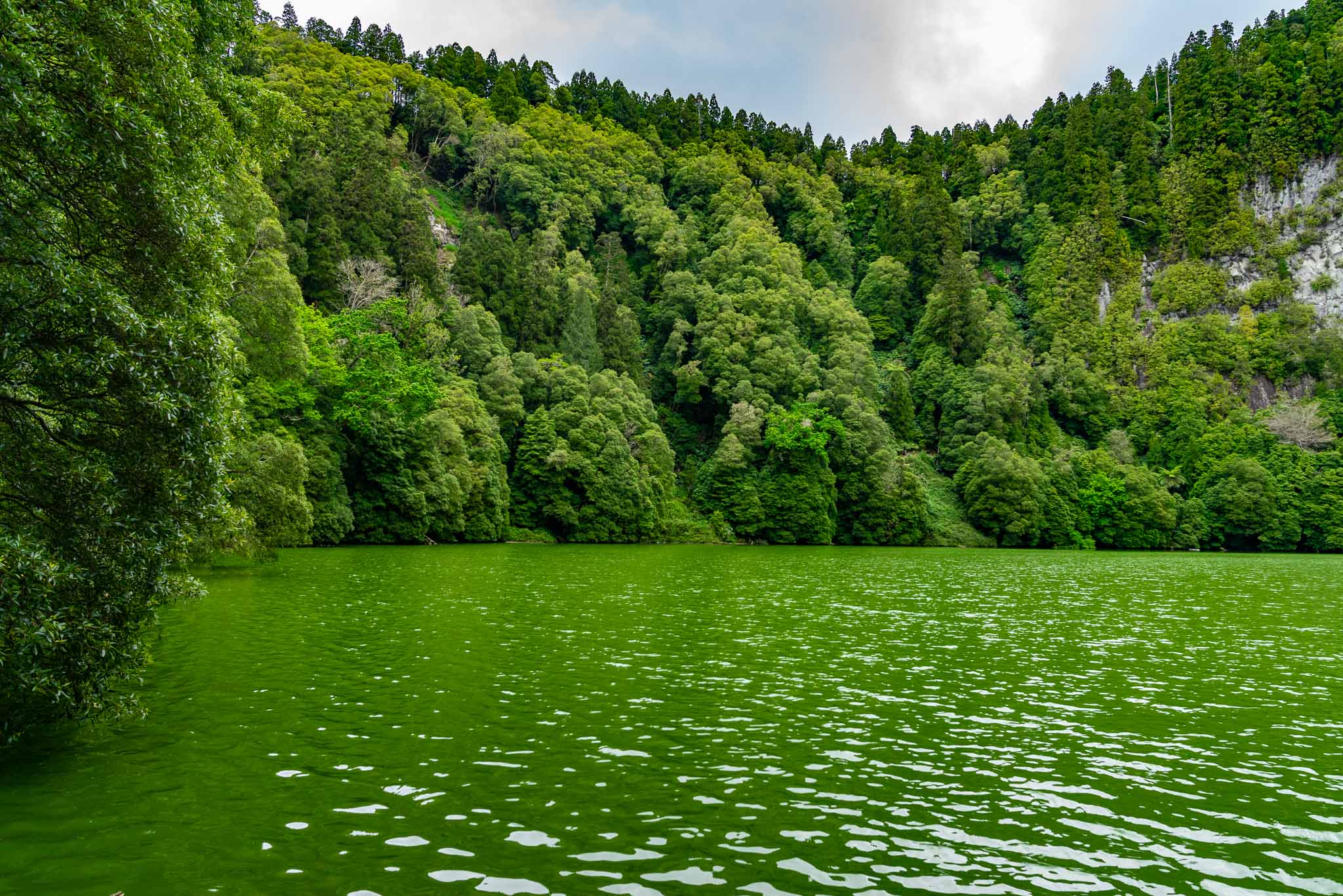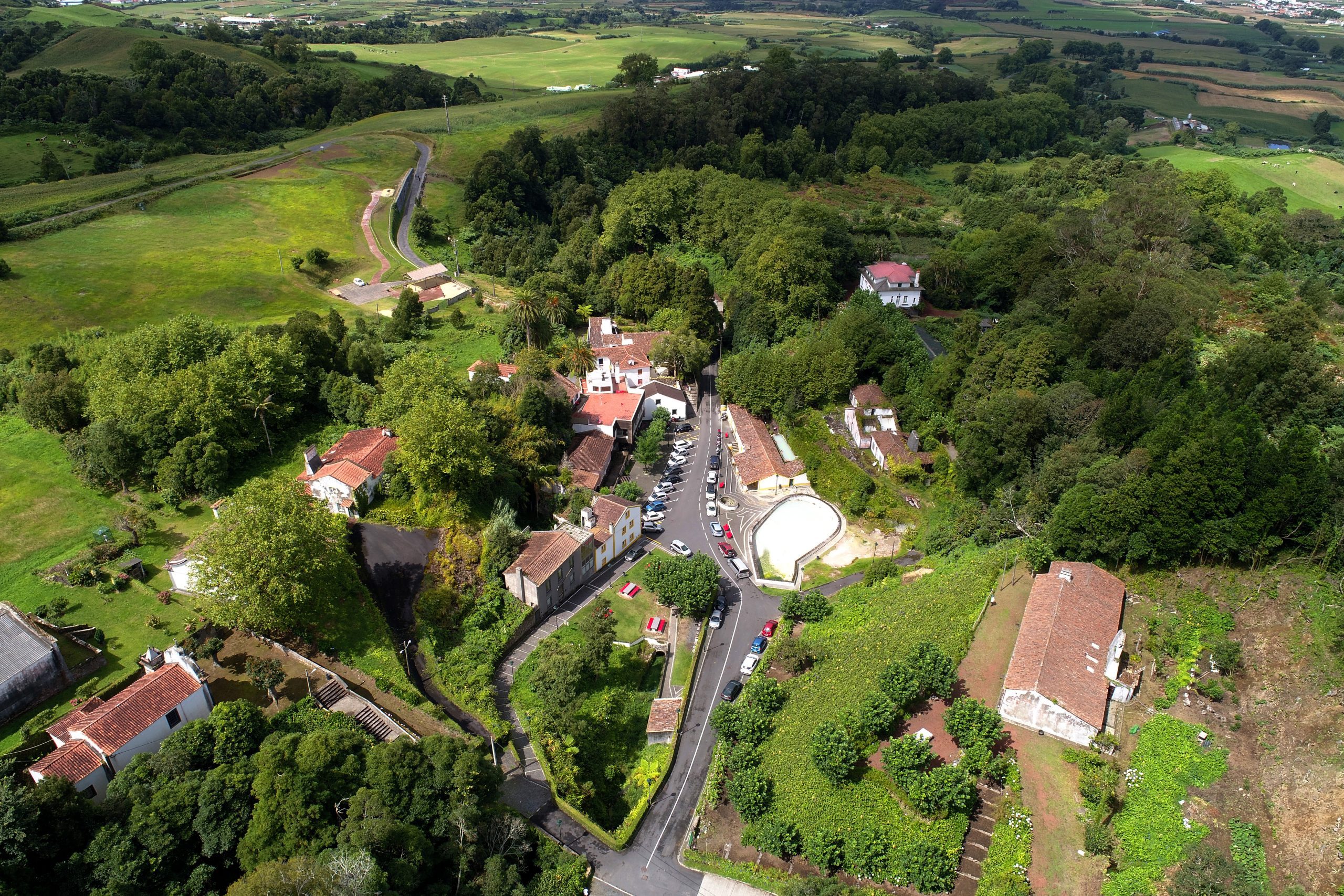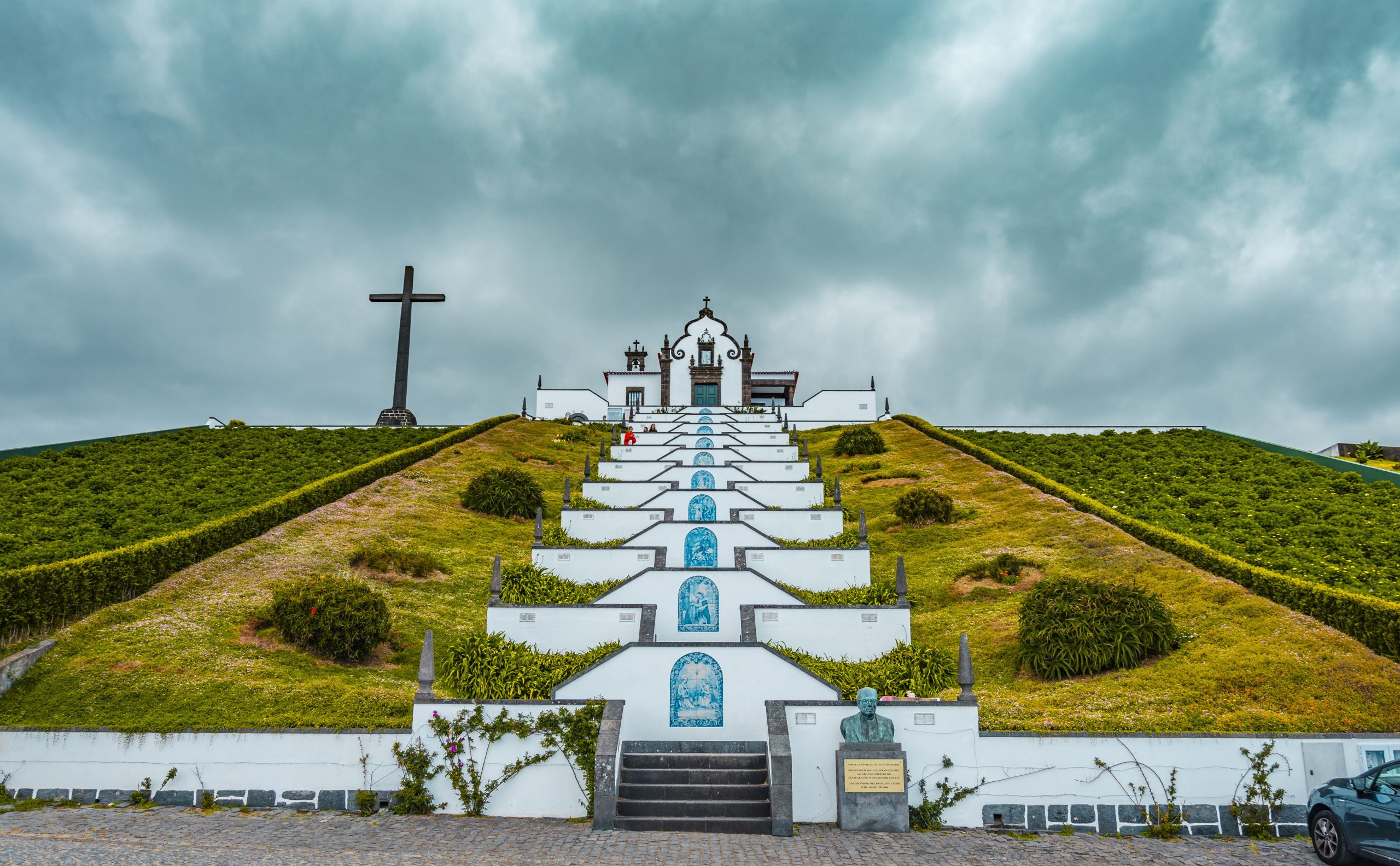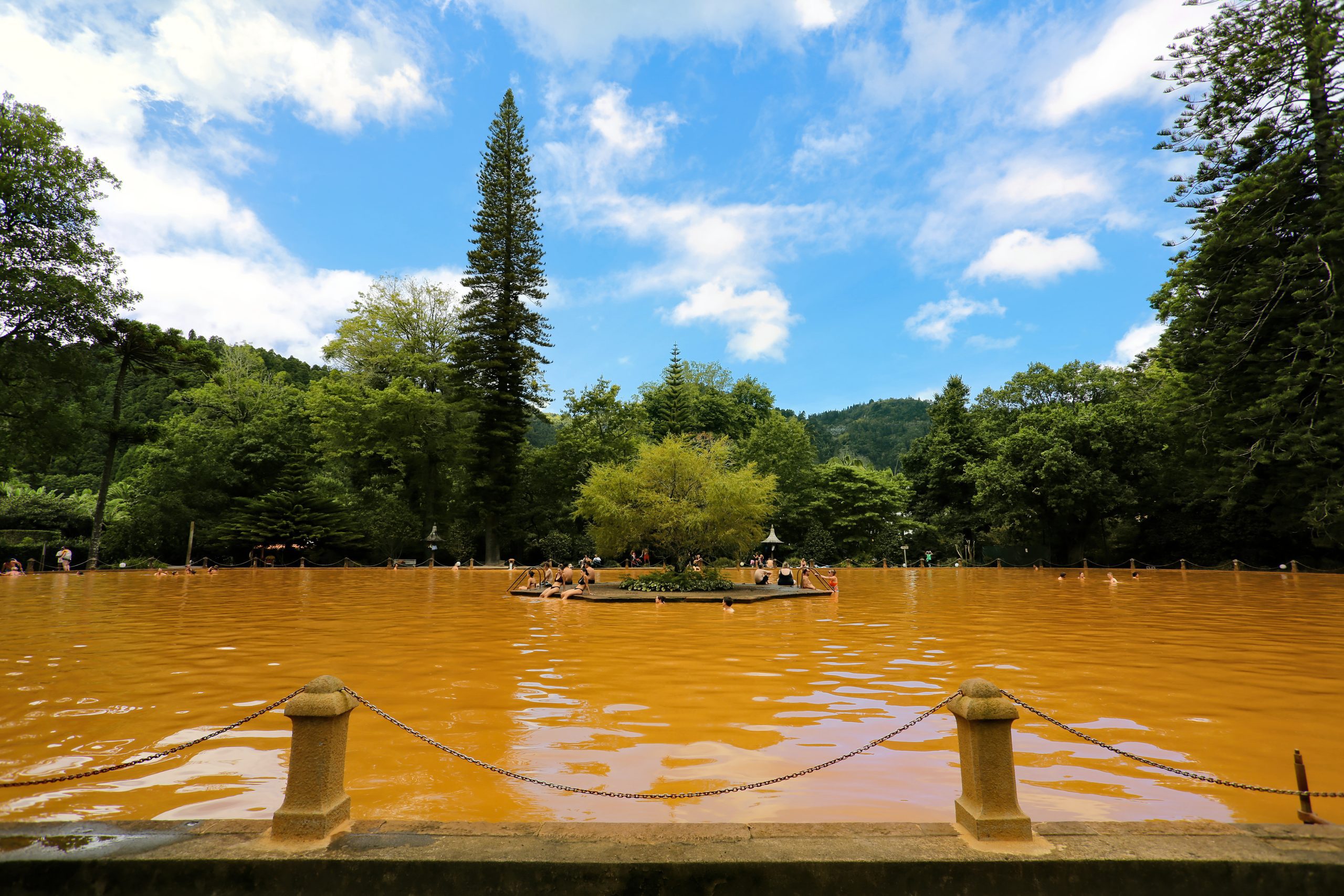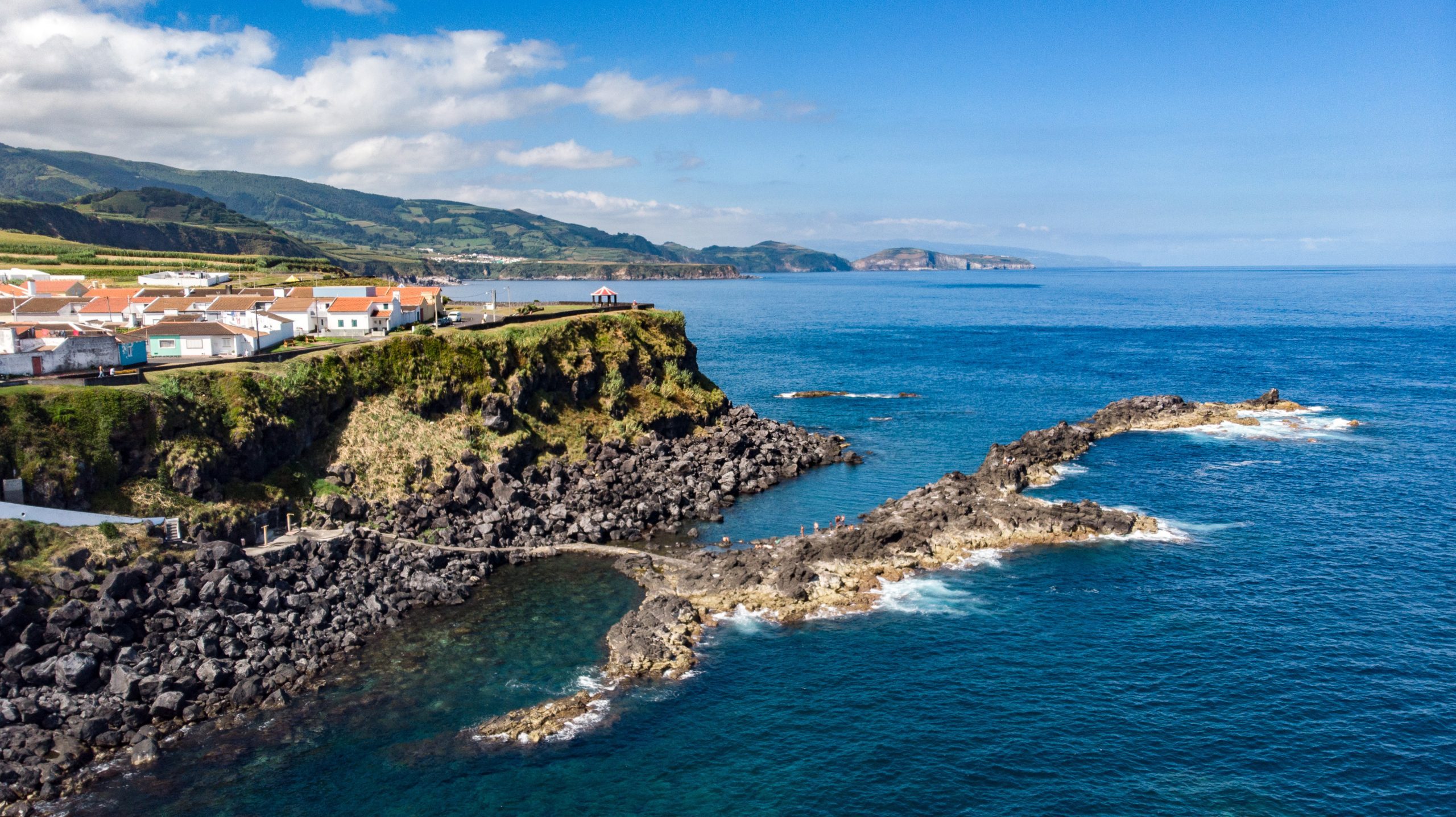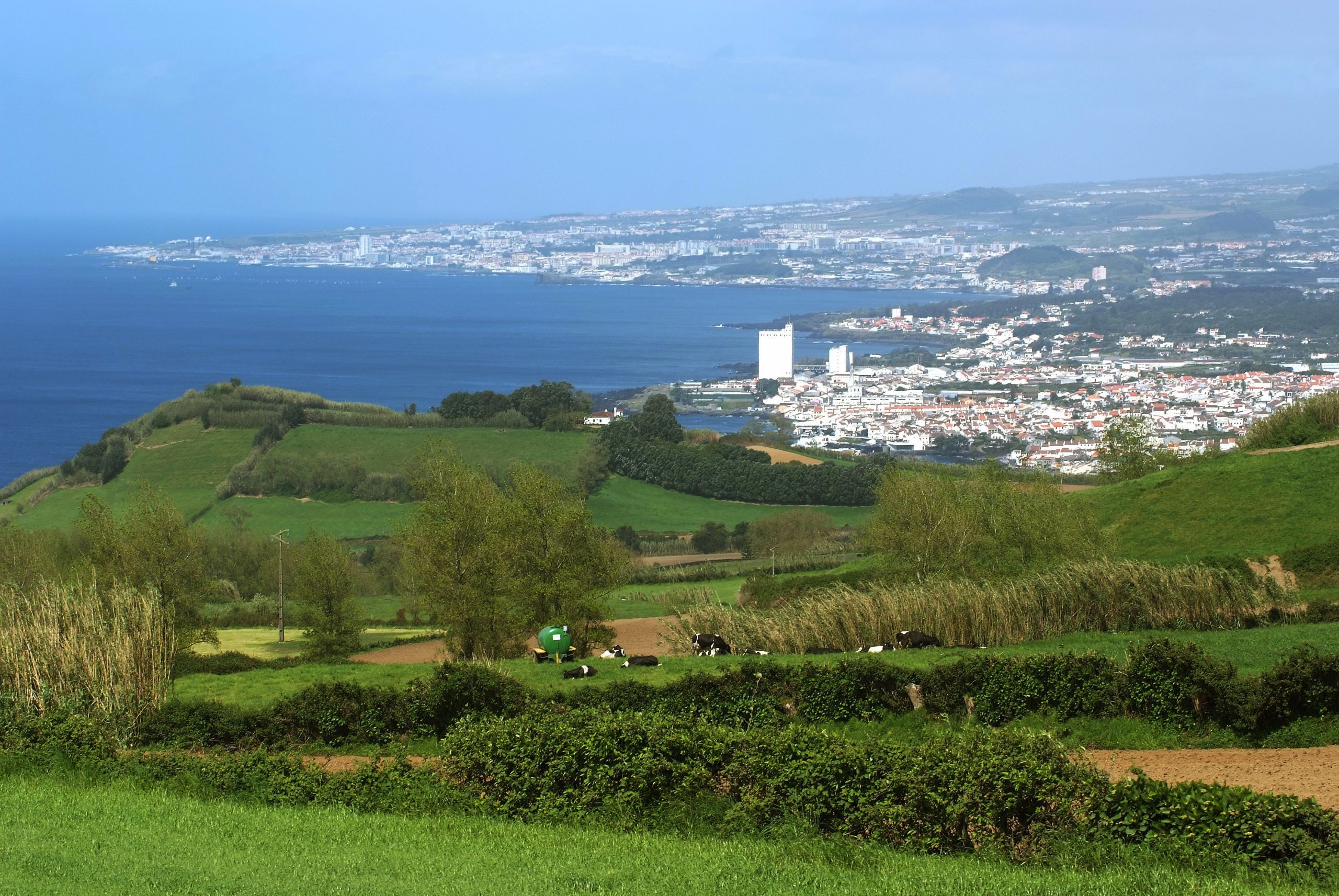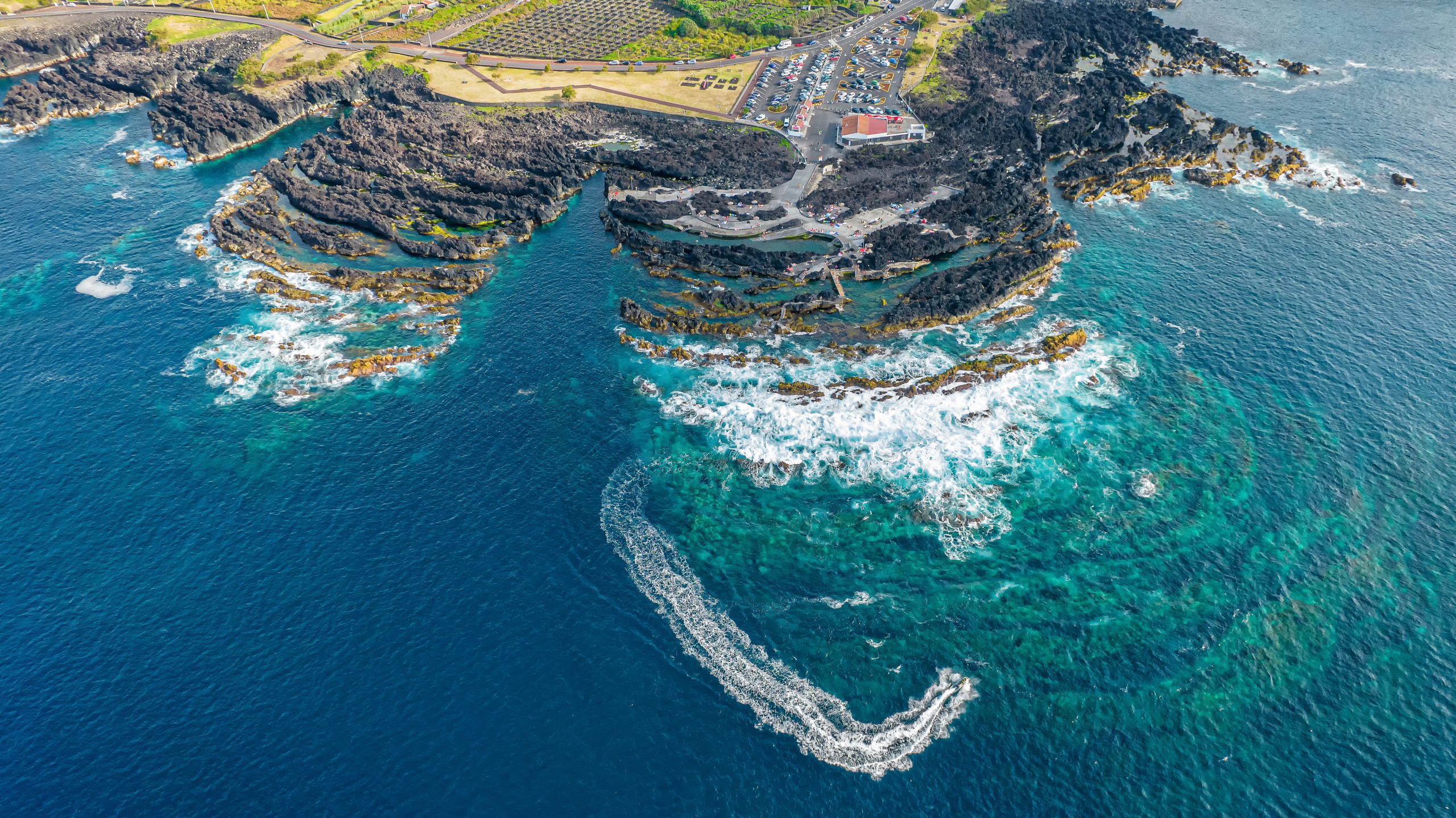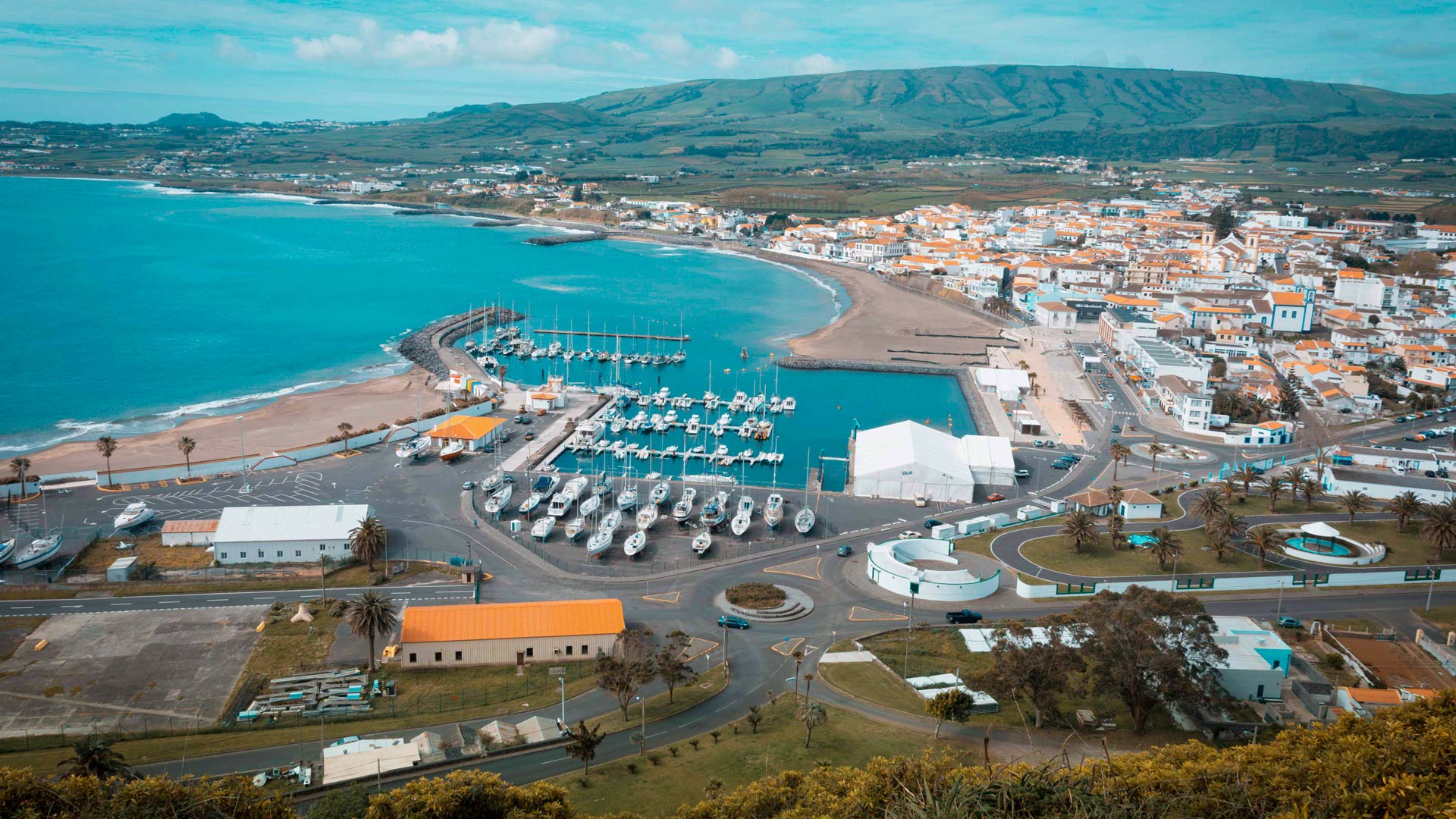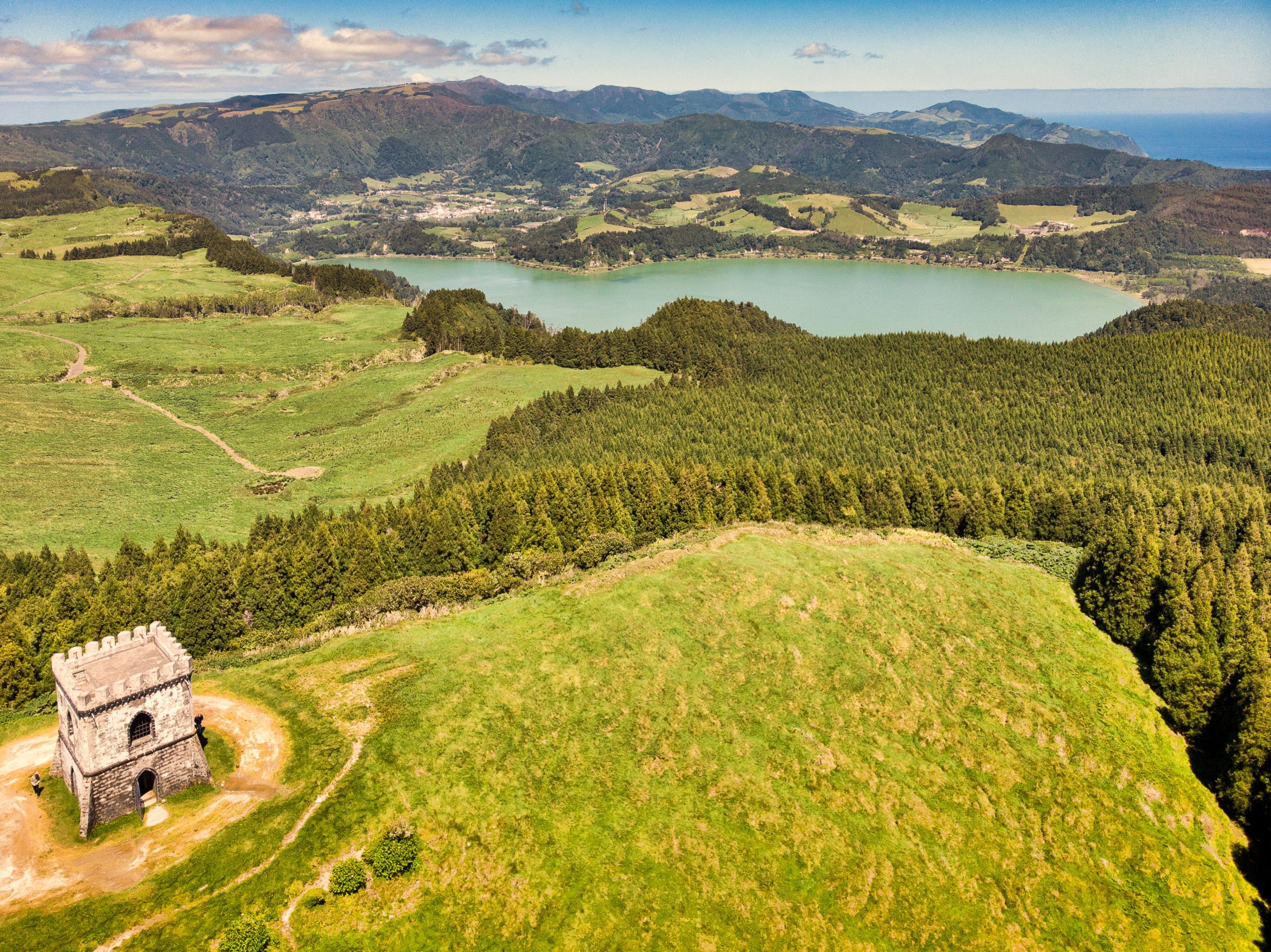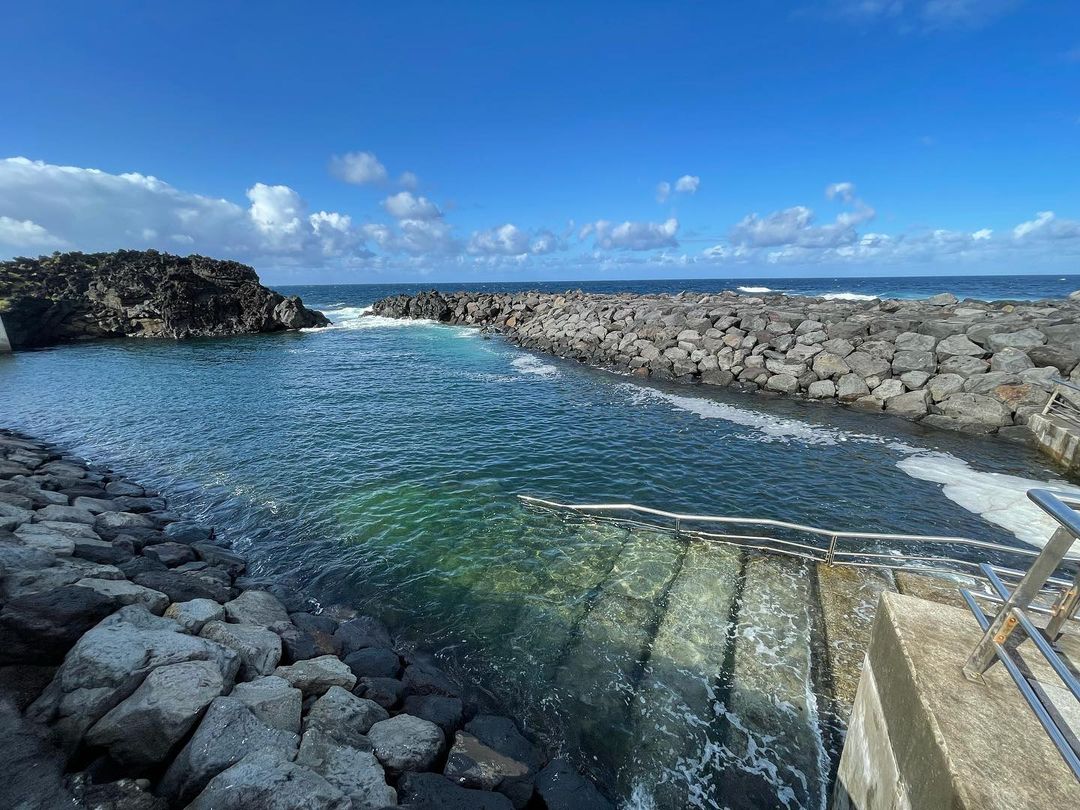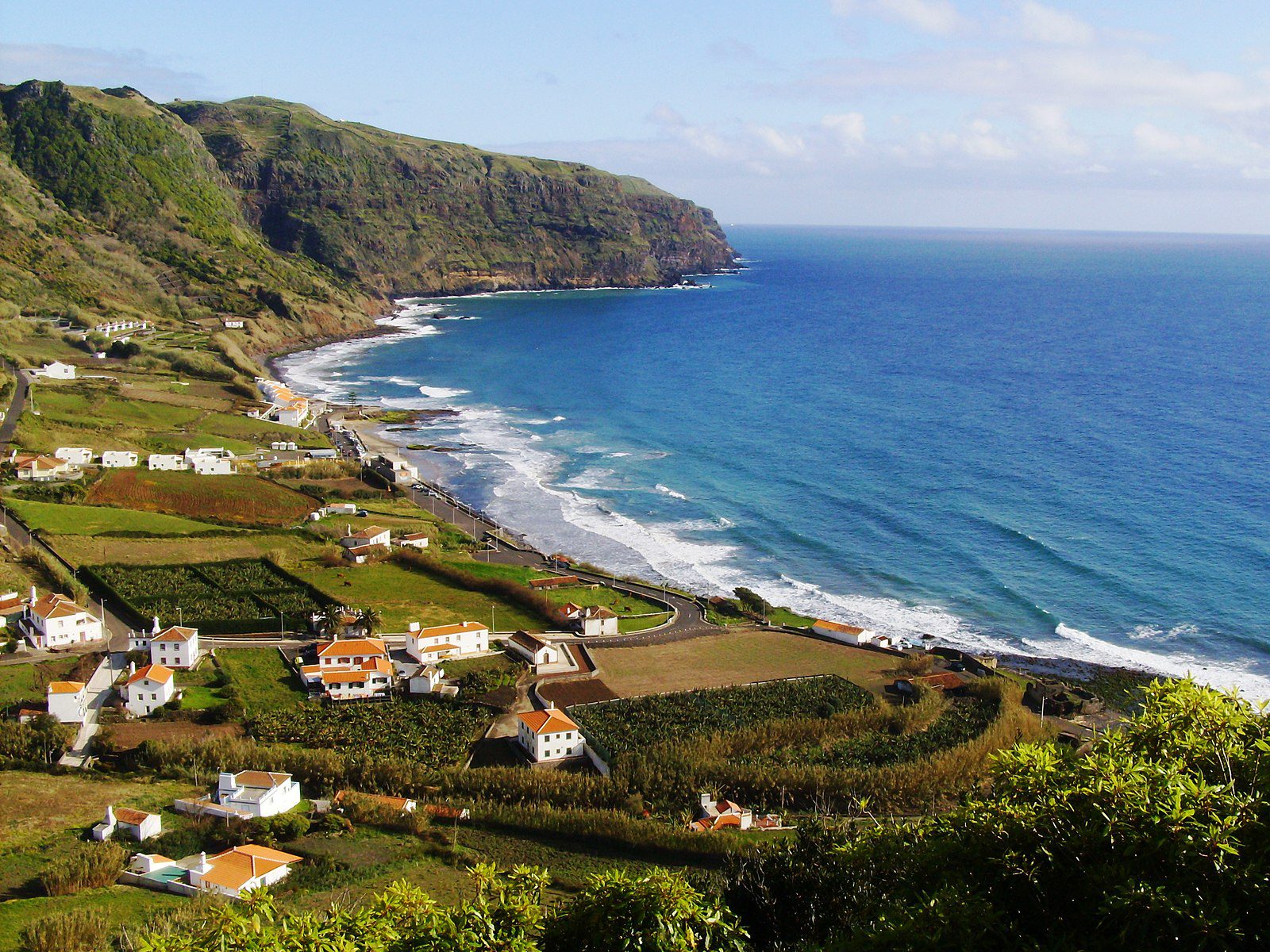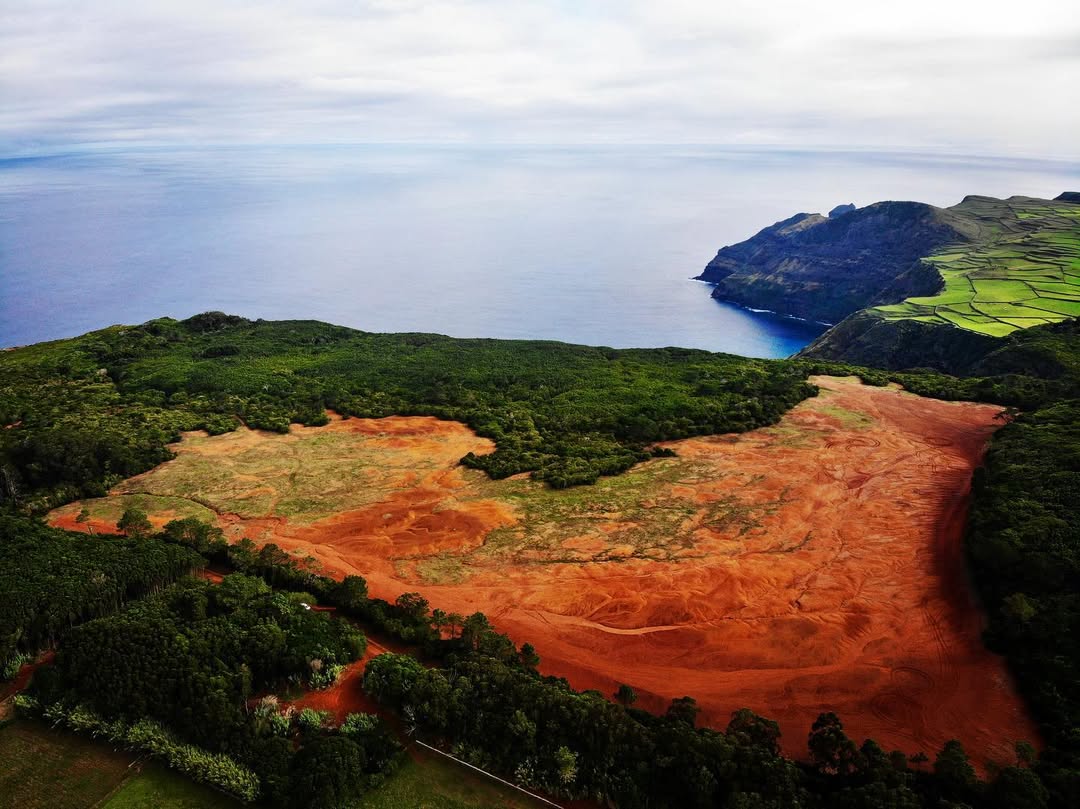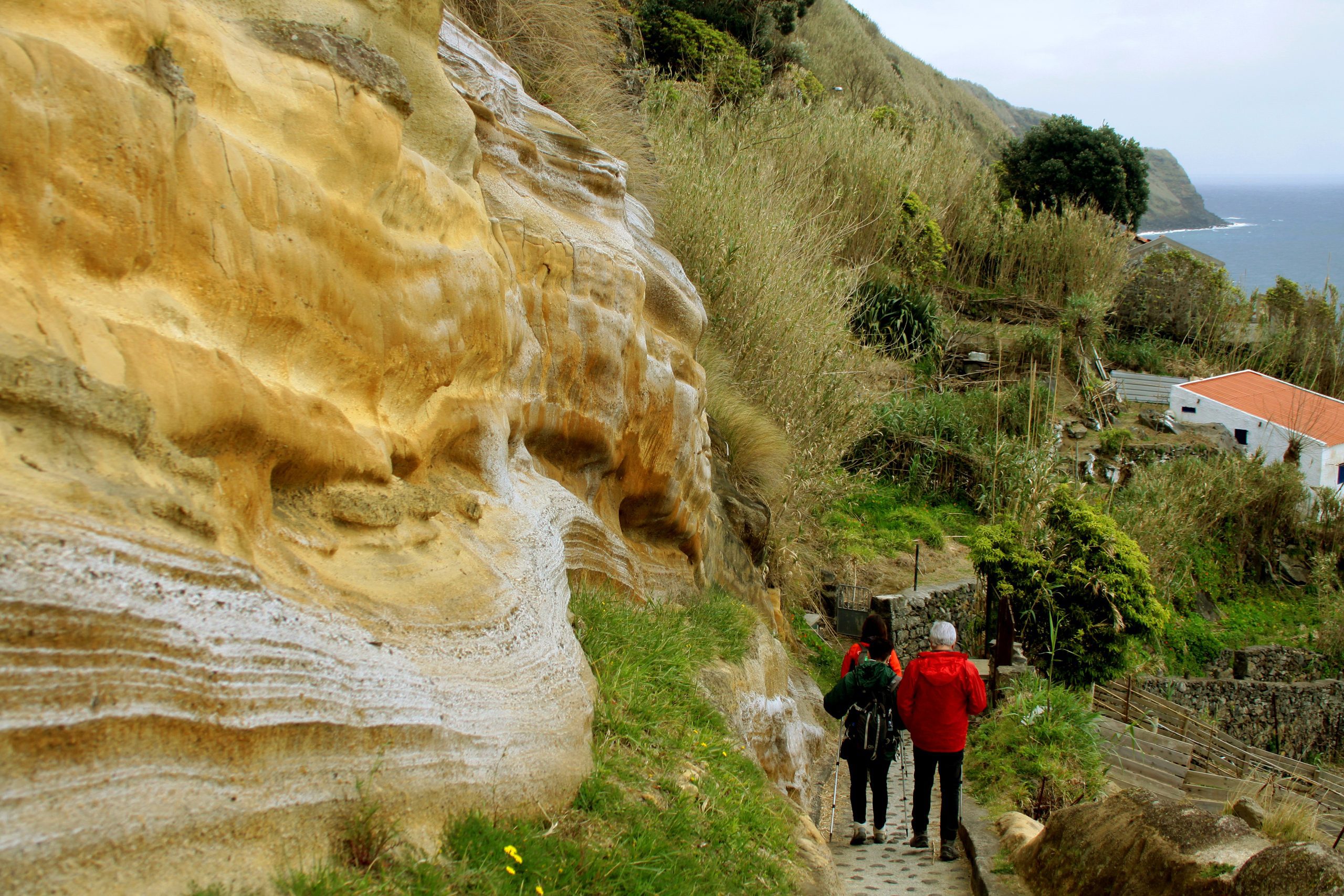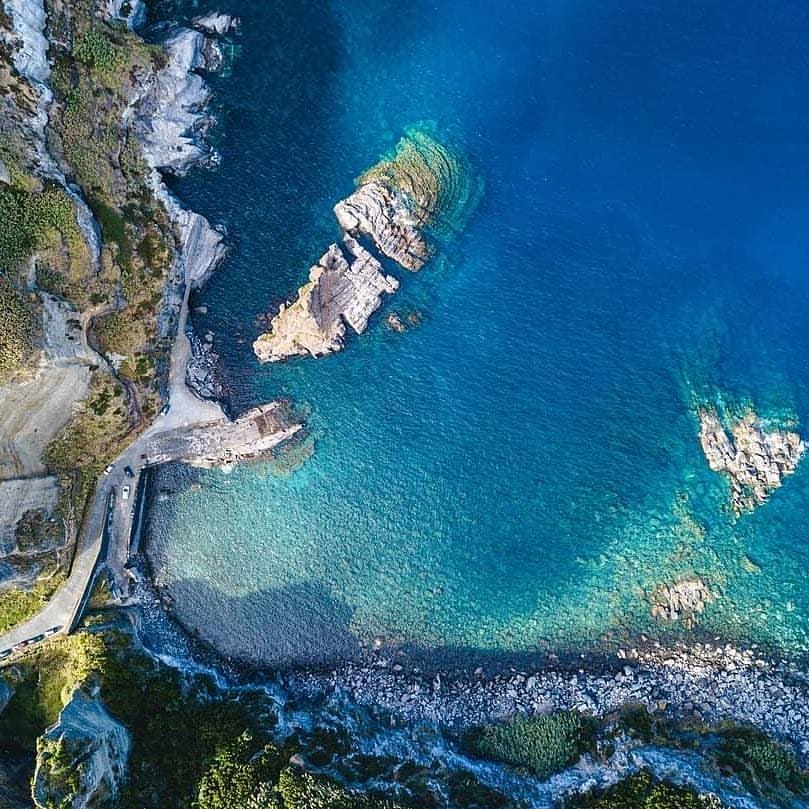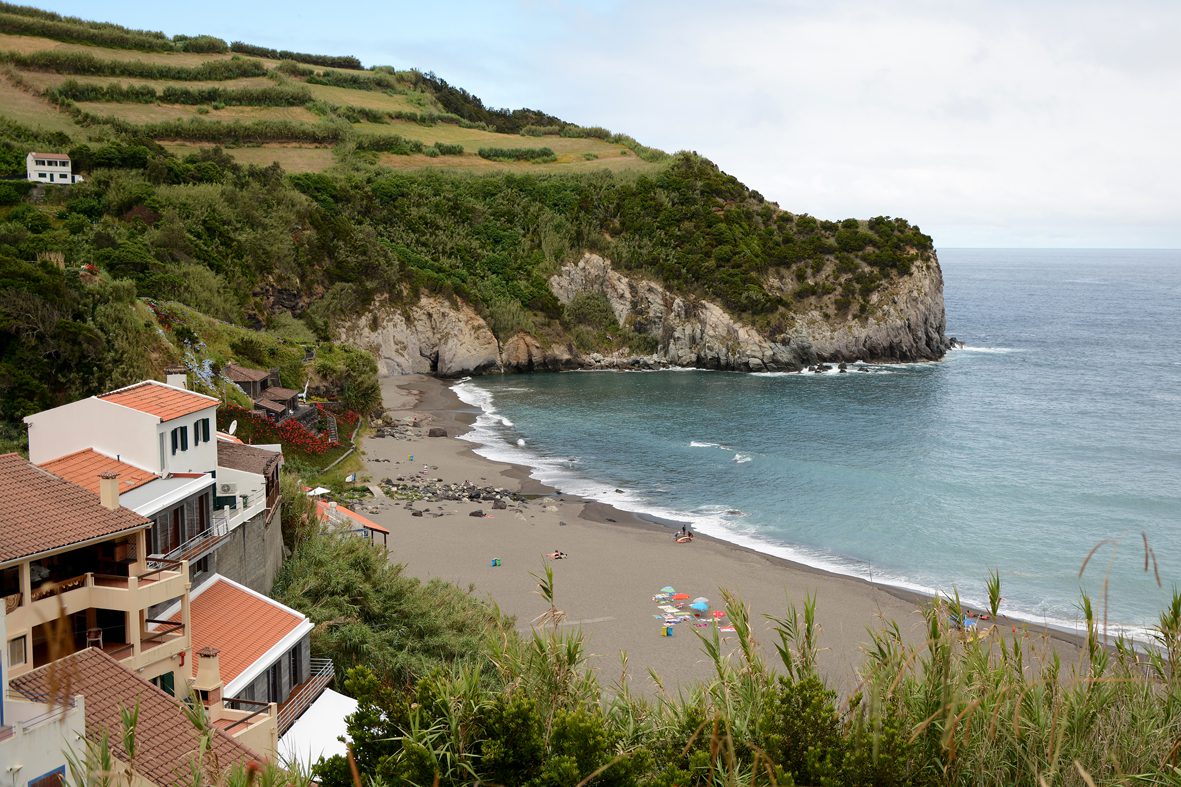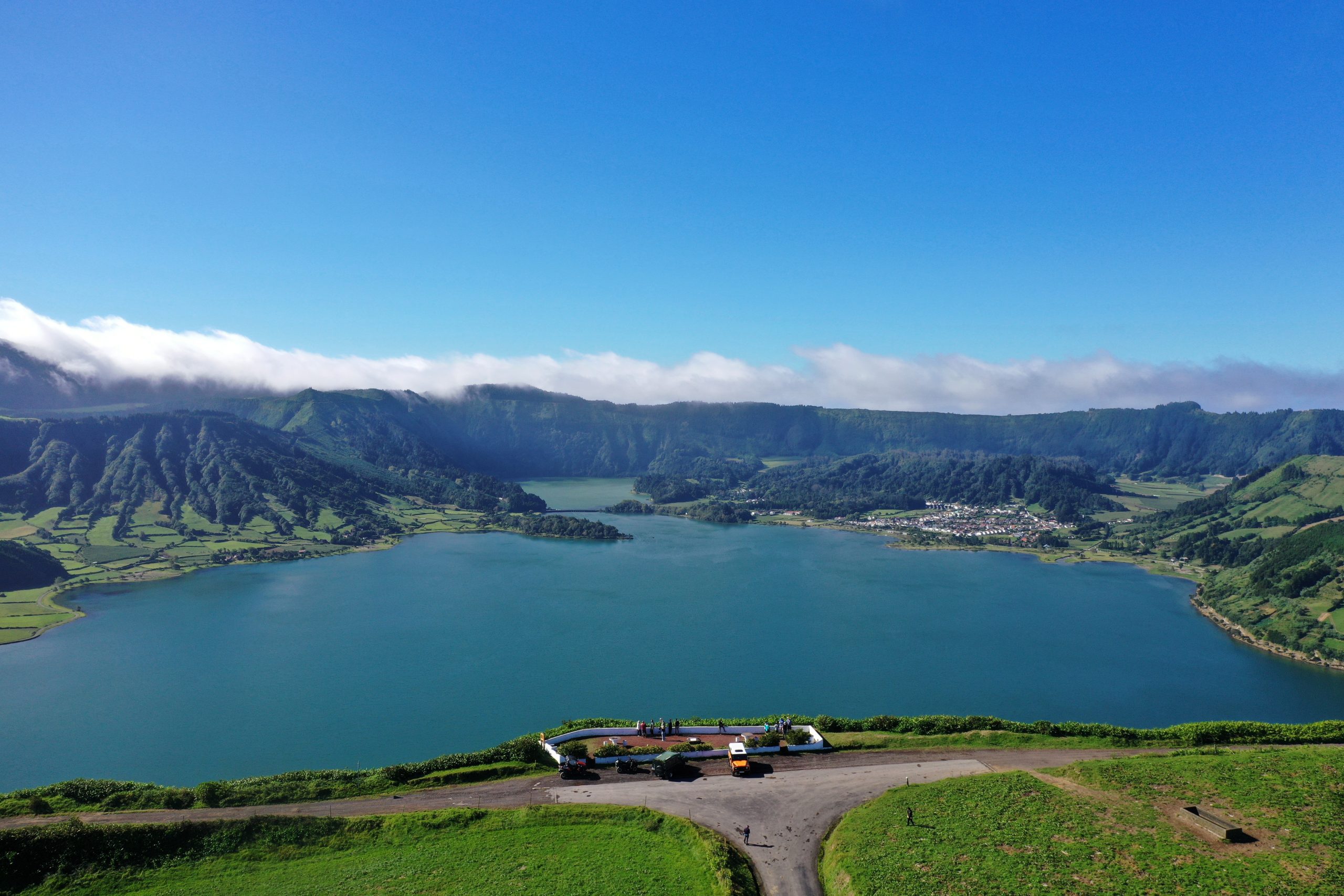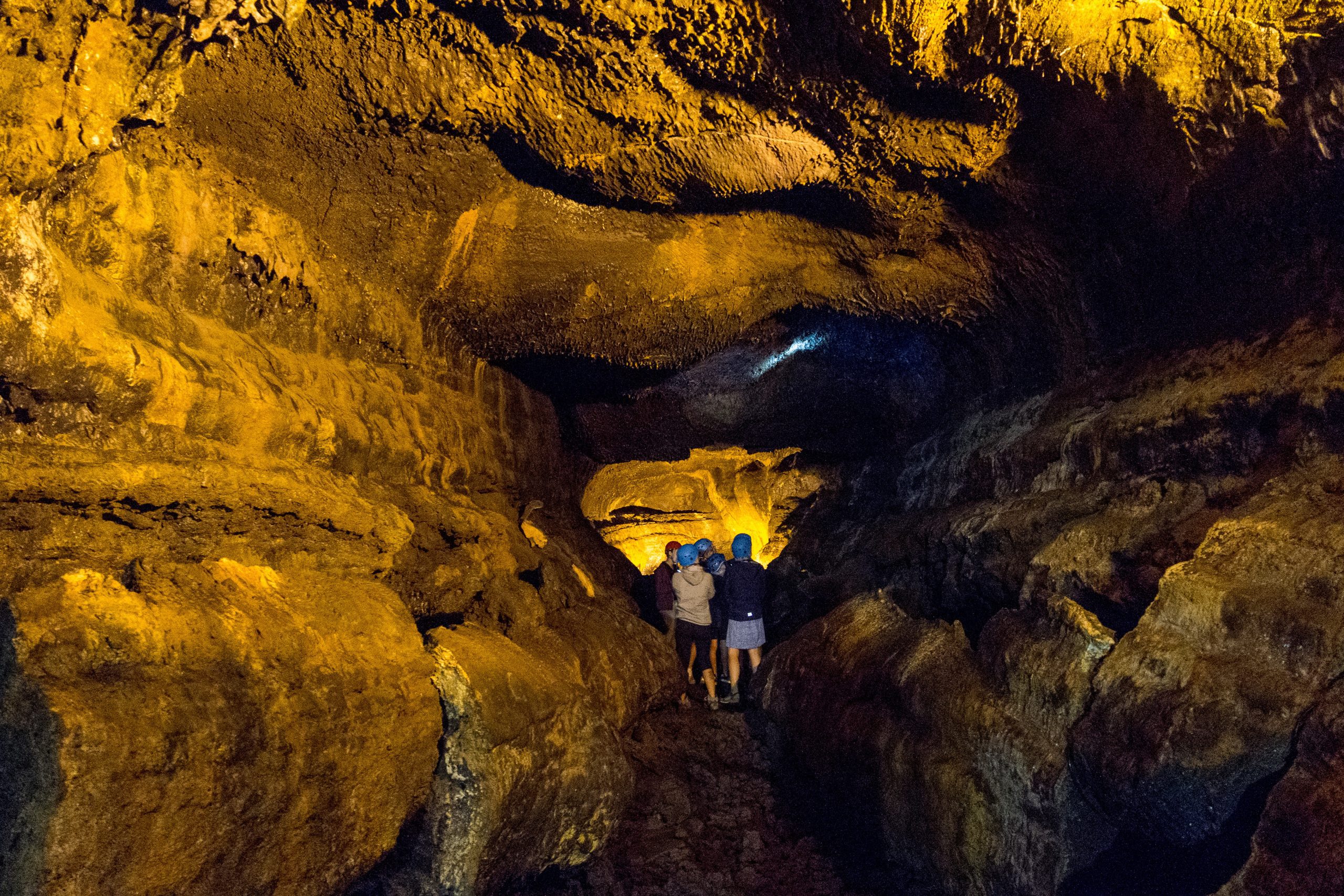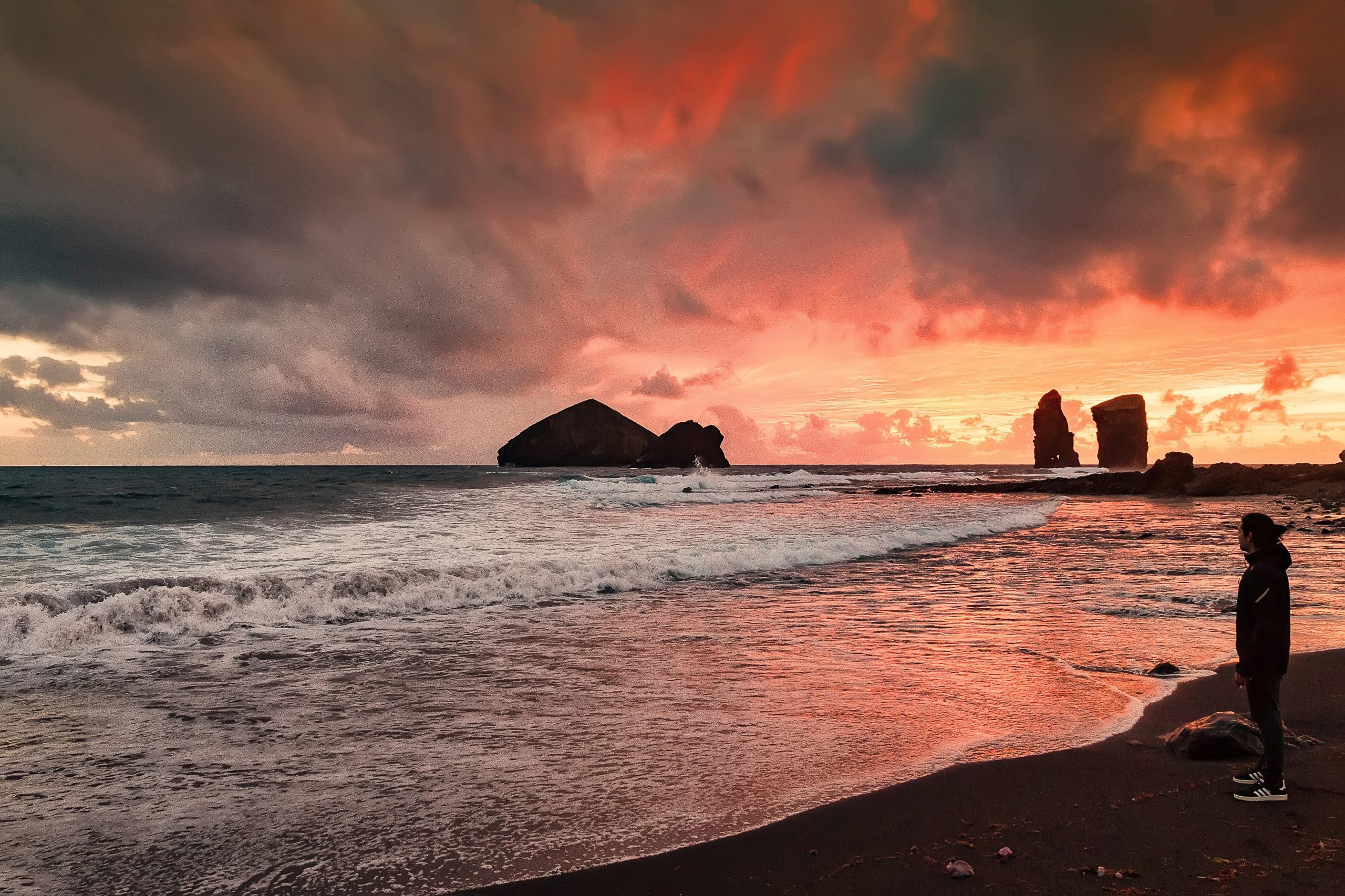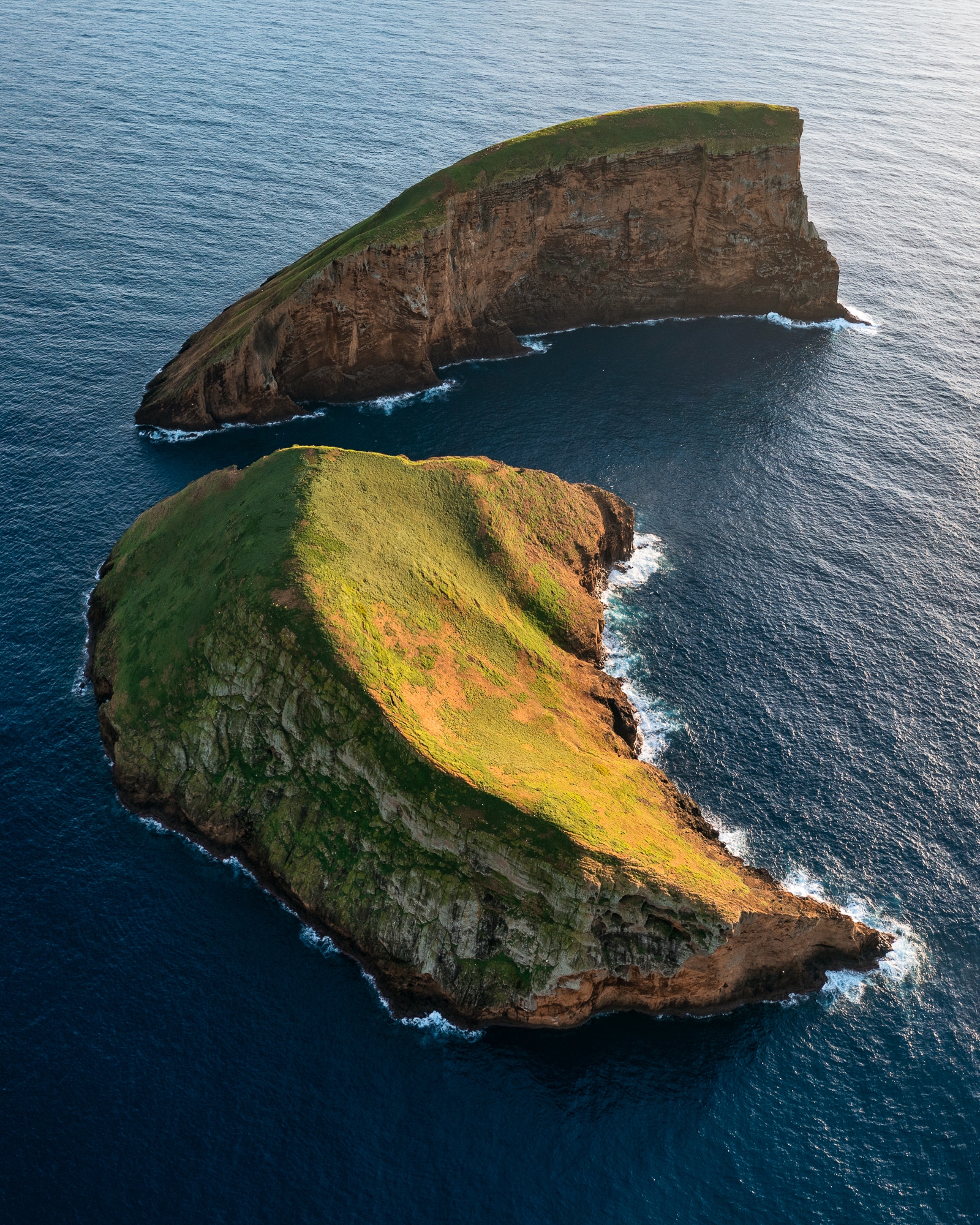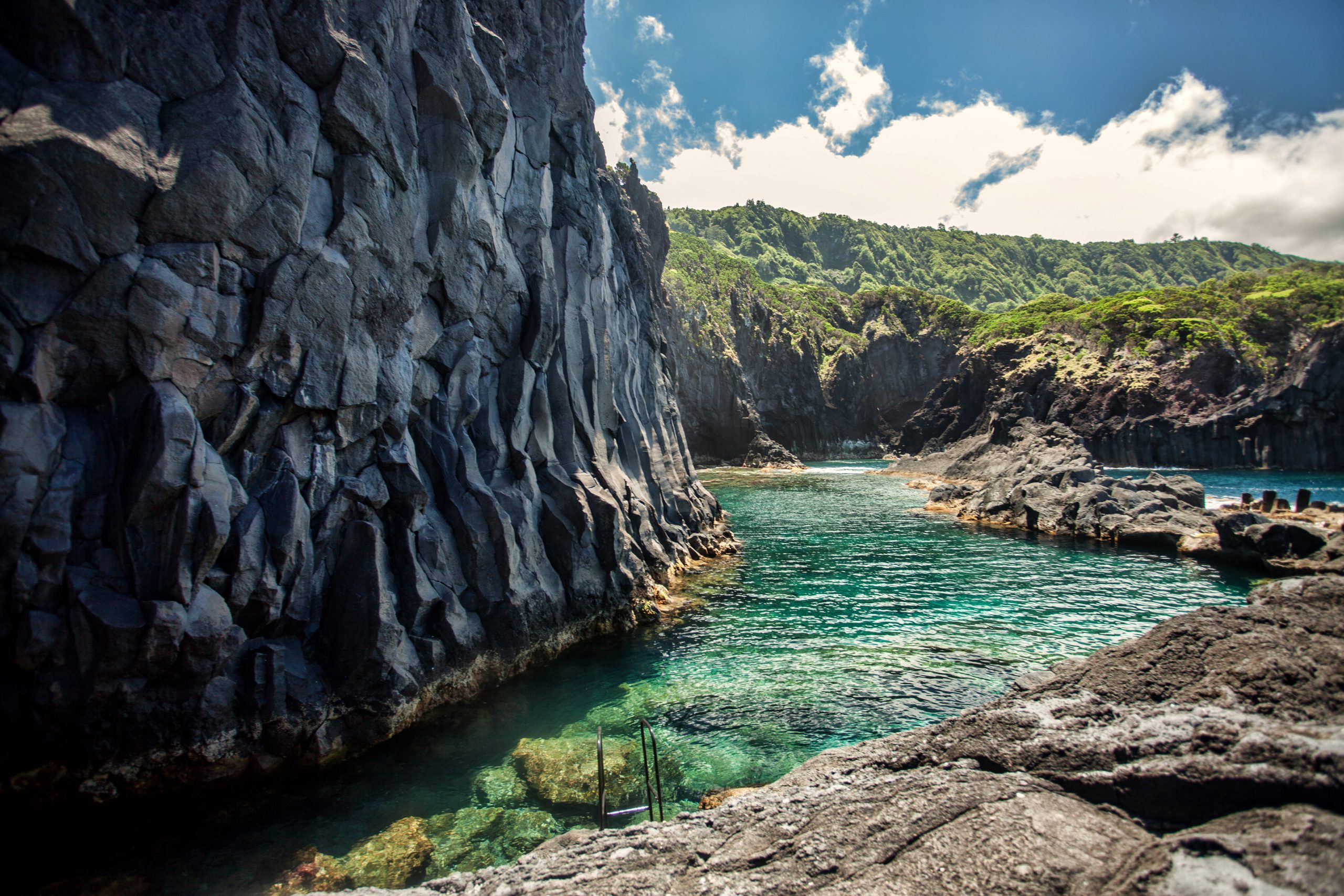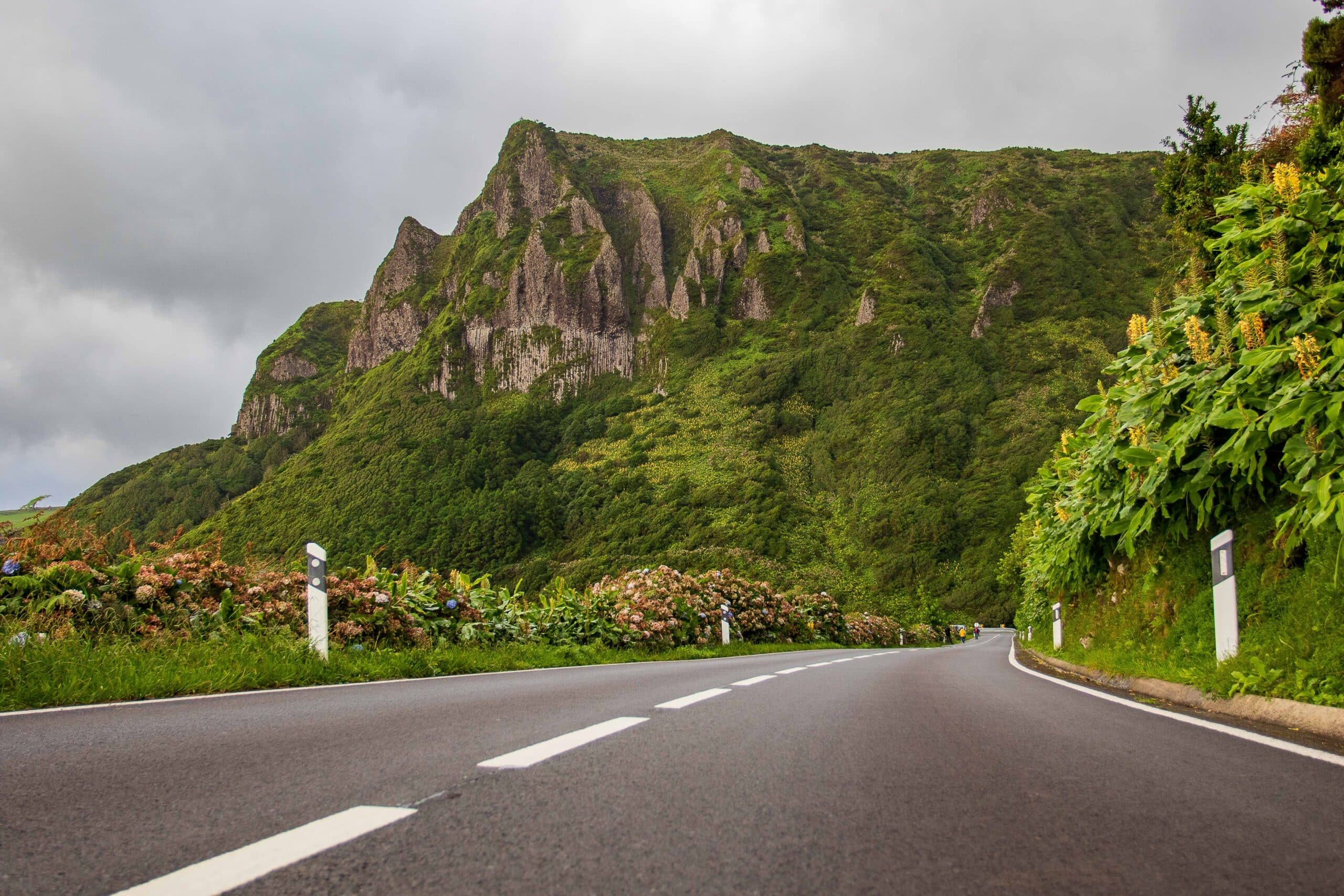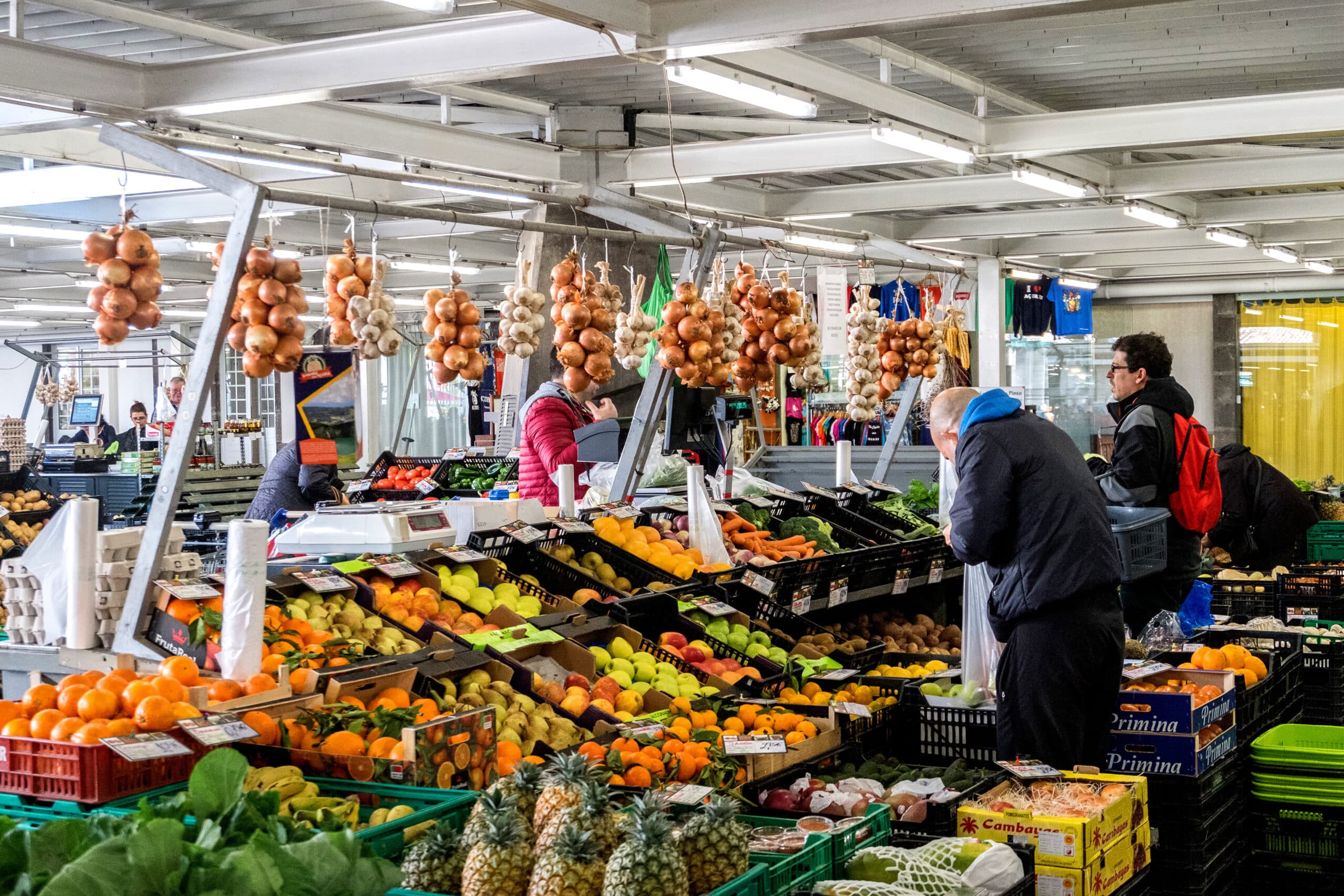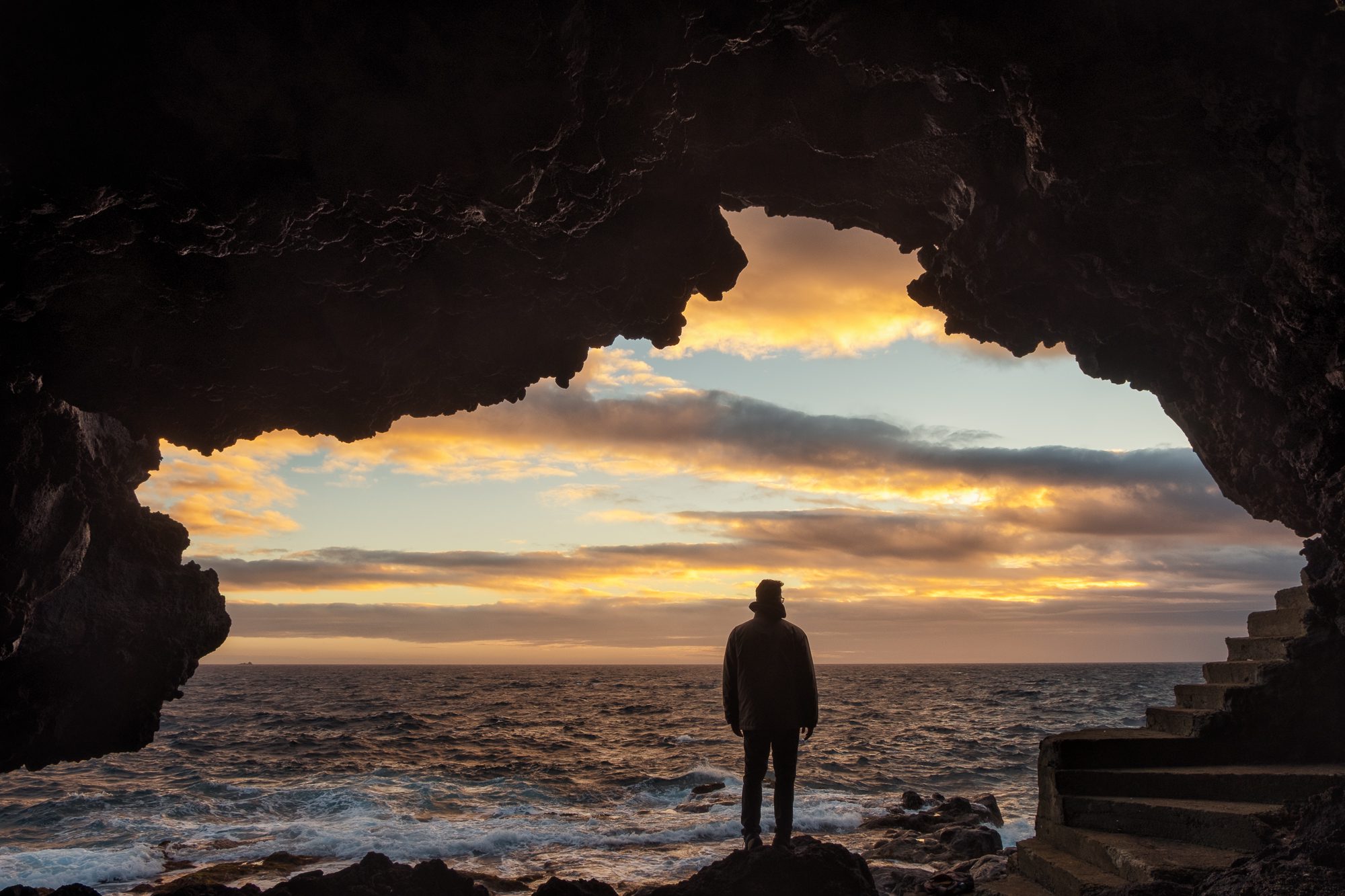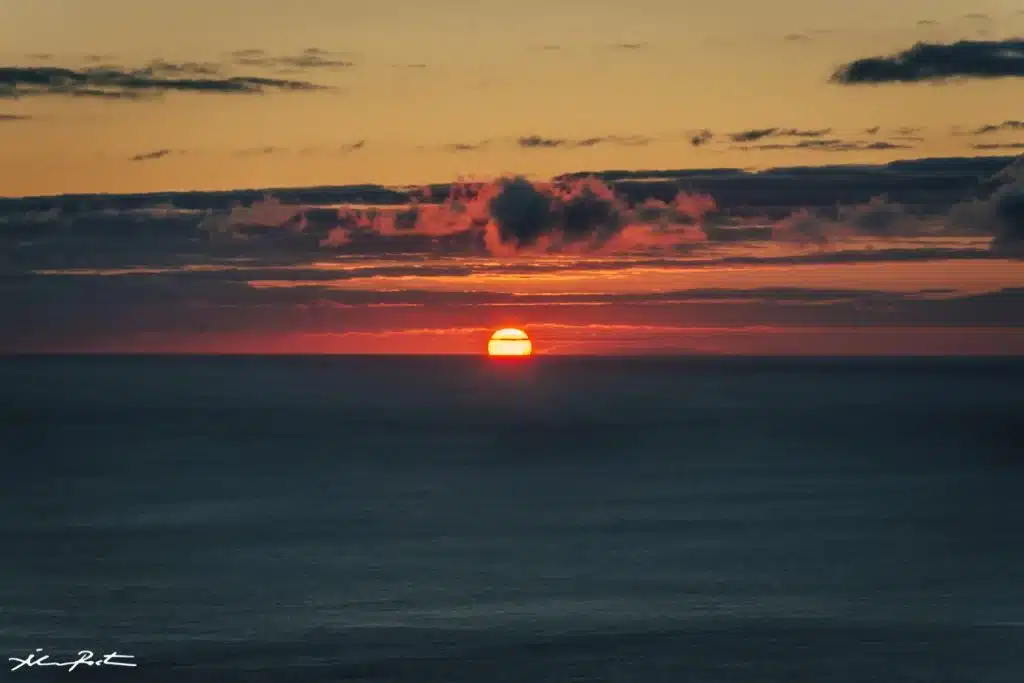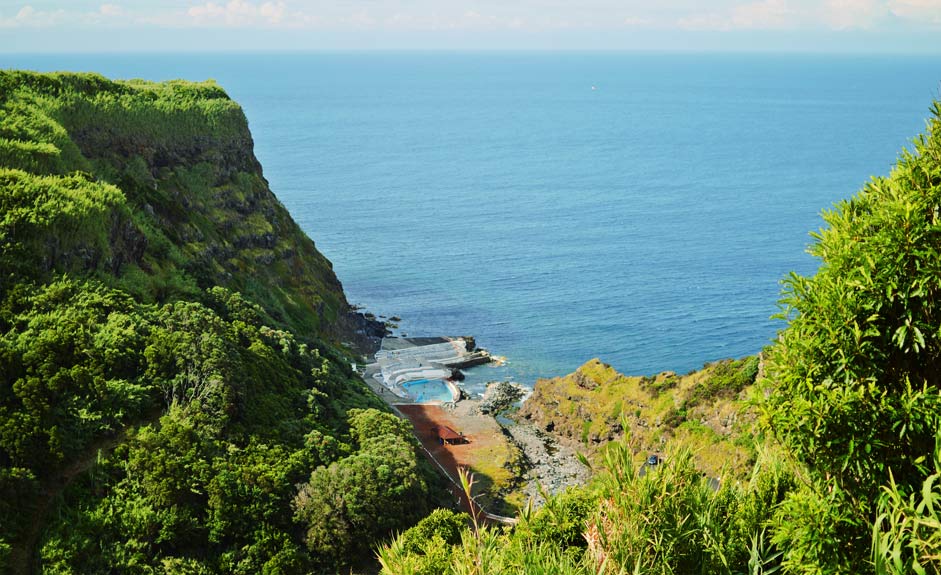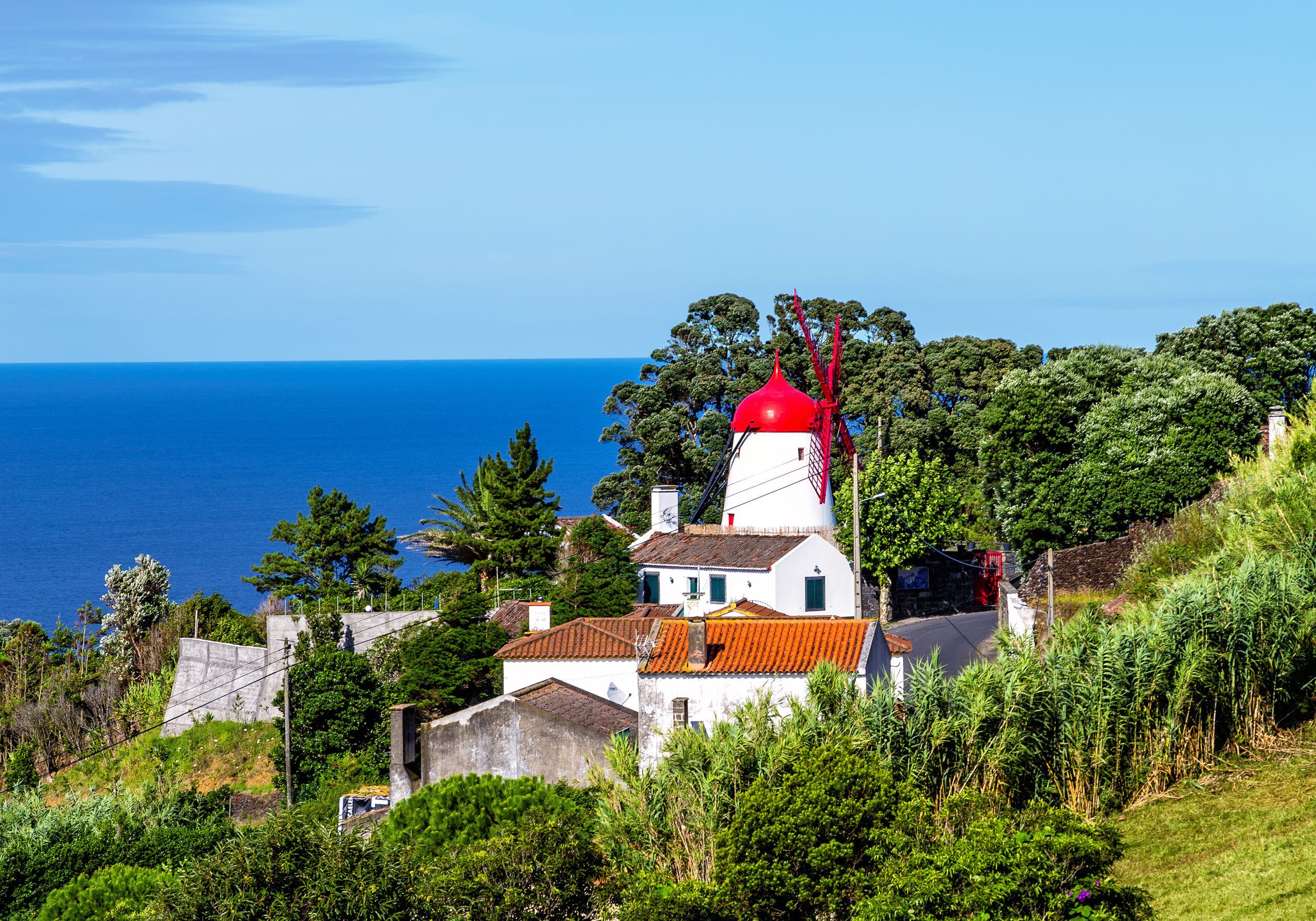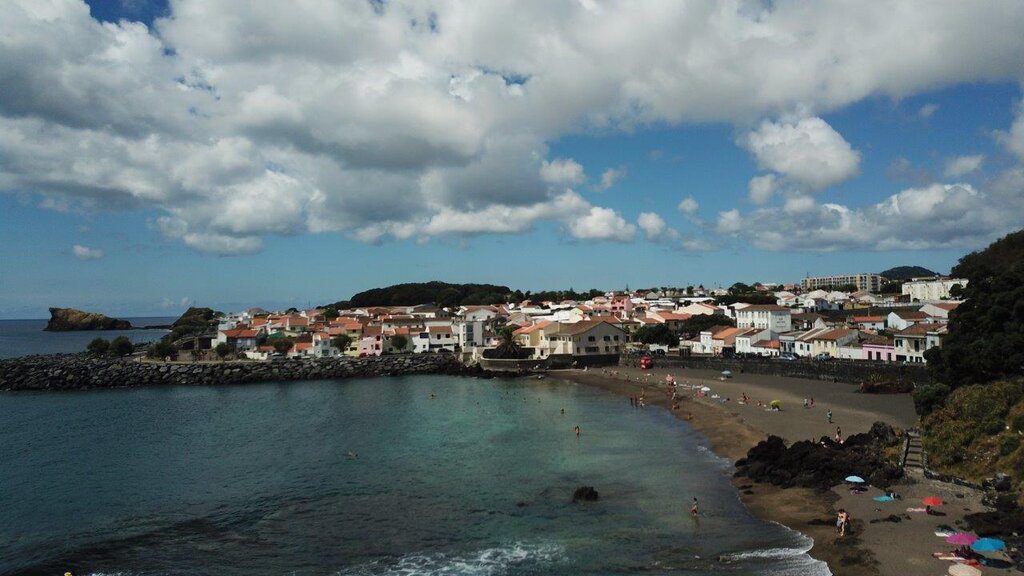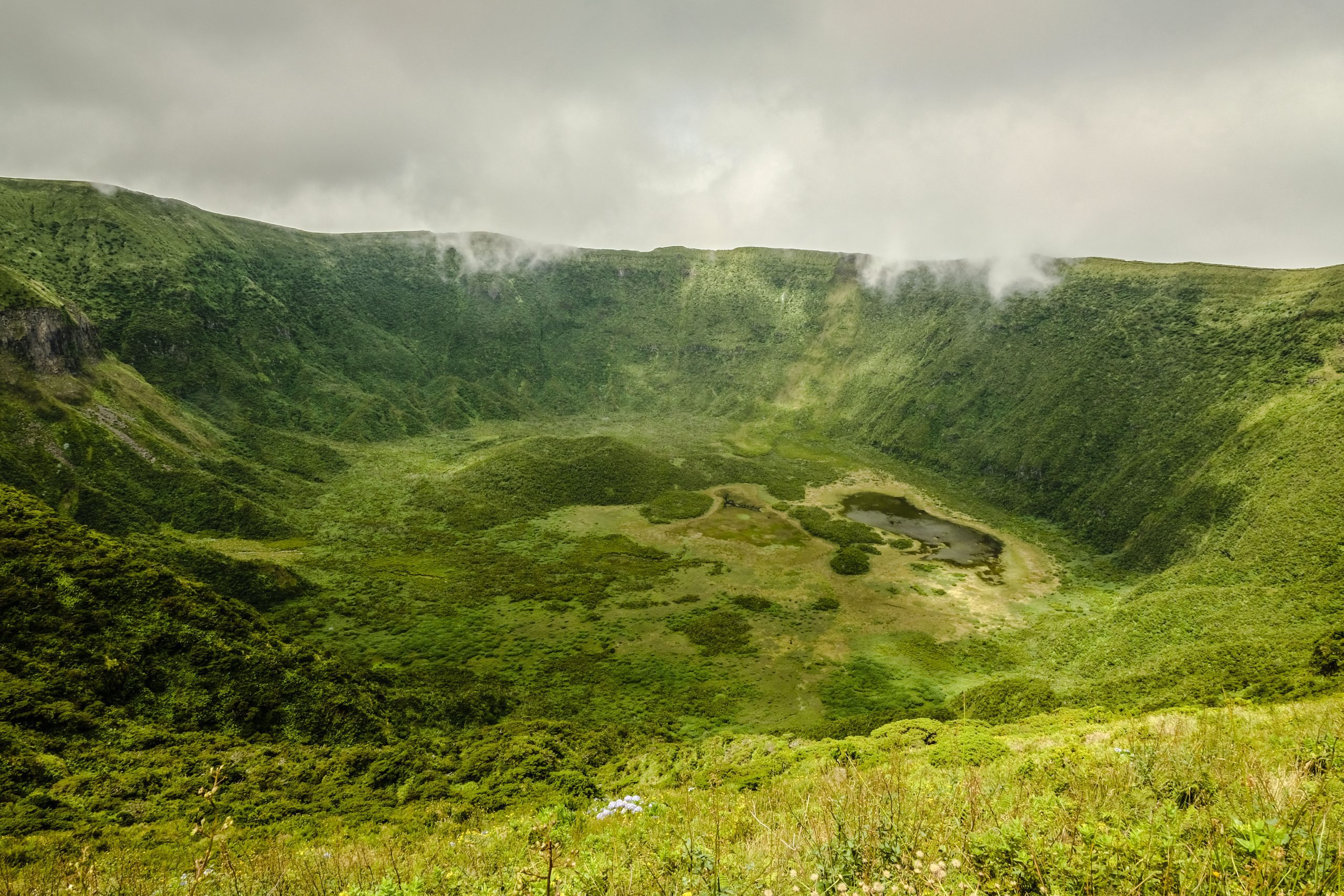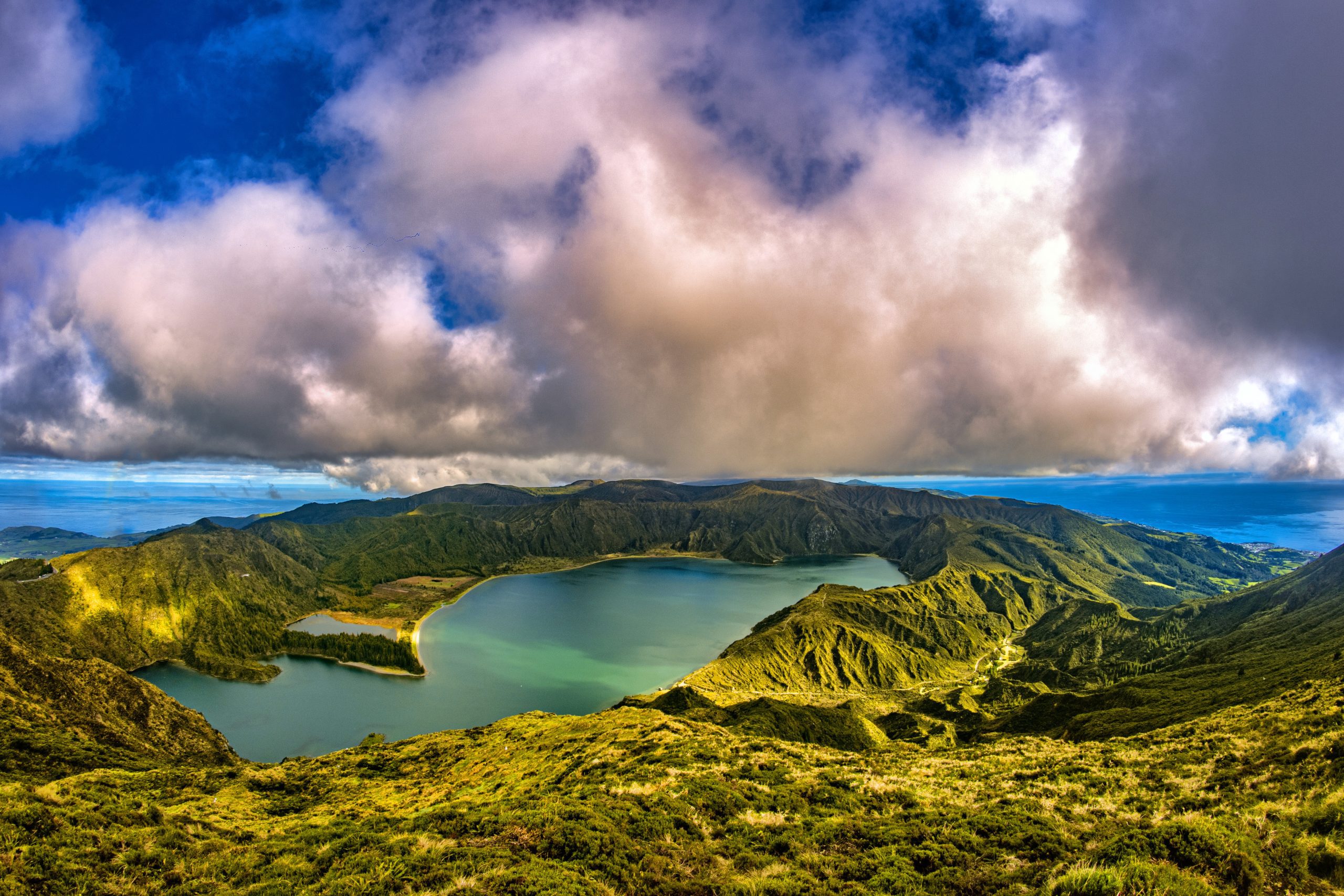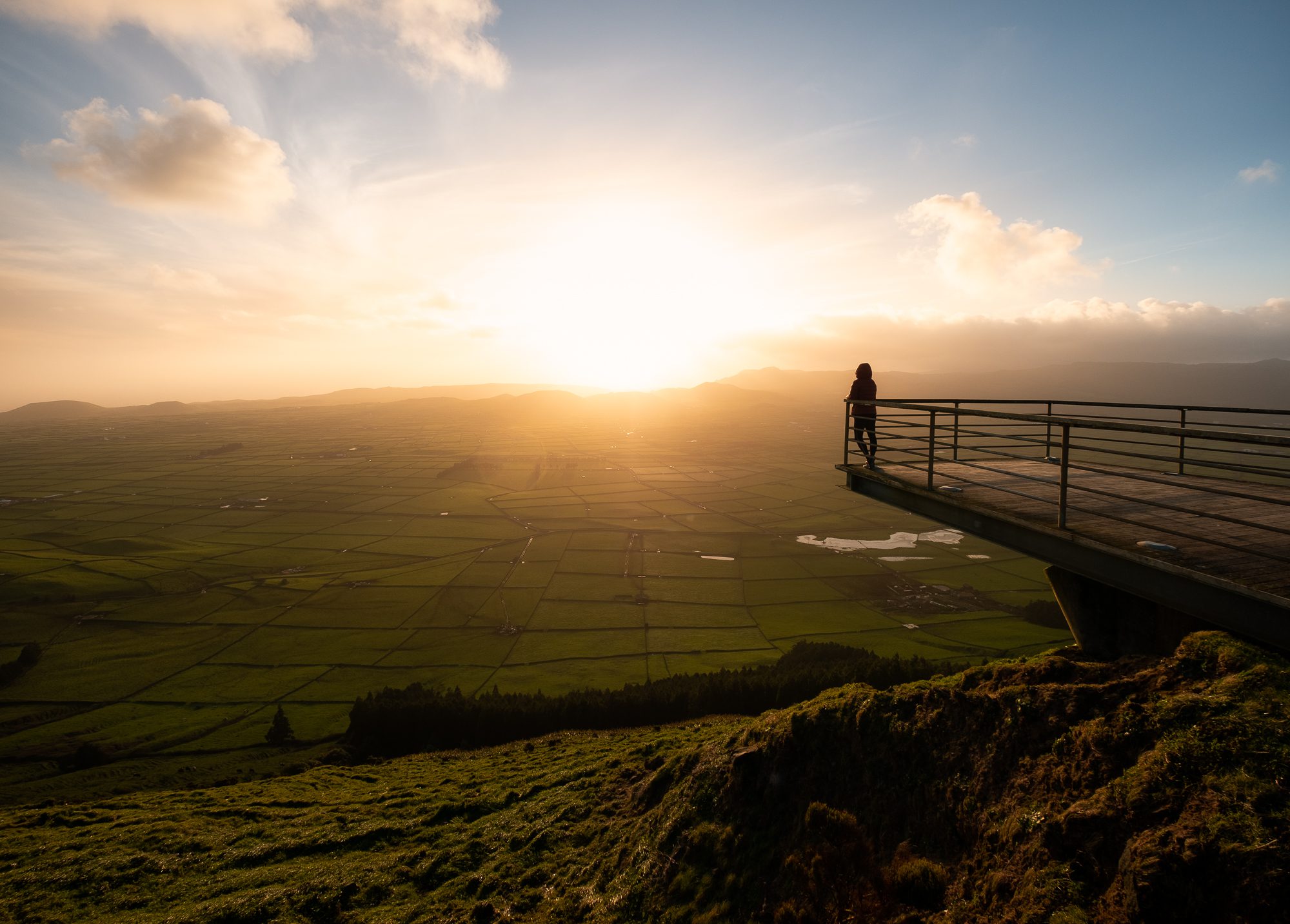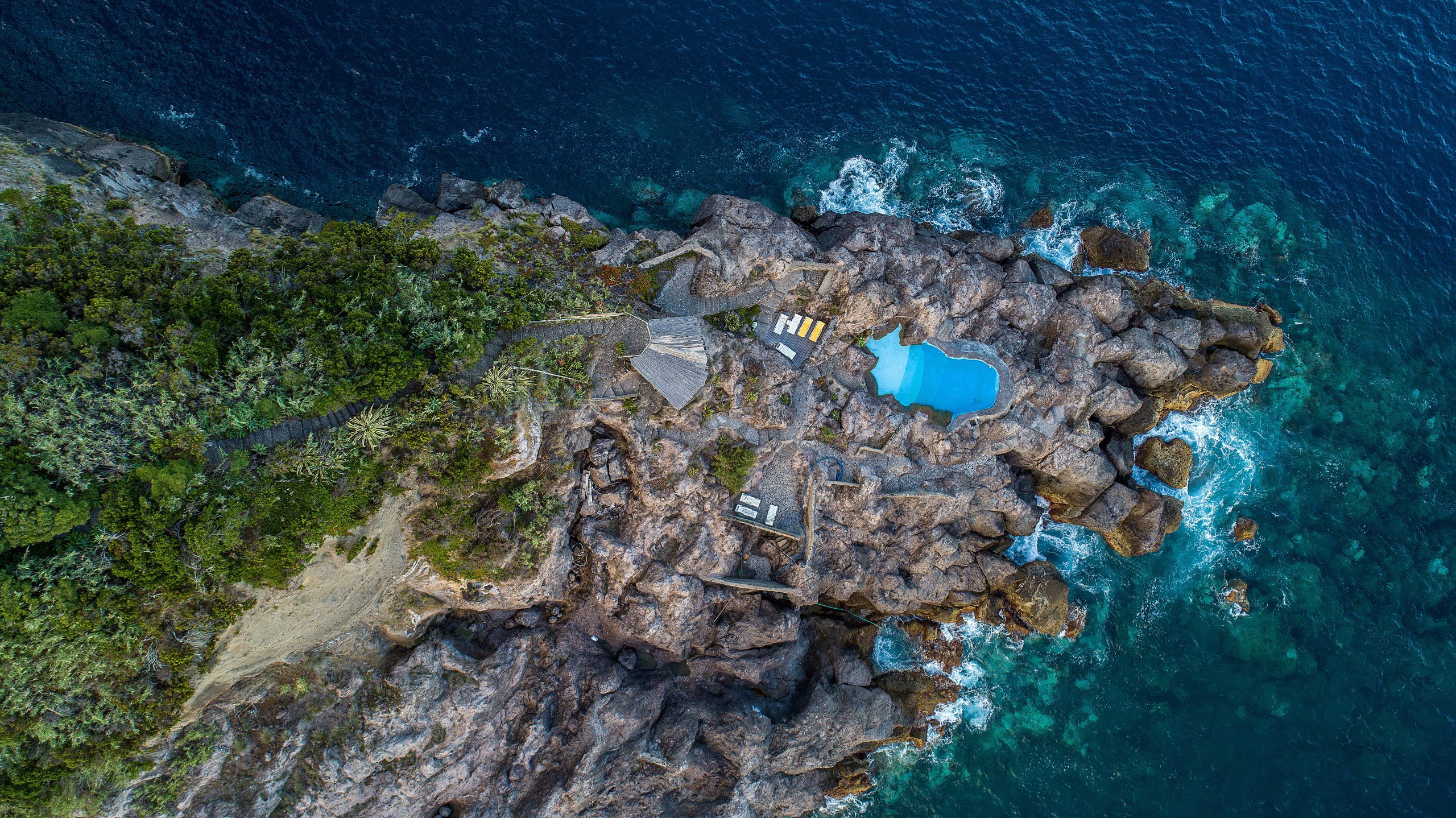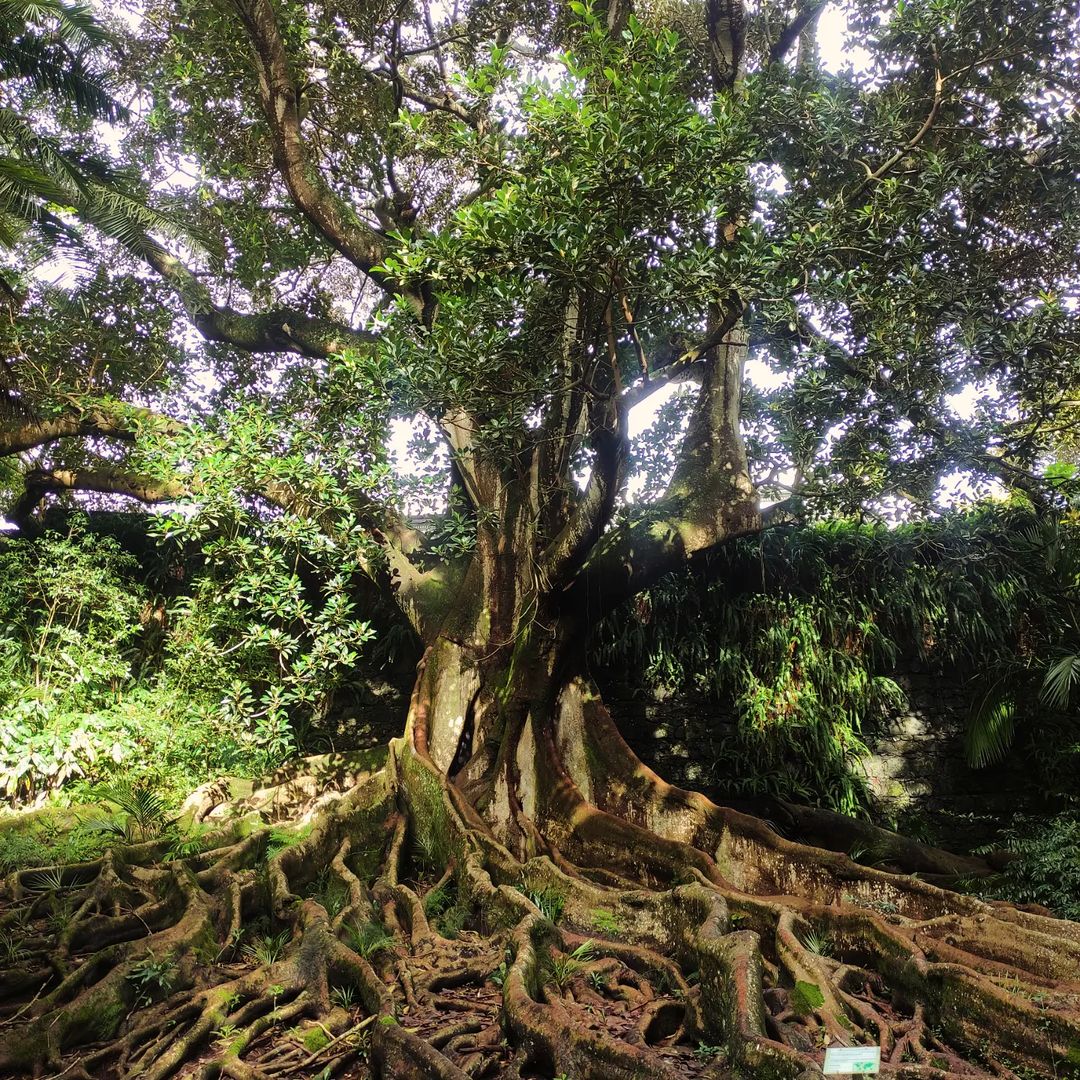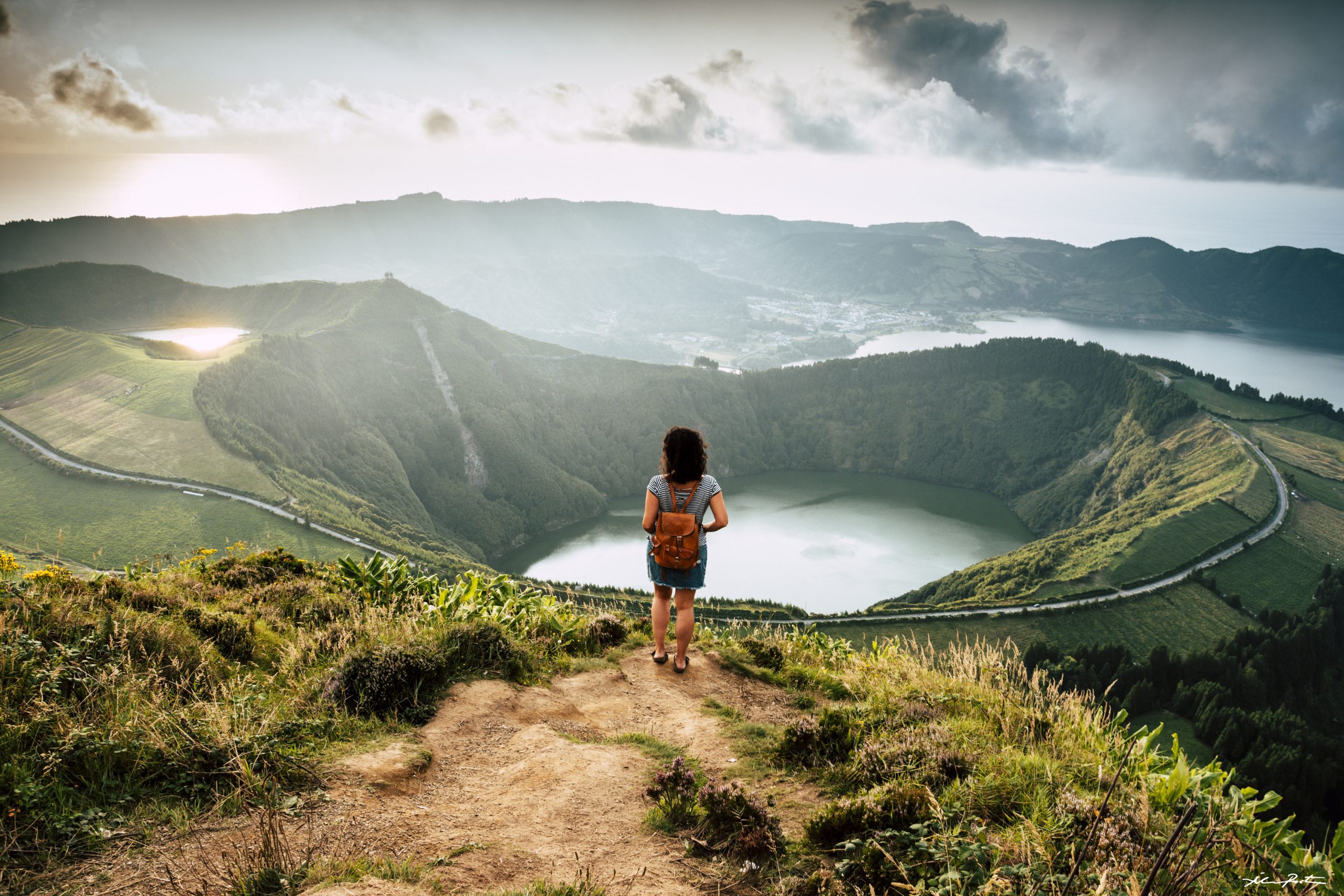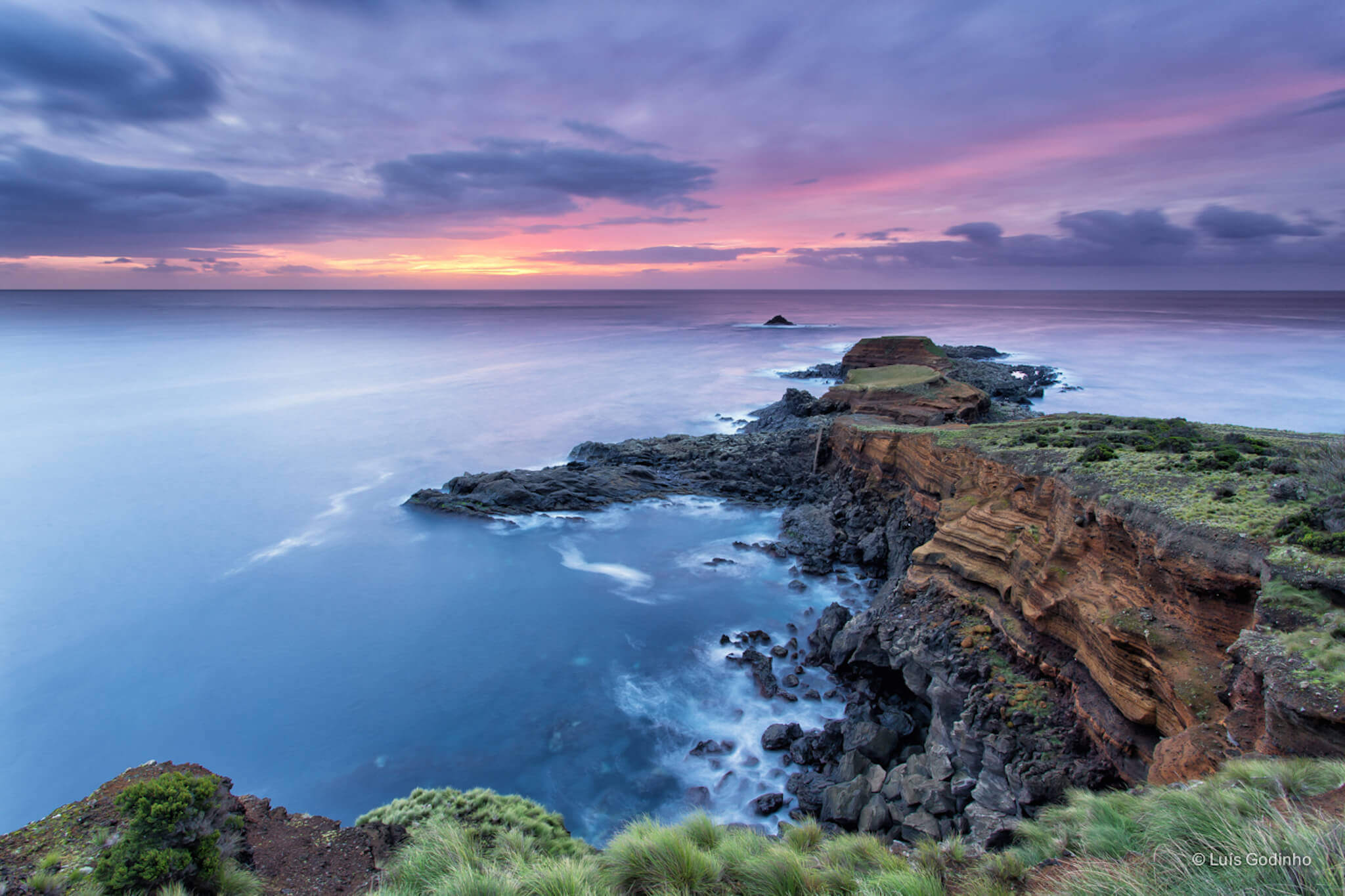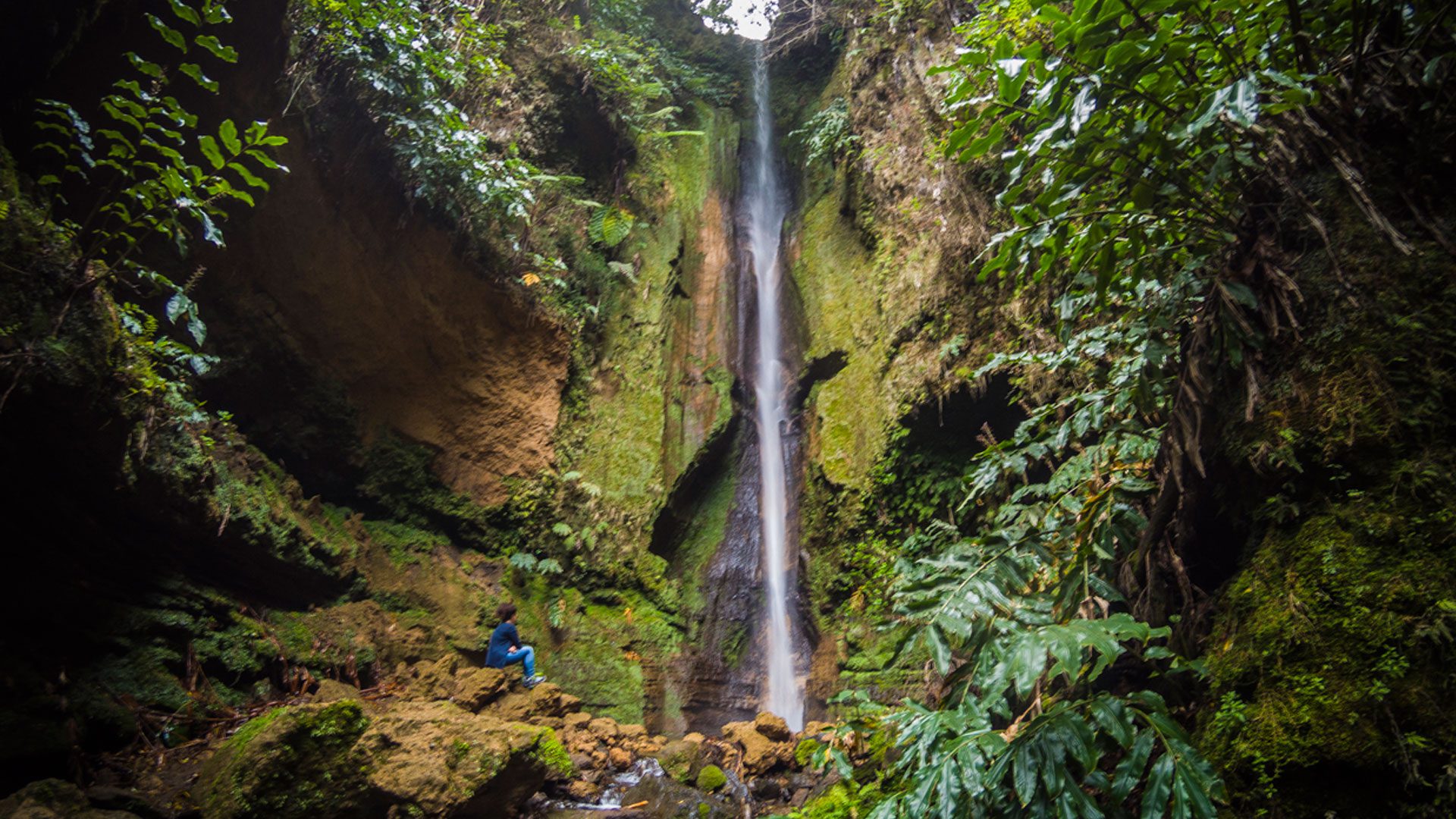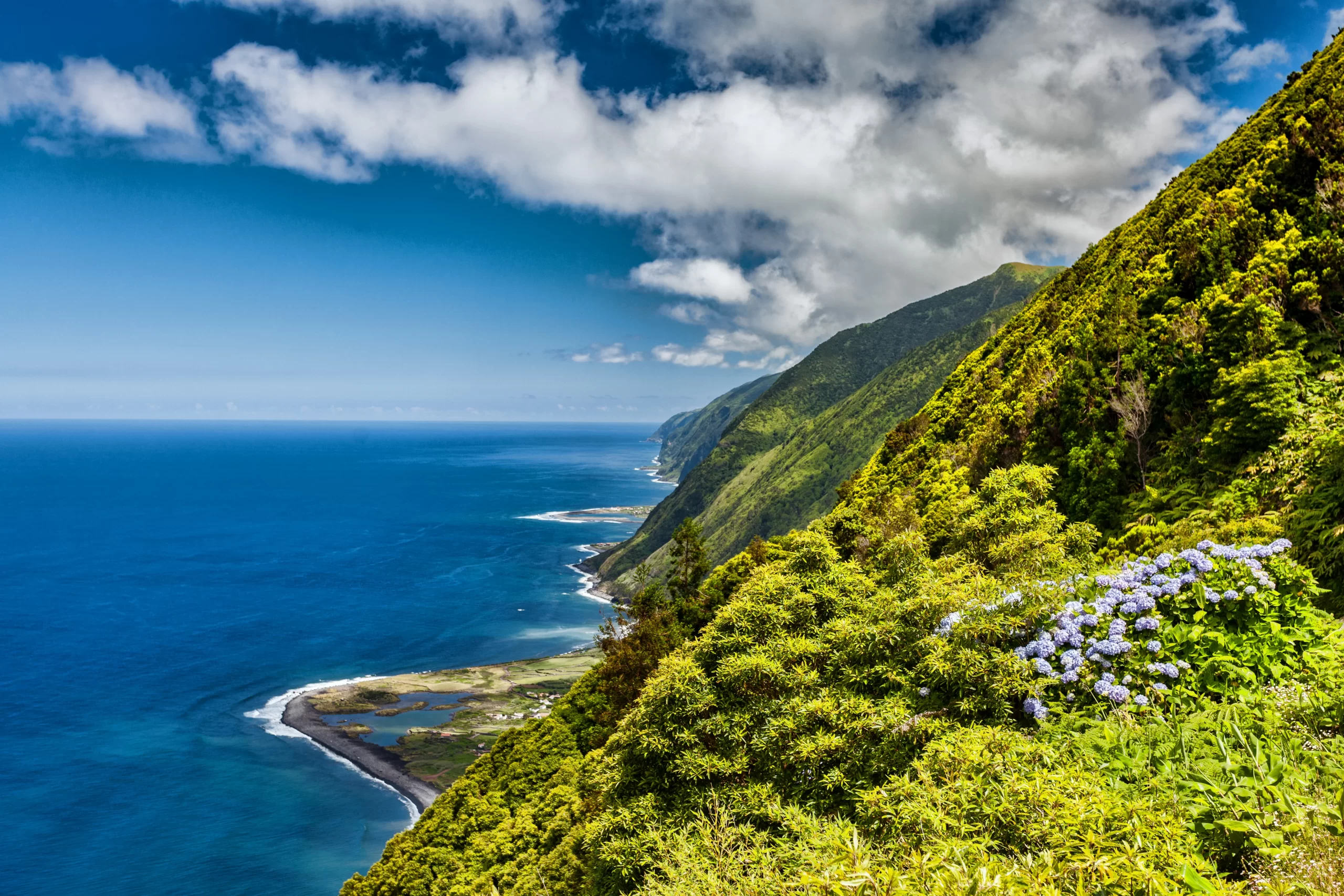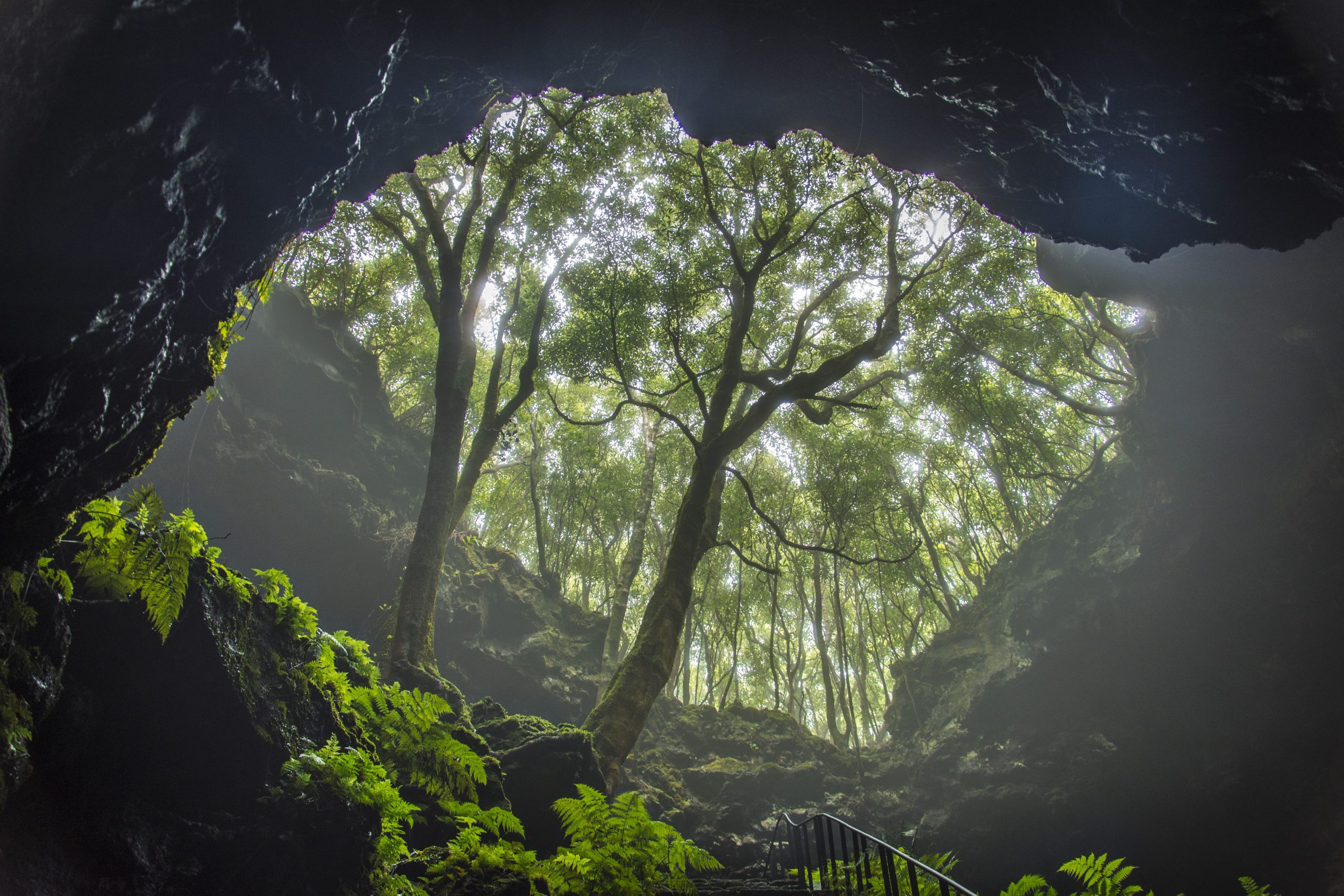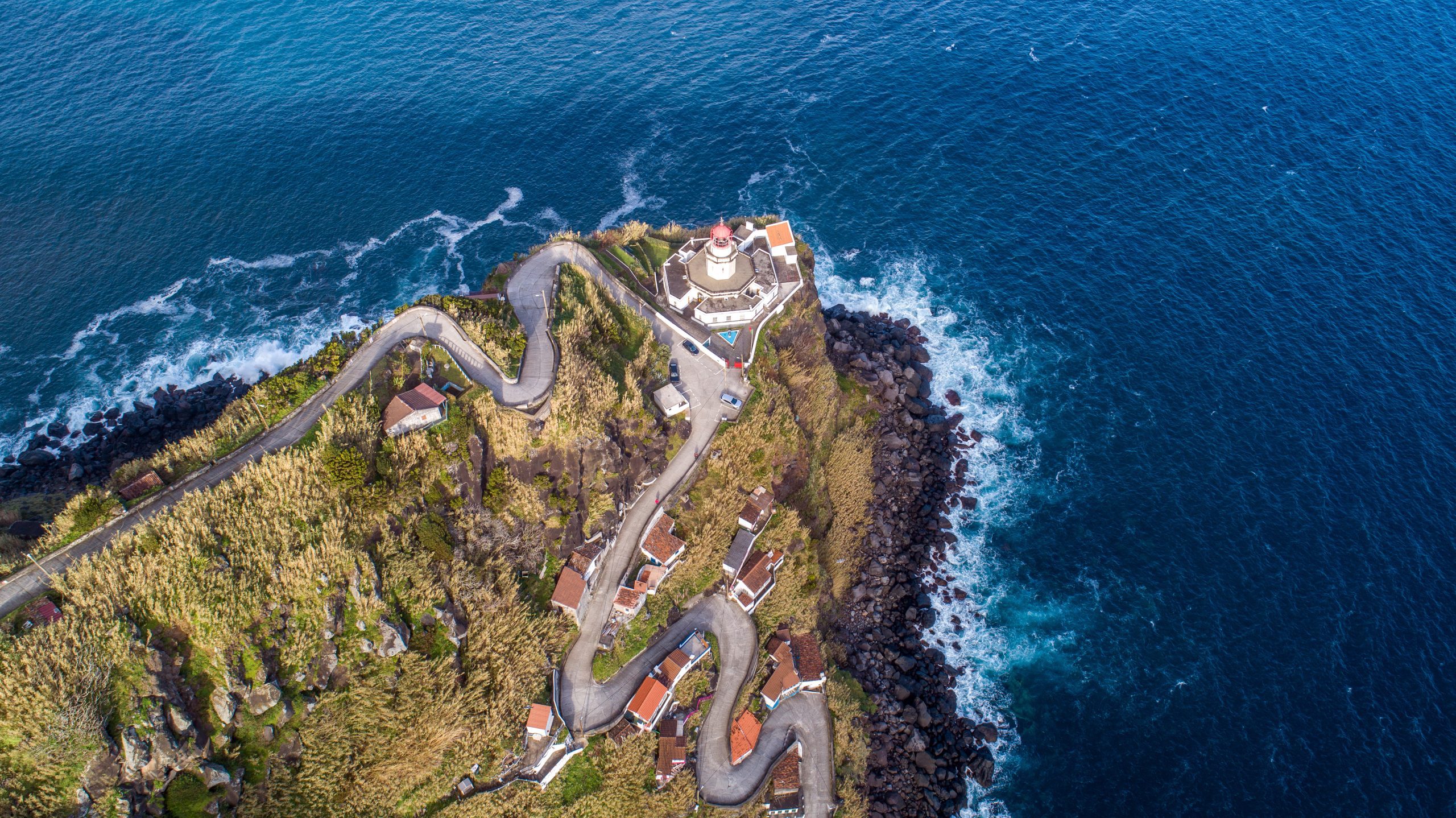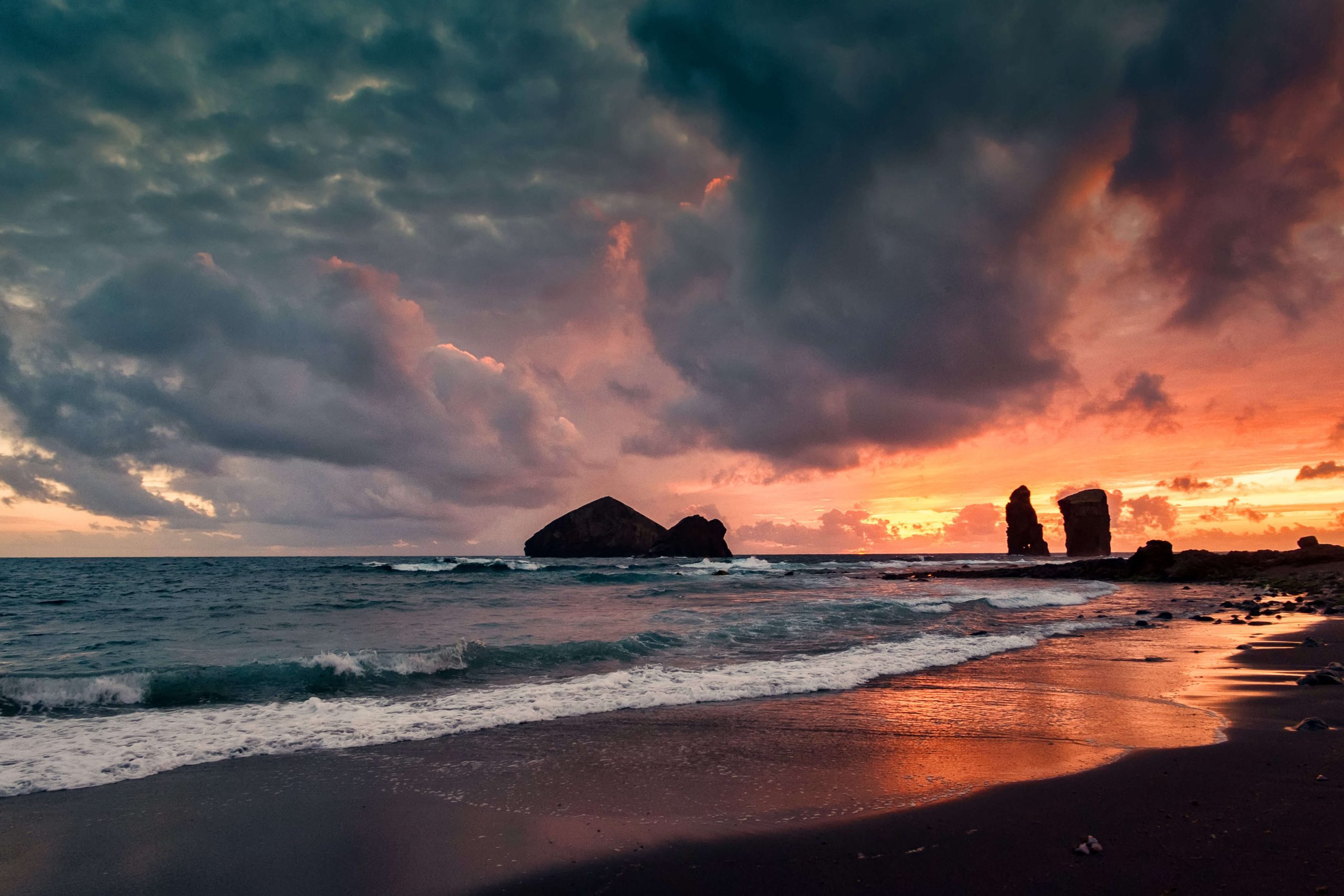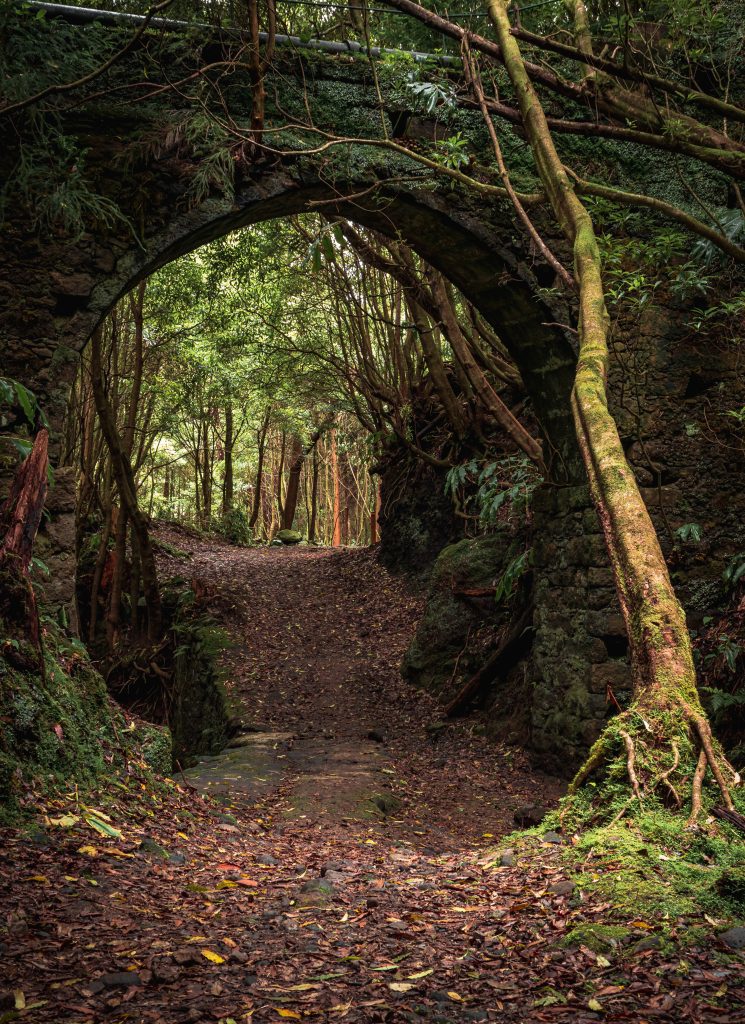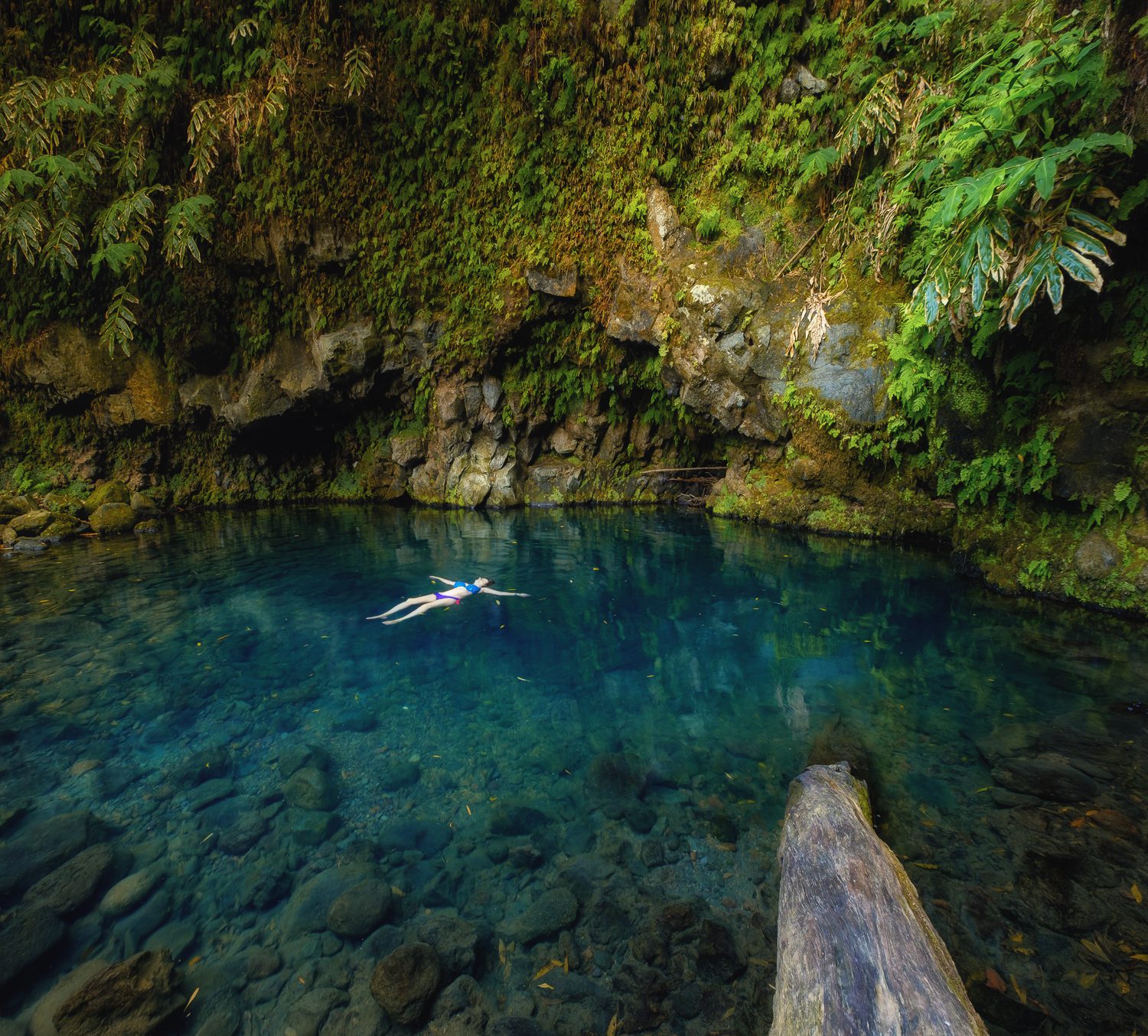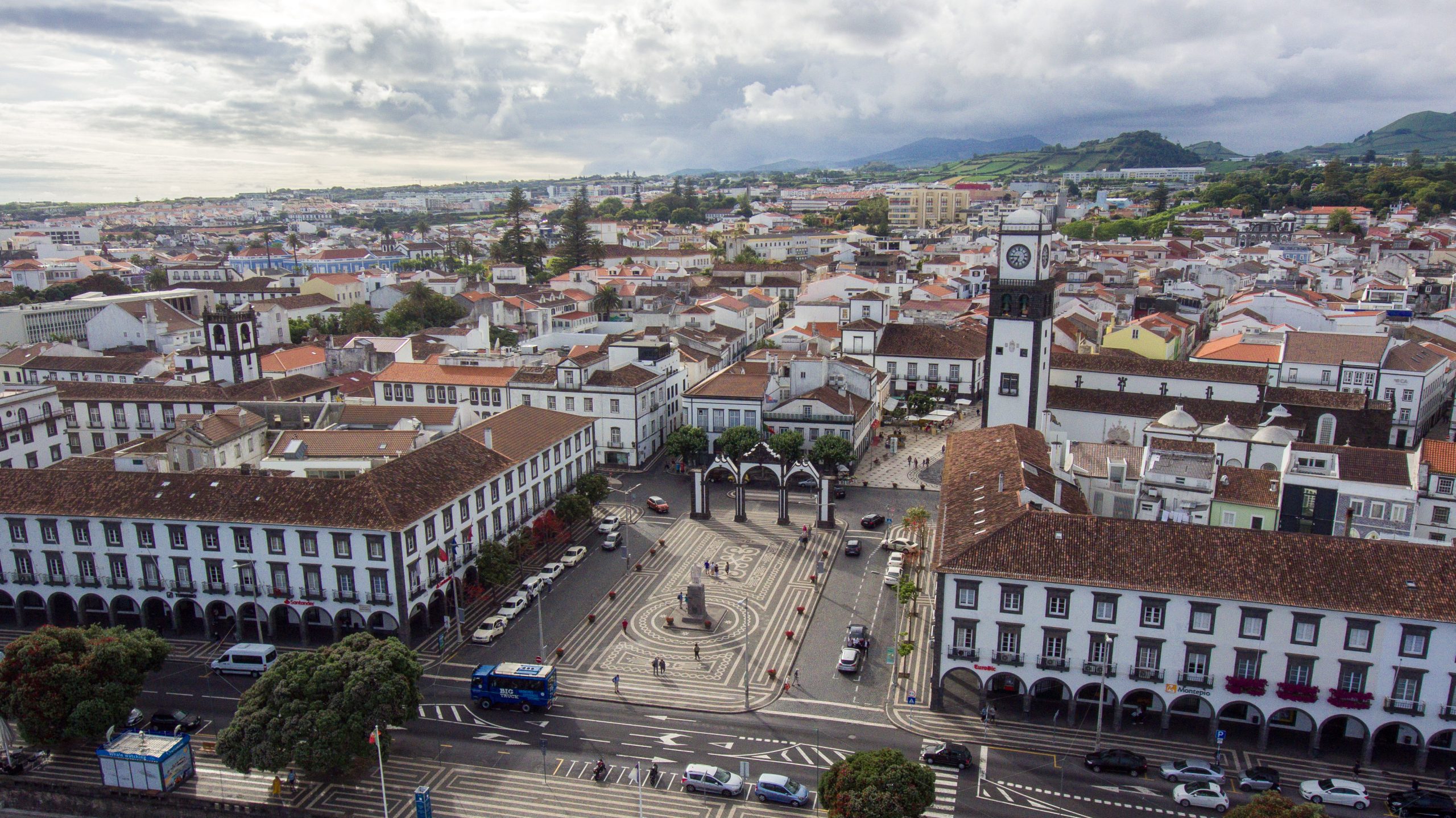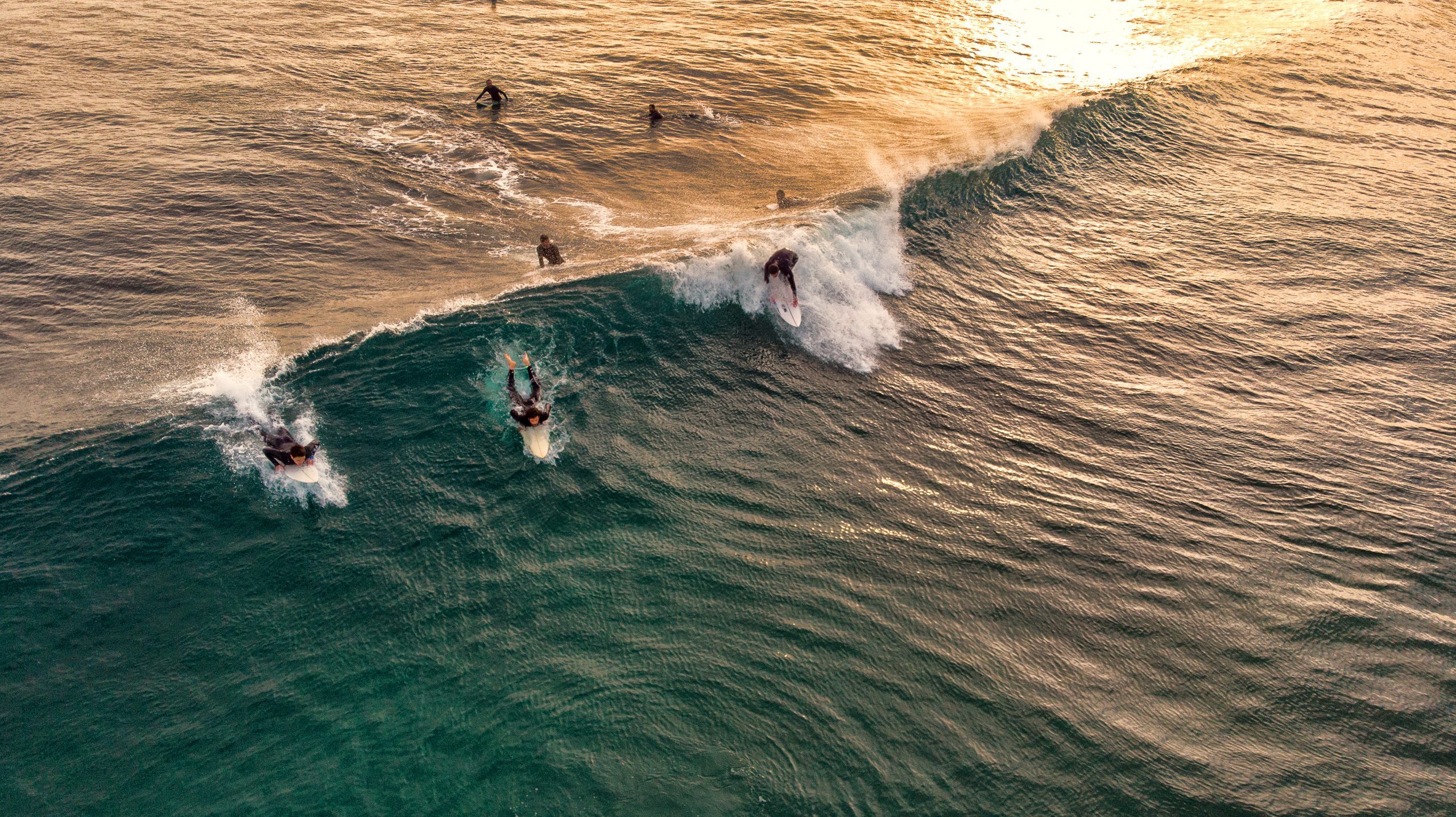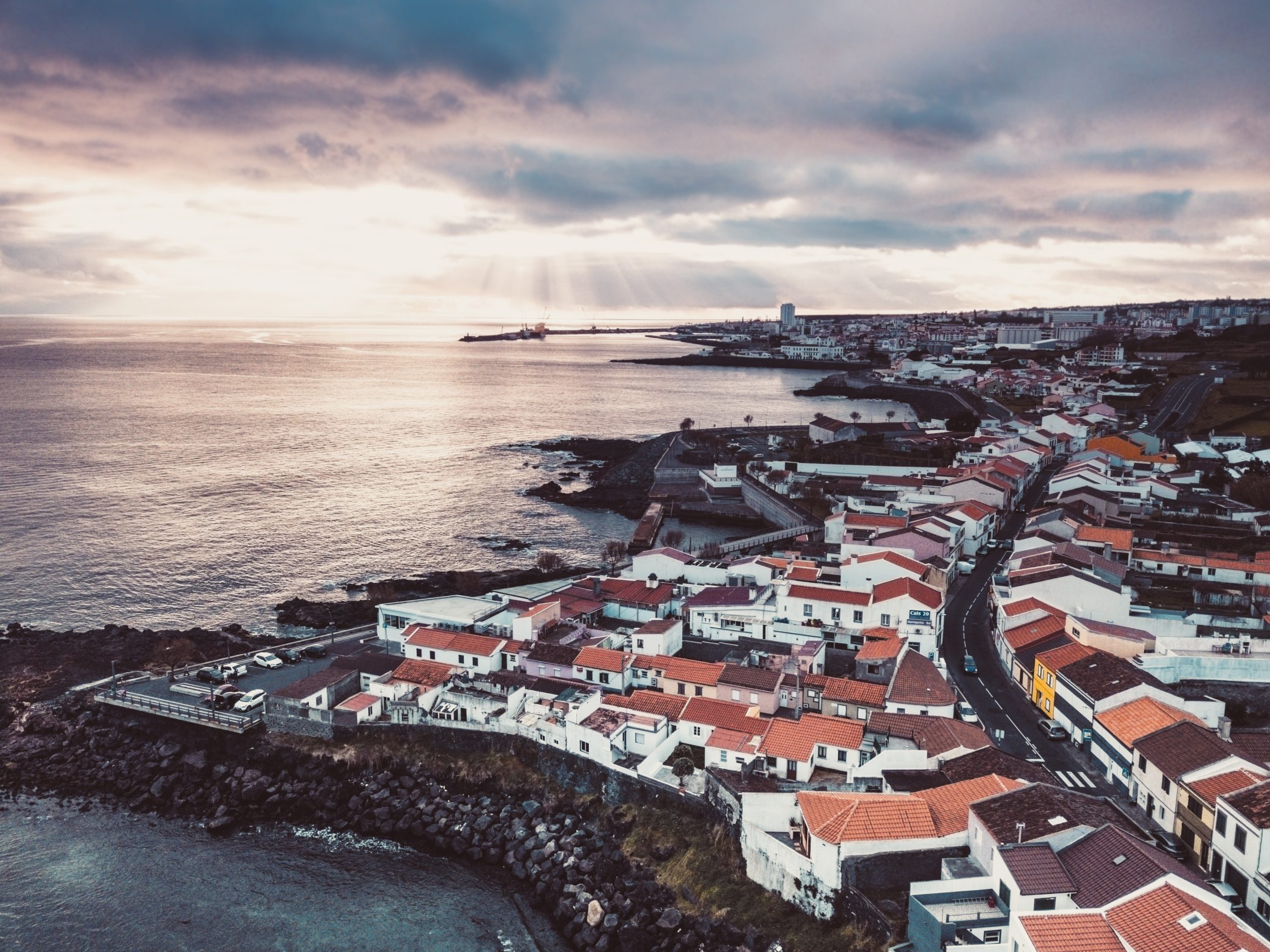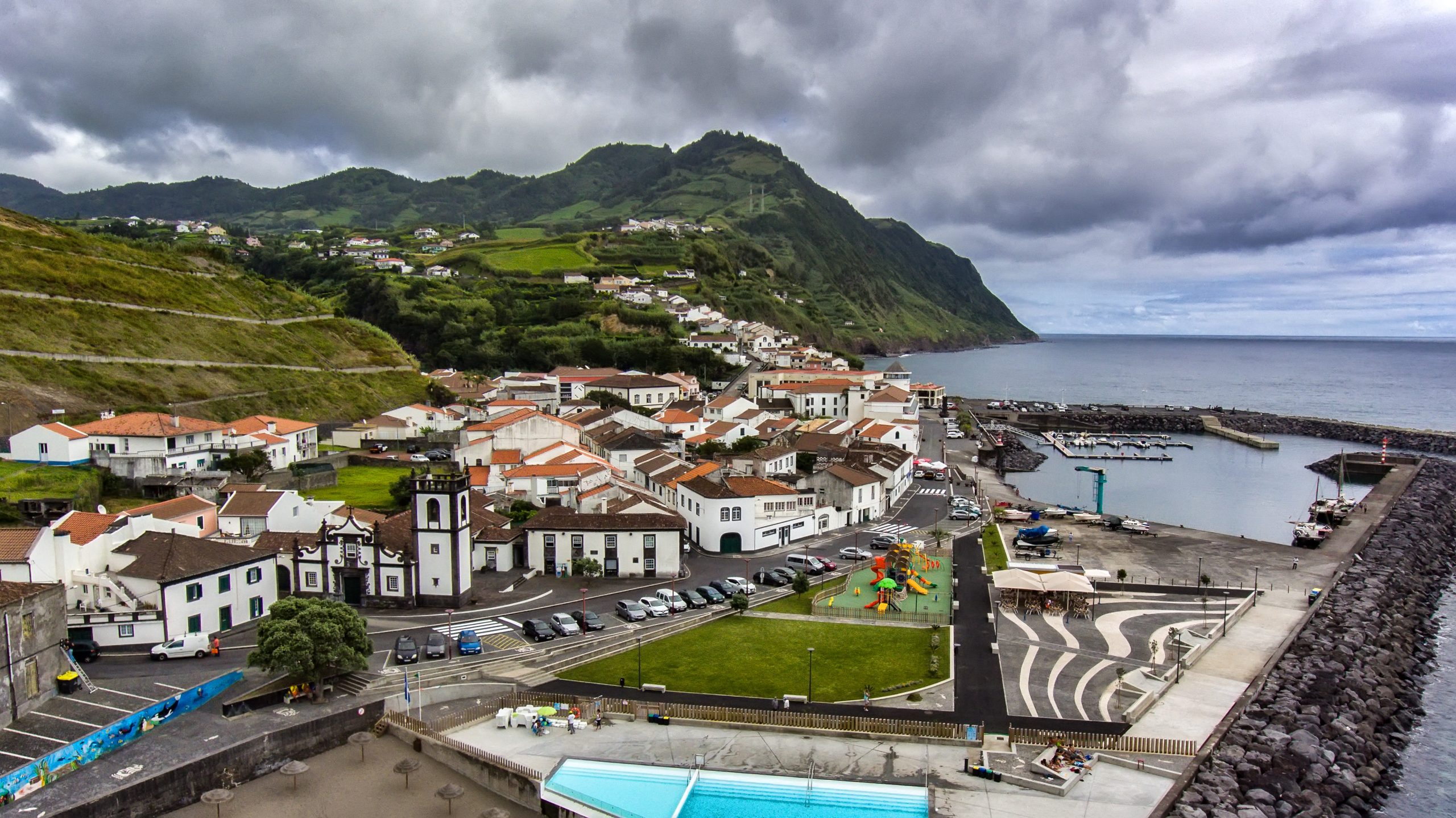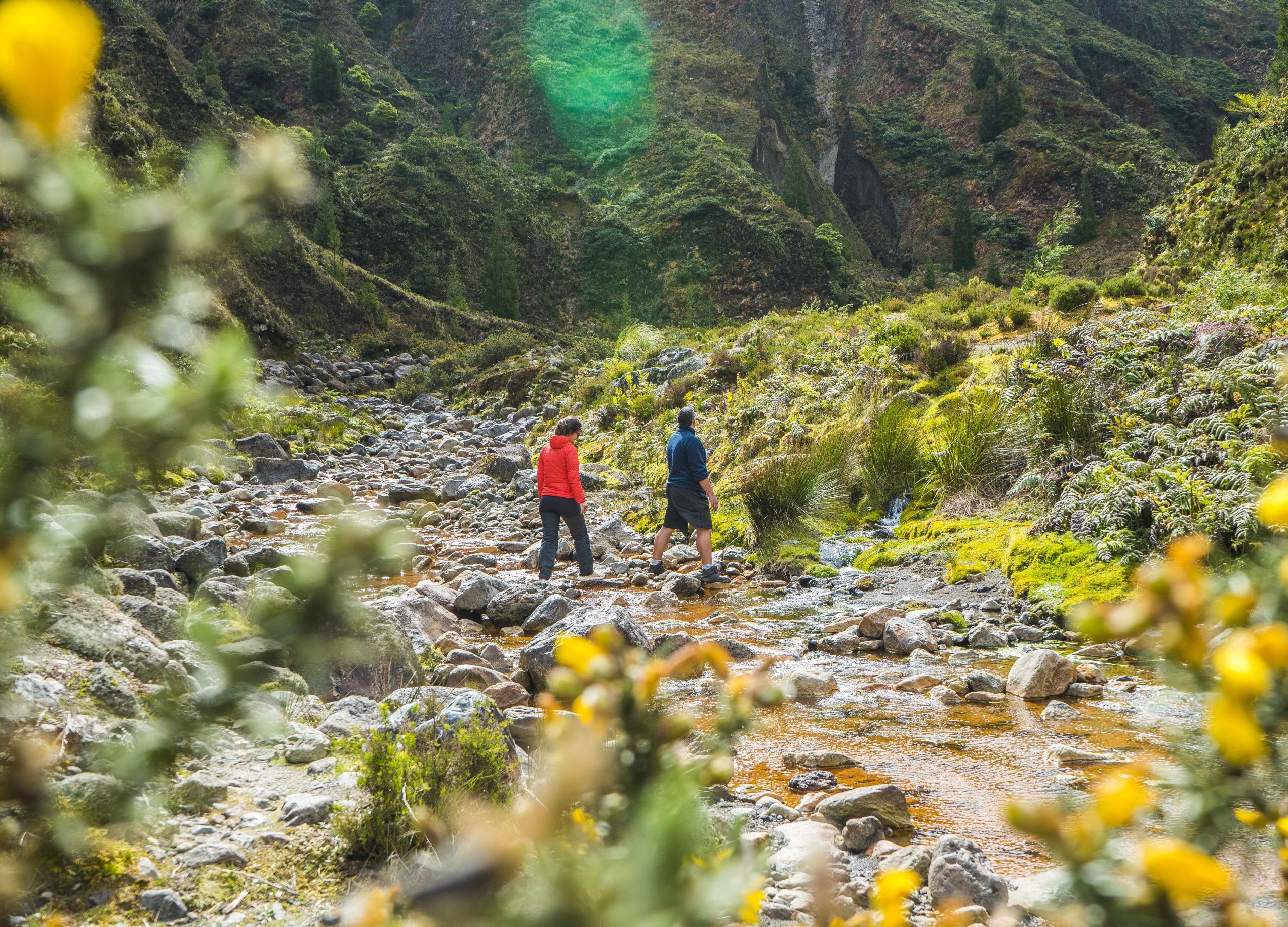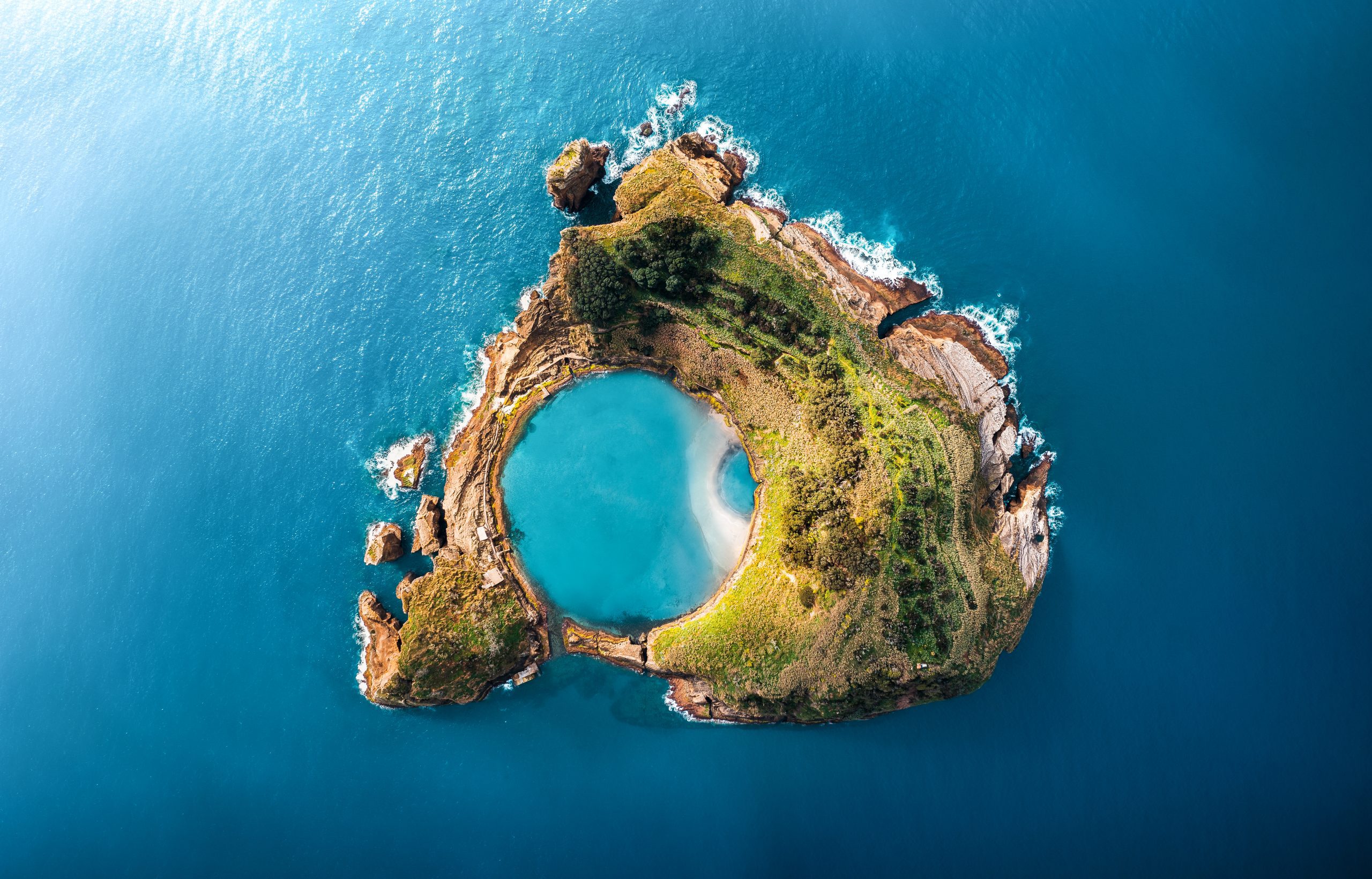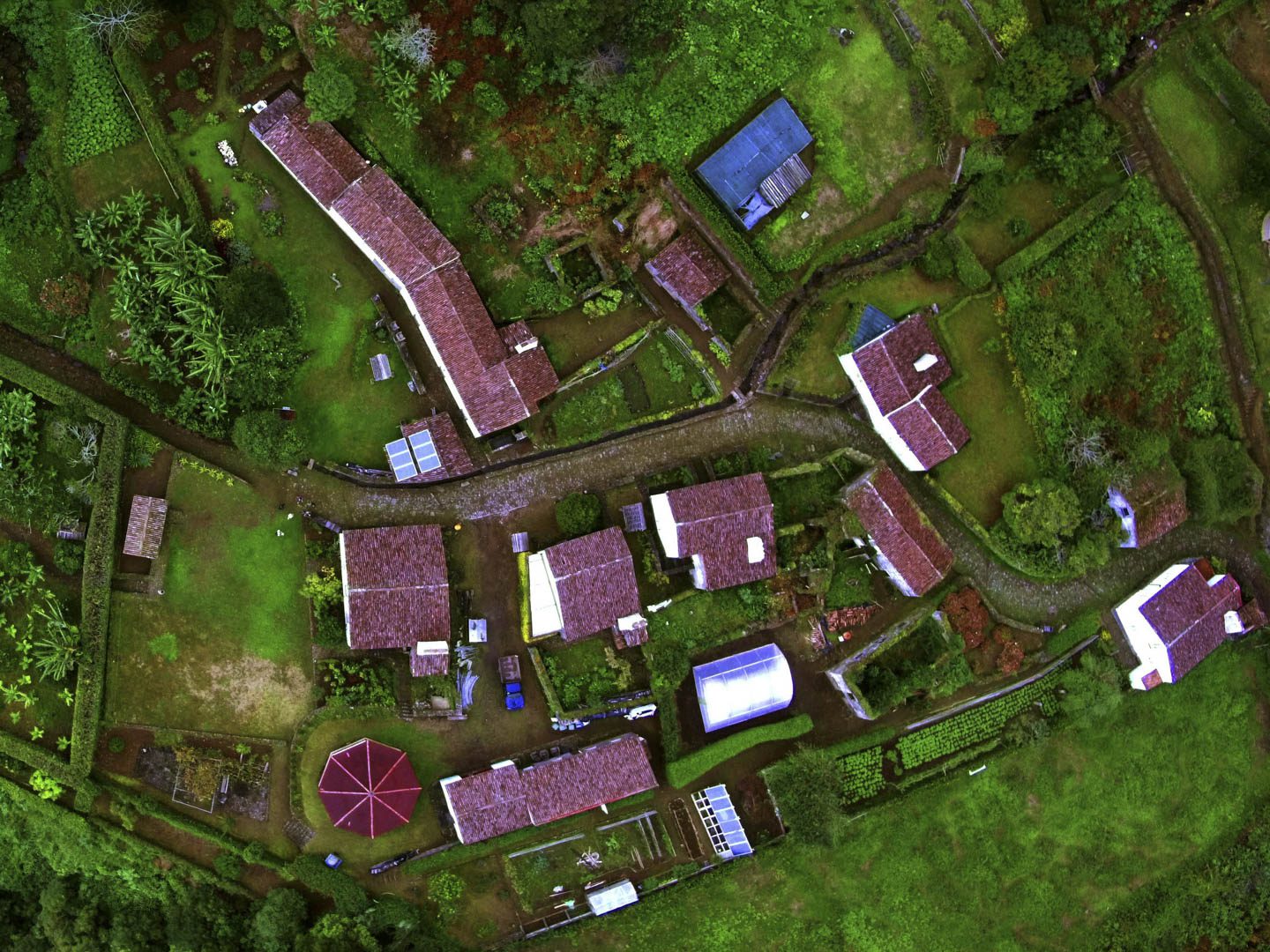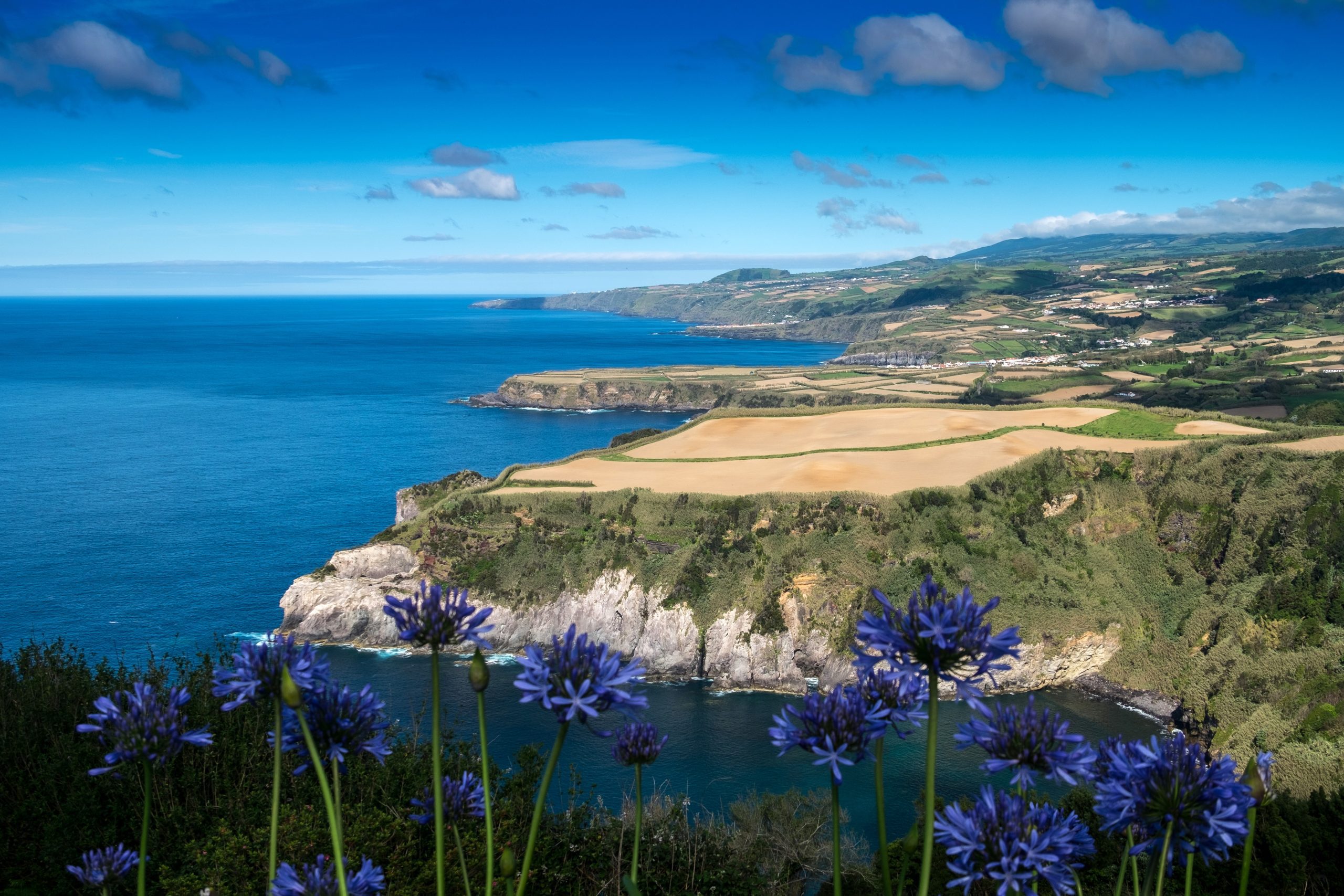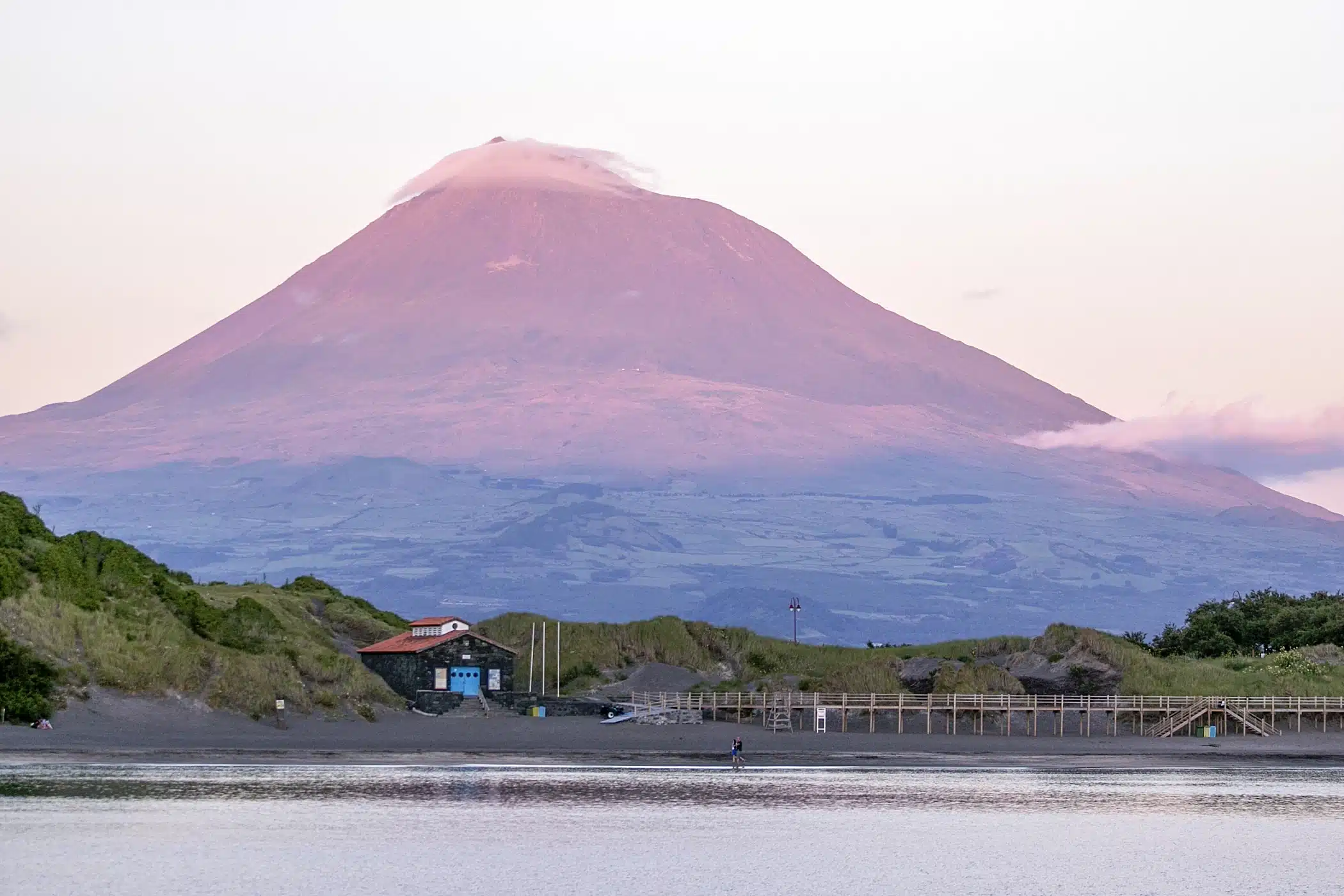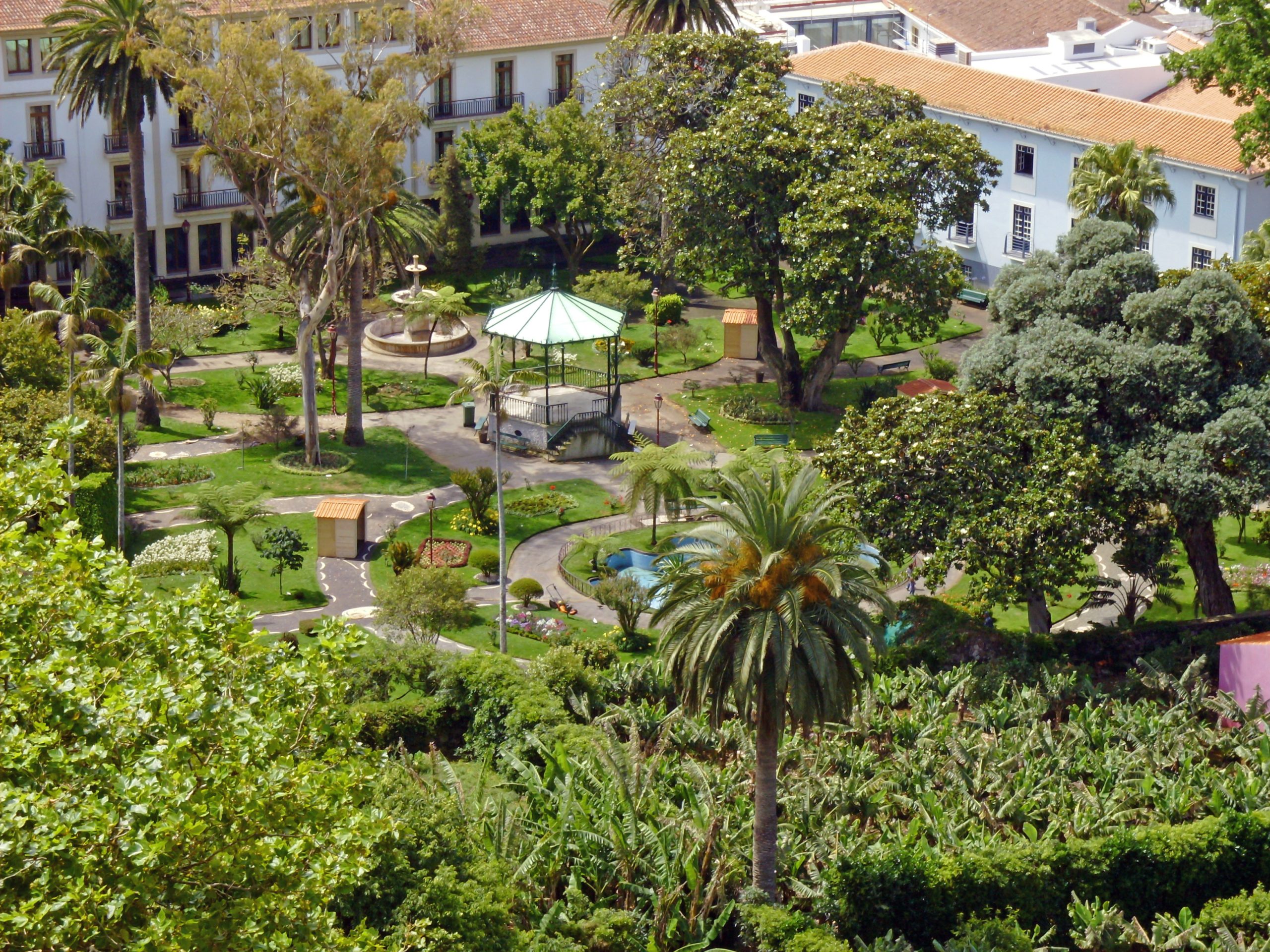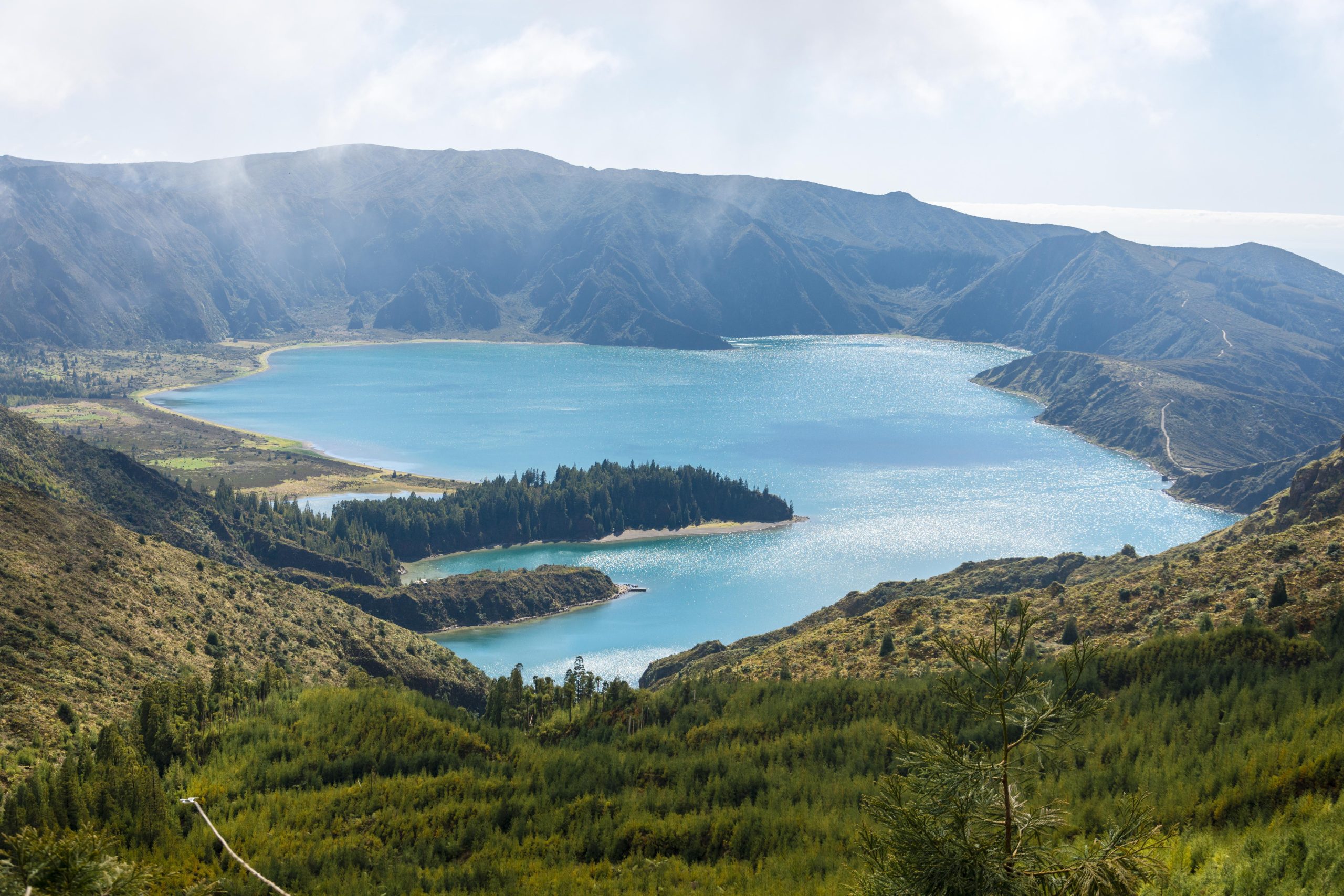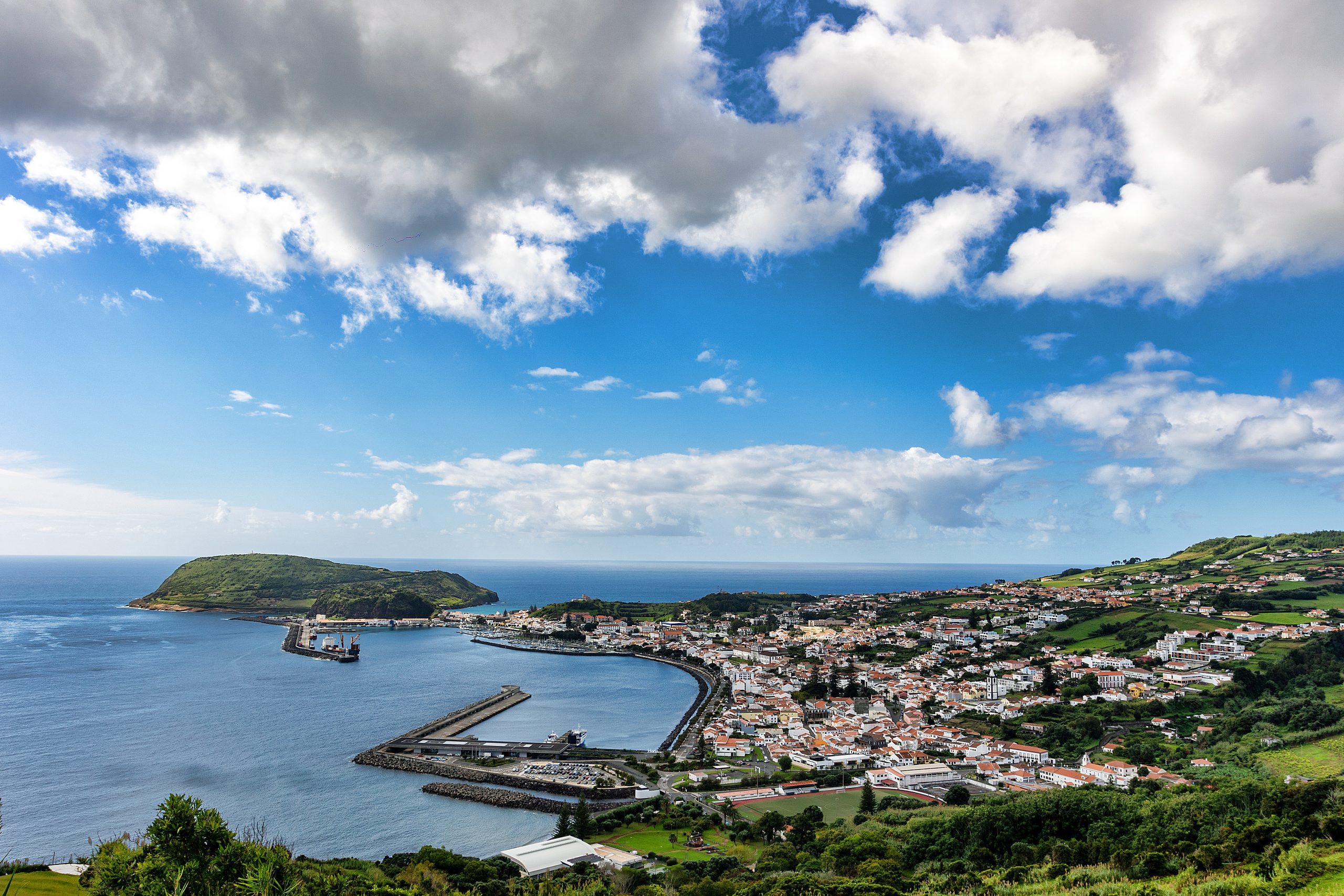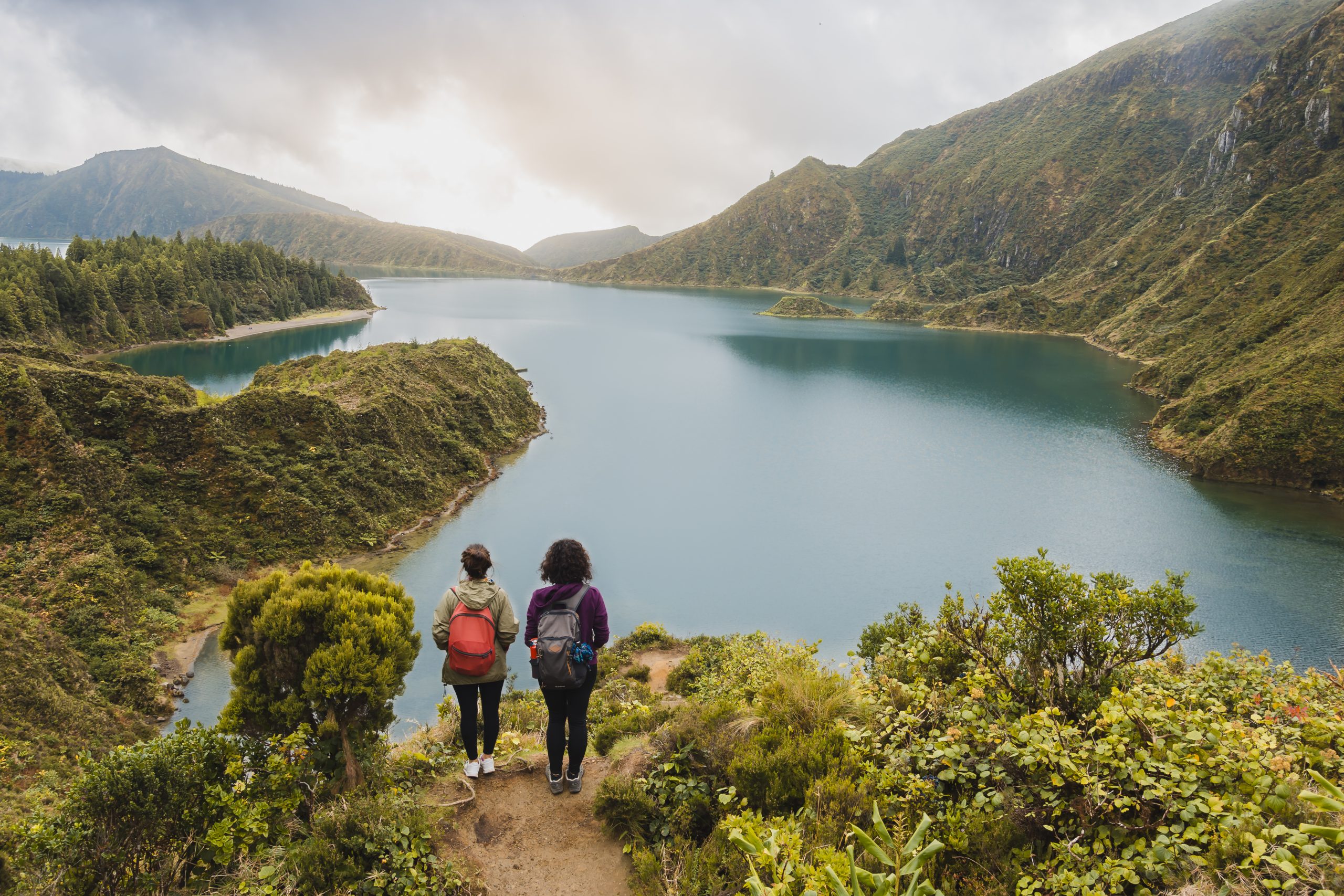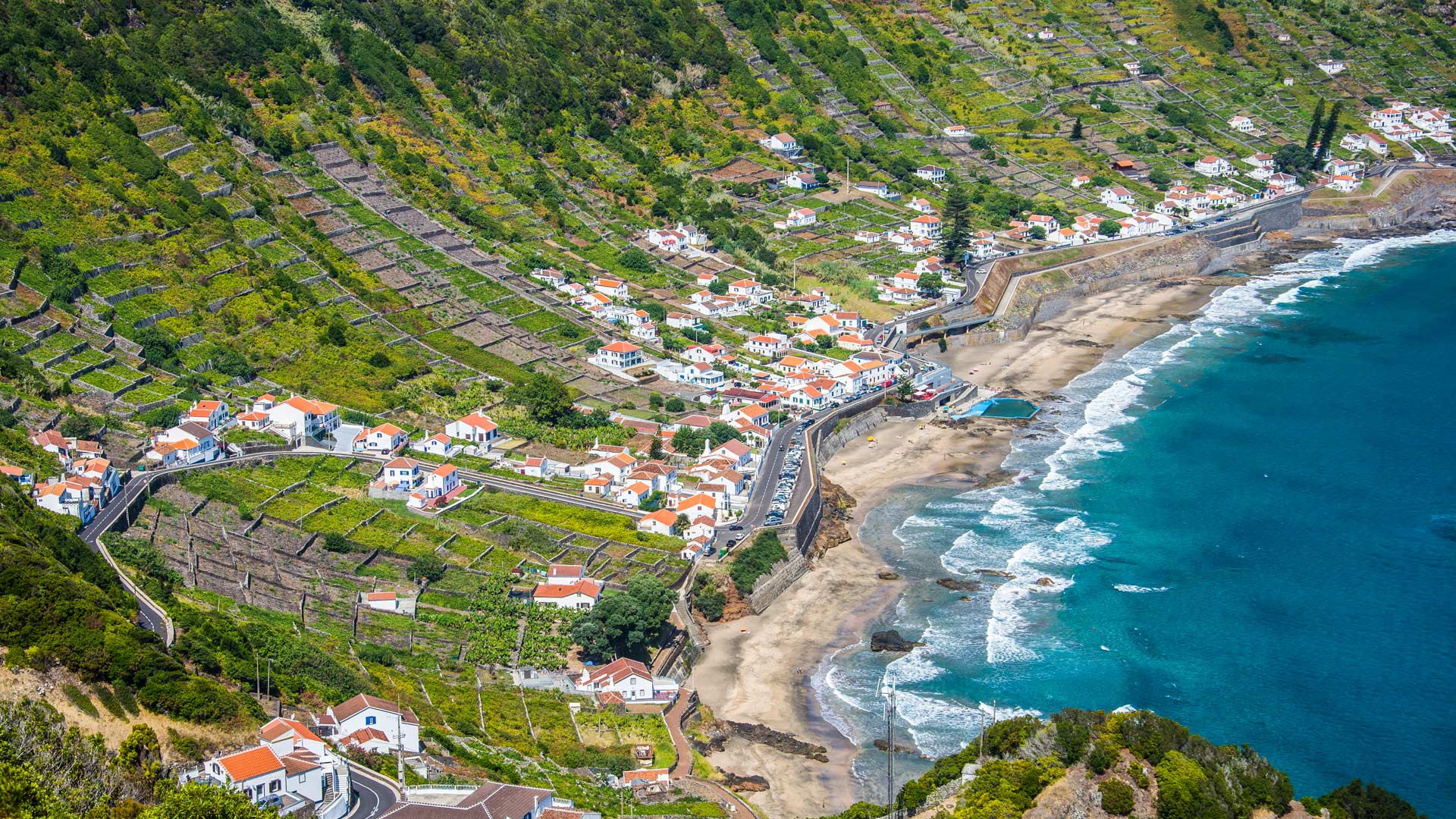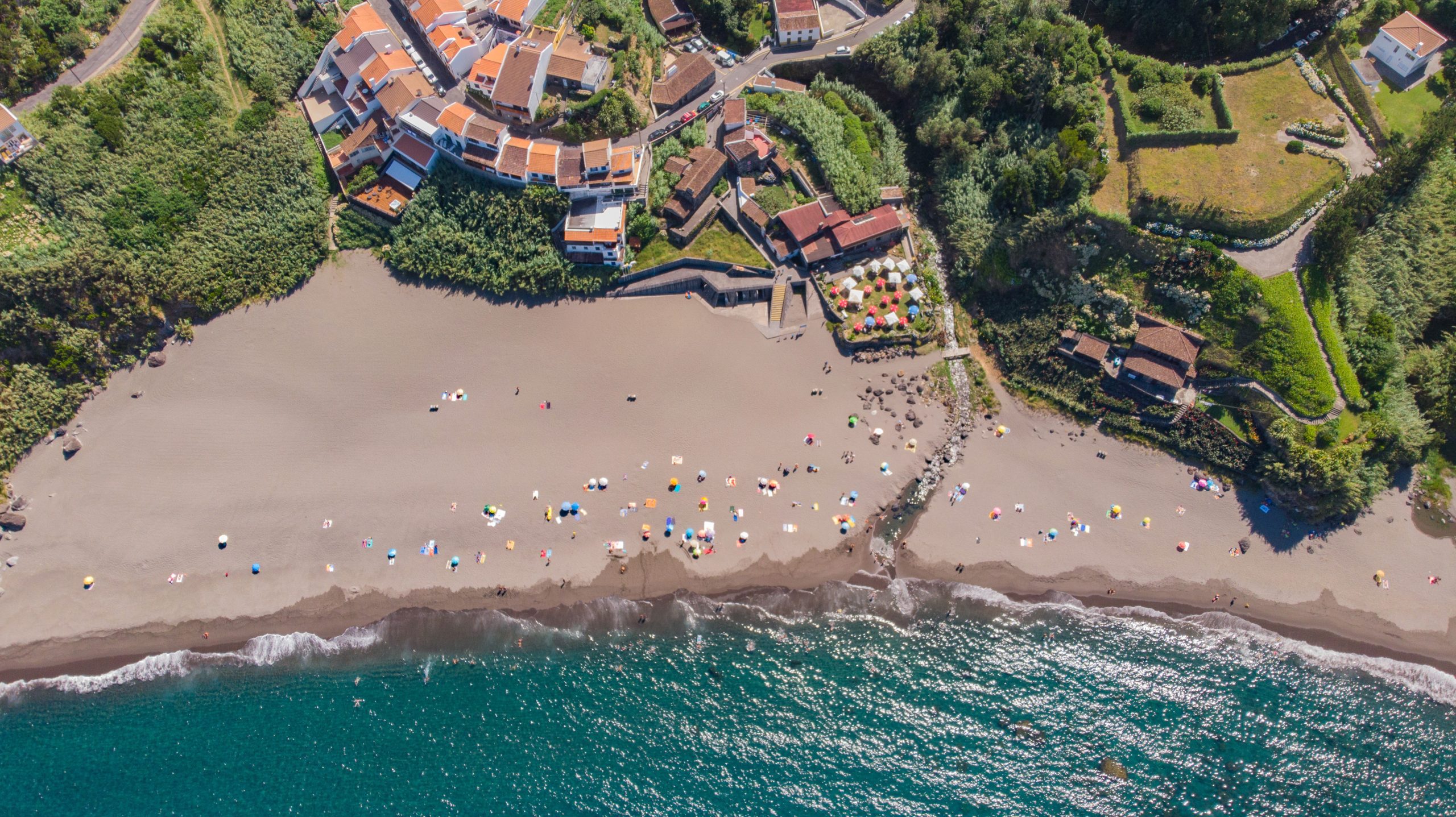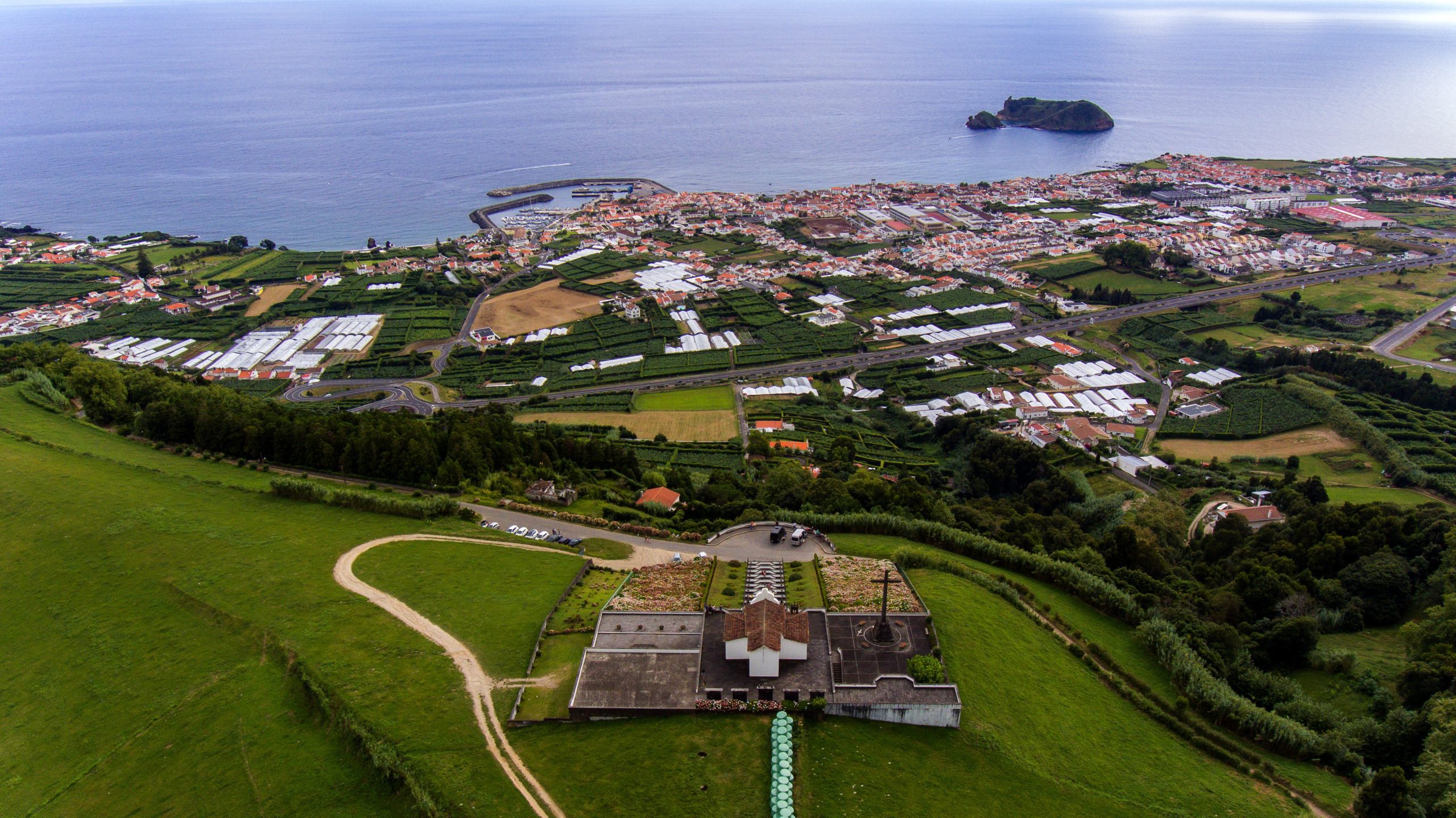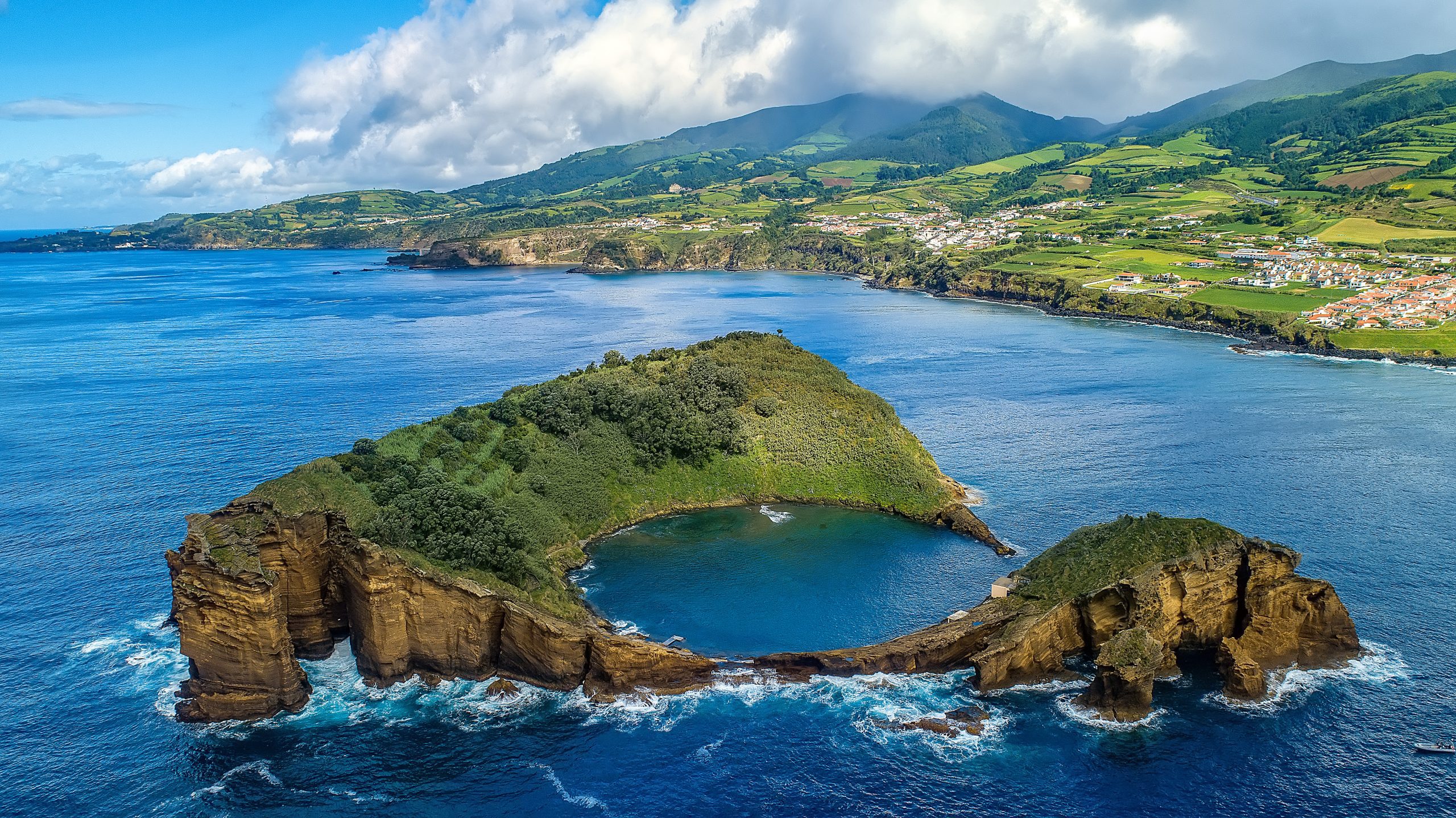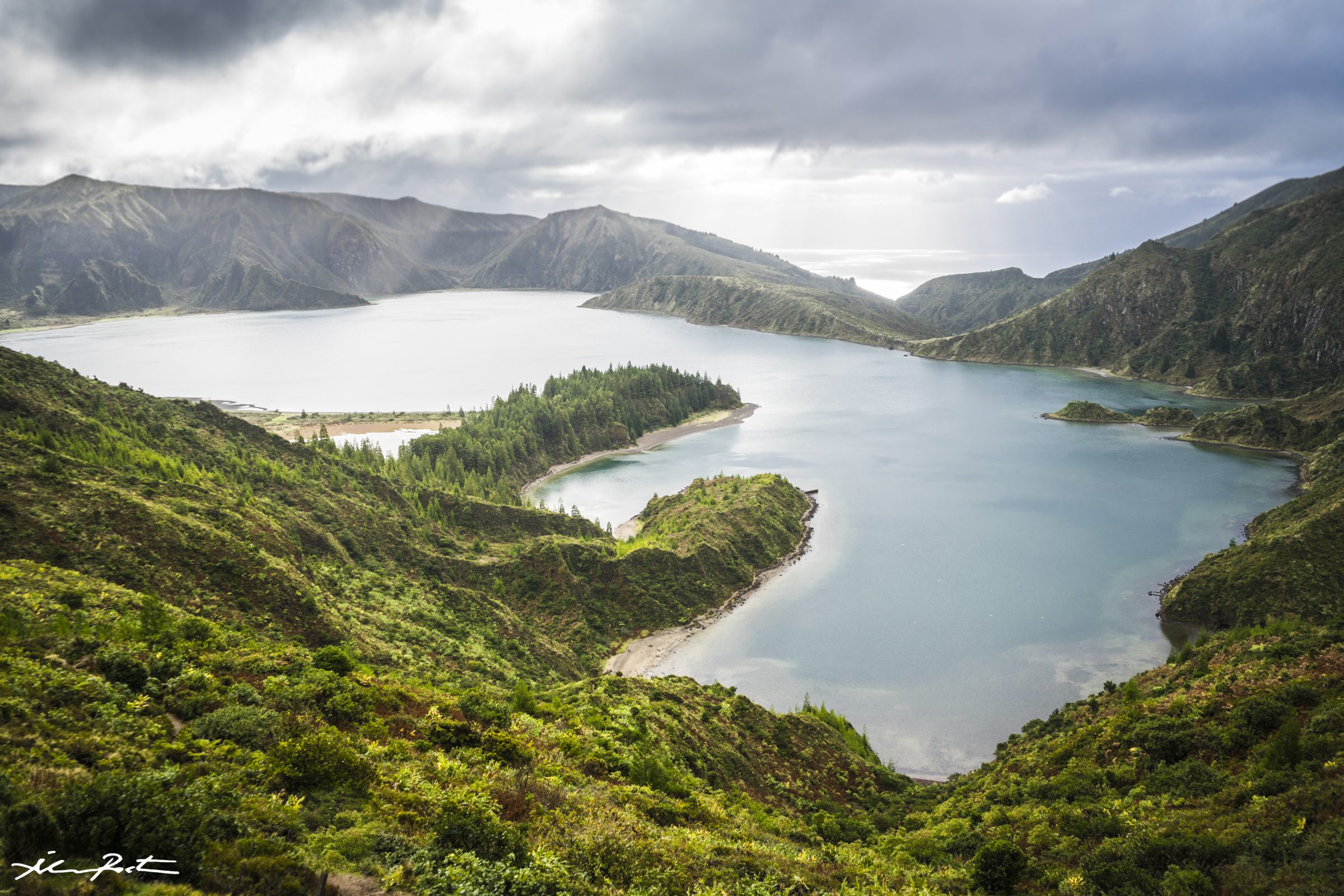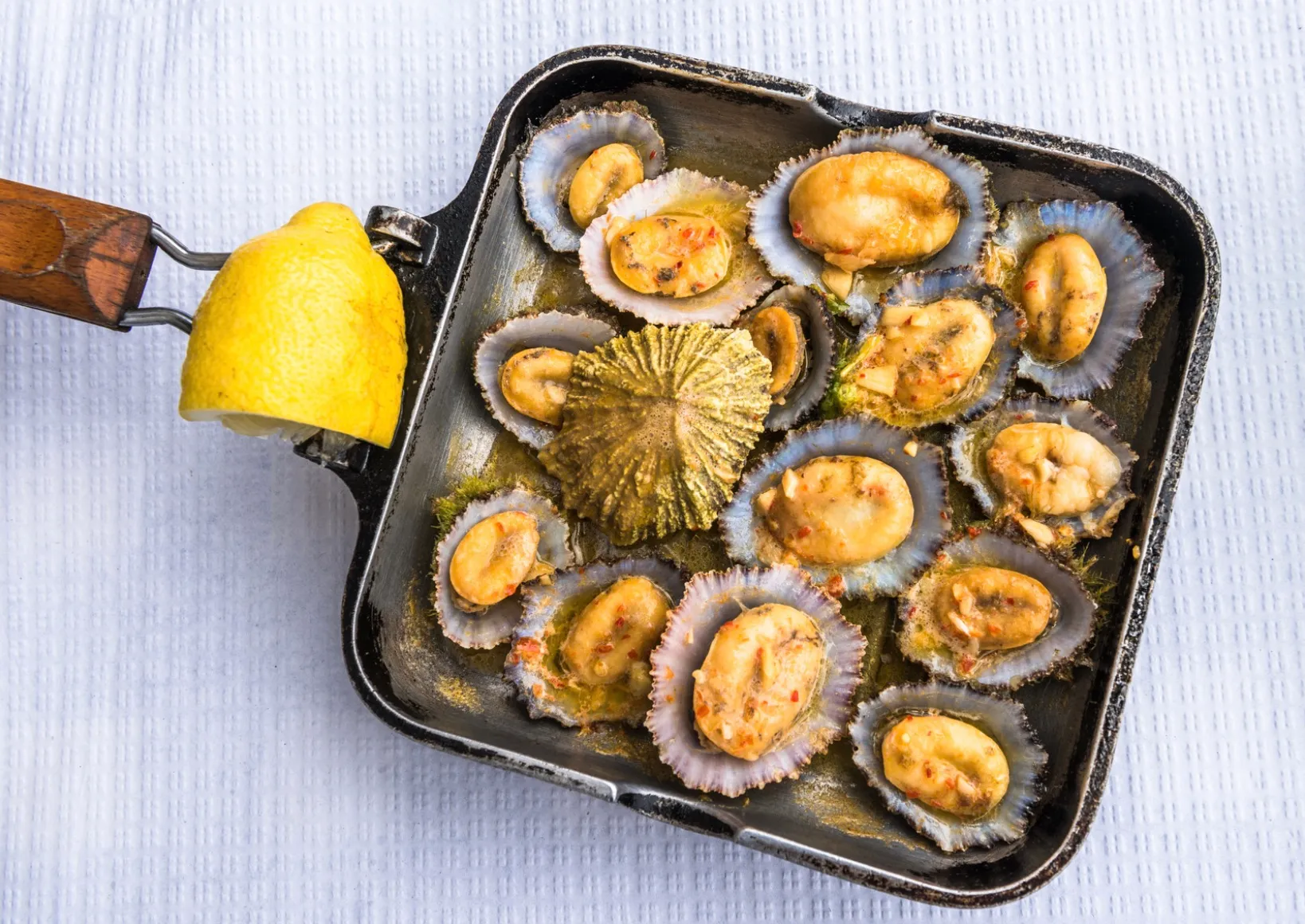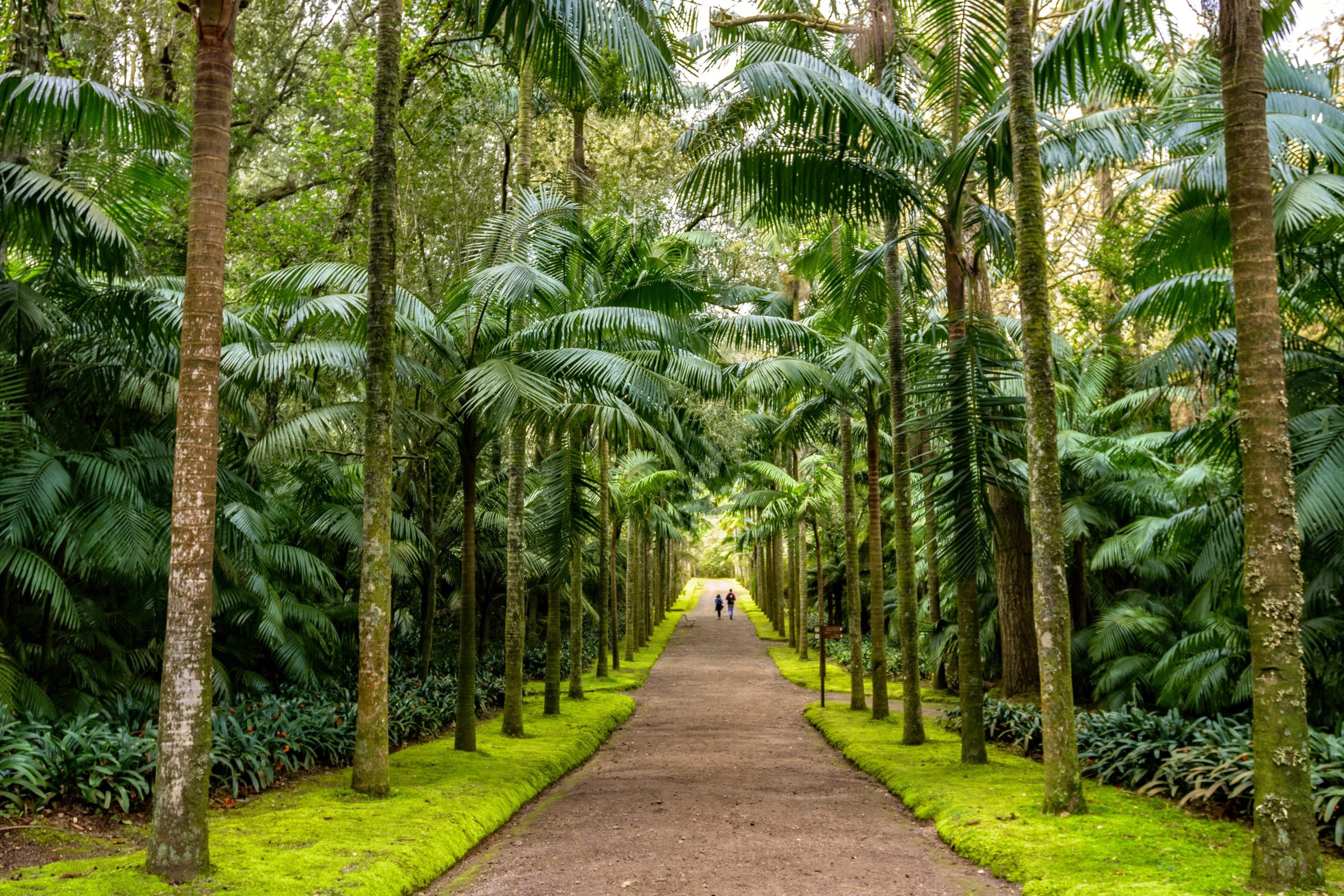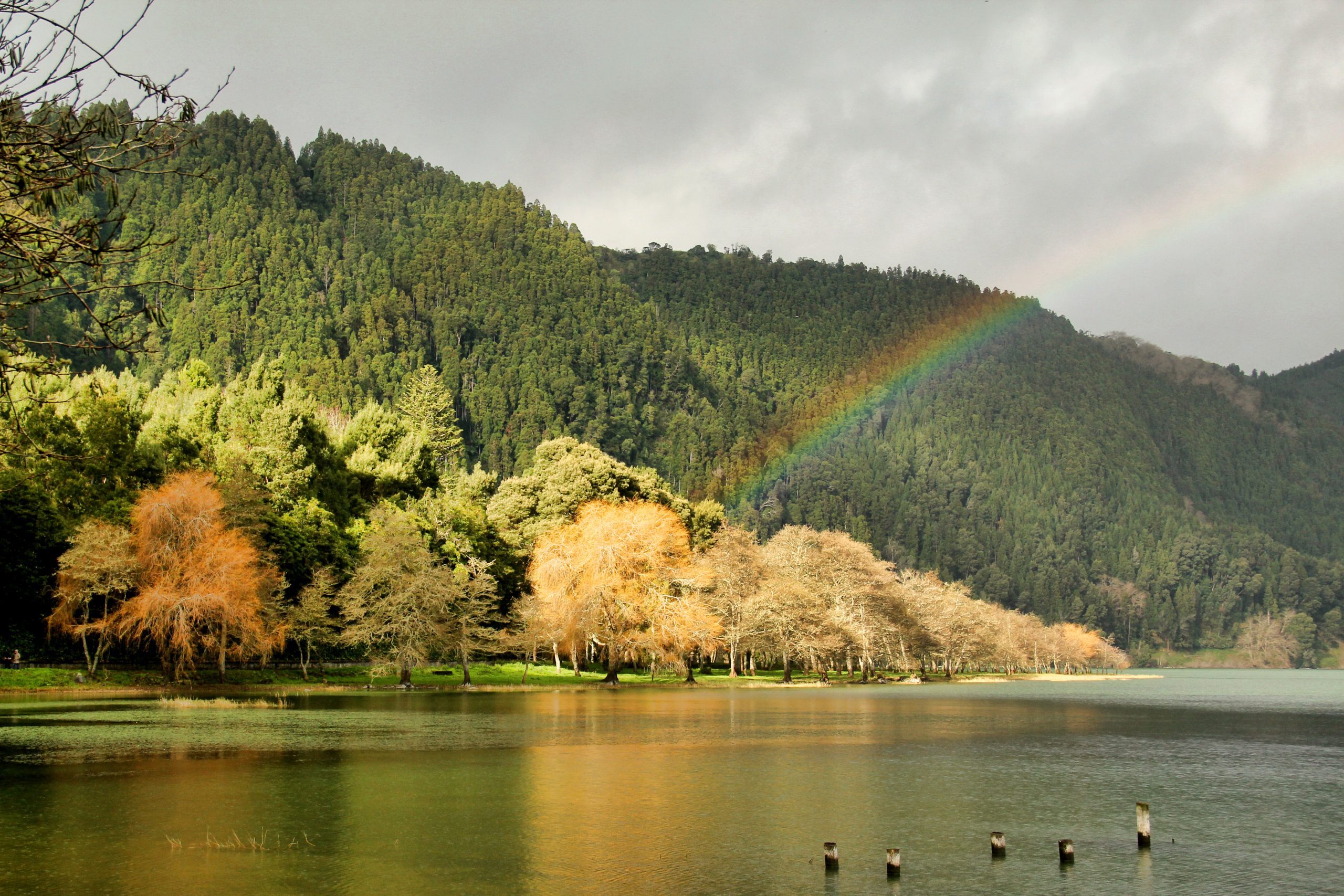The Azores islands, named ‘Miradouro Vigia da Baleia’ (Whale Spotter’s Viewpoint), have several viewpoints around the region. We can find six spots with this exact name in the archipelago.
Why is this a common name for a viewpoint? Not only is the Azores a true paradise for whales and dolphins, but also because of our islands’ history with these gentle giants.
In this article, we will discuss the Azores and their whale hunting history, including the role of whale spotters, and explore the viewpoints named Miradouro Vigia da Baleia on three different islands.
What Does ‘Vigia da Baleia’ Mean?

Literally, the whale spotter. In the Azores, from the end of the 18th century to 1987, whale hunting was a significant source of wealth for the islands. This activity came from New England and became a tradition here. Americans taught Azoreans to hunt whales with large boats, but traditional Azorean whaling ships were much smaller due to the limited availability of materials and financial means.
To determine where the boats should go for whale hunting, several spotters were stationed along the coast to try to spot the animals. They used to send smoke signals to guide the boats. For the days with rough weather, they had a small cabin to serve as shelter; many of these are still standing today.
Did you know
Today, we still use those historical cabins to spot whales, but for whale and dolphin watching activities.
We now forbid hunting whales and want to peacefully show off those wonderful animals while preserving some old traditions, such as the spotters. Thanks to technology, they now operate with radio to guide the boats.
What are the ‘Miradouros Vigia da Baleia’?
Miradouro Vigia da Baleia in Feteiras, São Miguel

We will discuss the first Miradouro Vigia da Baleia on the South Western coast of São Miguel, near Feteiras. It is located approximately 12 km west of Ponta Delgada. You must follow the EN1-1A road on the south coast, passing by Relva town. It is located on the main road, just after the intersection, heading towards Sete Cidades.
The best time to visit this viewpoint is near sunset, as it faces the West. You can also go there any time of the day, but it is an excellent stop if you are on your way to Mosteiros for the best sunset on the island.
There is some parking space on the side of the road closer to the ocean. Moreover, for any Miradouro Vigia da Baleia, we always recommend taking your binoculars and trying to spot some whales or dolphins. This is very hard, but if you have time and are patient, you may get some luck!
Check all our articles about each one of the most relevant points of interest in Ponta Delgada: Gruta do Carvão | Ponta Delgada | Jardim António Borges | Jardim Botânico José do Canto | Pinhal da Paz | Portas da Cidade | Milícias & Pópulo Beaches | Praia de São Roque | Pico Vermelho Windmill | Rocha da Relva | Mercado da Graça | Miradouro Vigia da Baleia
Miradouro Vigia da Baleia in Capelas, São Miguel

On the North Coast of São Miguel Island, there is our second Miradouro da Vigia. This small cabin, made of concrete, offers a panoramic view of the ocean and the North coast of the green island. It is about 20 kilometers west of Ribeira Grande. You must drive on the north shore, passing by Calhetas, Fenais da Luz, and São Vicente Ferreira to finally reach Capelas. Once inside Capelas, reach the harbor, which is right beside it.
This is a great spot to go at any time during the day. The golden hour is wonderful to take pictures of the coast. It is possible to climb the stairs on the cabin’s roof to have an even better view!
Check all our articles about each one of the most relevant points of interest in Ribeira Grande: Caldeiras da Ribeira Grande | Ribeira Grande | Miradouro da Bela Vista | Lagoa de São Brás | Porto de Santa Iria | Poços de São Vicente | Praia dos Moinhos | Salto do Cabrito | Miradouro de Santa Iria | Rabo de Peixe | Pico da Barrosa | Areal de Santa Bárbara | Miradouro Vigia da Baleia | Jardim Municipal da Ribeira Grande | Waterfalls of Ribeira Grande
Miradouro Vigia da Baleia in Povoação, São Miguel

Vigia da Baleia is not only a viewpoint but also a complete hiking trail in Povoação, located on the southeastern coast of São Miguel. The official path PR18 is a 7-kilometer hike that links the towns of Povoação and Faial da Terra. It takes about 3 hours to complete. It passes by the forest, cow fields, and several viewpoints.
To begin this trail, it is best to leave in the morning to ensure you have time to complete it both ways before sunset, and with plenty of time to enjoy both Povoação and Faial da Terra.
If you love hiking, you can combine the stunning trails of Sanguinho and Salto do Prego in Faial da Terra and then go to Povoação via the Vigia da Baleia hike. Begin in the morning, and take some food and water with you. Once in Povoação, you can always head back to Faial da Terra by taxi if you prefer not to repeat the linear trail on foot.
Check all our articles about each one of the most relevant points of interest in Povoação: Povoação | Aldeia do Sanguinho | Faial da Terra | Salto do Cagarrão | Salto do Prego | Ribeira Quente Waterfall | Praia do Fogo | Miradouro do Pico dos Bodes | Miradouro Vigia da Baleia
Miradouro Vigia da Baleia in Algarvia, São Miguel

The last one for São Miguel Island: Miradouro Vigia das Baleias in Algarvia, on the northeastern part of the island. A quaint, traditional stone cabin stands, featuring a small altar dedicated to Nossa Senhora de Fátima. It is very picturesque and offers an incredible view of the Ocean from the North of São Miguel. From the town of Nordeste, it is only 11 kilometers away, going westwards. Follow the EN1-1A road towards Lomba da Fazenda, Nordestinho, and exit Algarvia. Cross the village and always go towards the ocean.
You can visit Miradouro Vigia da Baleia on your way to Nordeste. Or right after seeing the sunrise from the viewpoints on the Eastern coast. There are some picnic tables and benches around the viewpoint. You can go there for a picnic lunch or a barbecue. There are also toilets and other facilities to have a great meal with a view.
Check all our articles about each one of the most relevant points of interest in Nordeste: Cu de Judas | Nordeste | Farol do Arnel | Faial da Terra | Ponta do Sossego | Miradouro do Salto da Farinha | Pico da Vara | Pico dos Bodes | Poço Azul | Ribeira dos Caldeirões | Miradouro da Boca da Ribeira | Ponta da Madrugada | Miradouro Vigia da Baleia
Miradouro Vigia da Baleia at Ponta do Castelo, Santa Maria

We’ve placed the 5th viewpoint, Miradouro Vigia da Baleia, at Ponta do Castelo, on the southeastern tip of Santa Maria Island. Enjoy a stunning view of Maia Bay and its iconic lighthouse, Gonçalo Velho Cabral Lighthouse, from this vantage point. In the past, people would bring the whales to land from the harbor below for processing. The viewpoint lies along the path leading to the lighthouse, offering incredible views. This is a fantastic spot to catch the sunrise over the ocean, as it faces east, making it an ideal place for sunrise enthusiasts.
To reach Santa Maria, take a flight from any other Azores island, which takes about 20 minutes from São Miguel. Currently, no ferries operate to Santa Maria. For more details on interisland flights and ferry routes, look at our articles below:
Planning a trip to the Azores? These articles will help you: How to Get to the Azores 🗺️ | Azores airports 🛬 | Flights between islands ✈️ | Ferries between islands ⛴️ | Which island to choose? 🏝️ | What airlines fly to the Azores? 🛩️
Miradouro Vigia da Baleia at Ponta dos Rosais, São Jorge

They used this little white tower until the 1980s to spot whales for hunting. In 2015, they renovated it, transforming it into a beautiful tourist viewpoint. Located more than 200 meters above sea level, the Miradouro Vigia da Baleia on São Jorge Island sits at the western tip, near the Rosais lighthouse in Ponta dos Rosais. You can enjoy stunning views of the Pico, Faial, and Graciosa islands from here.
You can climb to the roof and use the on-site binoculars. Who knows? You might spot some wildlife passing by. Perfect for sunset enthusiasts, this spot offers spectacular views of the horizon. Don’t forget to bring your camera!

Complementary Information
Best Season to Visit the Azores
The Azores Archipelago boasts a unique climate that shapes its lush landscapes, making it a splendid year-round destination. With mild temperatures and minimal fluctuations, each season offers something unique. Spring averages 16 °C, summer reaches 21 °C, autumn cools to 18 °C, and winter remains mild at 14 °C.
→ For a detailed breakdown of the weather by month, check the following links 🌤️☔️: January | February | March | April | May | June | July | August | September | October | November | December
How to Get to the Azores
The Azorean Archipelago is easily accessible through numerous flight routes. Lisbon and Porto are the main entry points to the continent, with direct flights available to São Miguel (PDL), Terceira (TER), Faial (HOR), Pico (PIX), and Santa Maria (SMA). To find the best flight, use search engines like eDreams or Skyscanner. These platforms let you compare prices and schedules from multiple airlines in one convenient location.
For more details on how to get to the Azores, take a look at our complete guide. But what if you want to explore beyond your arrival island? We’ve got you covered!
- Azores airports 🛬
- Flights between islands ✈️
- Ferries between islands ⛴️
- Which island to choose? 🏝️
- What airlines fly to the Azores? 🛩️
→ Once you’ve found the perfect route, book your tickets and get ready to experience one of the world’s most stunning island groups!
Travel Essentials
Essential Information for your Azores trip: Azorean Language & Phrases 🗣️ | Currency & Banks 💵 | Credit Cards & Traveler’s Cheques 🏧 | Driving in the Azores 🚗 | Electricity 🔌 | Experiences & Tours 🗺️ | Health & Safety 🩺 | Internet & Wi-Fi Access 🛜 | Phones & Mobile Service 📞 | Post Offices & Buying Stamps ✉️ | Public Holidays 🏖️ | Shopping 🛒 | Time & Daylight 🕒 | Whale Watching Guide 🐳 | Best Island to Visit 🏞️
Useful Tools & Apps
The weather in the Azores can be variable, so it’s helpful to use some apps before visiting the islands. Spotazores provides live camera feeds from the main tourist attractions, allowing you to check the weather and plan your visit. For accurate weather predictions, use Windy or Windguru — they provide the most reliable predictions.
Video
Conclusion
Independent of which Miradouro Vigia da Baleia you choose to visit, it will be worth your time. Whether on São Miguel, Santa Maria, or São Jorge, each viewpoint offers spectacular views of the Atlantic Ocean and the surrounding coastline.
Now that you know what a Vigia is, if you’re curious to learn more about the history of whale hunting in the Azores, be sure to check out our dedicated page on the subject!
Authors’ Note
I am pleased to inform you that all the recommendations in this article are based on my personal experience and observations. As the author, I have personally visited each attraction mentioned, ensuring that every suggestion is grounded in first-hand knowledge and genuine enthusiasm.
FAQs
“Vigia da Baleia” translates to “Whale Spotter” in English. The name refers to the traditional lookout points used to spot whales during the whaling period in the Azores.
The Miradouros Vigia da Baleia are viewpoints across the Azores, initially used for whale spotting. Today, they offer panoramic views of the Atlantic Ocean, surrounding islands, and lush landscapes, making them popular for sightseeing and photography, offering breathtaking vistas of the region’s natural beauty.
You can find the Miradouro Vigia da Baleia in various locations across the Azores, including the islands of São Miguel, Santa Maria, and São Jorge. Each viewpoint offers a unique ocean perspective, often featuring cliffs, picturesque shores, and other stunning surroundings.

